Washington, D.C., stands out among American cities because it was conceived as the national capital and needed to be separated from its state counterparts. It was founded on July 16, 1790. Congress authorized the first map of Washington in July 1790. In preparation for the map, Peter Charles L’Enfant requested maps and data concerning London, Madrid, Paris, Amsterdam, Naples, Venice, and Florence from Jefferson on April 4, 1791. L’Enfant drew a map of Washington as it is today, showing streets, parks, and the site of the President’s House and the Capitol.
When Congress moved from Philadelphia to Washington in December 1800, the Capitol building, the presidential palace (now the White House), and several other government buildings were almost complete. However, the first few years for the new residents in Washington were quite unpleasant because there were few finished dwellings and few amenities. Tremendous changes occurred between 1830 and 1865, beginning with the arrival of Andrew Jackson (served 1829–37). He brought with him a retinue of new civil servants, beneficiaries of the “spoils system,” who democratized social change in the workplace and society. Several challenges faced the community at the time, including an unstable economy, silt in the Potomac River, delays in the Chesapeake and Ohio Canal construction, and epidemics.
Washington, D.C., was on the front lines during the American Civil War because of its geolocation. Following the Civil War, the capital slowly transformed into a showplace. Following Lincoln’s assassination at Ford’s Theatre just hours after the war ended, Washington was plunged into unprecedented despair and desperation. Following the Civil War, the capital slowly became a showplace.
Some stunning historical photos show Washington, D.C., during and after the Civil War.
#1 Smithsonian Institution. By Bell & Bro., Washington, D.C., 1867
#2 Long Bridge, Washington, D.C., 1861
#3 Hancock’s Veteran Corps on F Street, N.W. Washington, D.C. 1st U.S. Volunteer Infantry, 1865
#4 Fort near Washington, D.C. 1865
#5 Washington Navy Yard. View of dock with large buildings and large cranes and derricks, 1867
#6 Ford’s Theatre, 1868
#7 Pennsylvania Avenue from the [Dept. of the] Treasury, Washington, D.C.
#8 Washington, D.C. Soldier springing the trap; men in trees and Capitol dome beyond, 1865
#9 Fort Totten, 1864
#10 View, looking N. from Capitol roof, Washington, D.C., 1861
#11 Union Arch, built by Gen. M.C. Meigs, span of 220 feet, 1863
#12 Home of the Sanitary Commission, Washington, D.C., 1863
#13 Aqueduct Bridge, Georgetown, D.C., looking toward Washington, 1865
#14 Arlington Heights, Va. Blockhouse near Aqueduct Bridge, 1862
#15 Long Bridge, Washington, D.C., 1865
#16 Long Bridge and Washington, 1863
#17 Brady’s National Photographic Portrait Galleries, Broadway & Tenth Street, New York & No. 352 Pennsylvania Av., Washington, D.C., 1865
#18 Old Ebbitt Hotel, 1865
#19 The Dying Moments of President Lincoln, at Washington, Saturday Morning, 1865
#20 House near Fort Stevens showing effect of shot during Early’s attack on Washington, 1864
#21 Washington, D.C. Six marines with fixed bayonets at the Navy Yard, 1864
#22 Interior of the Smithsonian Institution, Washington, D.C., 1867
#23 Headquarters of Gen. M. D. Hardin, Washington, D.C., April, 1865.
#24 Pennsylvania Avenue from Treasury Building, Washington, D.C.
#25 Fort near Washington, D.C. May be Ft. Slemmer, 1864
#26 Washington, D.C., taken from U.S. Capitol, with Pennsylvania Avenue at left,
#27 Construction of the new Capitol Dome in 1860. The former Botanic Garden Conservatory, originally located on the National Mall, is in the foreground.
#28 The Capitol, President’s Room, Washington, D.C., 1863
#29 Washington, D.C. from the Capitol, looking southeast. Southeast view with New Jersey Ave. on the right and A Street and B Street (i.e., Independence Ave.), 1863
#30 A Civil War scene featuring a view of a Confederate Quartermasters House with a group of officers meeting outside, Washington DC, 1863.
#31 View of trains in the Maryland Avenue depot, Washington DC, 1860s.
#32 General Joseph Hooker, 1863
#33 Officers of the 55th Infantry at Fort Gaines, Washington DC during the American Civil War, 1863.
#34 Small Bridge Near Washington, D.C., 1863
#35 View of the aqueduct bridge, in Georgetown, Washington, DC, 1863
#36 New Bridge on the Potomac River Washington, D.C., 1863
#37 Group of patients in front of ward B of Harewood Hospital, near Wasington, DC, 1863.
#38 Mounted guns and ammunition around the perimeter of a fort Washington, D.C., 1863
#39 Entrance to Washington Water Works, Great Falls, Potomac River Washington, D.C., 1863
#40 Barracks of Ft. Carroll Washington, D.C., 1863
#41 Hotel entrance to Long Bridge, Washington, D.C., 1863
#42 Aqueduct Bridge, with Chesapeake and Ohio Canal, 1863
#43 Georgetown ferry-boat carrying wagons, and Aqueduct Bridge beyond, from rocks on Mason’s Island, 1863
#44 Central Office of Sanitary Commission, Washington, D.C., 1863
#45 Wizard gun at U.S. Arsenal Washington, D.C., 1863
#46 The Aqueduct bridge and Georgetown from the Virginia bank Washington, D.C., 1863
#47 Interior of Fort Totten Washington, D.C., 1863
#48 Cabin John Bridge, looking up stream, 1863
#49 Capitol, Washington, D.C., south-east view, July, 1863
#50 View in arsenal yard, Washington, D.C., 1863
#51 View in arsenal yard, Washington, D.C., 1863
#52 Treasury Buildings, Washington, D.C., 1863
#53 Guns and ammunition inside of Fort Carroll, near Giesboro, Washington, D.C., 1863
#54 Treasury Dept. in Lincoln’s time Washington, D.C., 1863
#55 Hospital of Quartermaster Department Washington, D.C., 1863
#56 Alexander Gardner’s Photographic Gallery, 7th & D Street, NW, Washington, D.C., 1863
#57 Aquia Creek Landing, 1863
#58 View of the Long Bridge, over the Potomac River in Washington, D.C., 1862.
#59 The White House, former residence of Mrs. Martha Dandridge Custis Washington, now the residence of Col. Lee, 1862.
#60 View of a Union encampment near Washington D.C., 1862.
#61 View of a 6 pounder Wiard gun, invented by Norman Wiard, at the Arsenal in Washington, DC, 1862.
#62 Hospital and Signal Corps camp quarters near Georgetown, 1862.
#63 Old Capitol Prison, 1861
#64 Washington Harewood Hospital, 1862
#65 Washington, D.C., 1861
#66 Washington Harewood Hospital, 1861
#67 Washington Harewood Hospital, 1861
#68 Battery Rodgers, Potomac River near Washington, 1861
#69 Washington Harewood Hospital, 1861
#70 Distant View of Arsenal, Washington, D.C., 1861
#71 Washington Harewood Hospital, 1861
#72 Campbell Hospital, D.C., 1861
#73 Washington Harewood Hospital, 1861
#74 St. Peter’s Church near White House, Where Washington was Married. General E. V. Sumner and Staff, 1861-65
#75 Botanical Gardens
#76 Fort on the Potomac River
#77 Officers of the Fifty-fifth Infantry inspecting cannons at Fort Gaines, near Tenley, D.C., 1861
#78 Professor Thaddeus Lowe sets up balloon gas generators in sight of the U.S. Capitol, Washington, D.C., 1861.
#79 Portrait of Colonel Ambrose Burnside and his staff while he commanded the 1st Rhode Island Infantry Regiment in 1861.
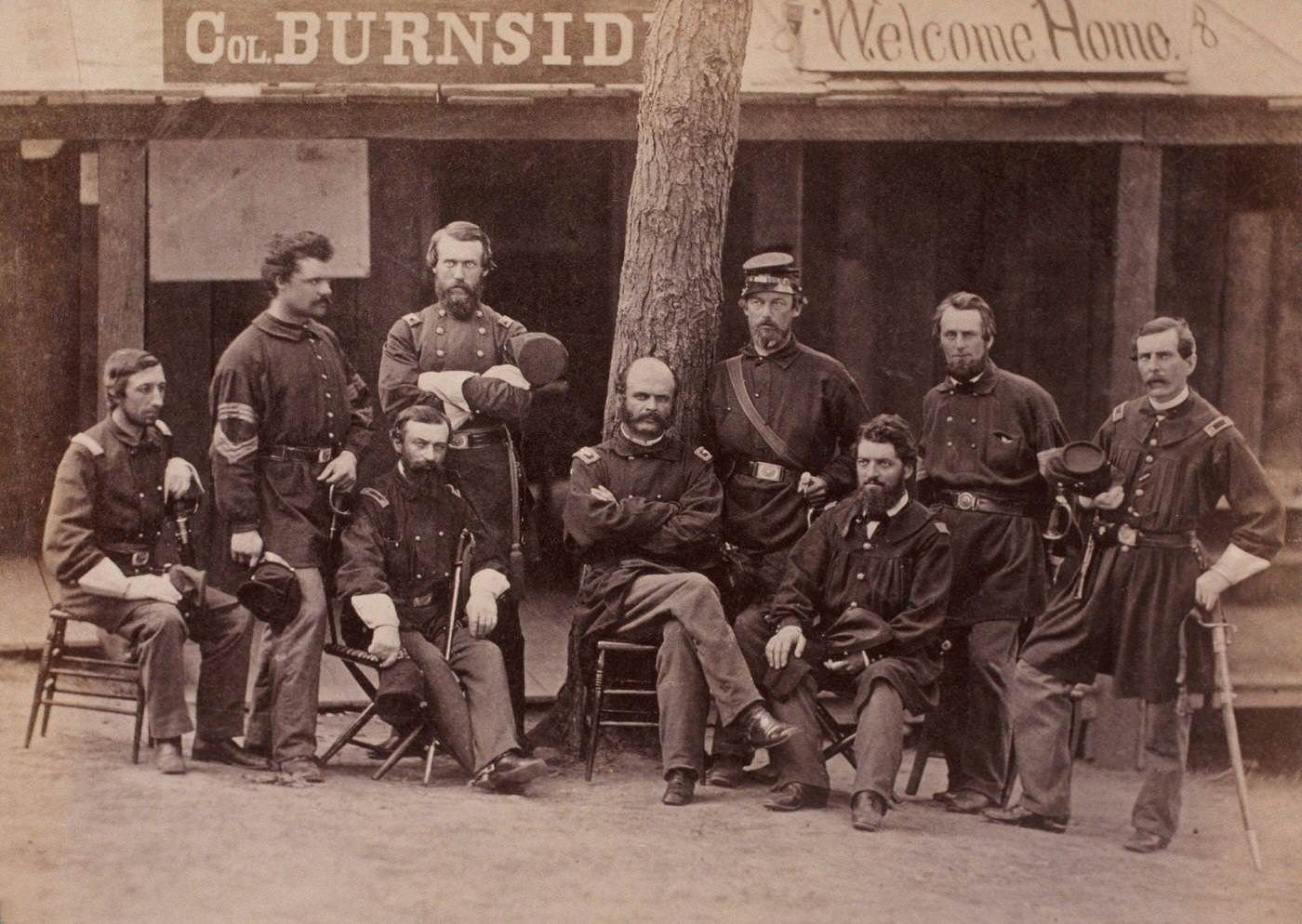
From left to right are paymaster Lieutenant Henry T. Sisson, Sergeant Major John S. Engs, Major Joseph P. Balch, Colonel John A. Gardner, Burnside, Captain Isaac P. Rodman, chaplain Captain Augustus Woodbury, quartermaster Sergeant Elias M. Jencks, and commissary Captain William Lloyd Owers.
#80 A military band leads the assembled companies of the 2nd Rhode Island Infantry, Washington, D.C., 1865
#81 Union engineers are timed as they build a pontoon bridge near Washington, D.C., during the American Civil War.
#82 Union soldiers pose outside the Old Capitol Prison in Washington, D.C. During the American Civil War the prison was used to incarcerate political prisoners and prisoners of war.
#83 Federal soldiers pose on and around a display of cannons at the Washington Arsenal, Washington, D.C., 1861
#84 Union gunners pose around a 32-pounder seacoast gun mounted at one of the many forts that protected Washington, D.C., 1860s
#85 Large Crowd at Abraham Lincoln Inaugural Speech, 1860s
#86 The 17th New York Battery Artillery Depot, Camp Barry, near Washington, DC, 1861.
#87 Tent life of the 31st Penn. Inf. (later, 82d Penn. Inf.) at Queen’s farm, vicinity of Fort Slocum 1861, War of Secession
#88 Union Army sentries standing guard at the ferry which connects Georgetown in the District of Columbia with Virginia across the Potomac River, 1861
#89 U.S. Conservatory – Botanical Garden., Bell & Bro, Washington, D.C., 1860s
#90 Grounds from the Agriculture Department, Washington, D.C., 1865
#91 View in Washington, D.C., 1862
#92 Post Office Department, Washington, D.C., 1860s
#93 Smithsonian Institute, Washington, D.C., 1860
#94 Over the Potomac River at Long Bridge, Washington, D.C., 1860s
#95 Statue of Columbus, Washington, D.C., 1862
#96 Post Office Dept, Washington, D.C., 1860s
#97 Statue of Washington, 1860s
#98 Japanese Embassy, Navy Yard, Washington, D.C., 1860
#99 The U.S. Tresury, State Department and the unfinished Washington Monument, 1860.
#100 Hospital During the Civil war, 1860s
#101 Building of the United States Capitol Dome, 1860s
#102 Cattle grazing on monument grounds during the American Civil War, Washington DC, 1860
#103 The United States Capitol Building under construction, viewed from Pennsylvania Avenue, Washington DC, 1860.
#104 Washington Monument, 1865
#105 The Smithsonian Institution., Bell & Bro. (Washington, D.C.), Smithsonian Institution, 1869
#106 The four condemned conspirators (Mrs. Surratt, Payne, Herold, Atzerodt), with officers and others on the scaffold; guards on the wall, Washington, D.C., 1865
#107 Washington, D.C. The Long Bridge over the Potomac seen from the city, 1865
#108 Band of 10th Veteran Reserve Corps, Washington, D.C., April, 1865
#109 Drum corps of 10th Veteran Reserve Corps, Washington, D.C., 1865
#110 The grand review of the Army. Presidential reviewing stand, Washington, D.C., 1865
#111 The Grand Review of the Army passing on Pennsylvania Avenue, Washington, D.C., 1865
#112 Washington, D.C. Chain Bridge over the Potomac; Chesapeake and Ohio Canal in foreground, 1865
#113 Washington, D.C. Central Signal Station, Winder Building, 17th and E Streets NW, and Signal Corps men, 1865
#114 Government blacksmith shop, Washington, D.C., 1865
#115 Washington, D.C. Soldier springing the trap; men in trees and Capitol dome beyond, 1865
#116 Ford’s Theater with guards posted at entrance and crepe draped from windows, Washington, D.C., 1865
#117 John C. Howard’s stable on G Street between 6th and 7th, 1865
#118 Lewis Payne in sweater, seated and manacled, Washington, D.C., 1865
#119 Government repair shops. Wheelwright shop, Washington, D.C., 1865
#120 Government repair shops; Wheelwright shop, 1860s
#121 Maimed soldiers and others before office of U.S. Christian Commission Protestant Organization founded by the YMCA to provide religious and social services to Union Troops; Founded in 1861 in New York after the First Battle of Bull Run
#122 Office of U.S. Christian Commission Protestant Organization founded by the YMCA to provide religious and social services to Union Troops; Founded in 1861 in New York after the First Battle of Bull Run.
#123 Campbell Hospital near Washington, D.C., 1861
#124 Battery Rodgers, Potomac River near Washington, 1861
#125 Hospital tents at Camp Carver, with Columbian College building in the background, Washington, D.C., May 1864.
#126 New Bridge over Potomac River. On the Washington, Alexandria and Georgetown Railroad, 1864
#127 Gardner’s Gallery, 7th and D Streets, Washington, D.C., 1864
#128 The U. S. Capitol, with its dome still uncompleted. Washington D. C., 1864.
#129 10Th Veteran Reserve Drum Corps, 1864
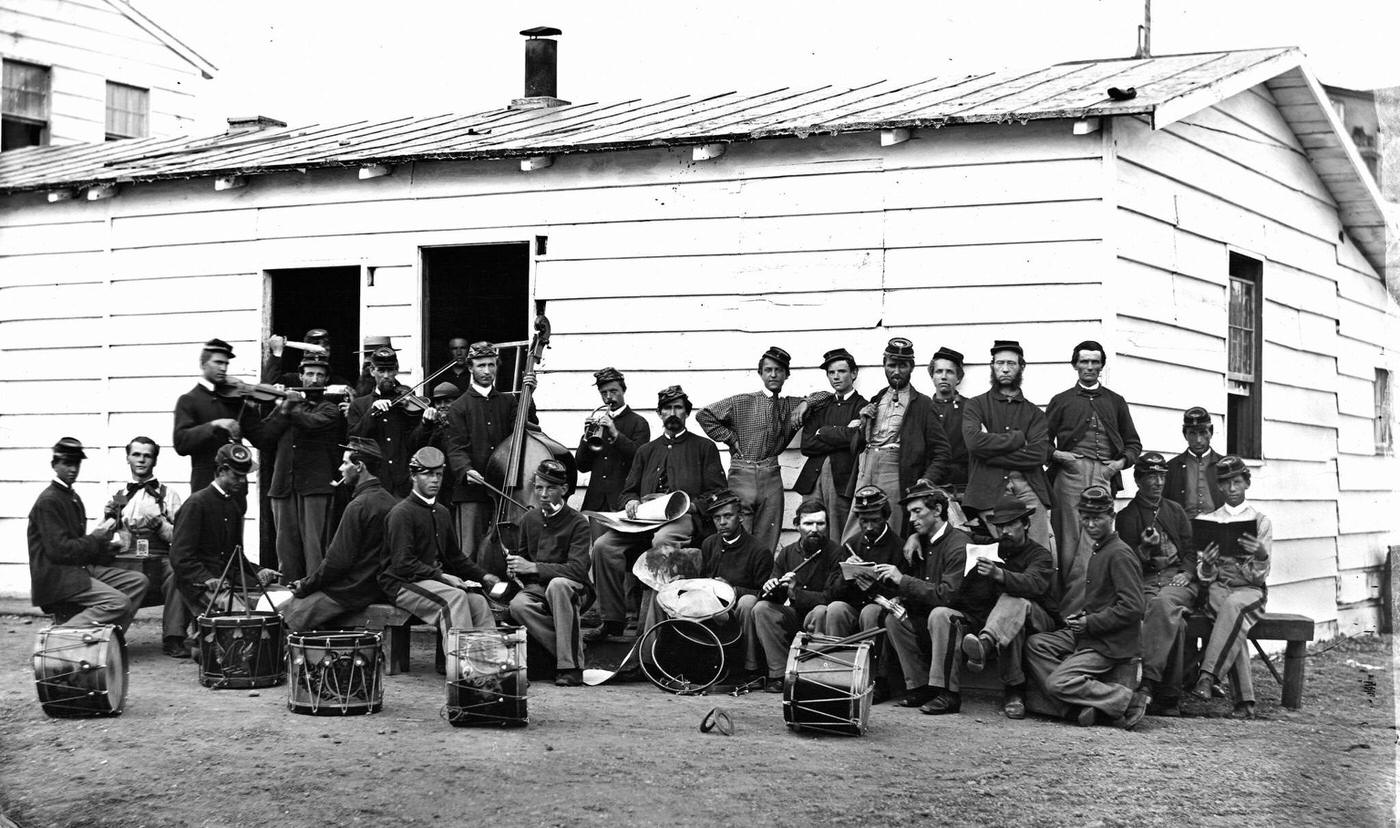
The Veteran Reserve Corps (originally the Invalid Corps) was a military reserve organization created within the Union Army during the American Civil War to allow partially disabled or otherwise infirmed soldiers (or former soldiers) to perform light duty, freeing able-bodied soldiers to serve on the front lines. The corps was organized under authority of General Order No. 105, U.S. War Department, dated April 28, 1863. A similar corps had existed in Revolutionary times. The Invalid Corps of the Civil War period was created to make suitable use in a military or semi-military capacity of soldiers who had been rendered unfit for active field service on account of wounds or disease contracted in line of duty, but who were still fit for garrison or other light duty, and were, in the opinion of their commanding officers, meritorious and deserving.


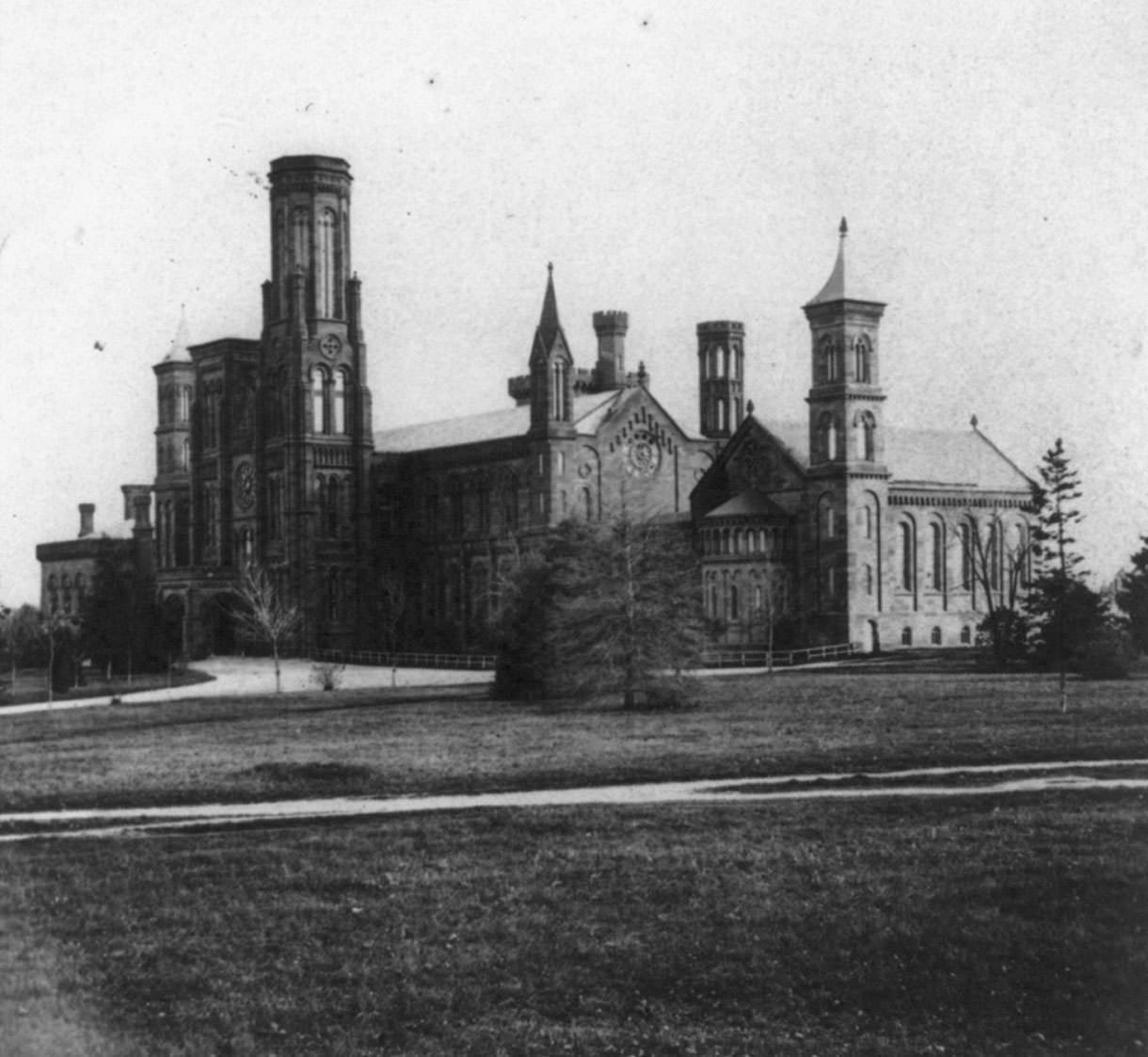
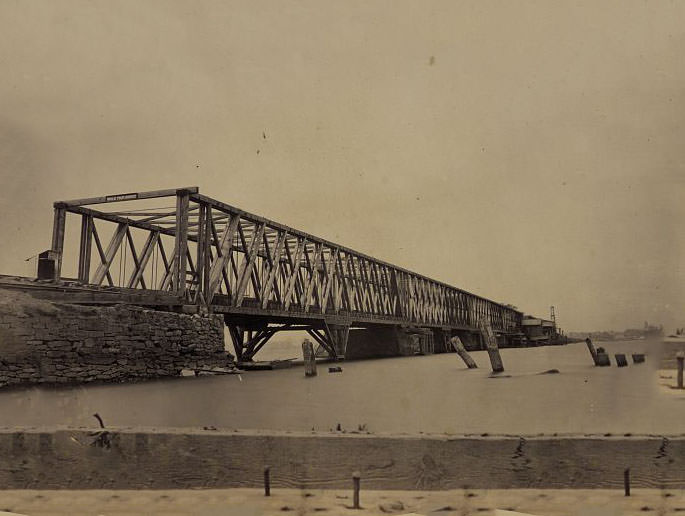
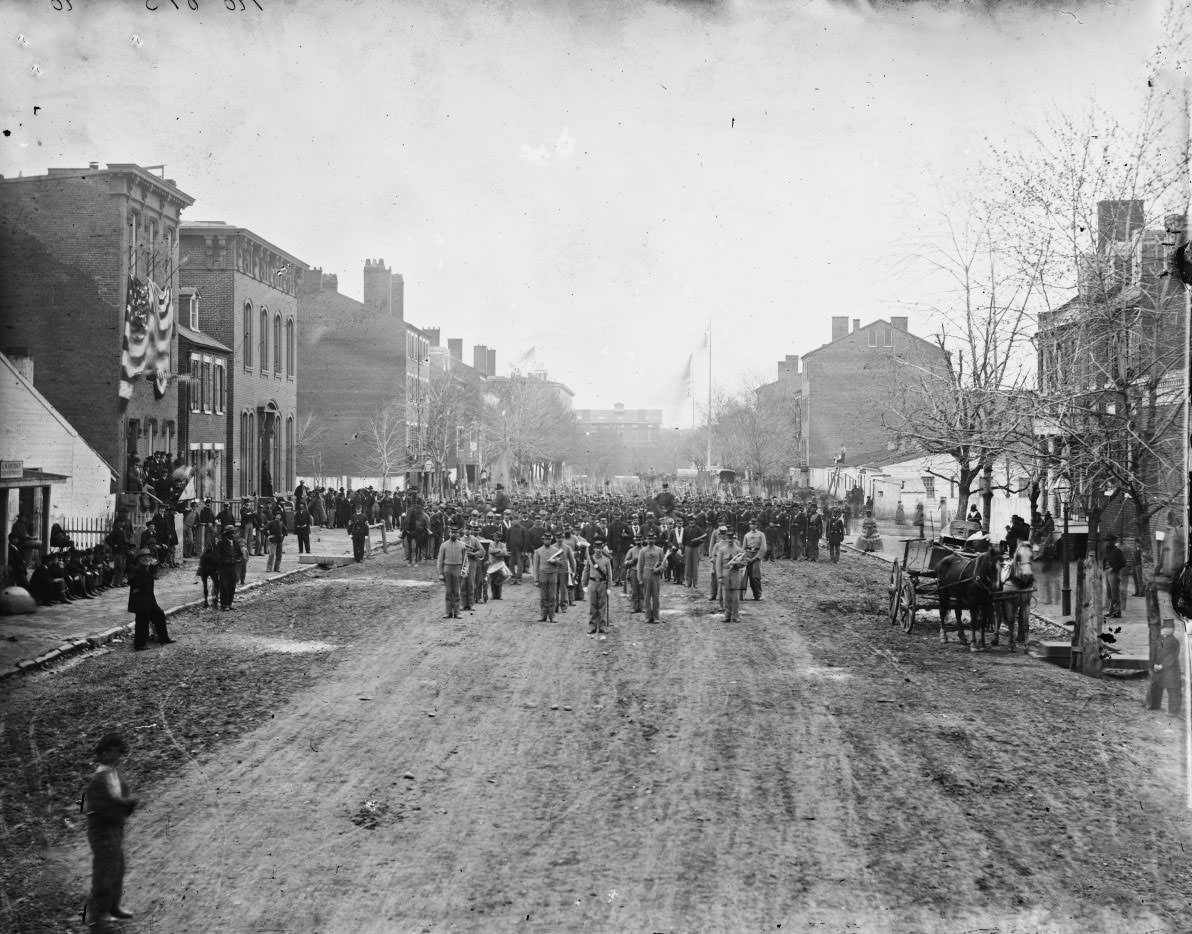
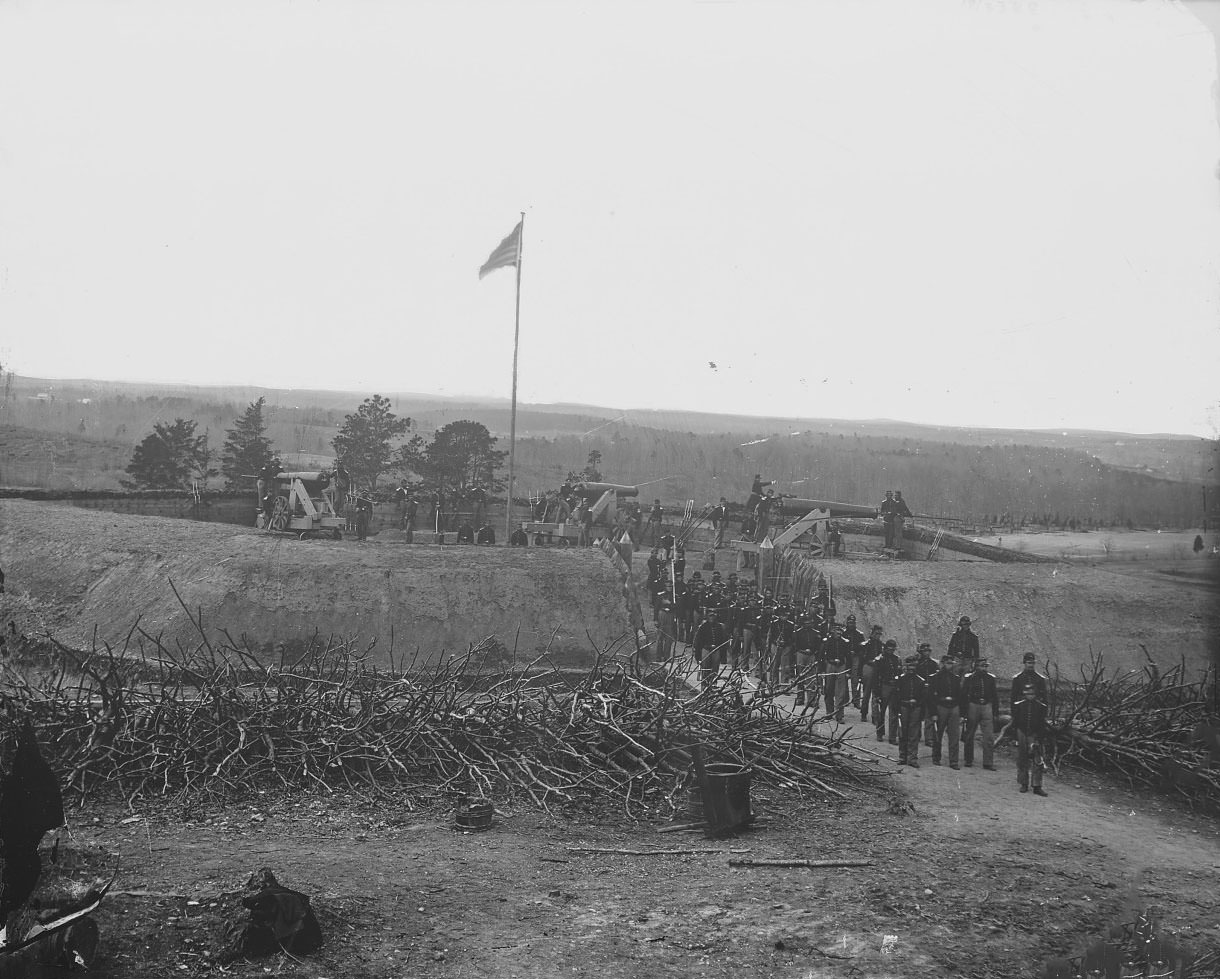
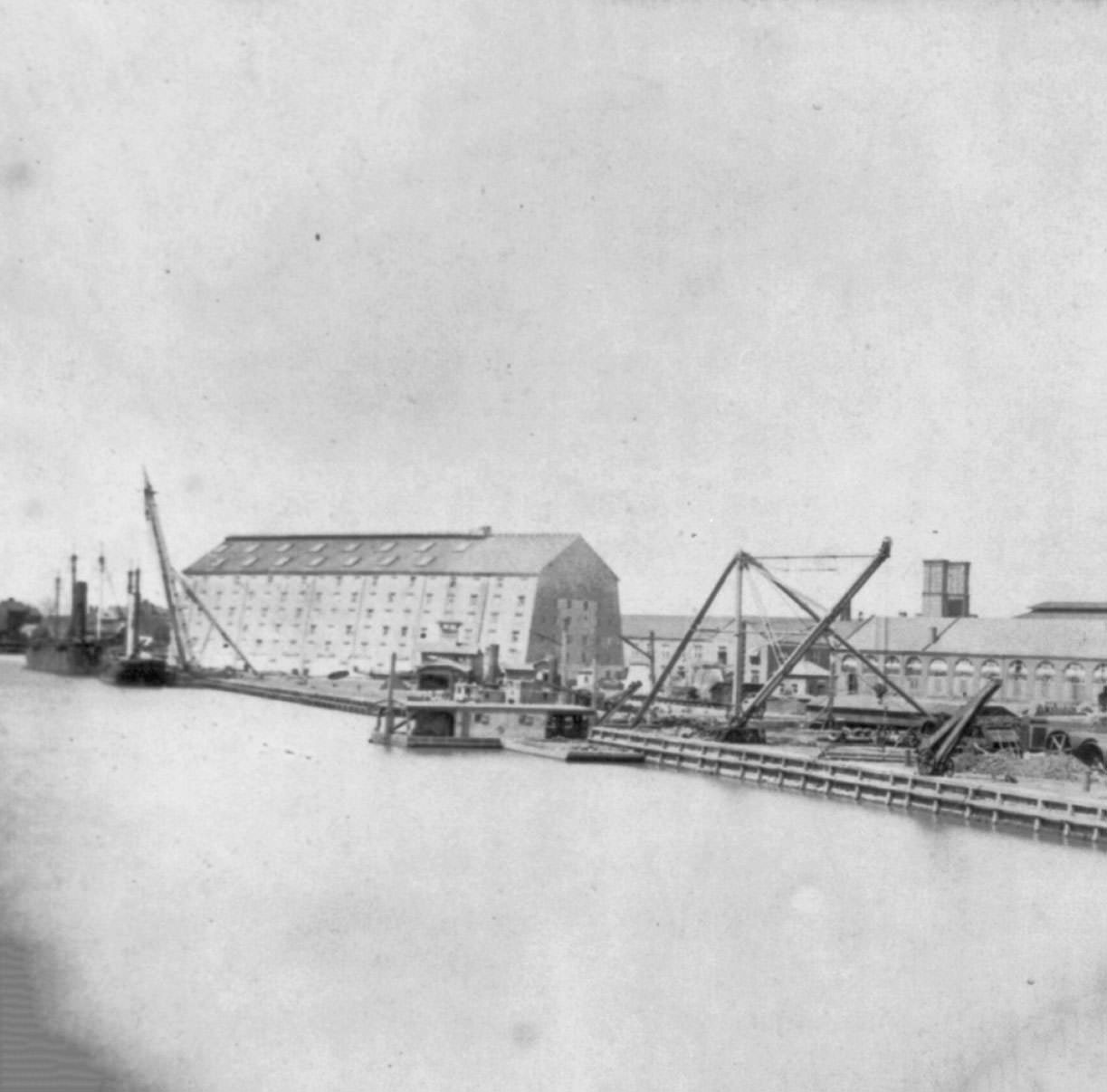
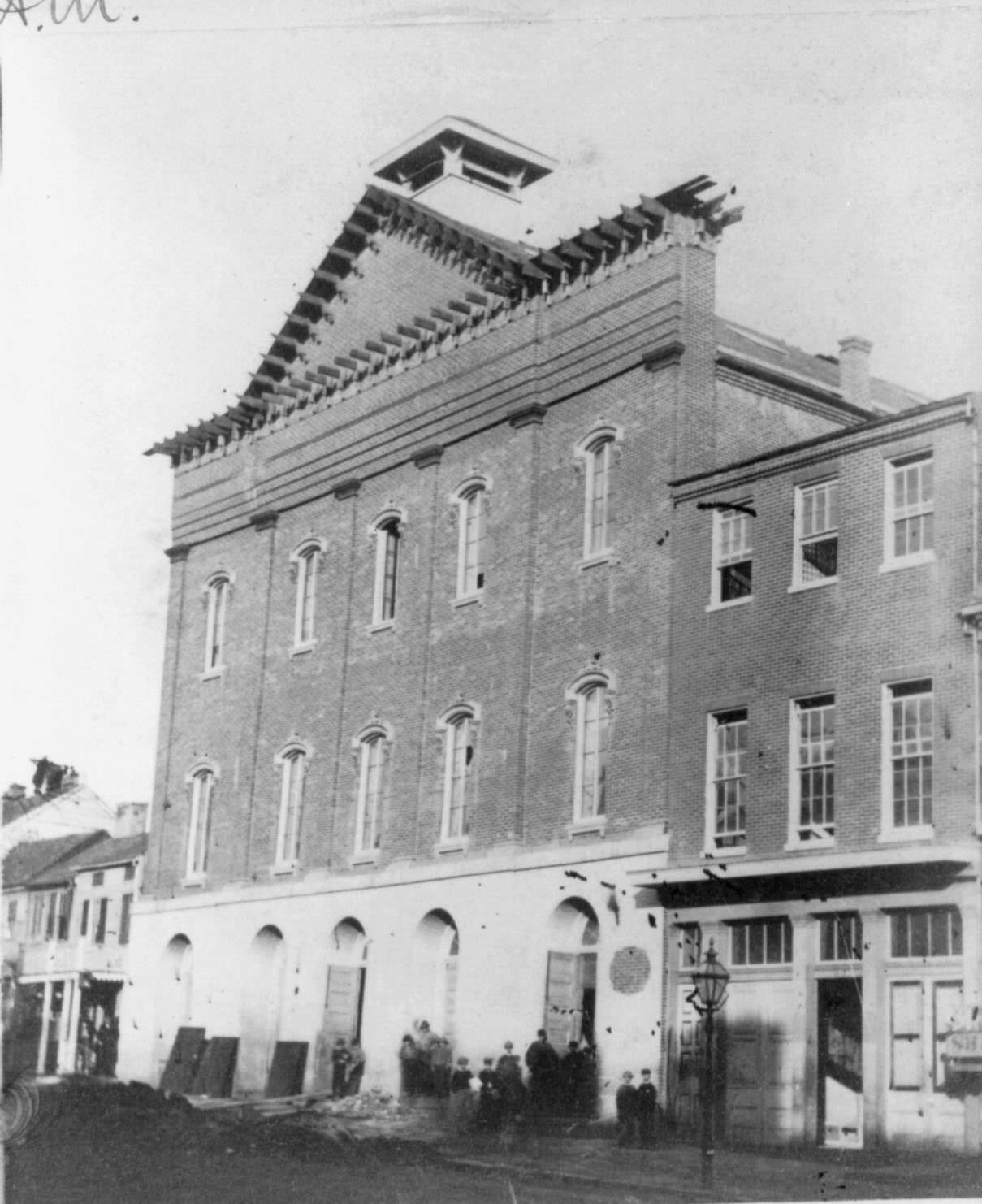
![Pennsylvania Avenue from the [Dept. of the] Treasury, Washington, D.C.](https://www.bygonely.com/wp-content/uploads/2022/11/Washington-D.C-1860s-42.jpg)
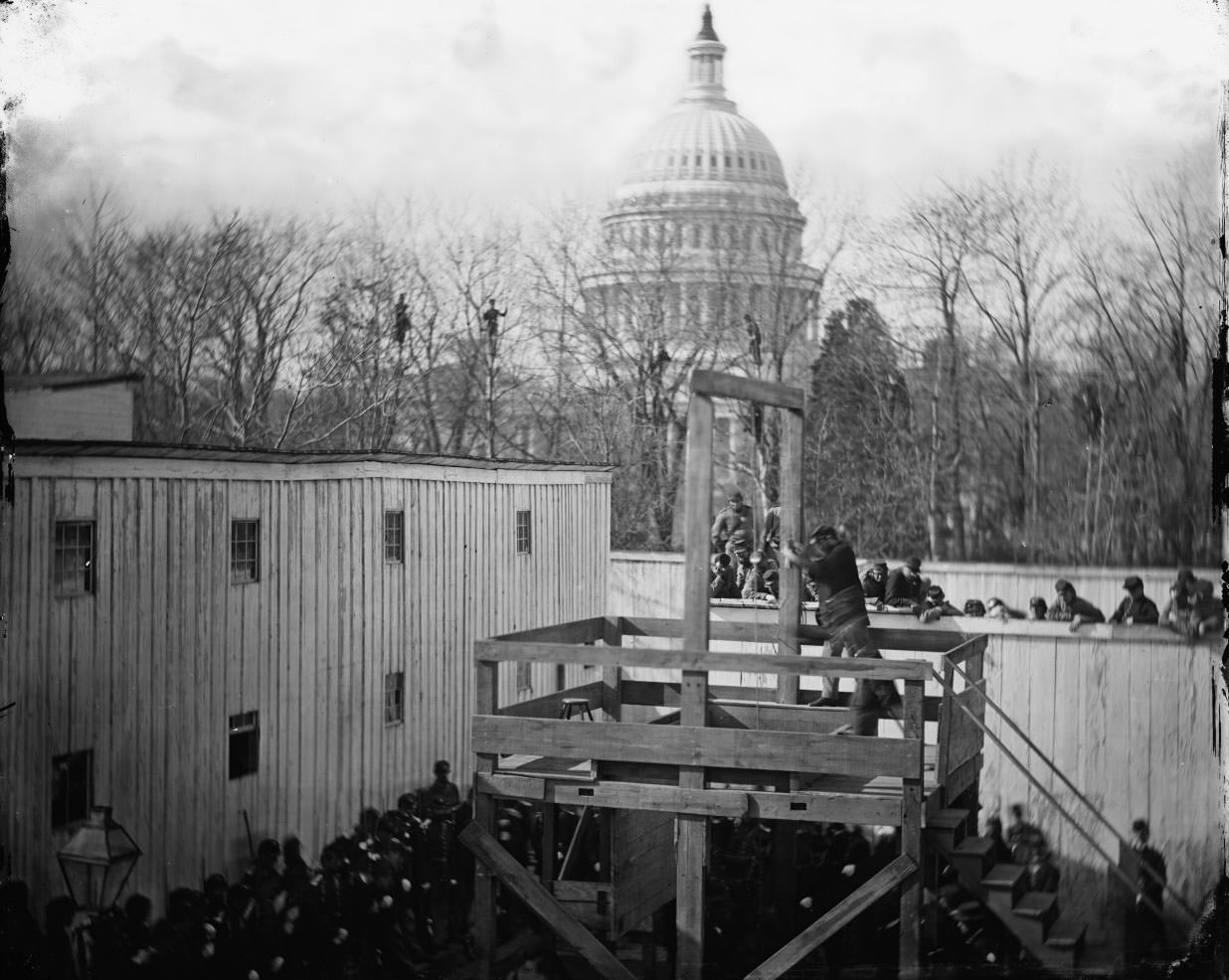
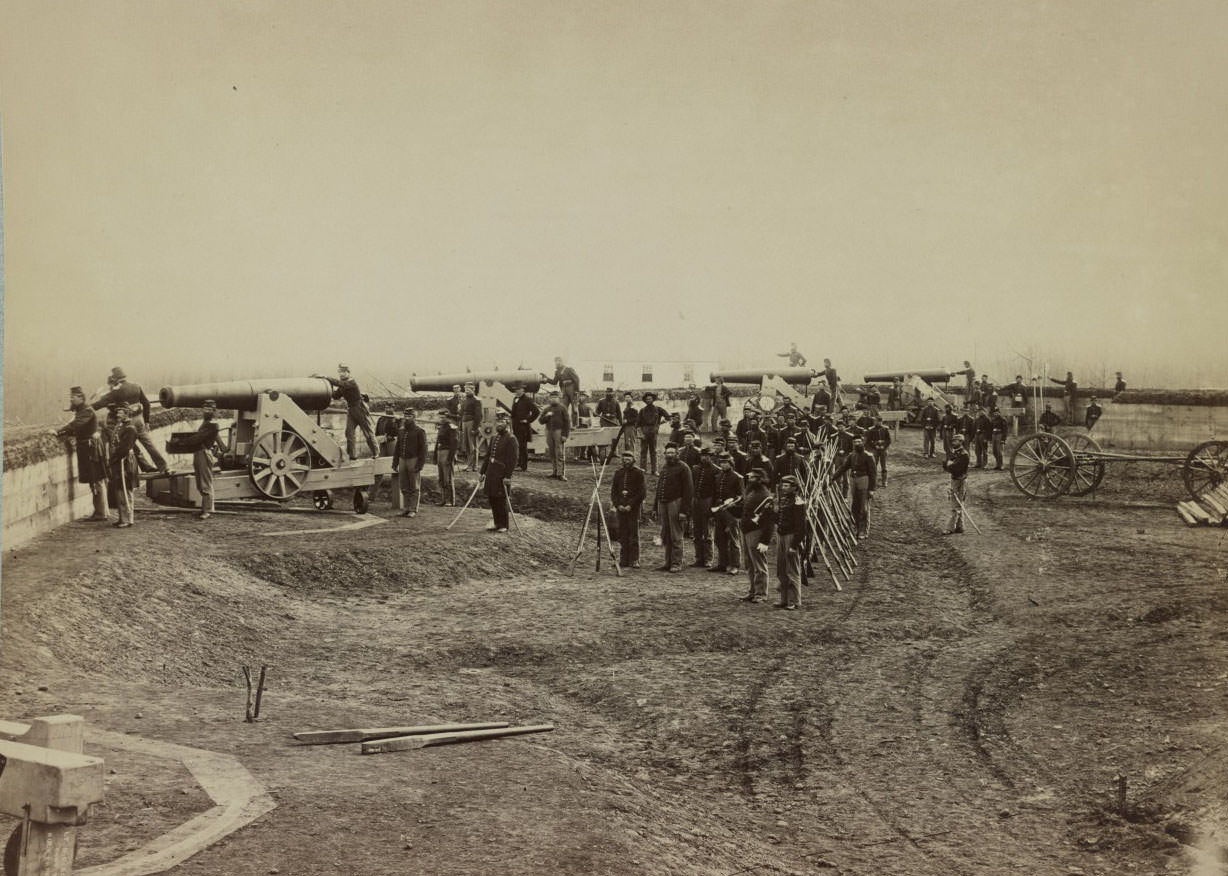
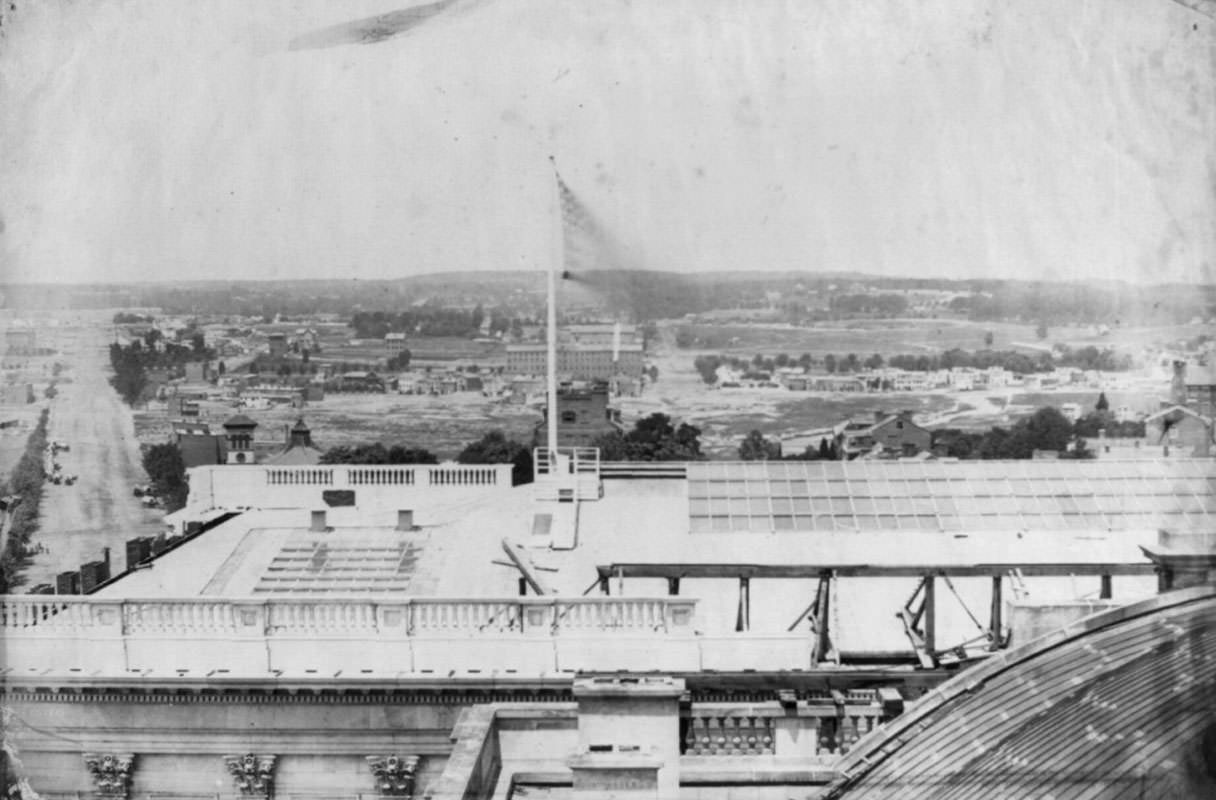
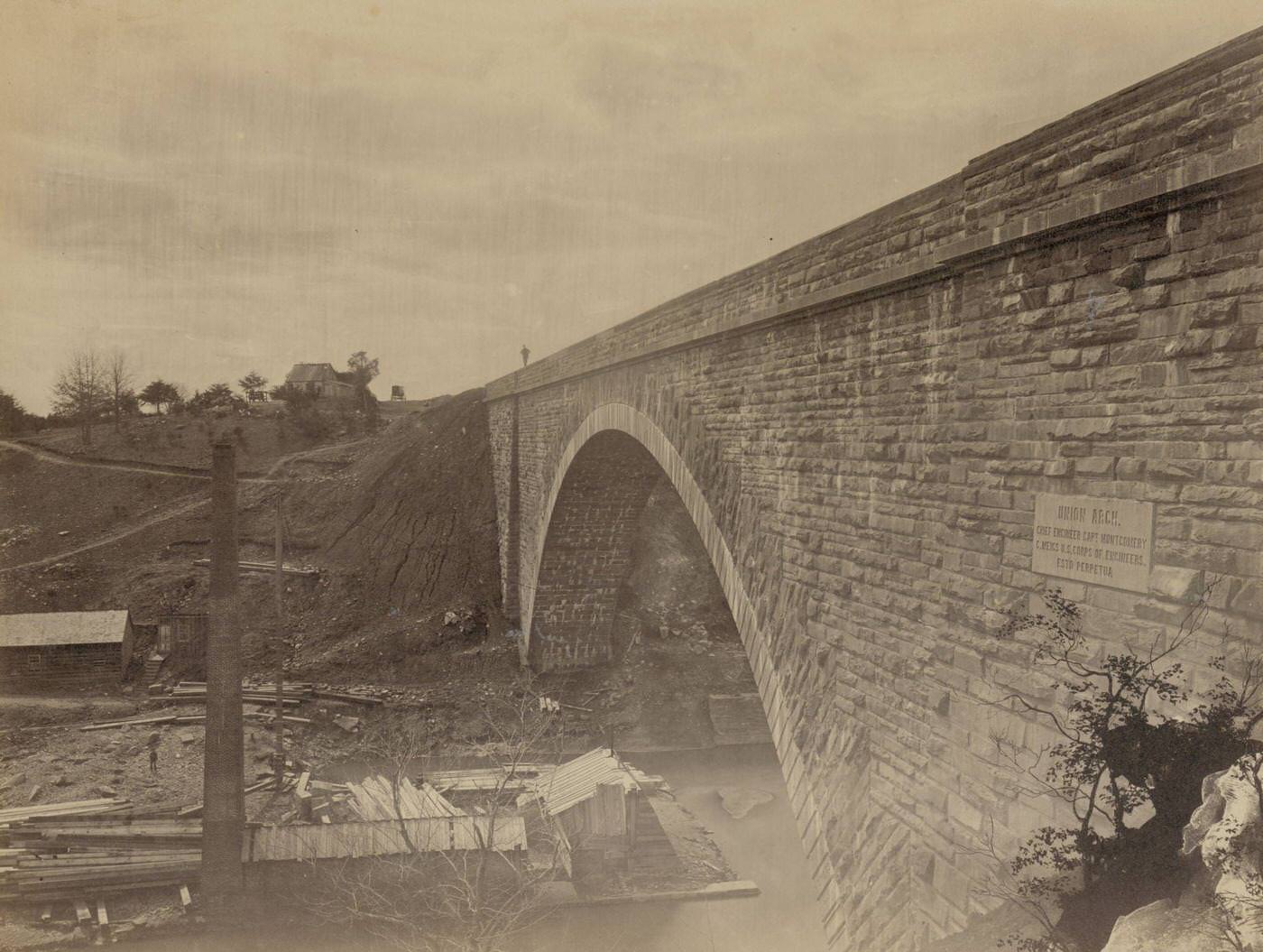
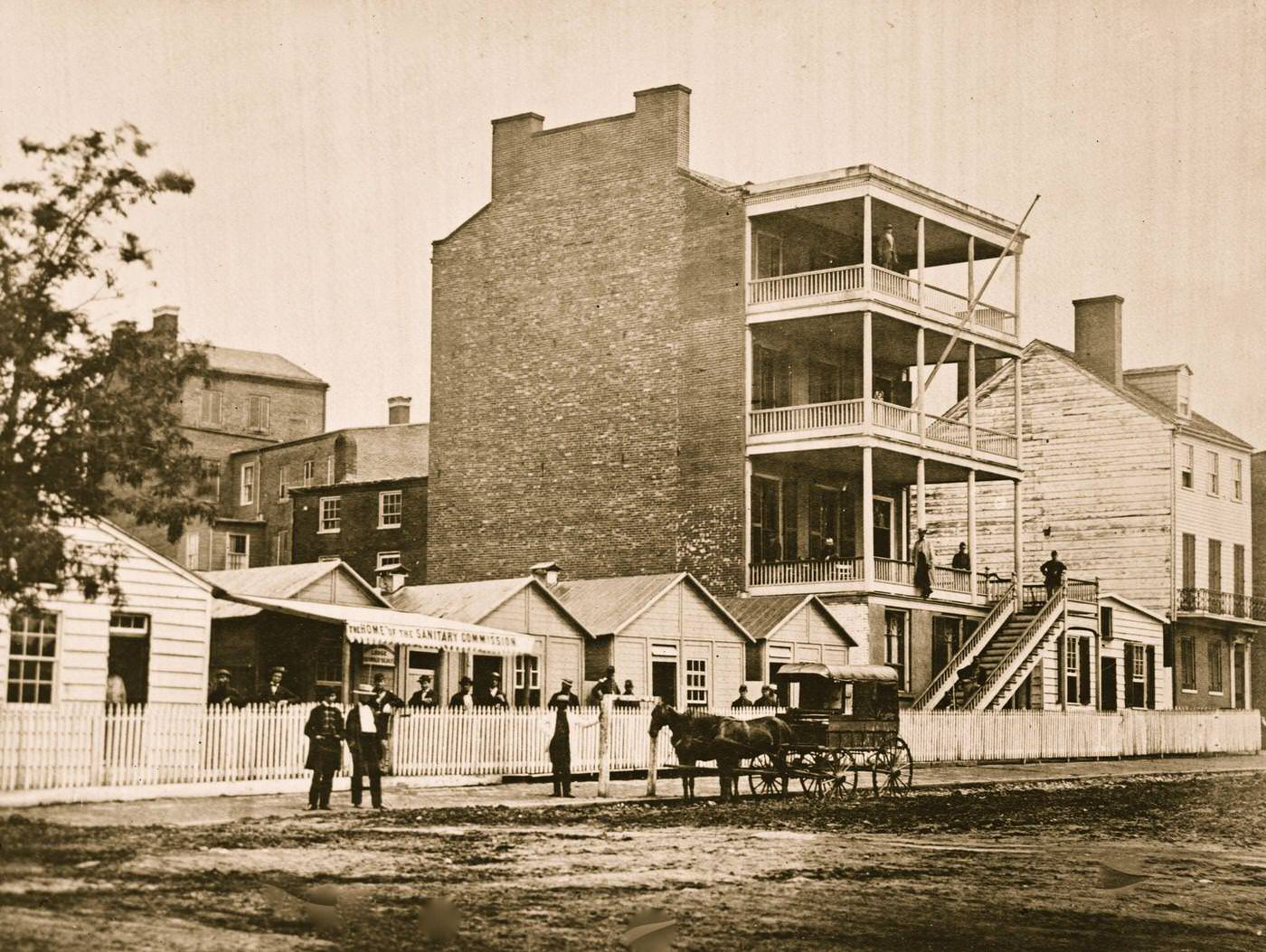
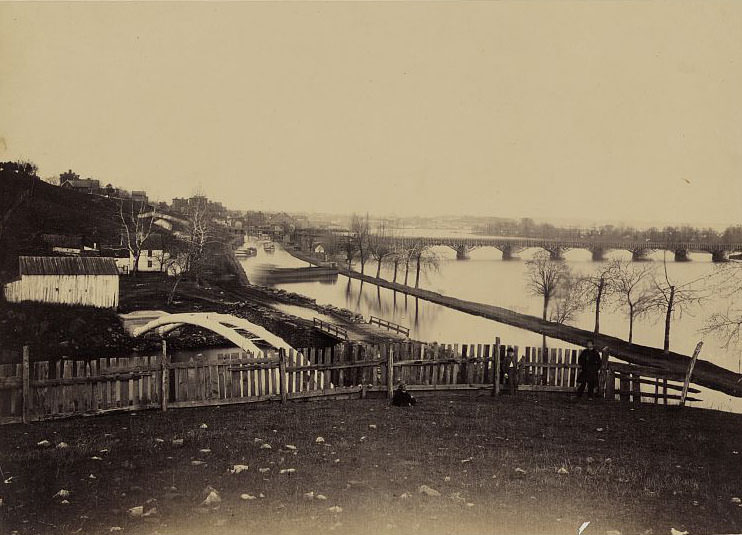
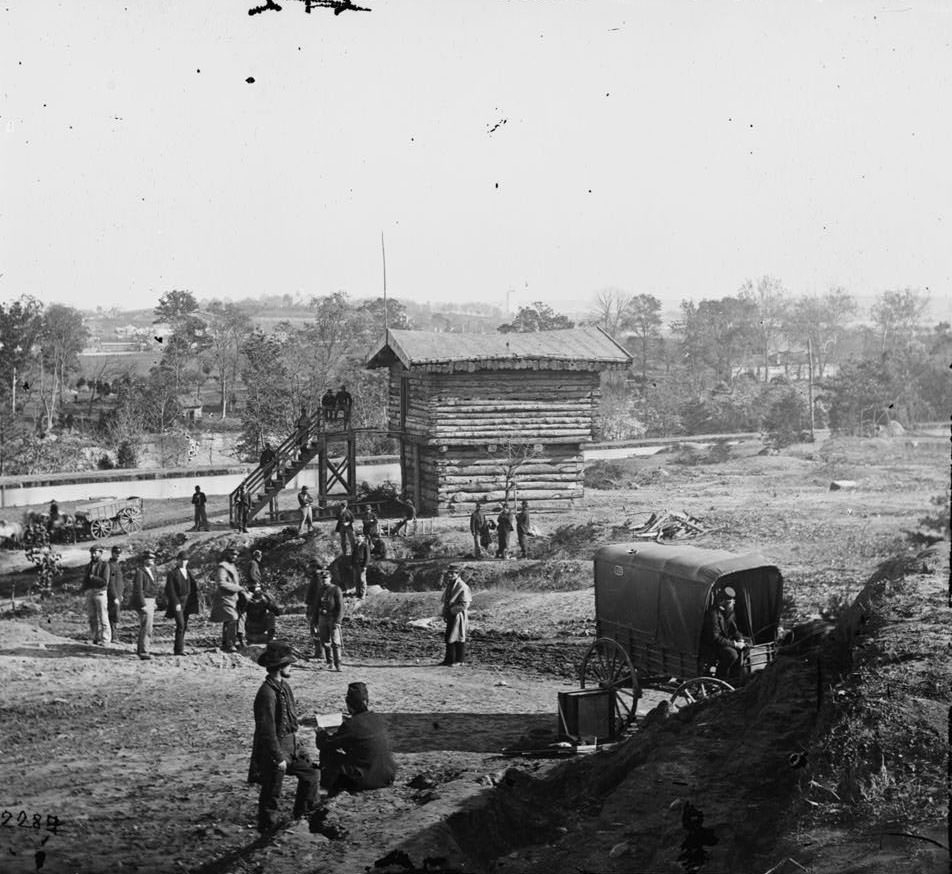
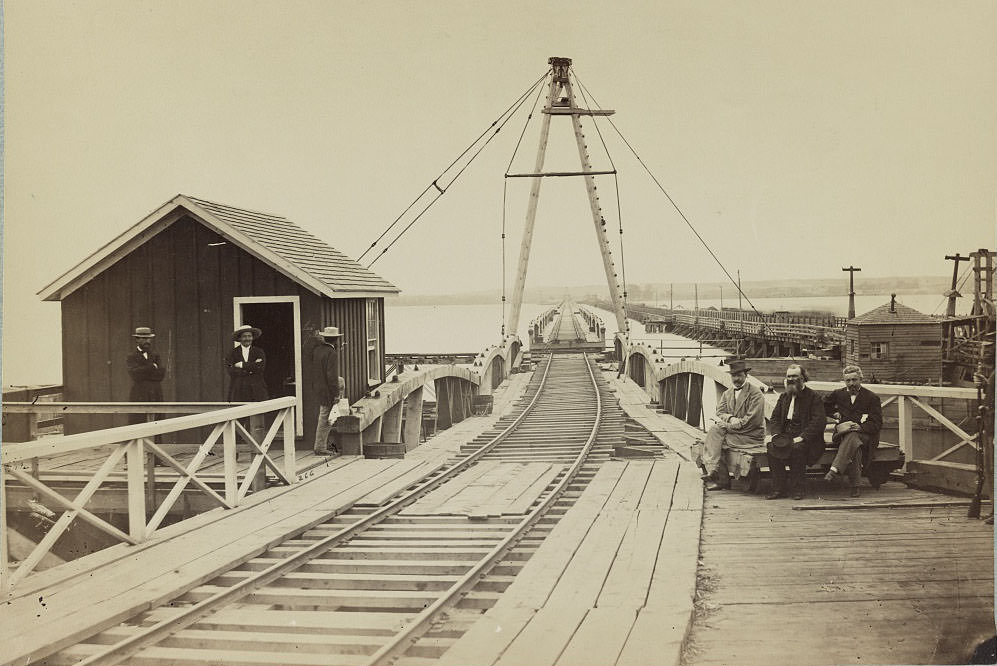
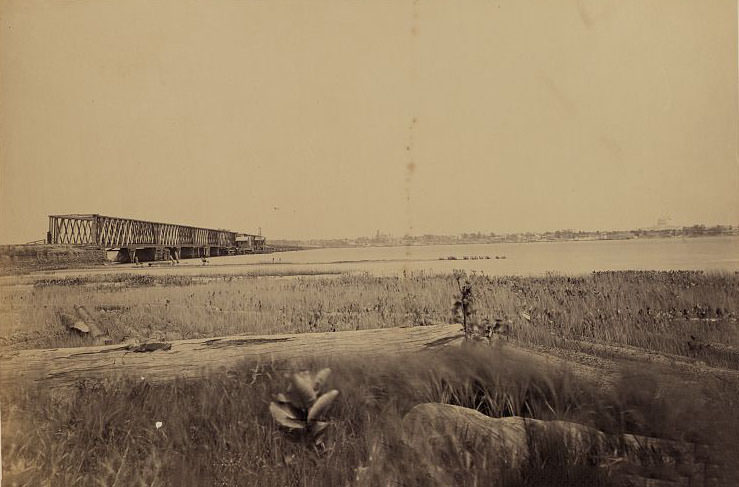
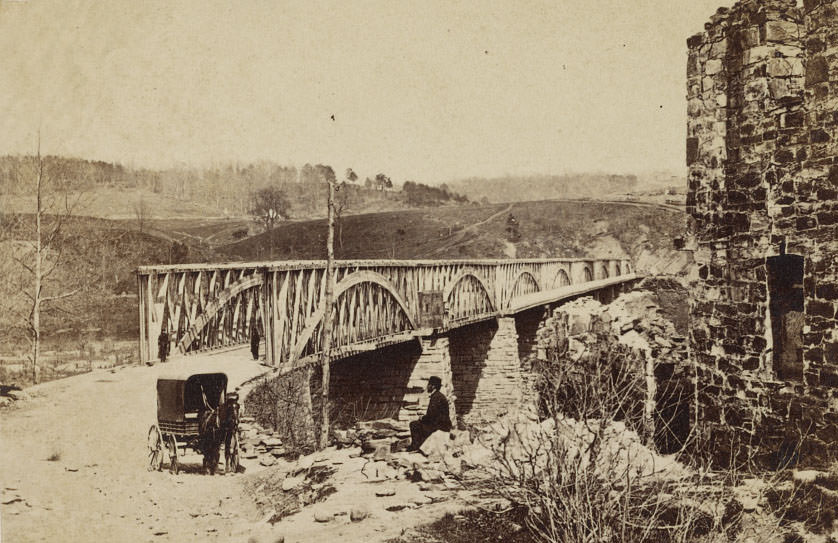
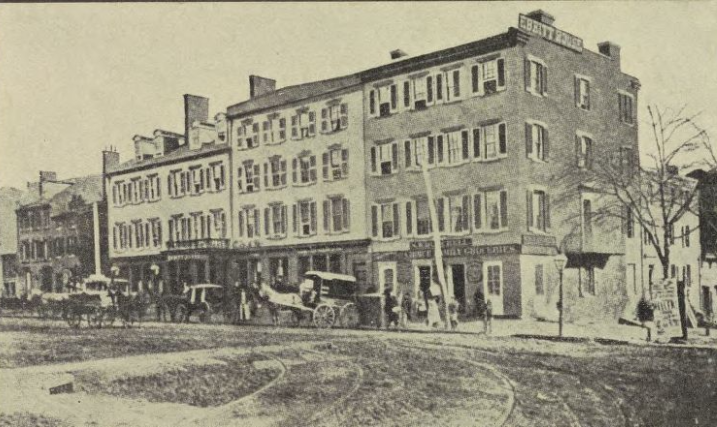
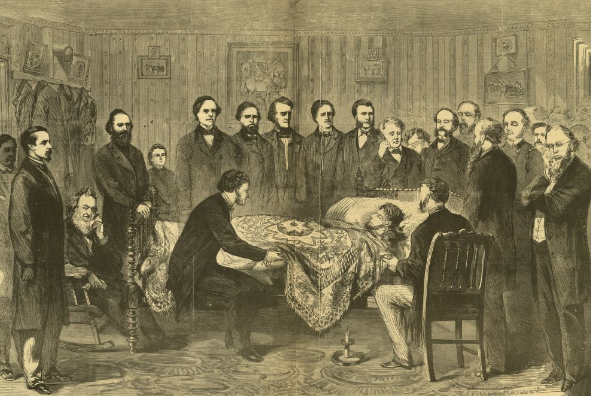
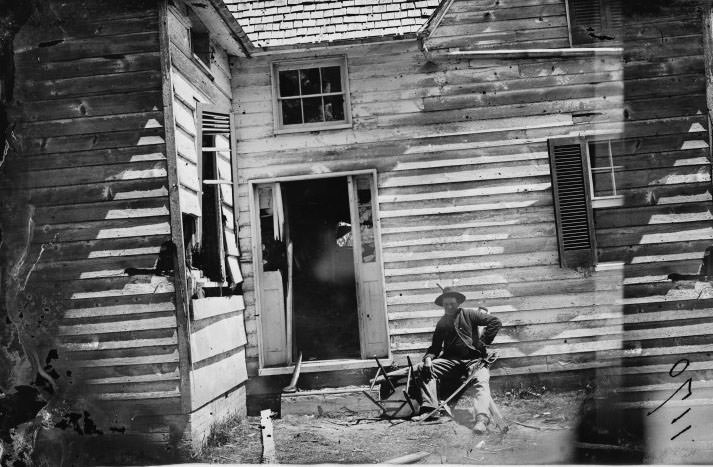
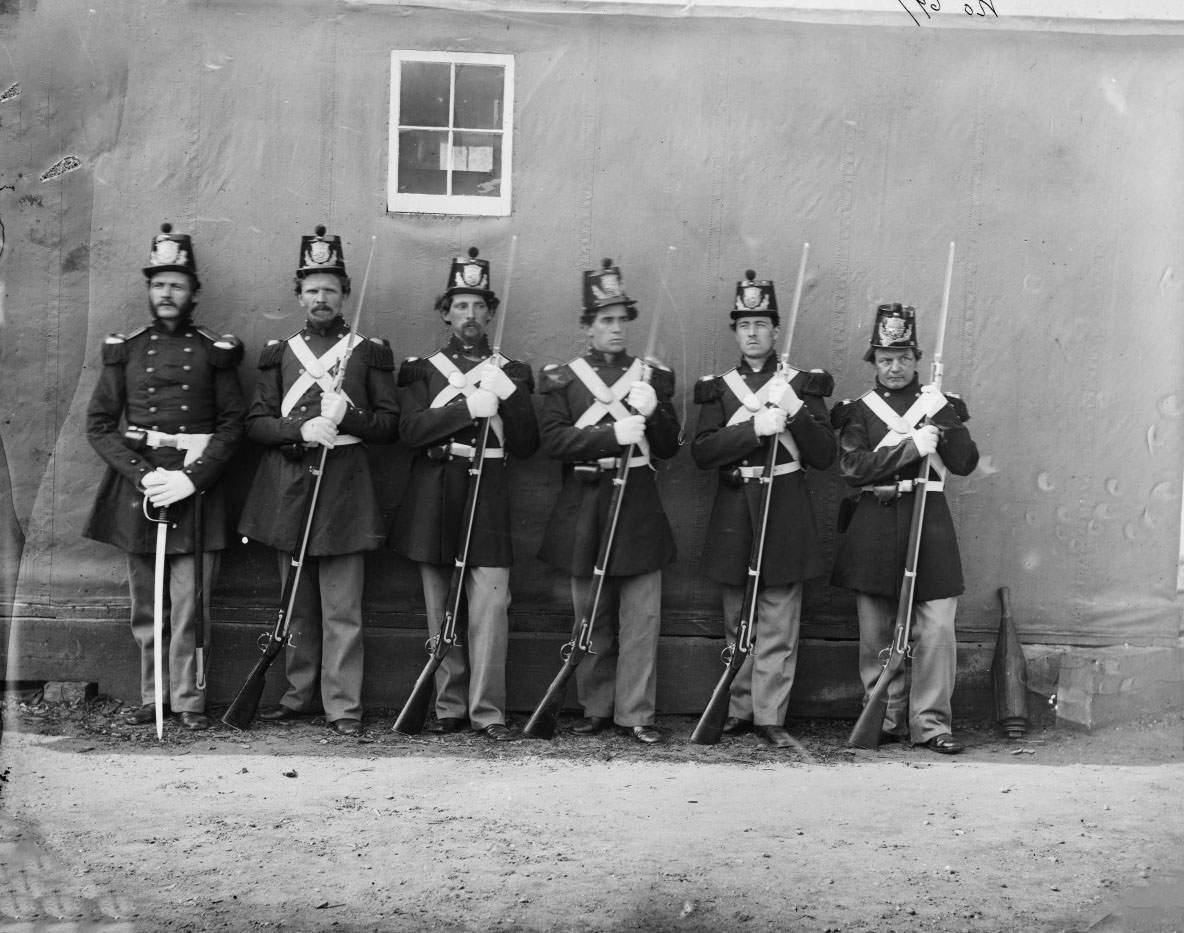
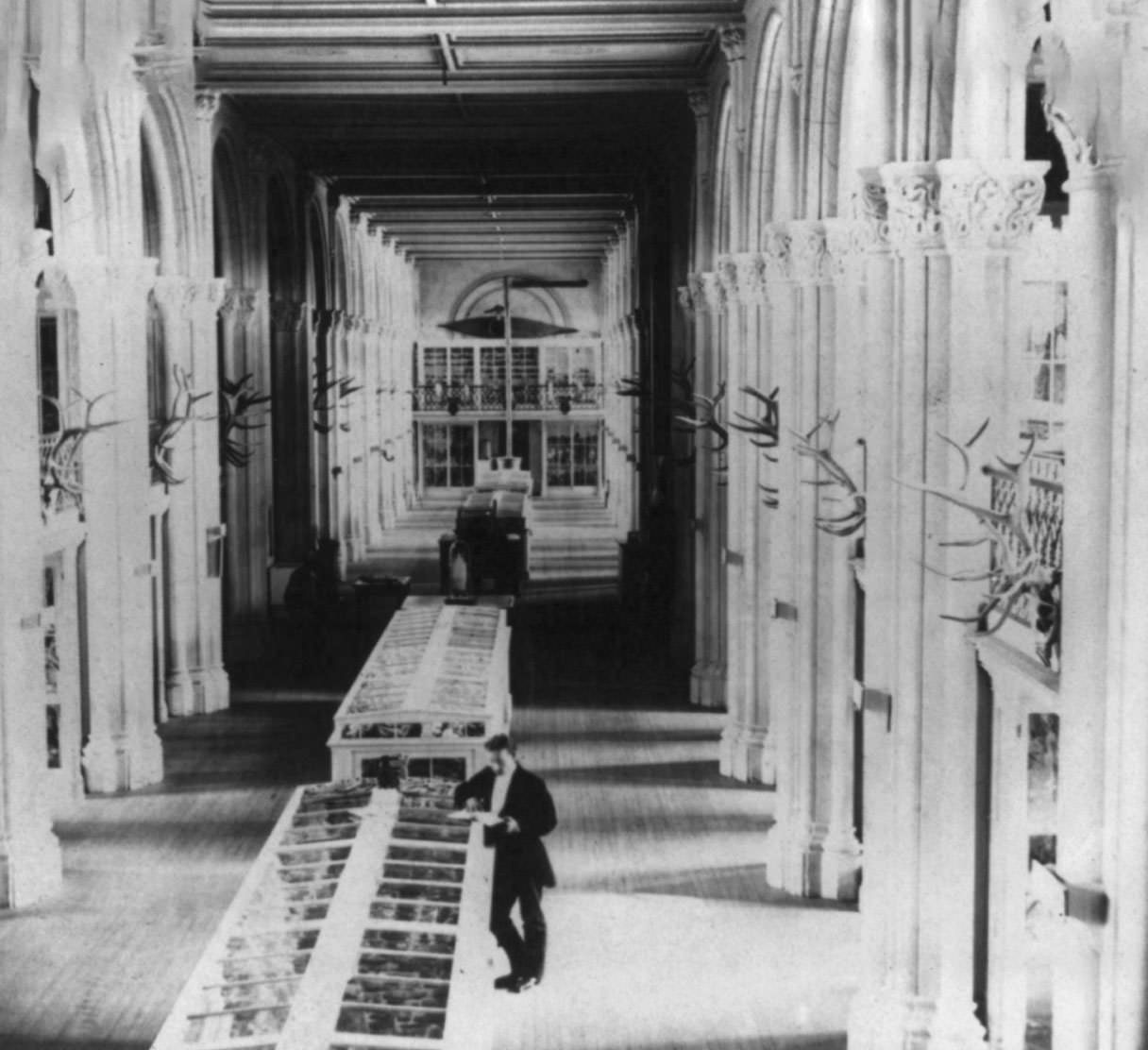
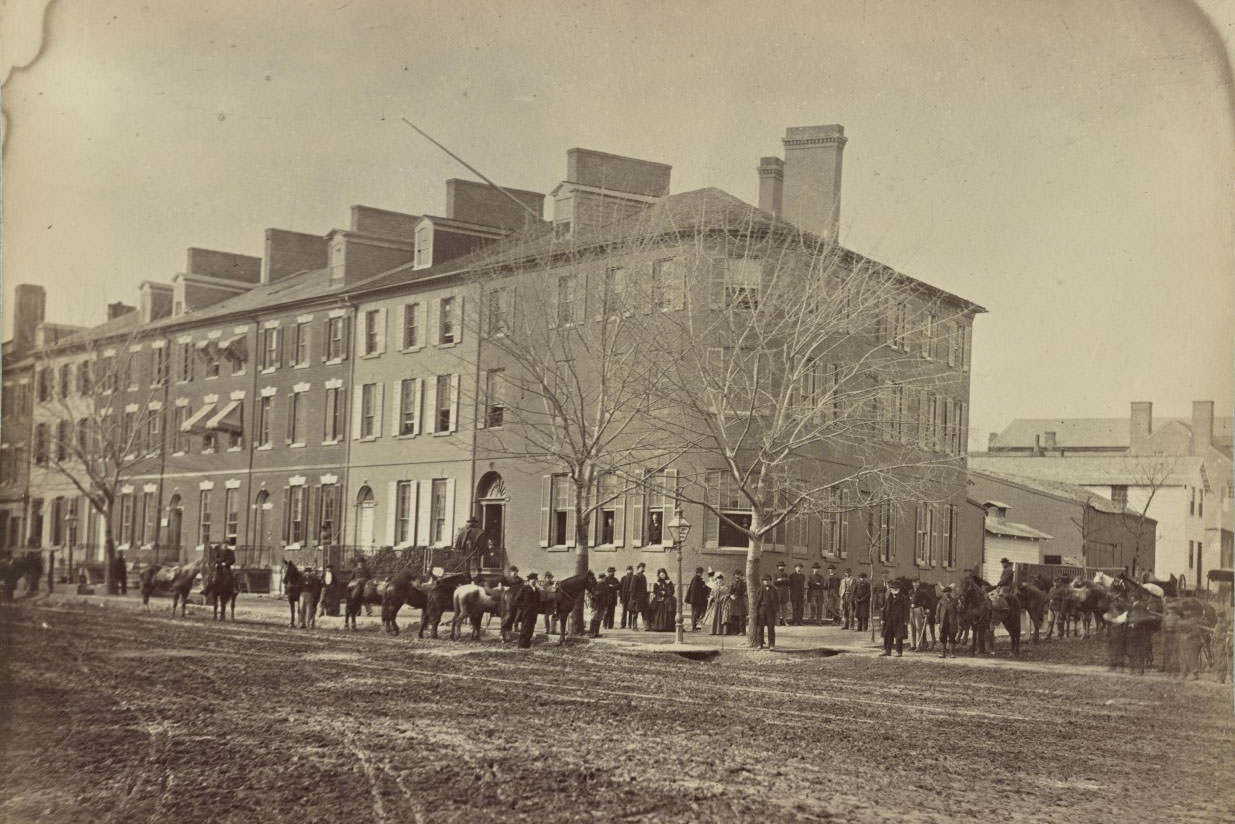
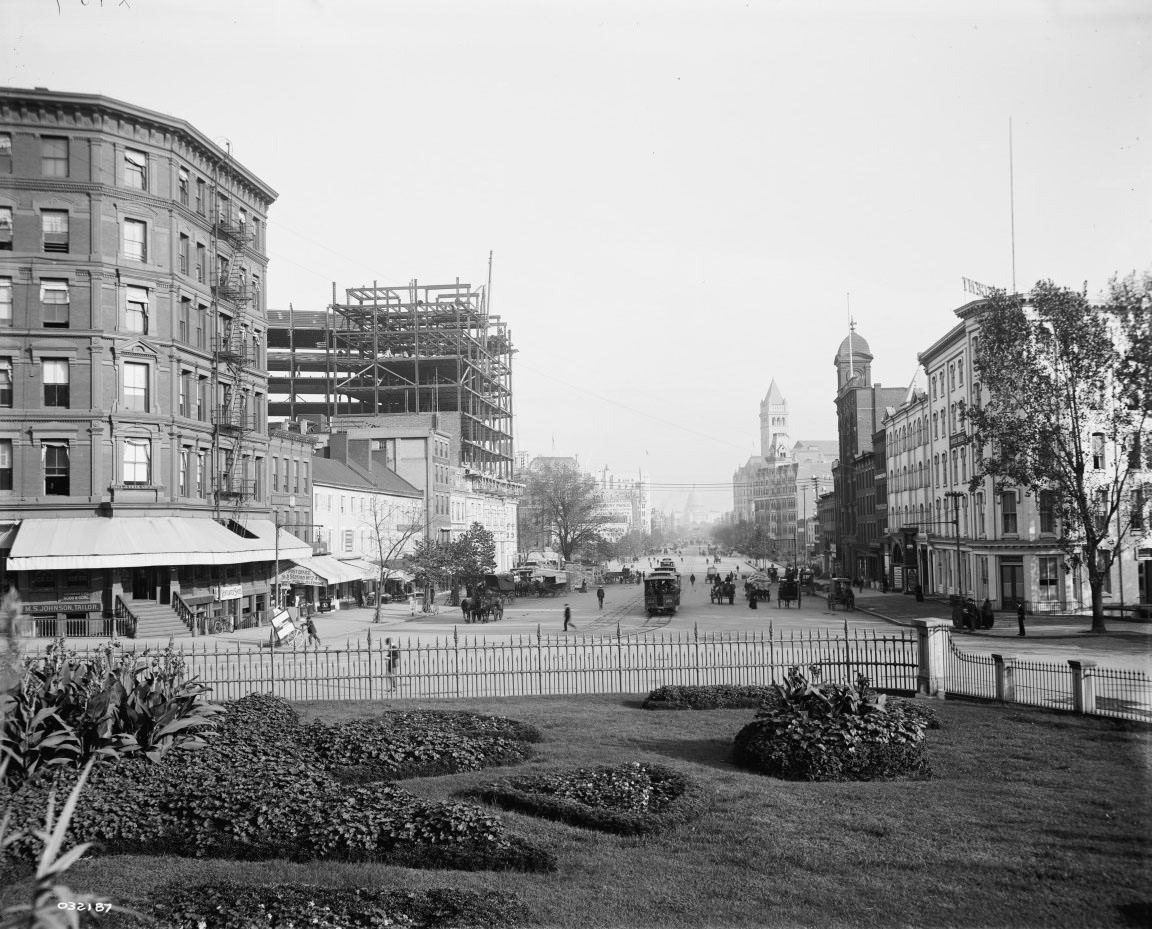

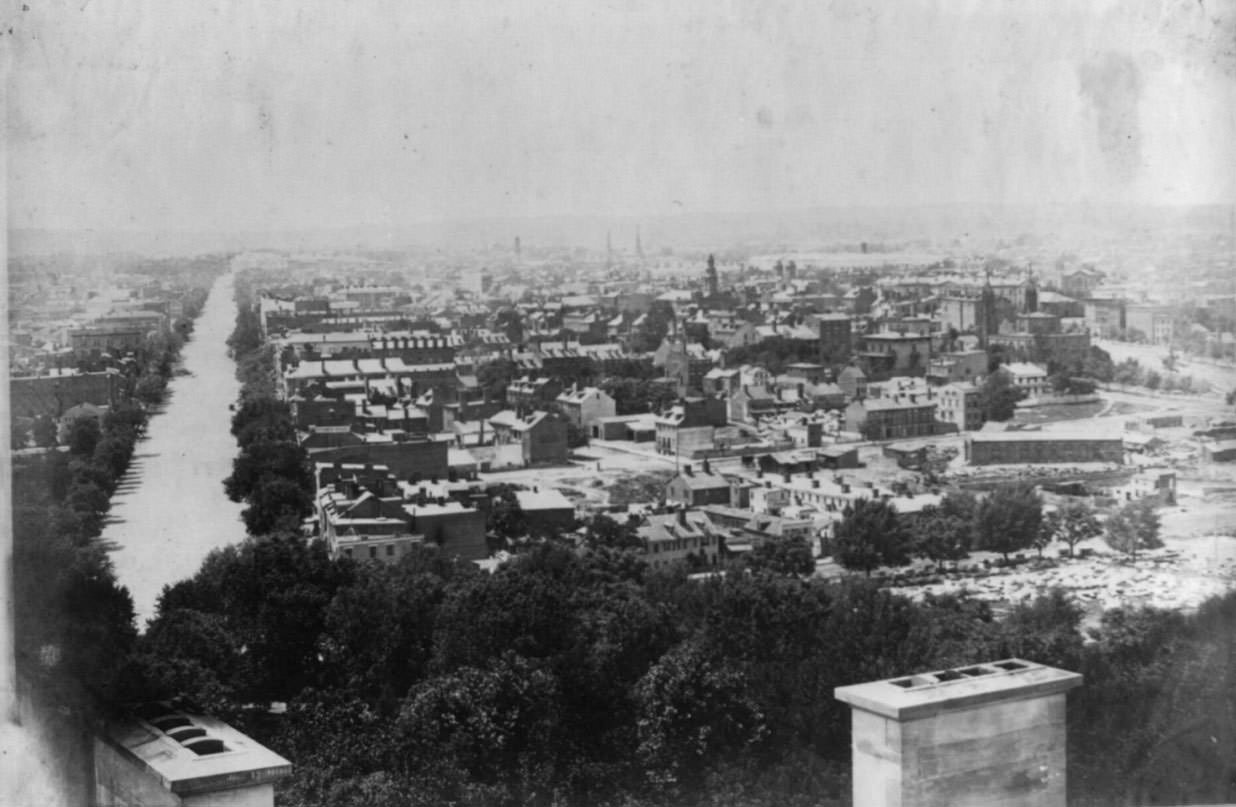
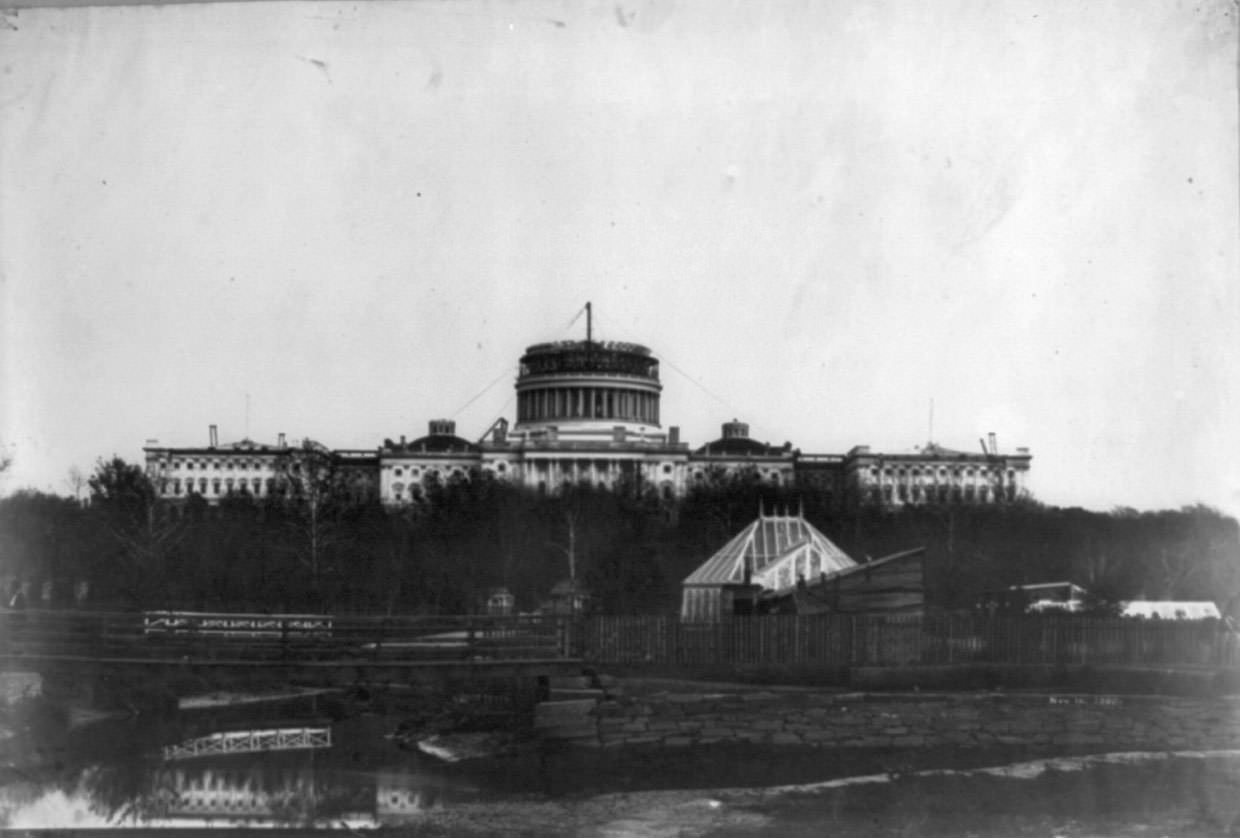
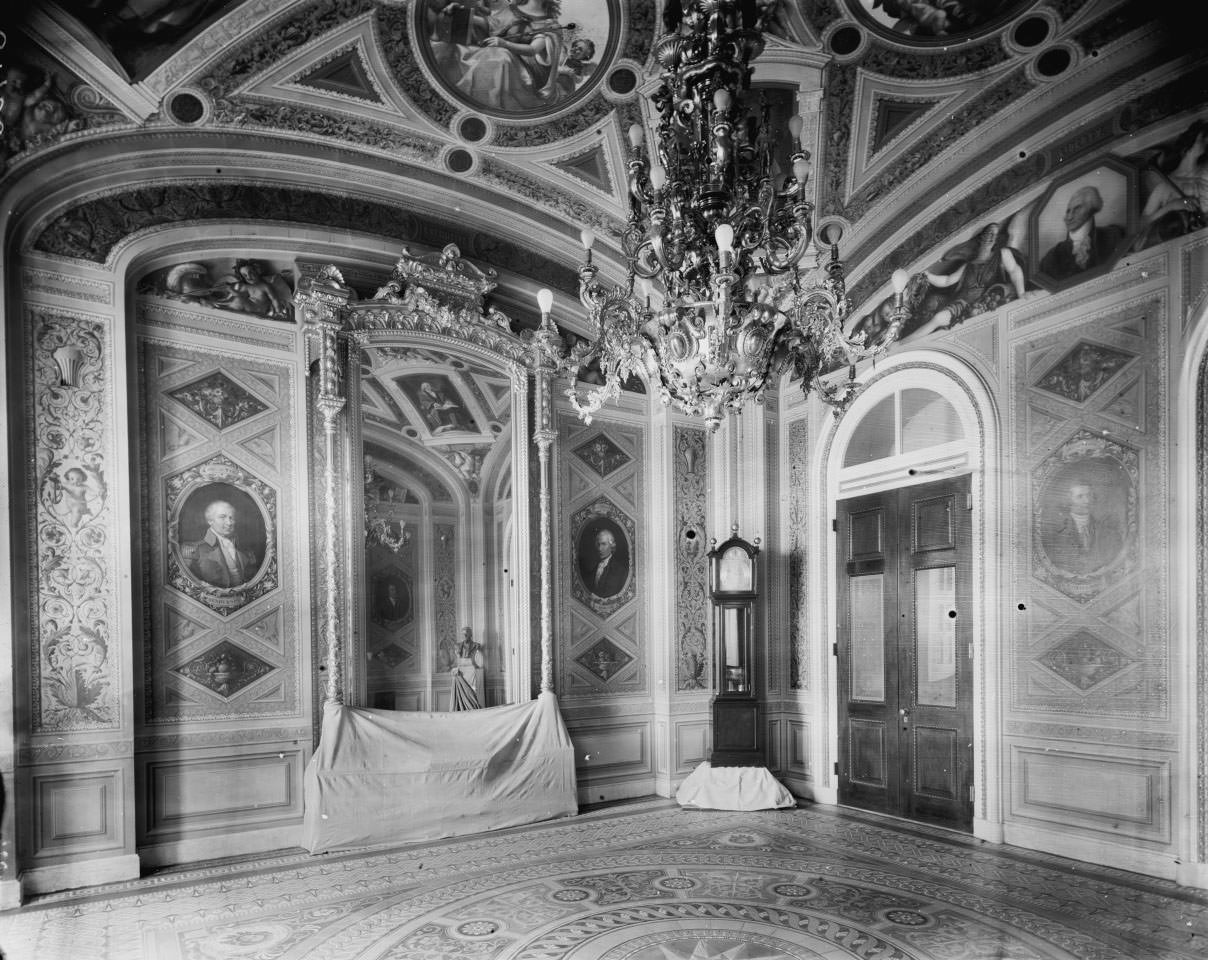
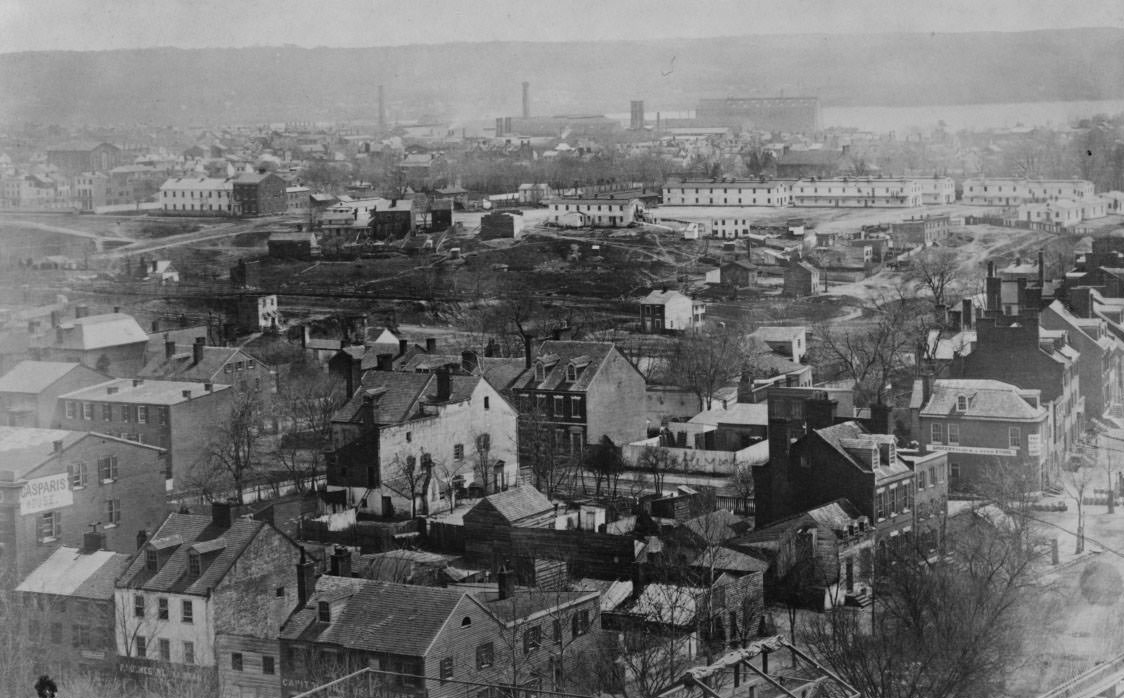
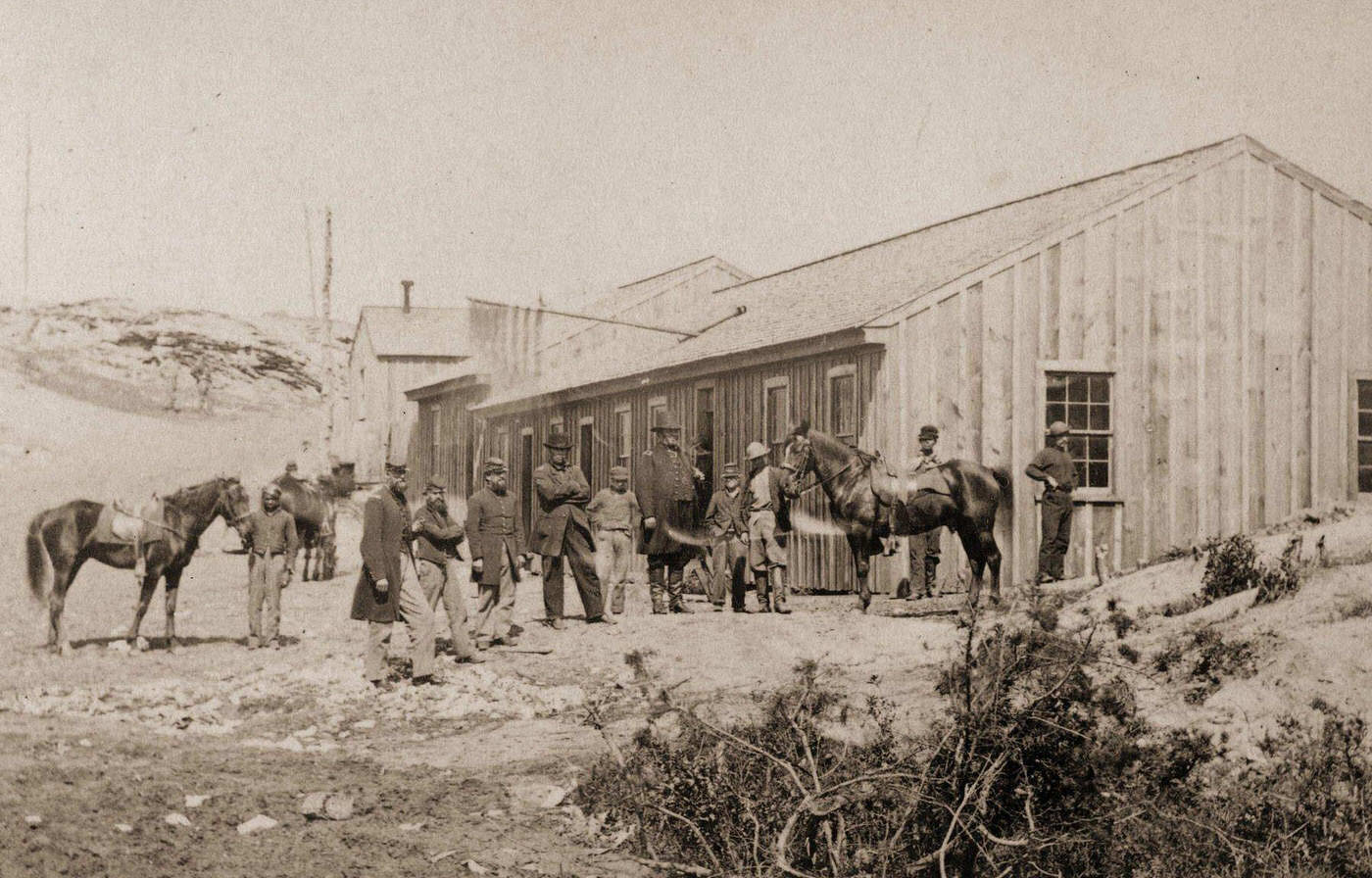
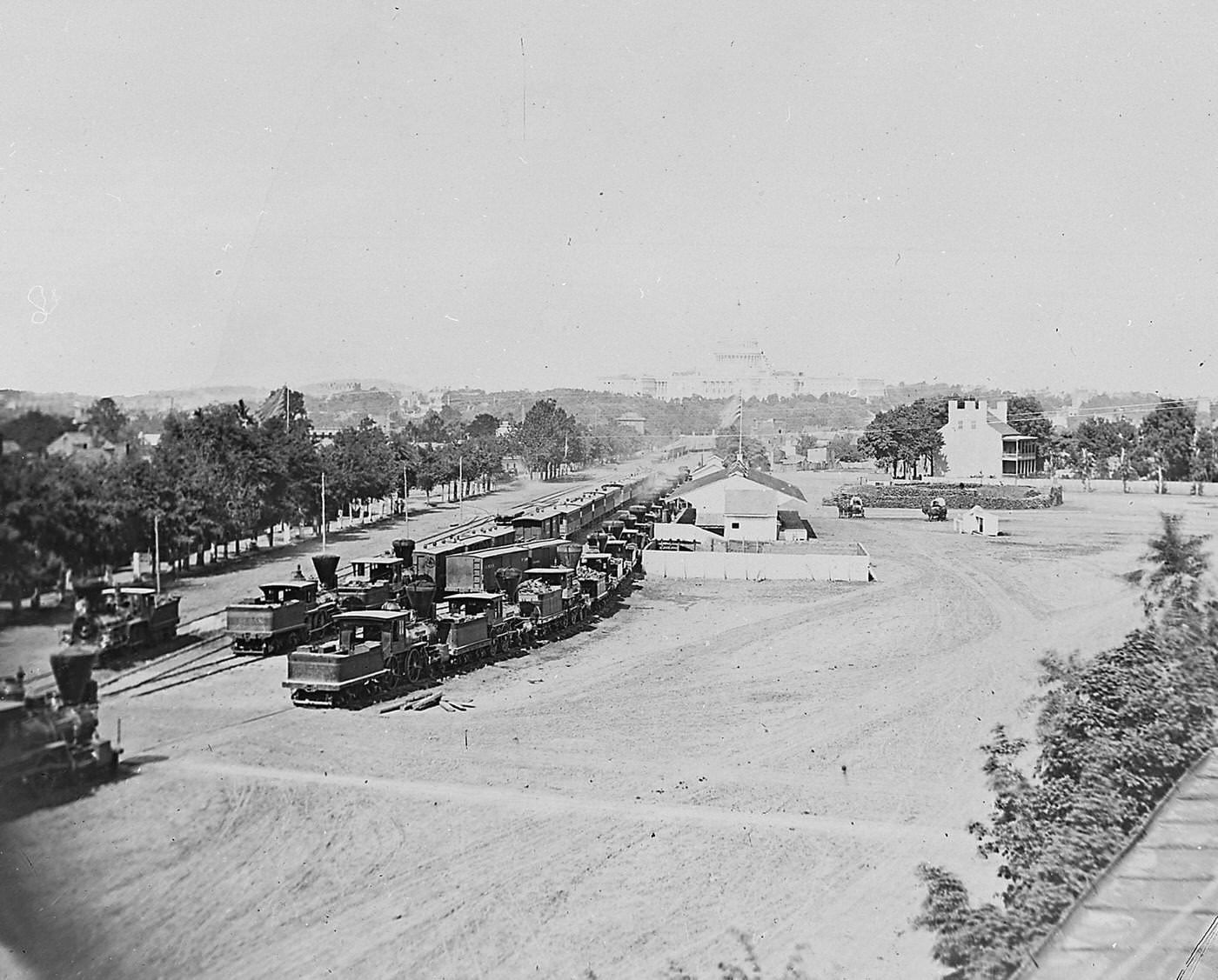
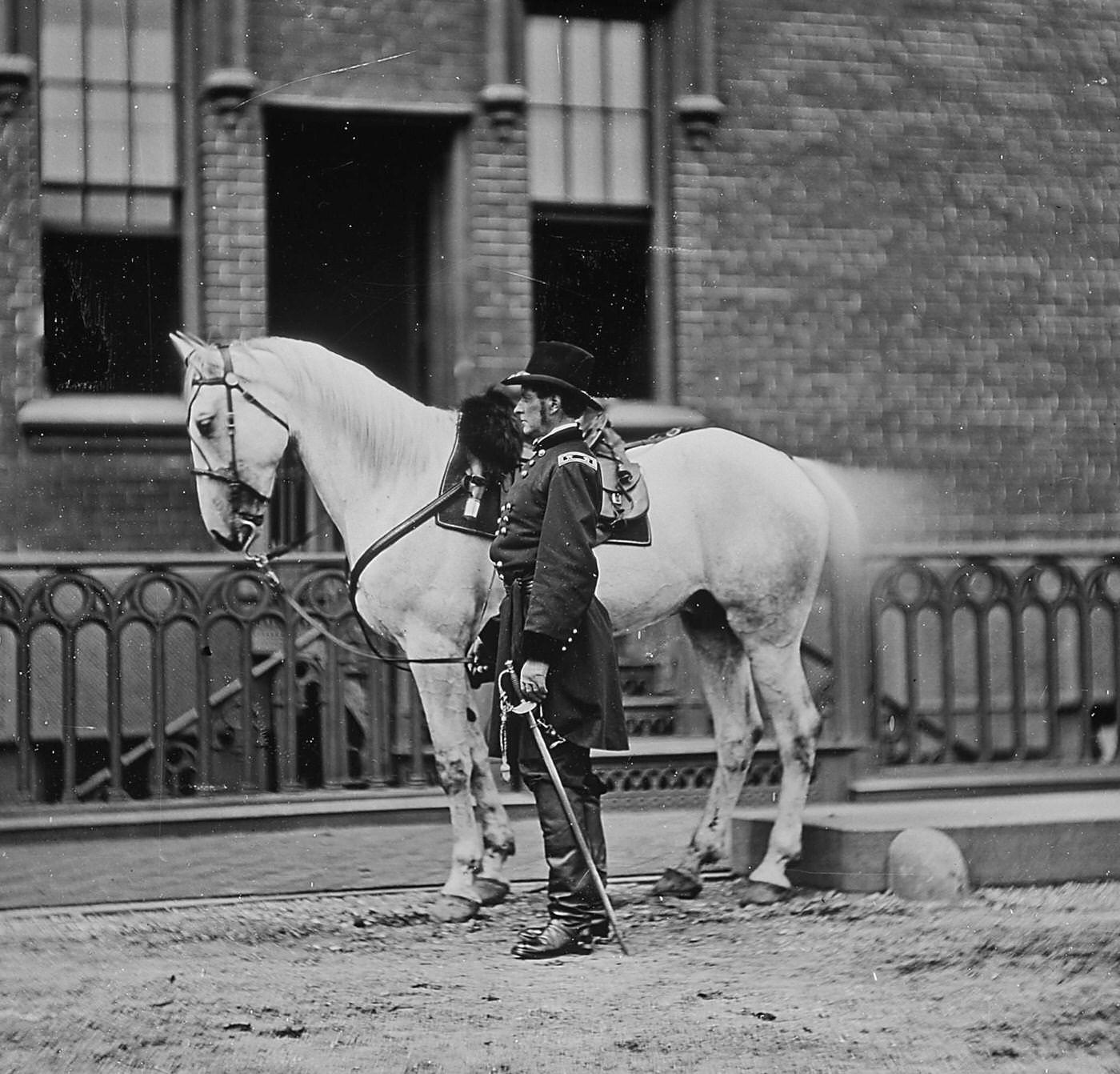
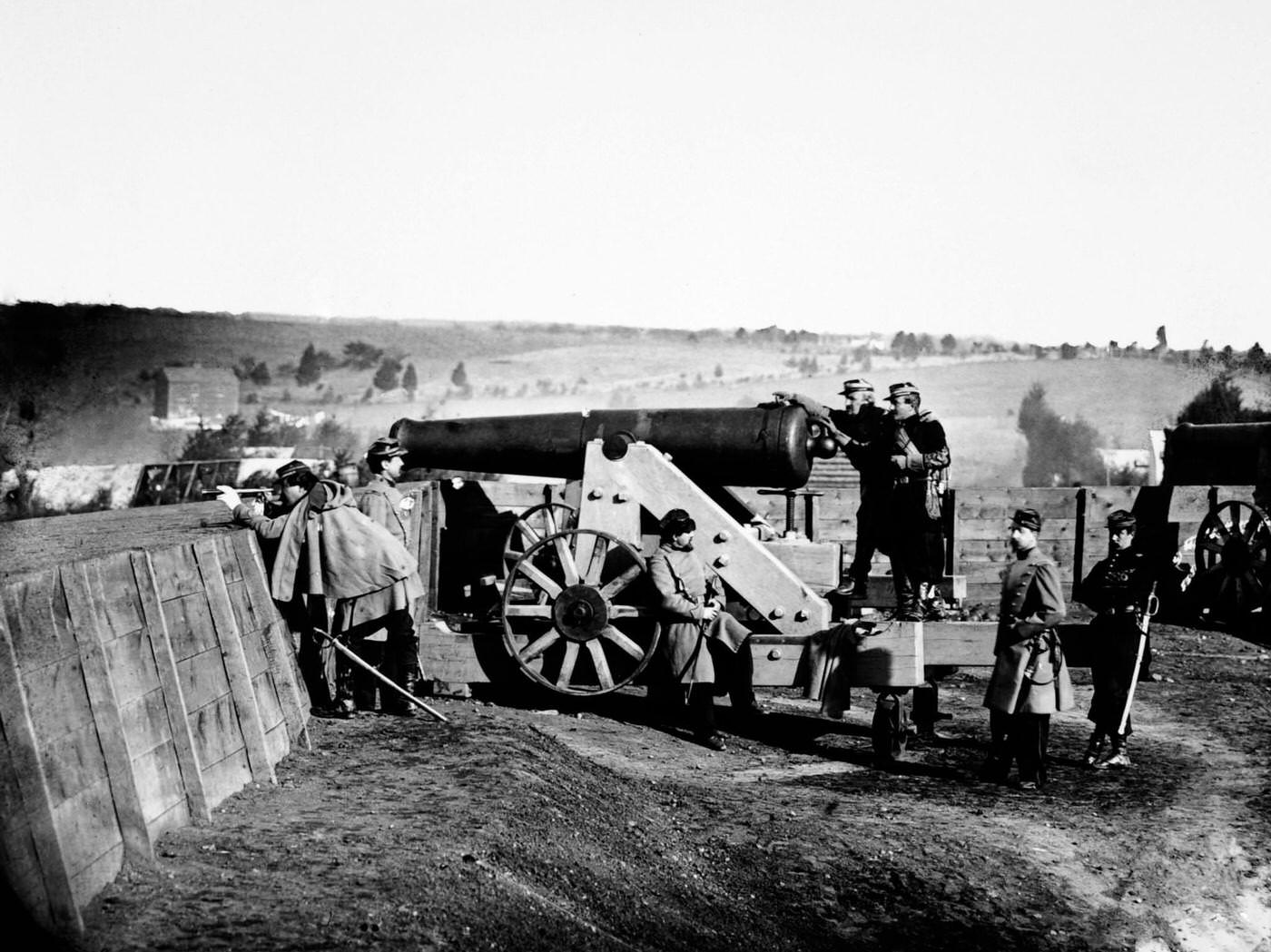
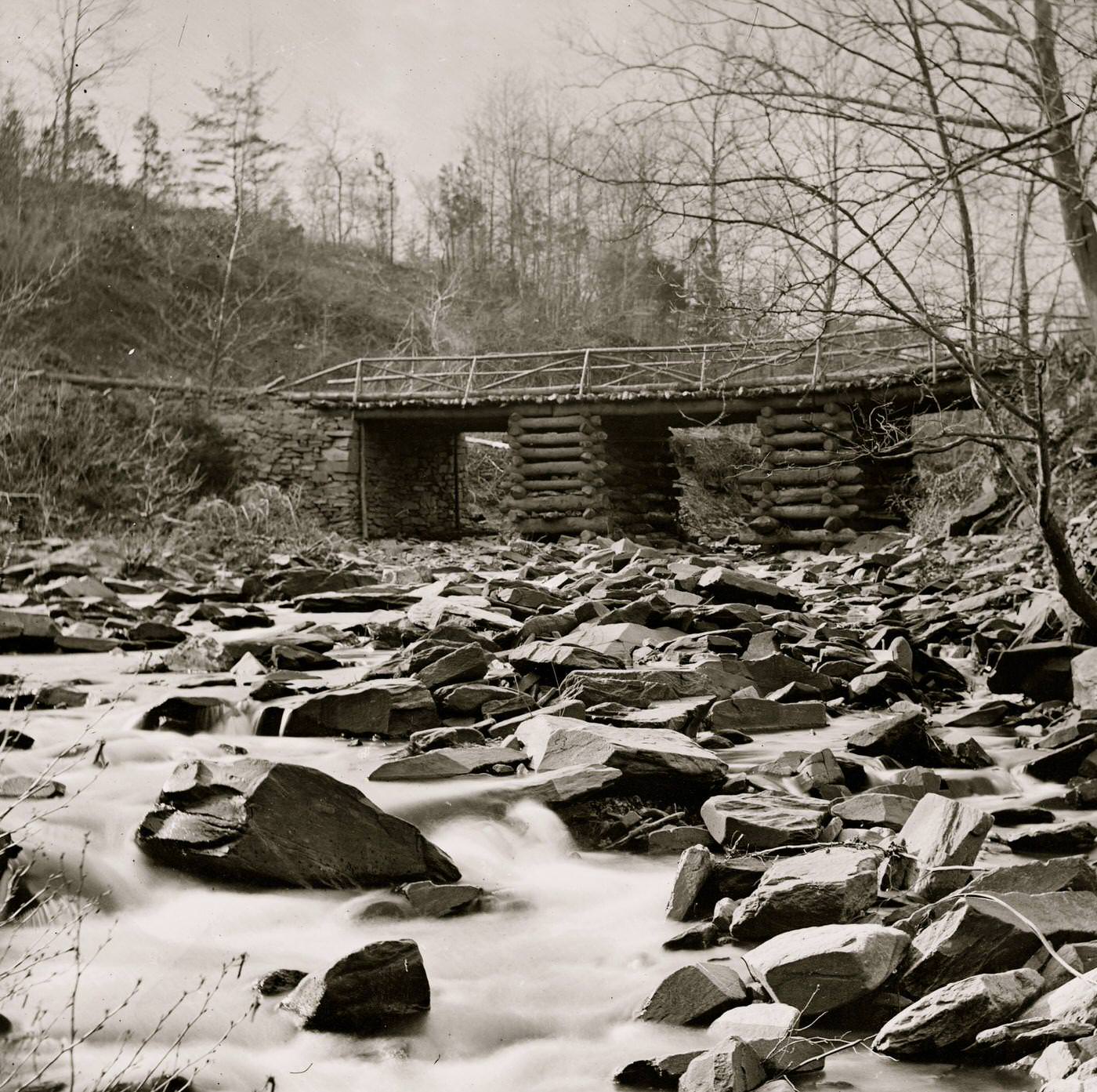
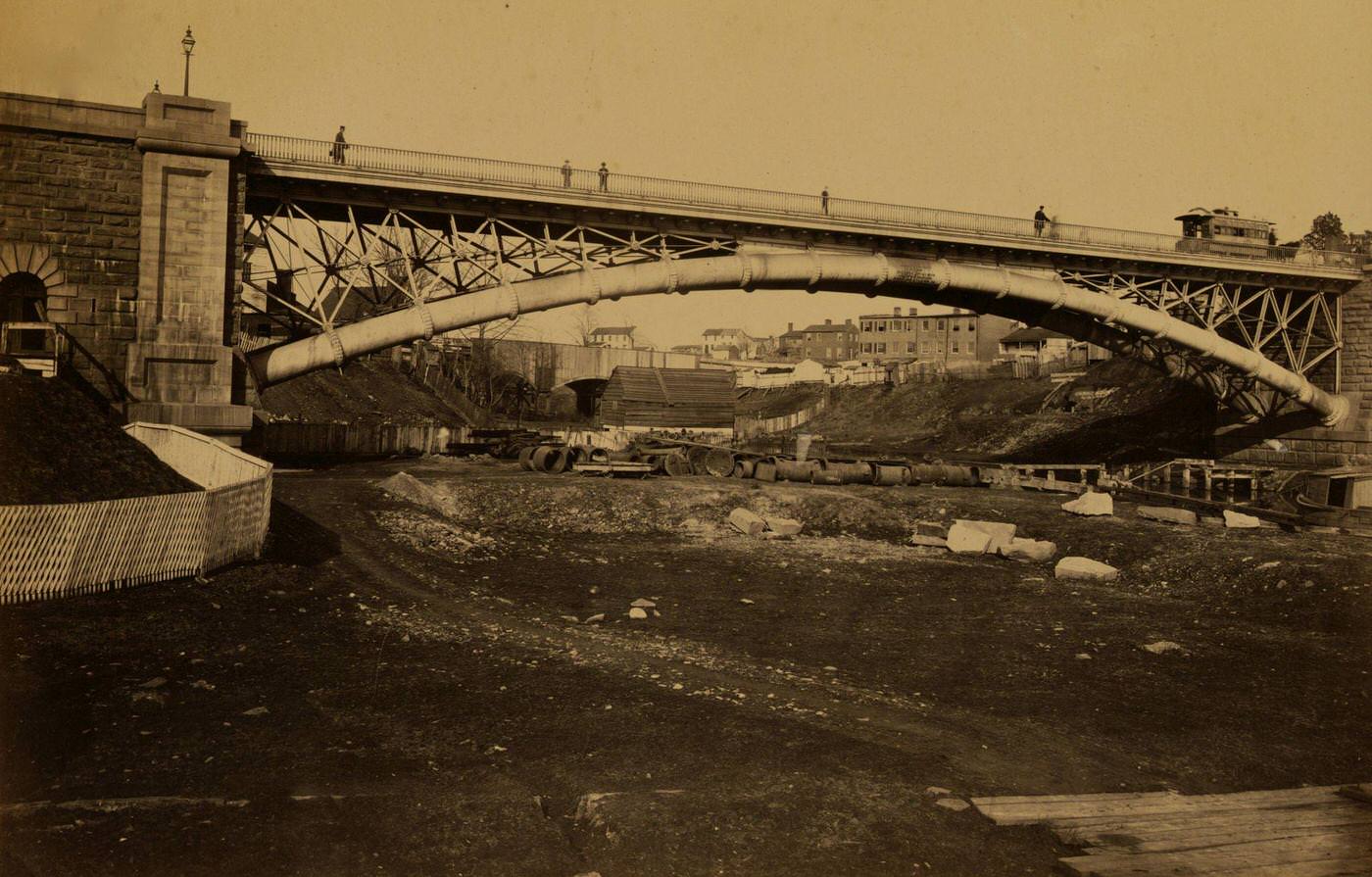
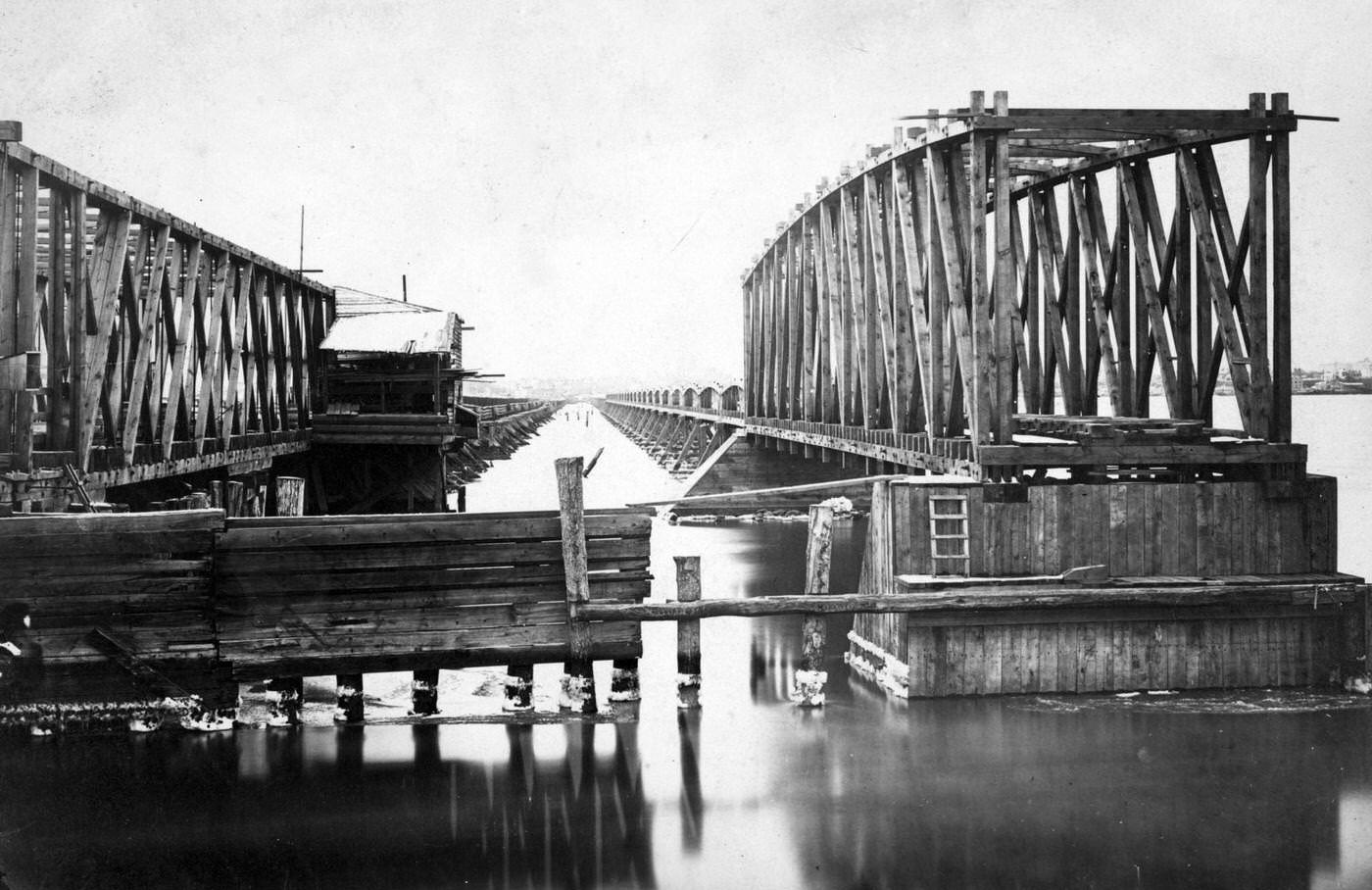
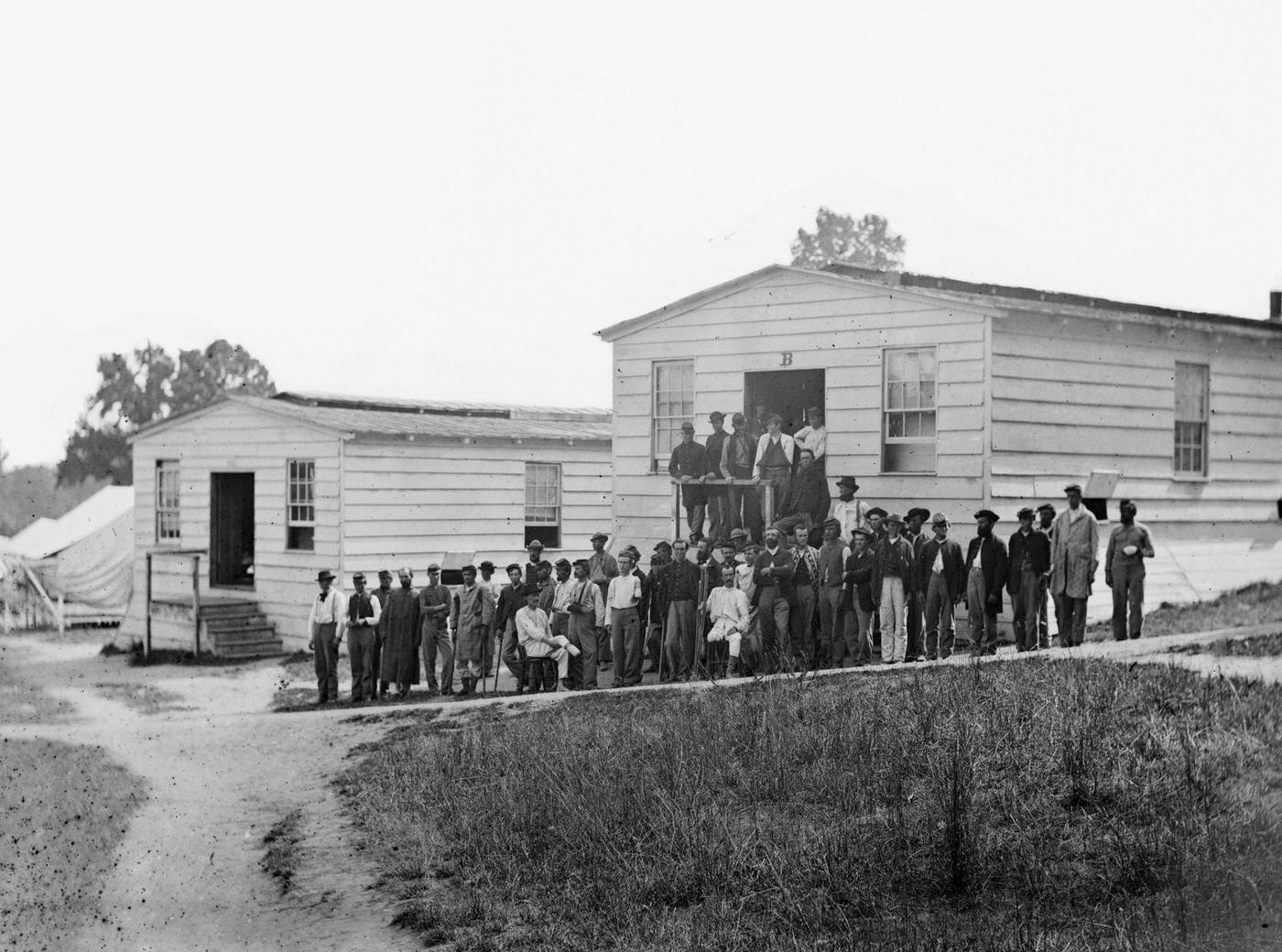
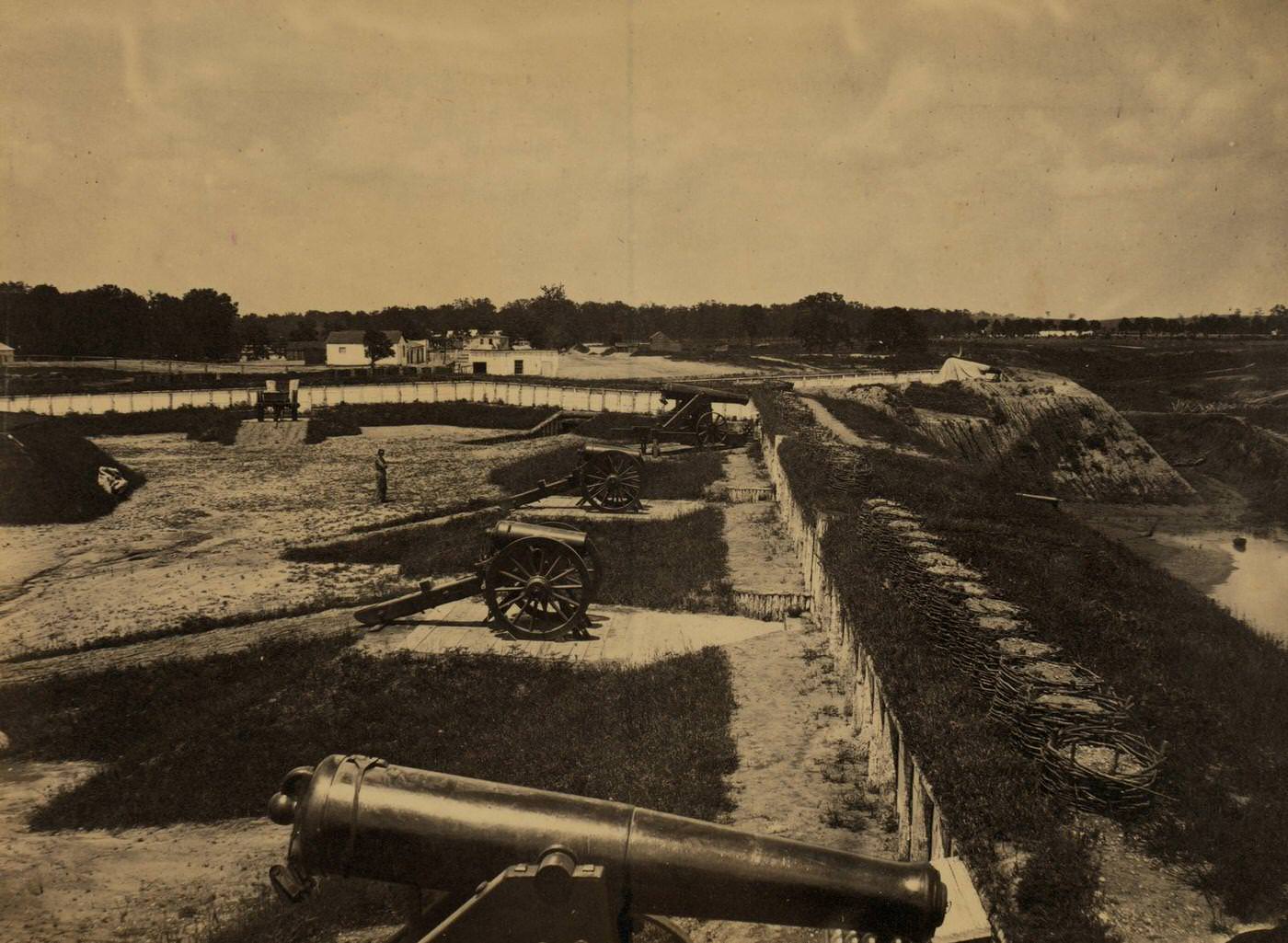
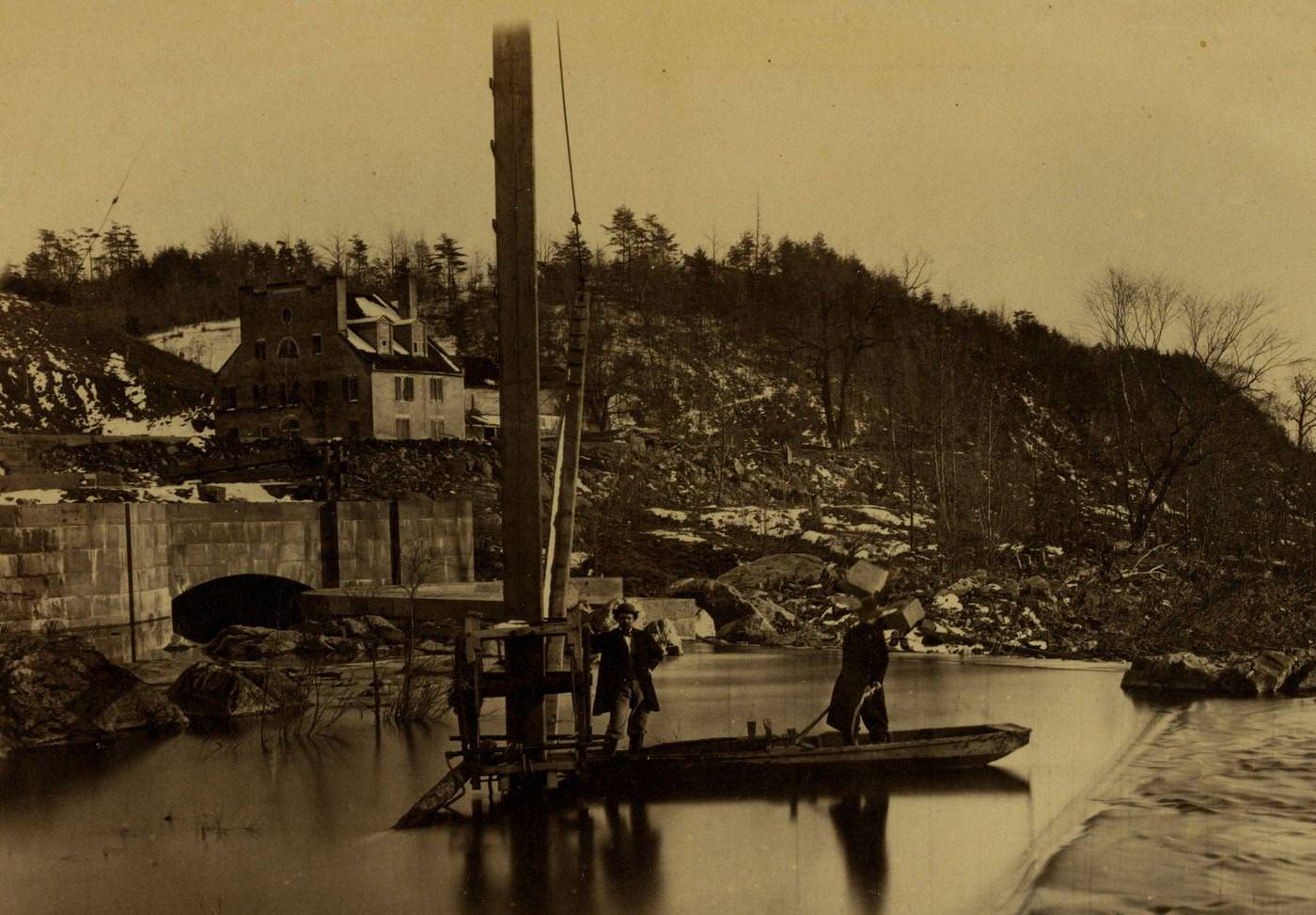
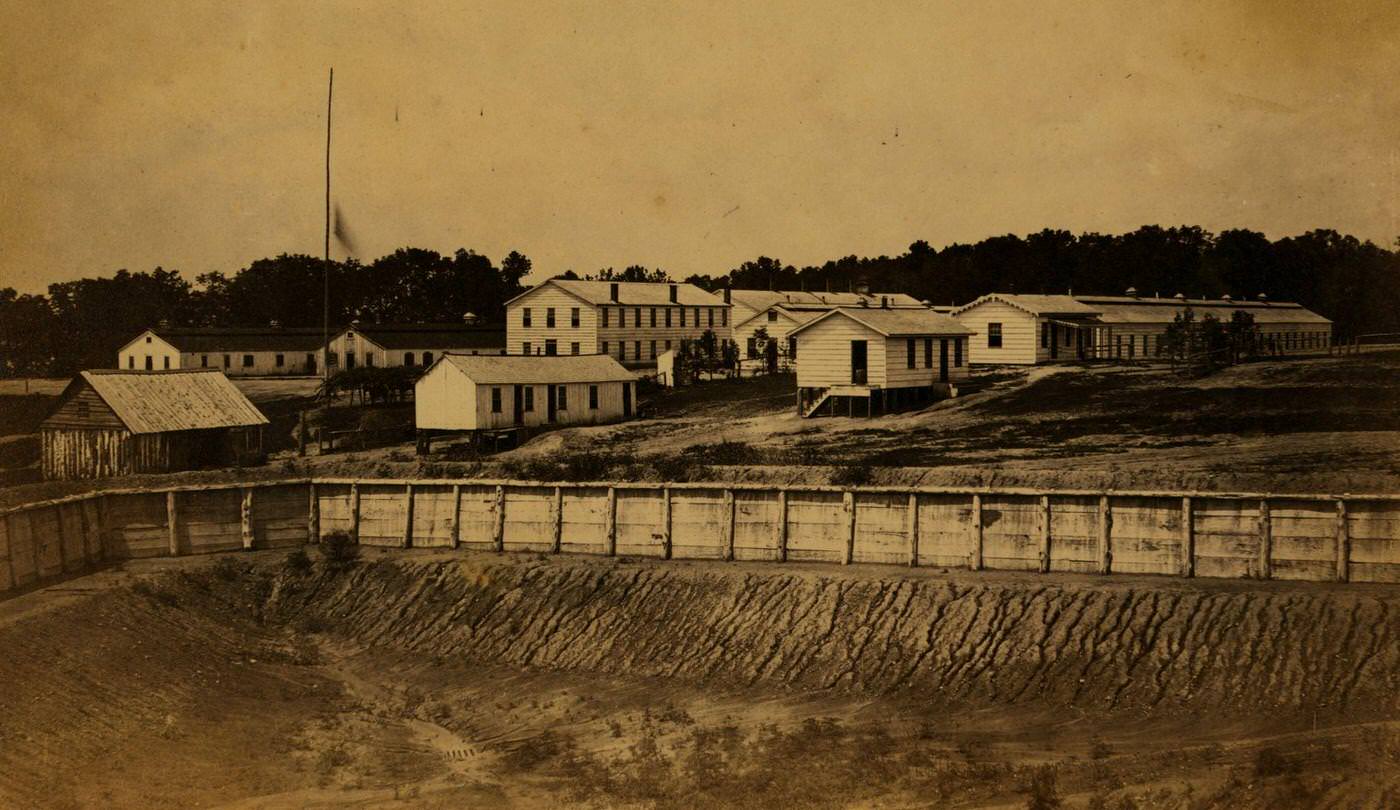
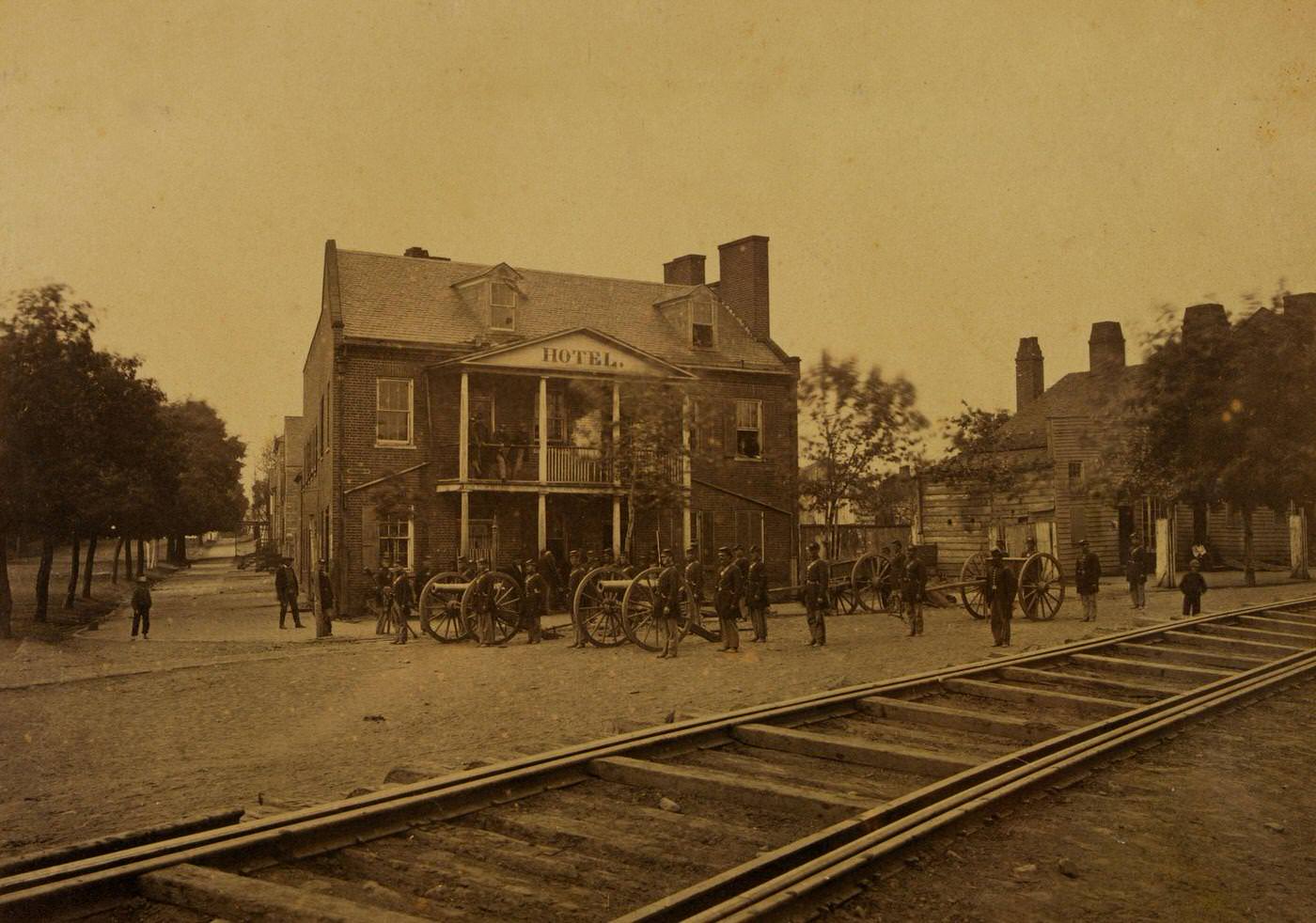
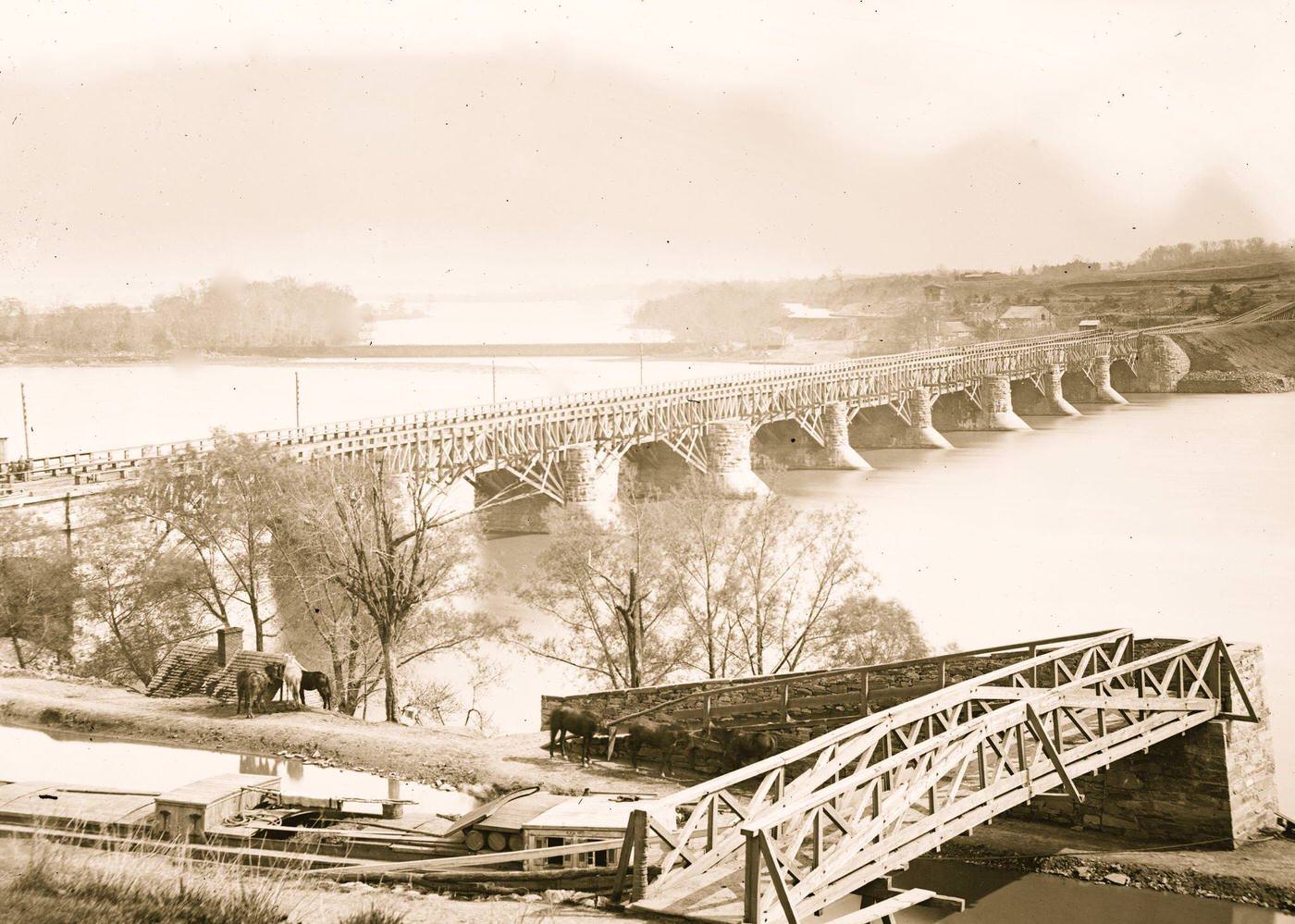
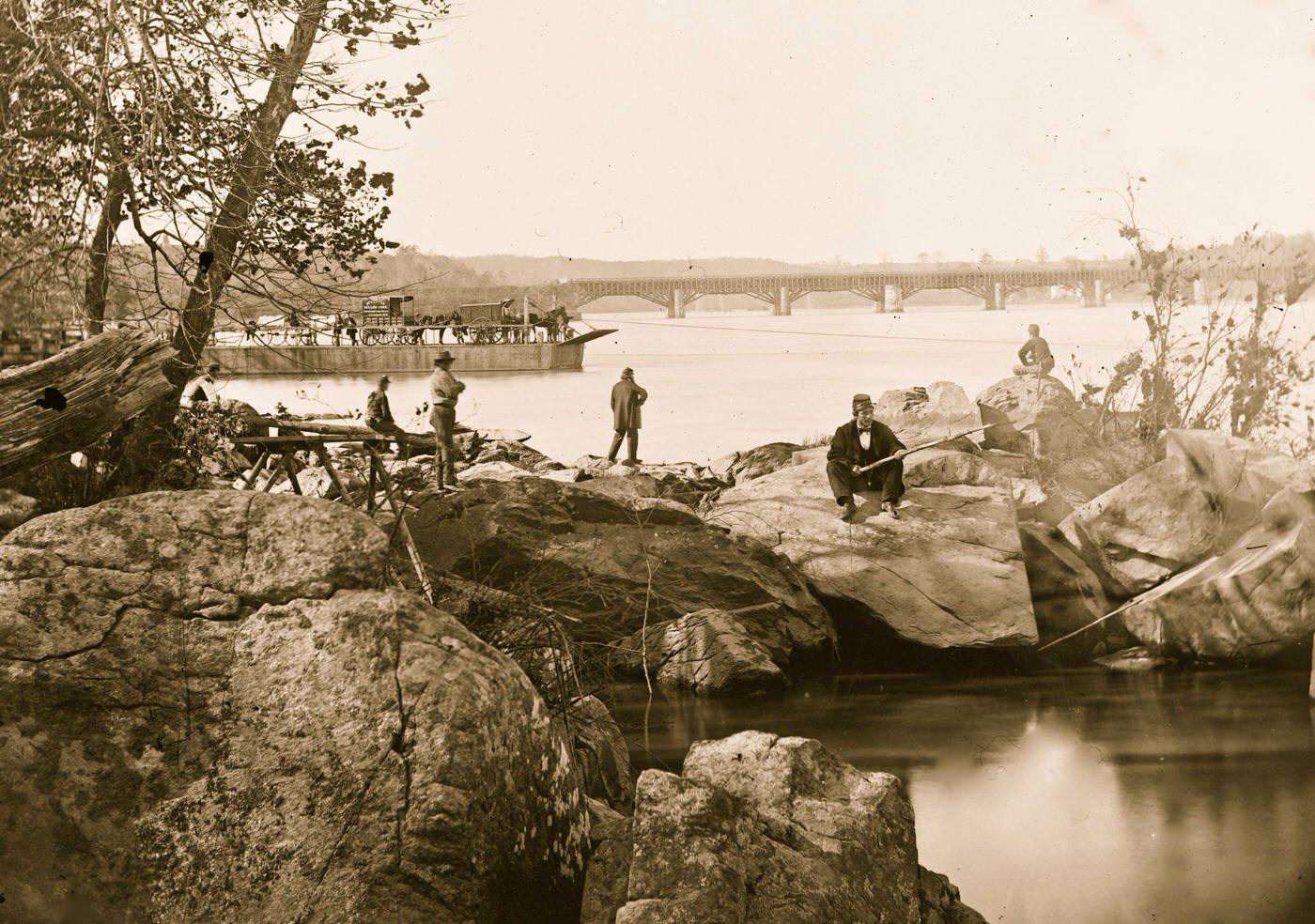
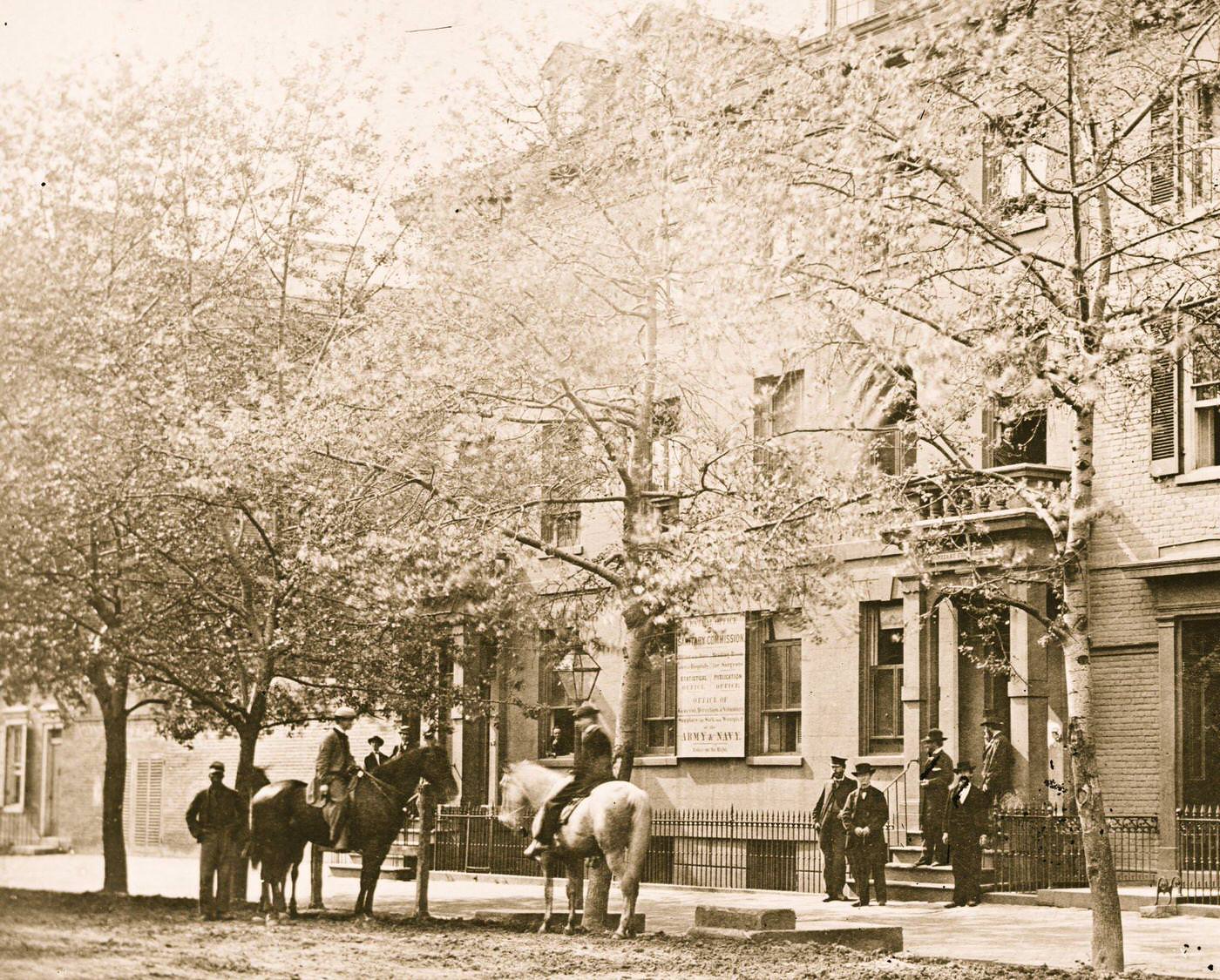
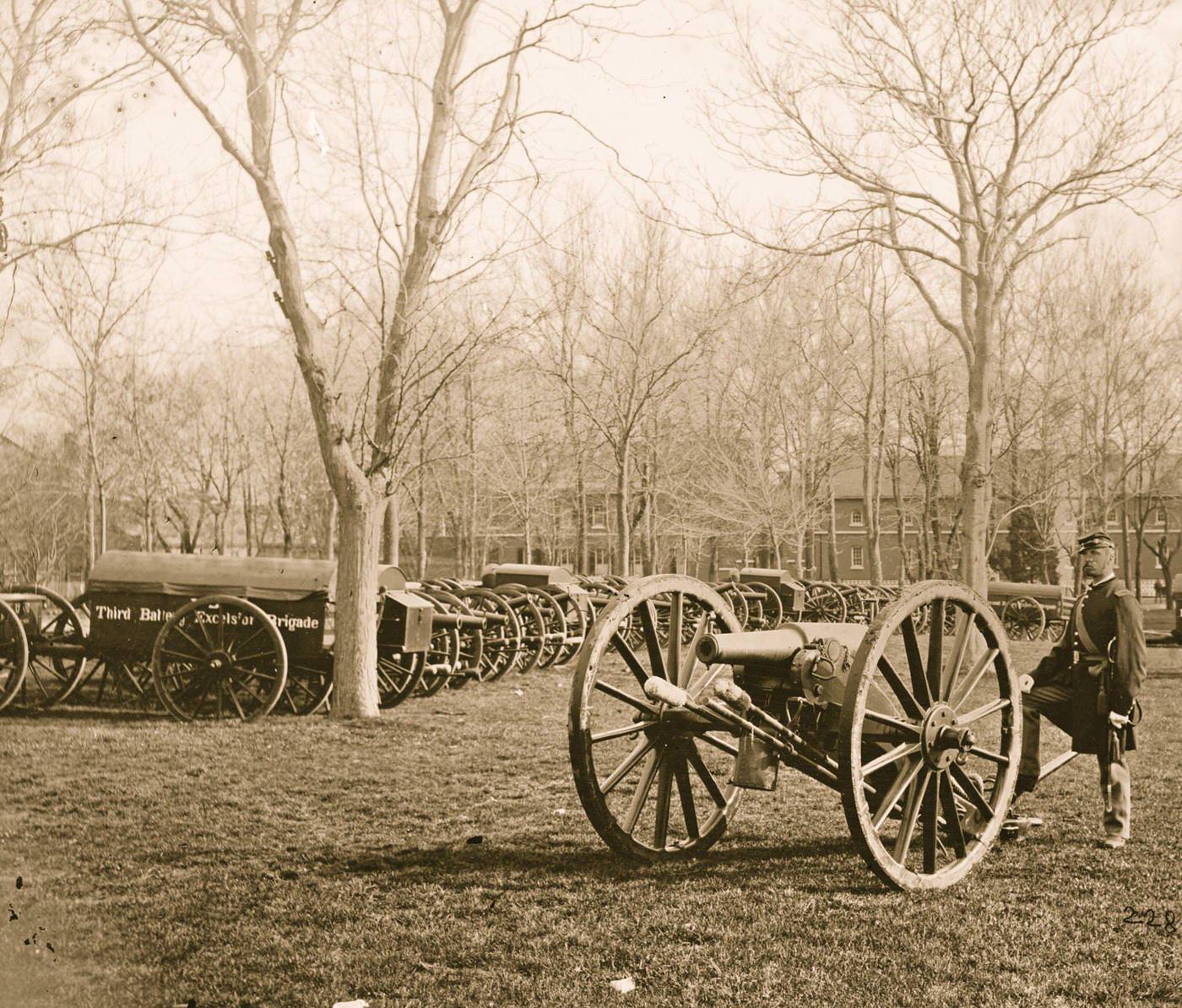
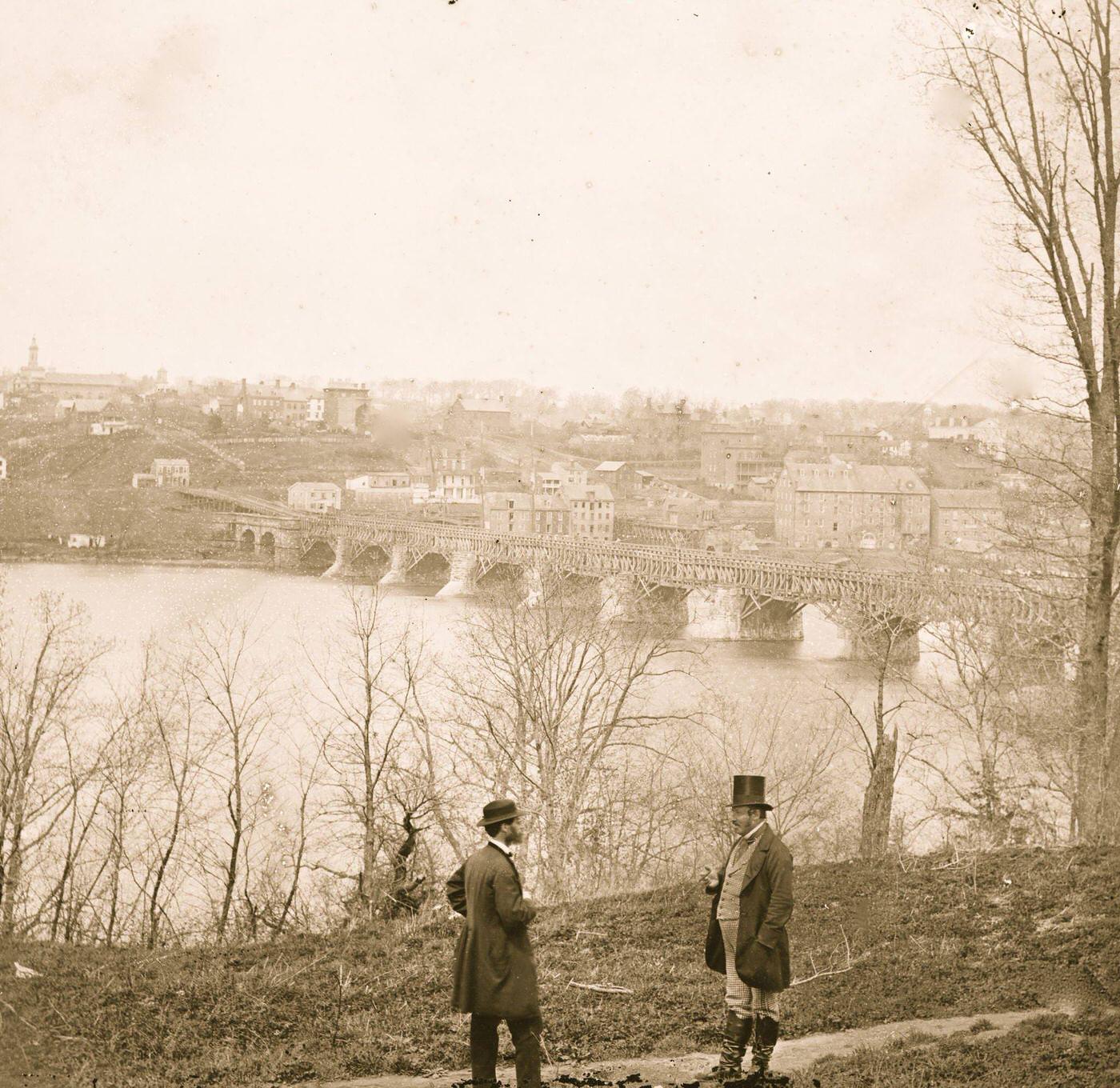
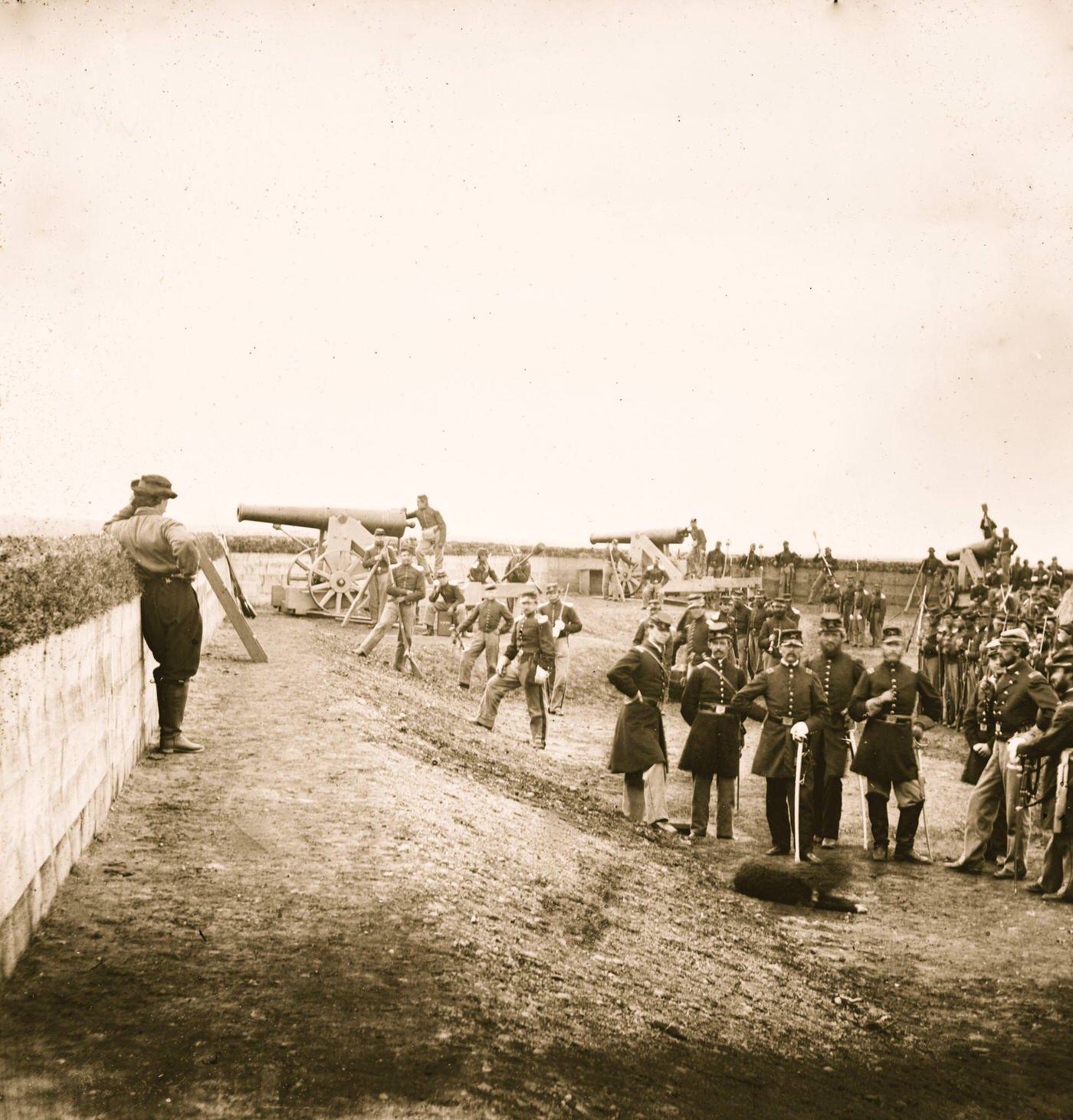
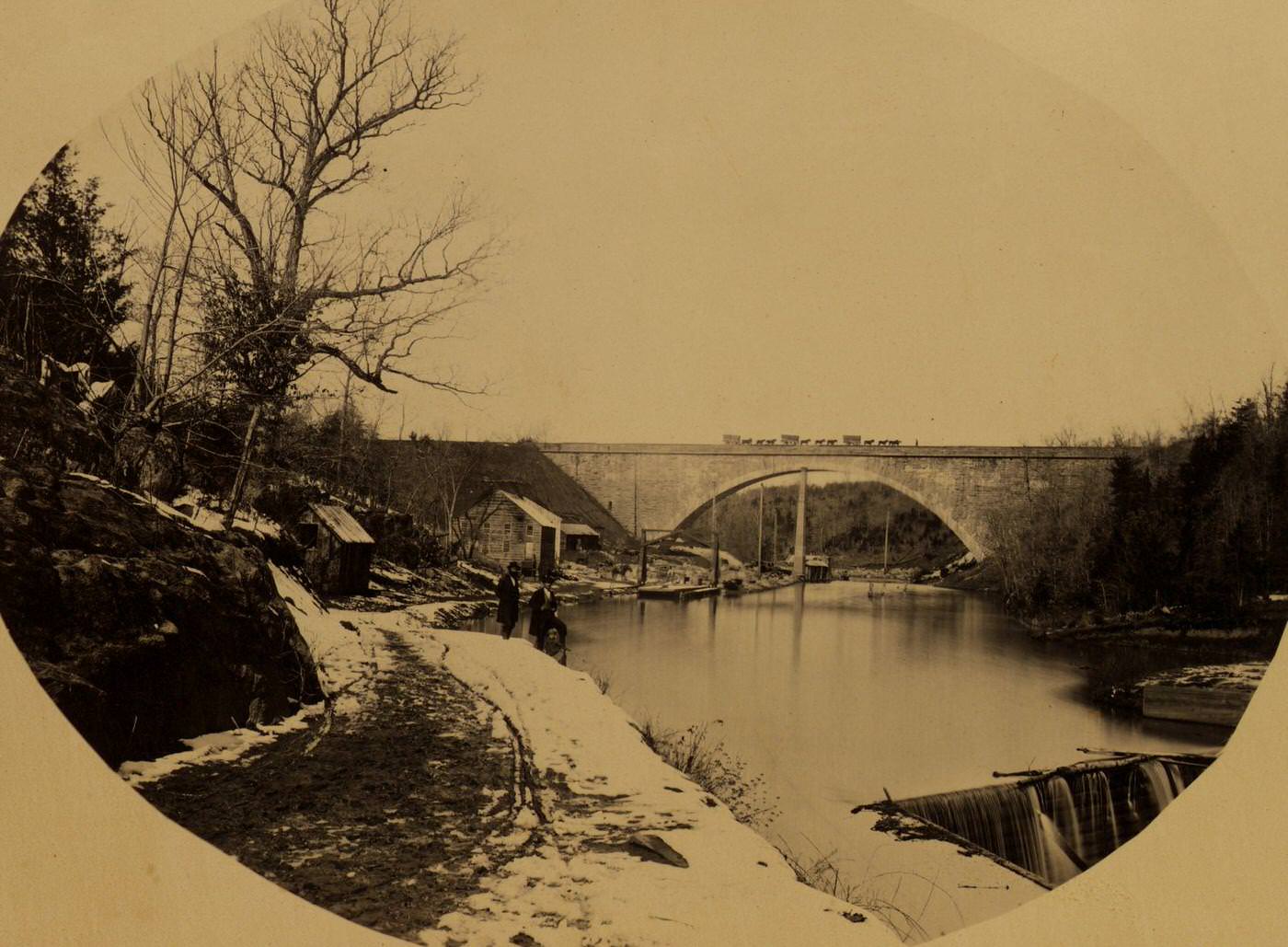
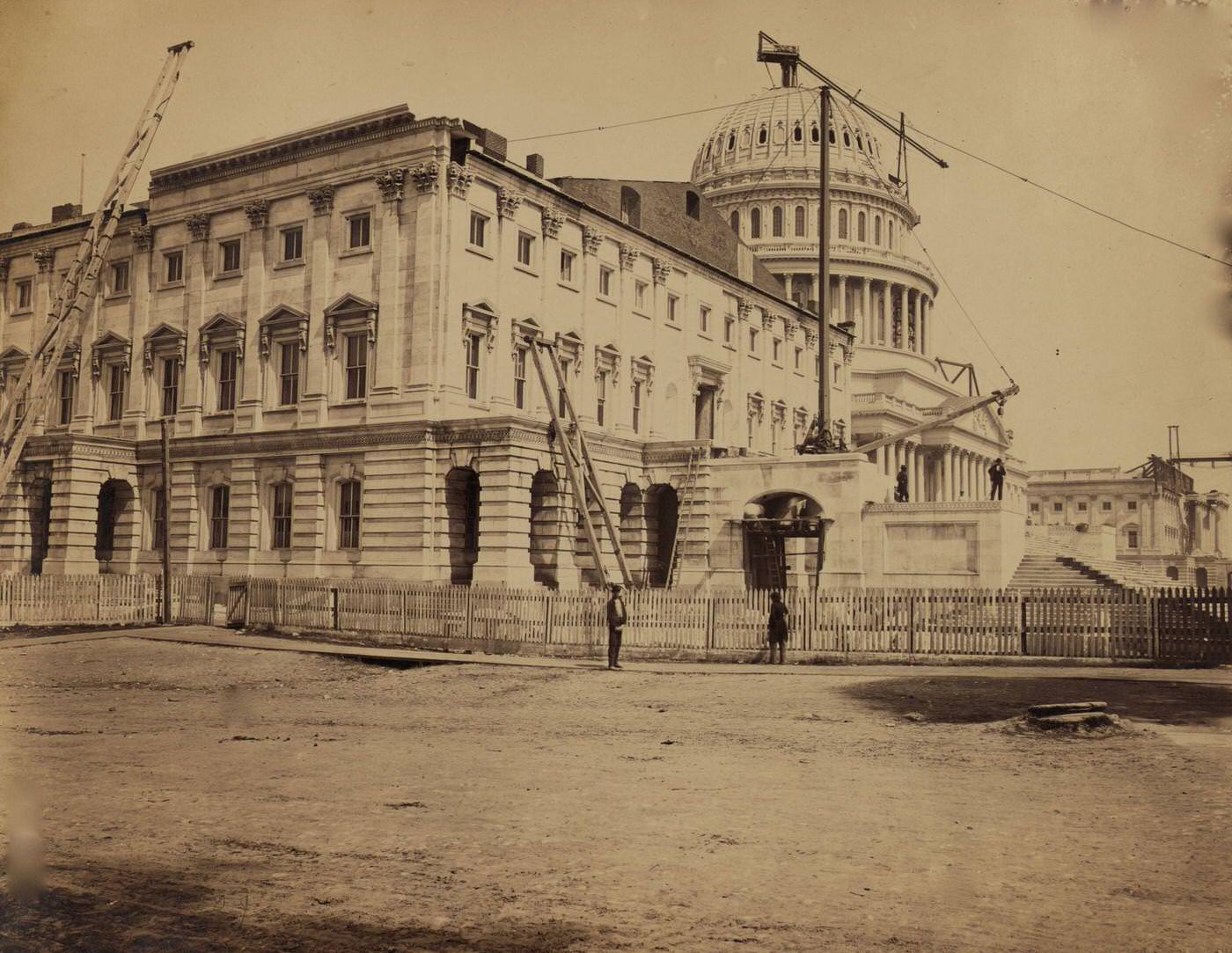
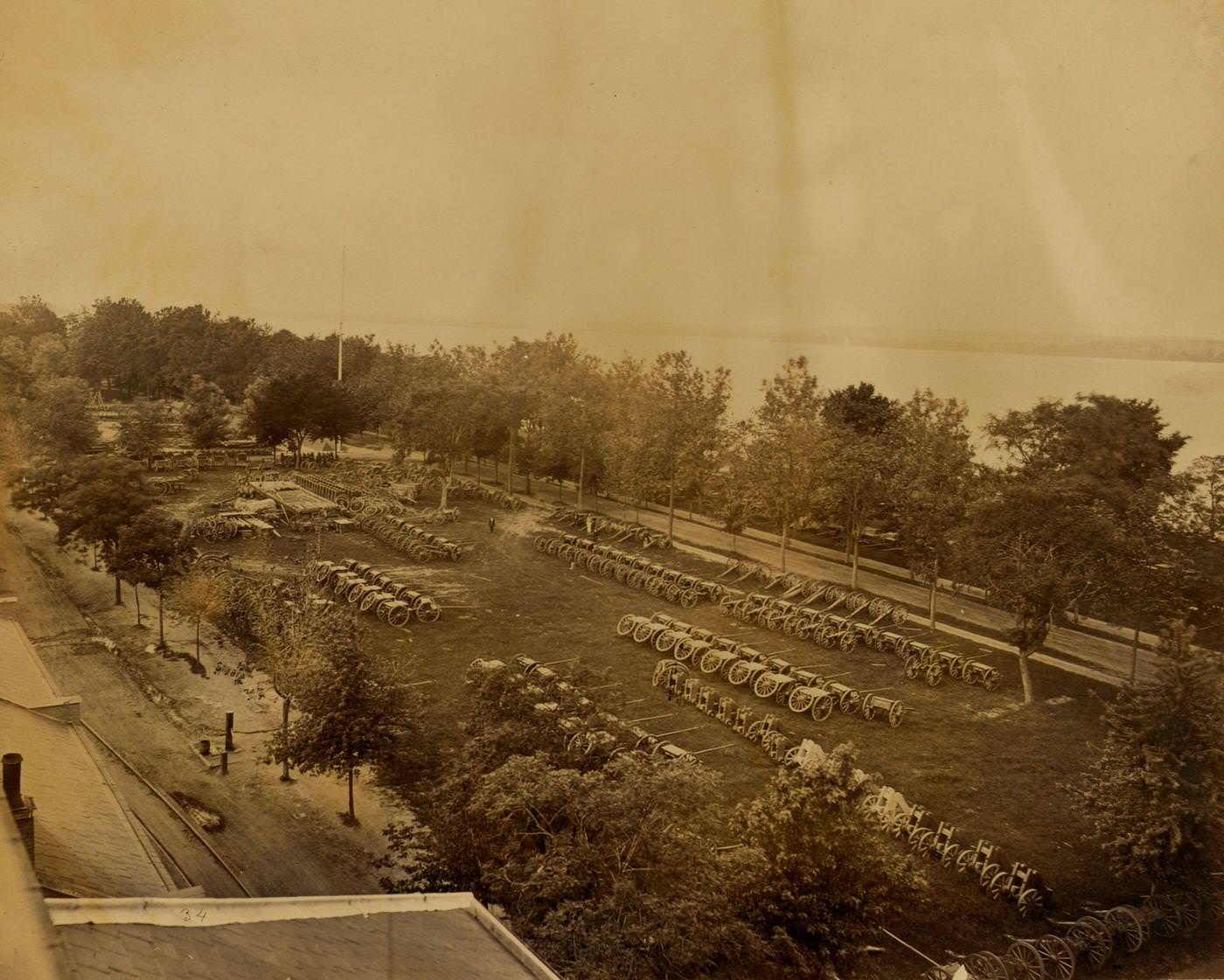

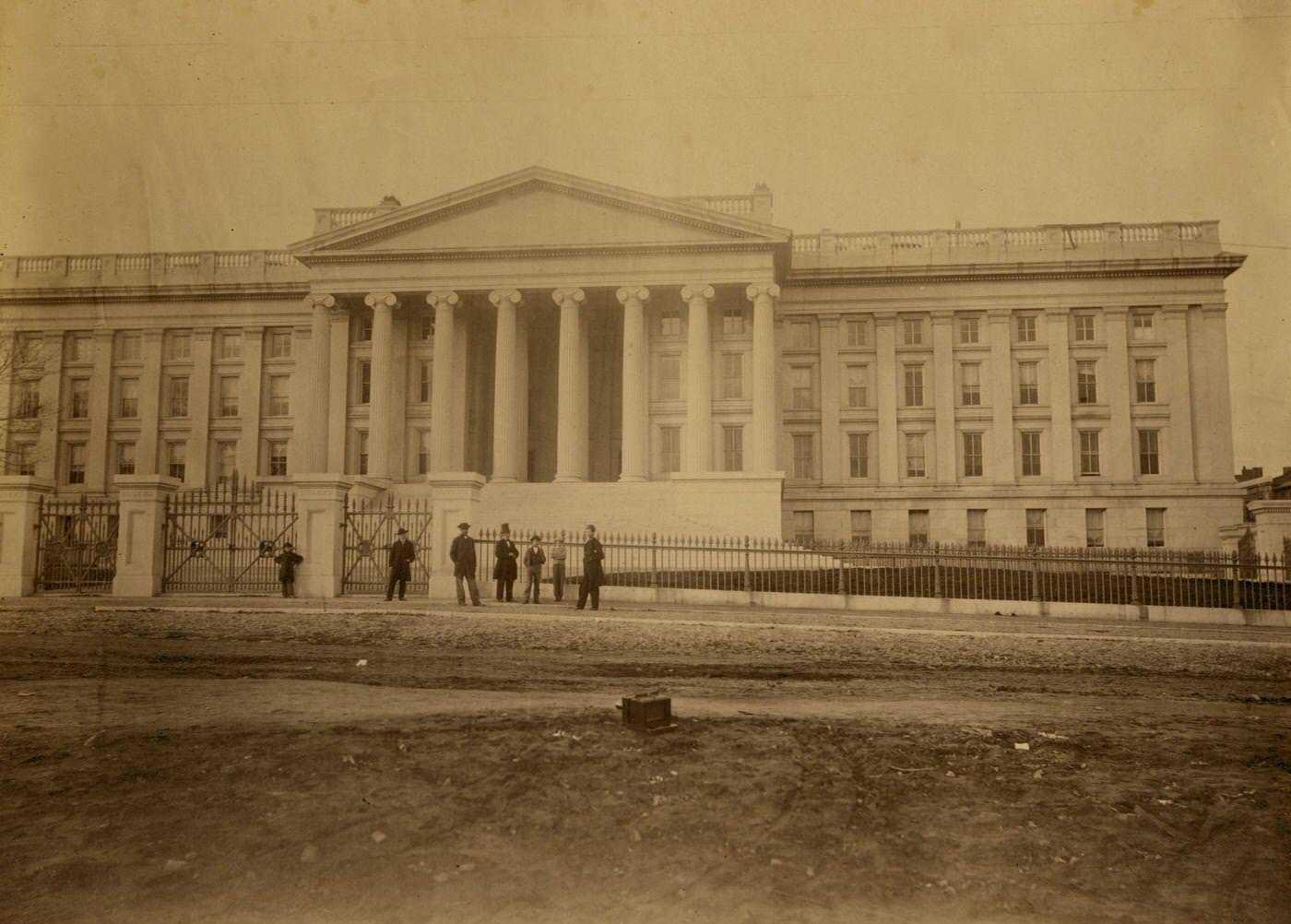
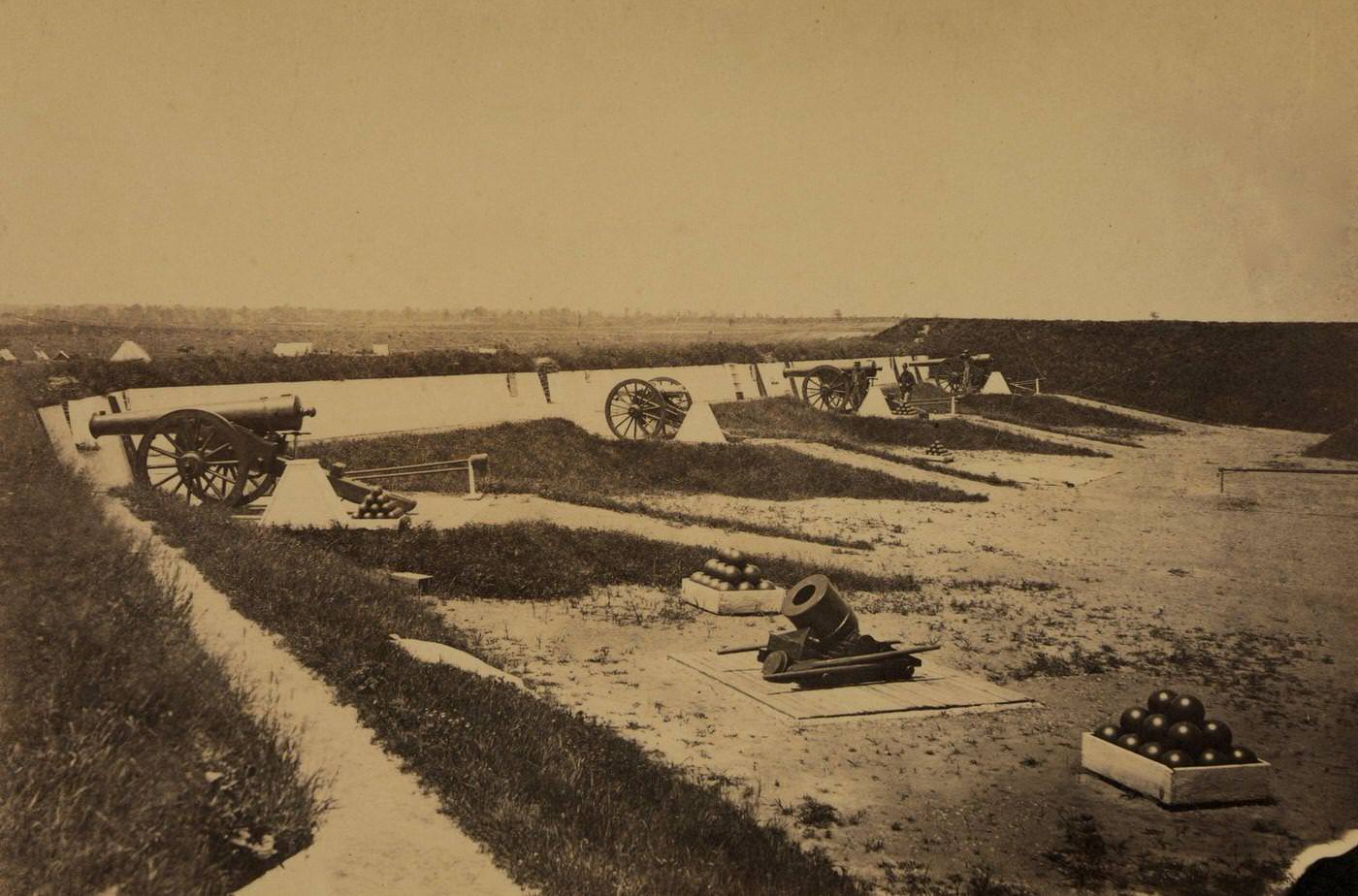
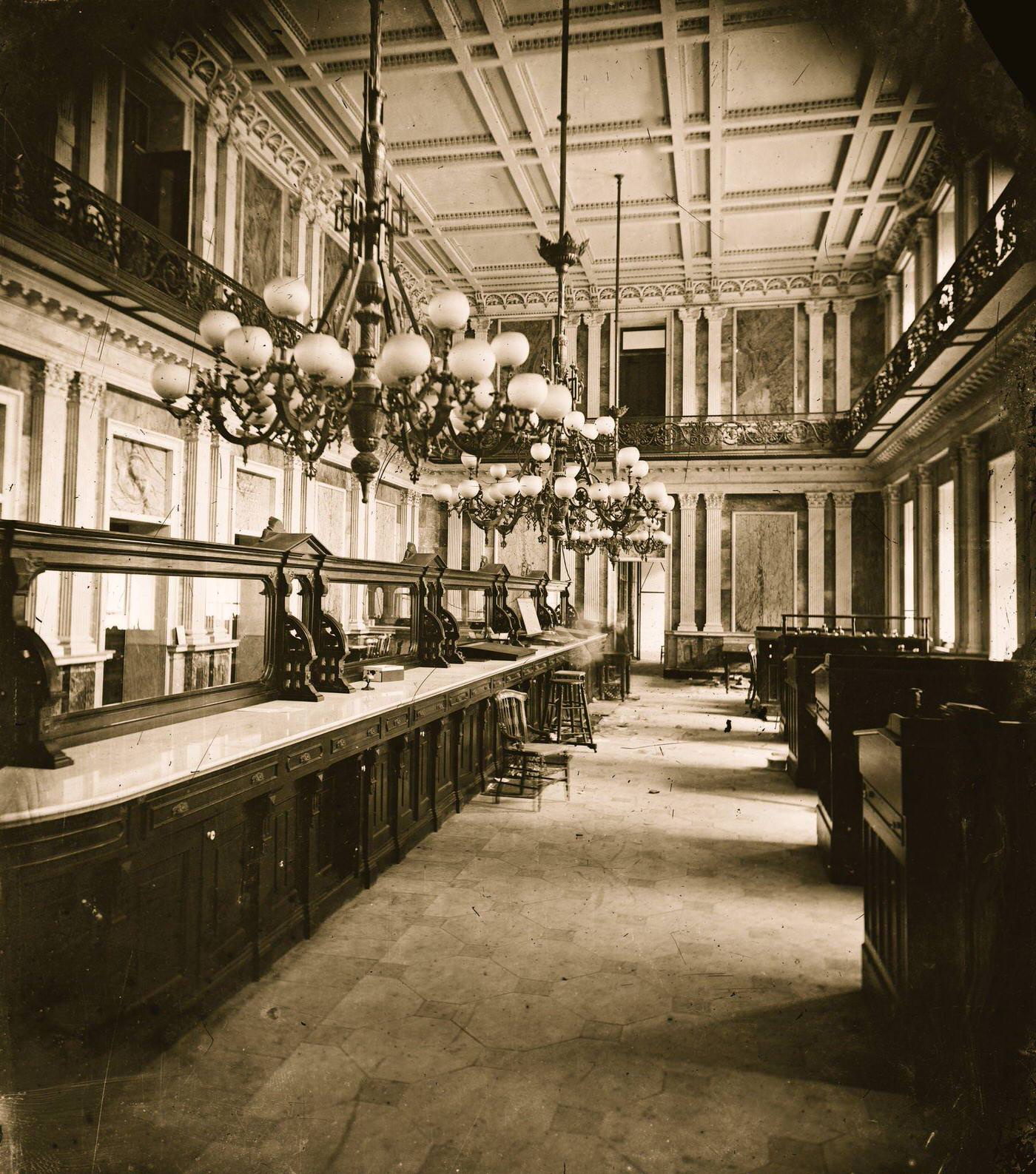
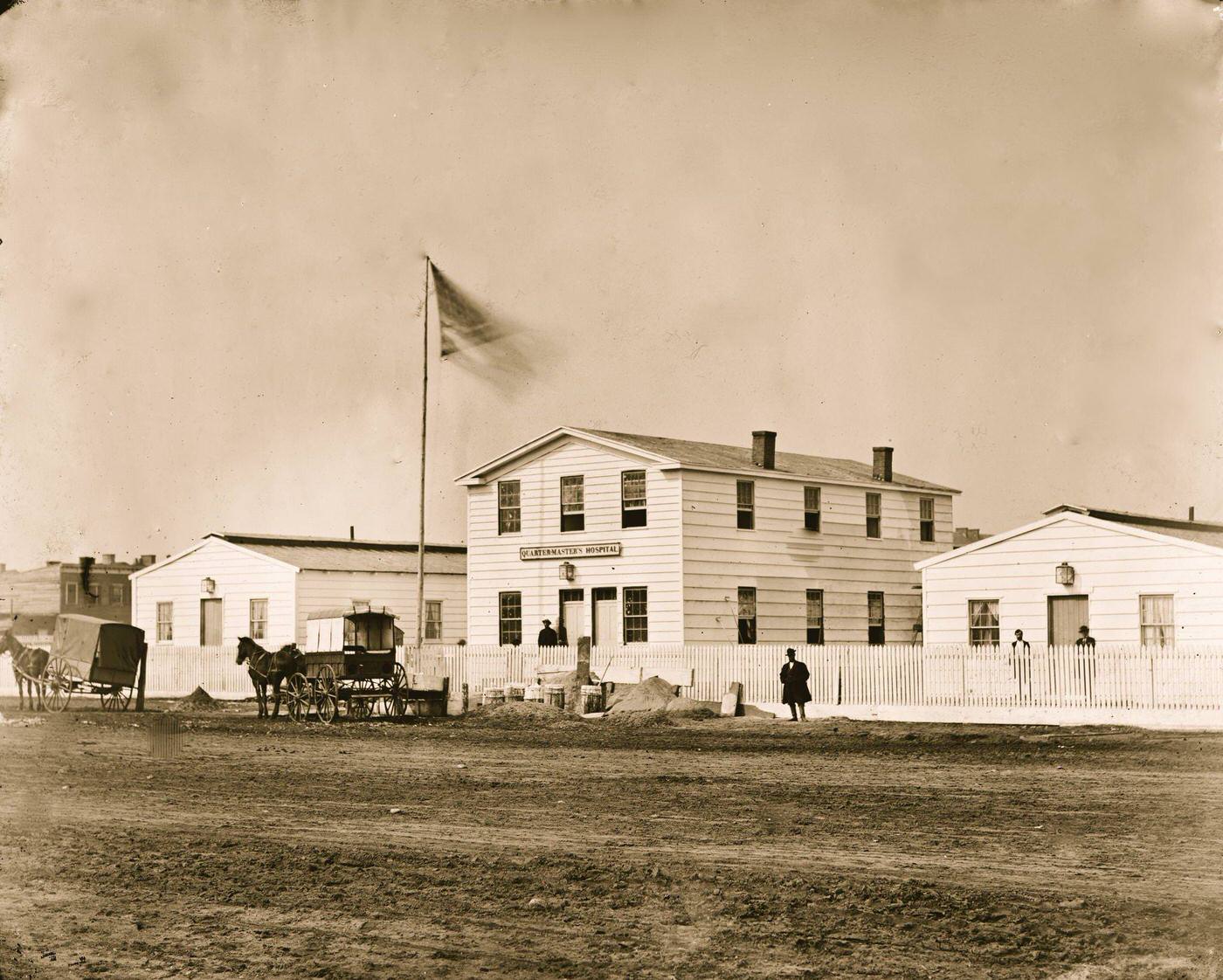
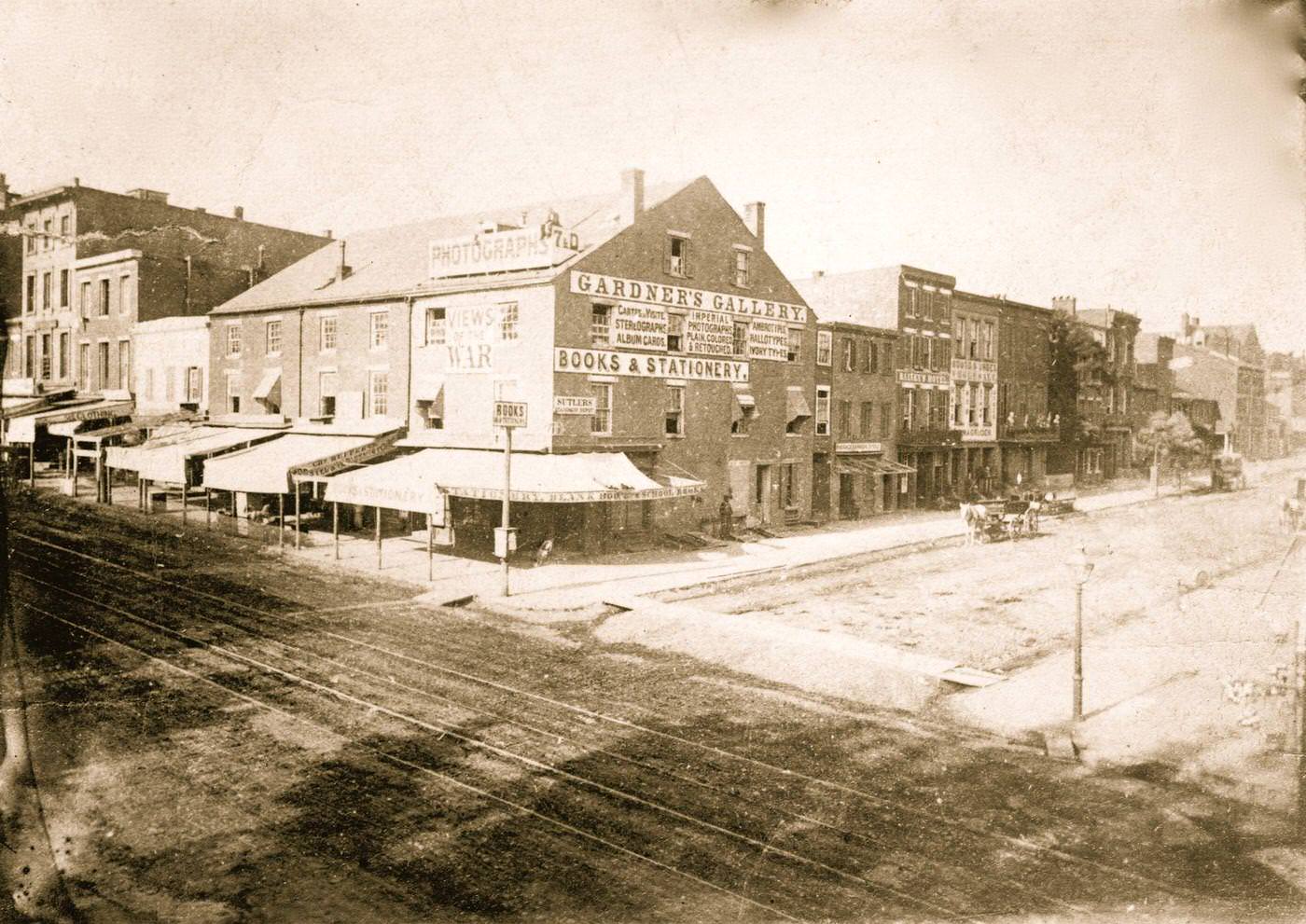
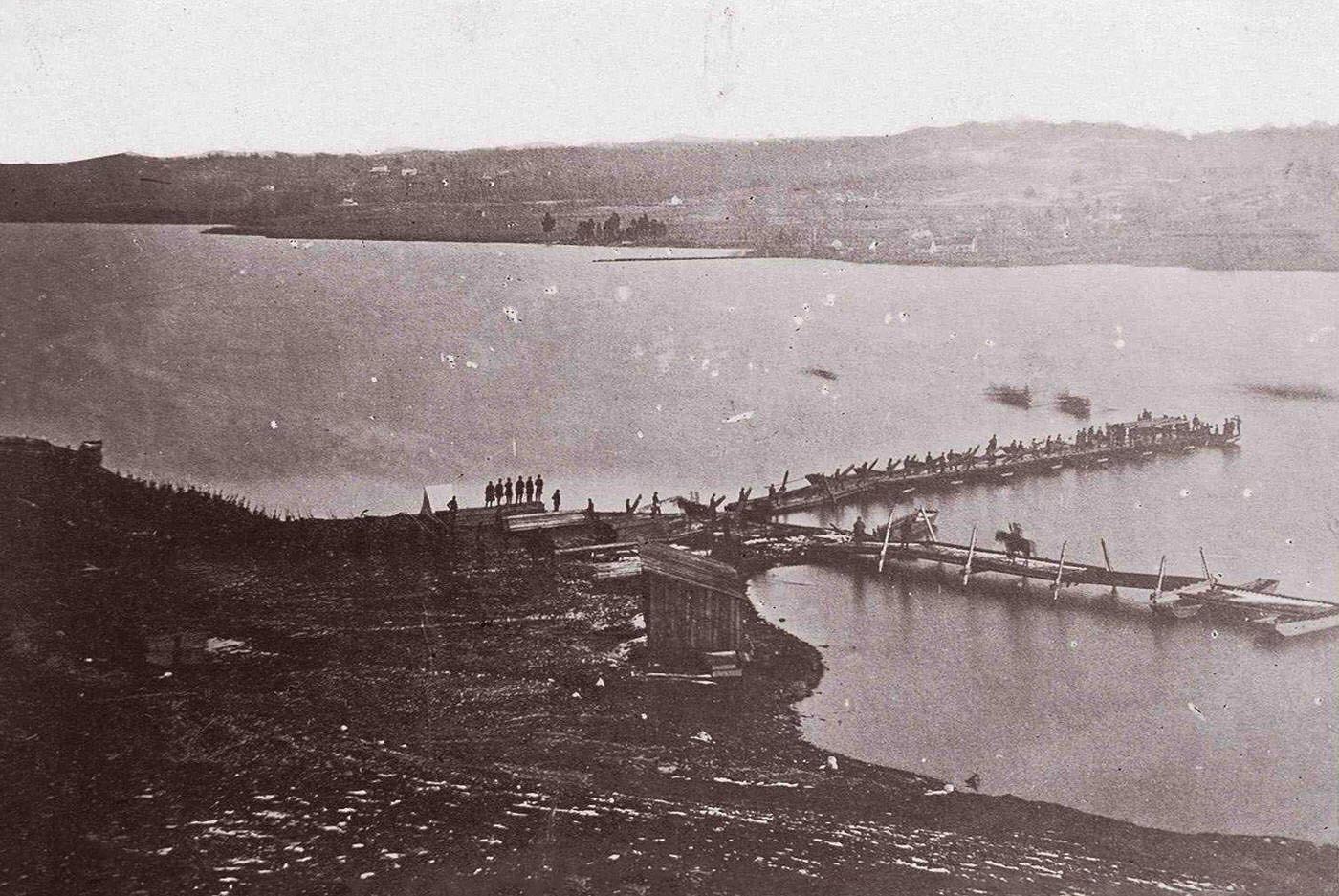

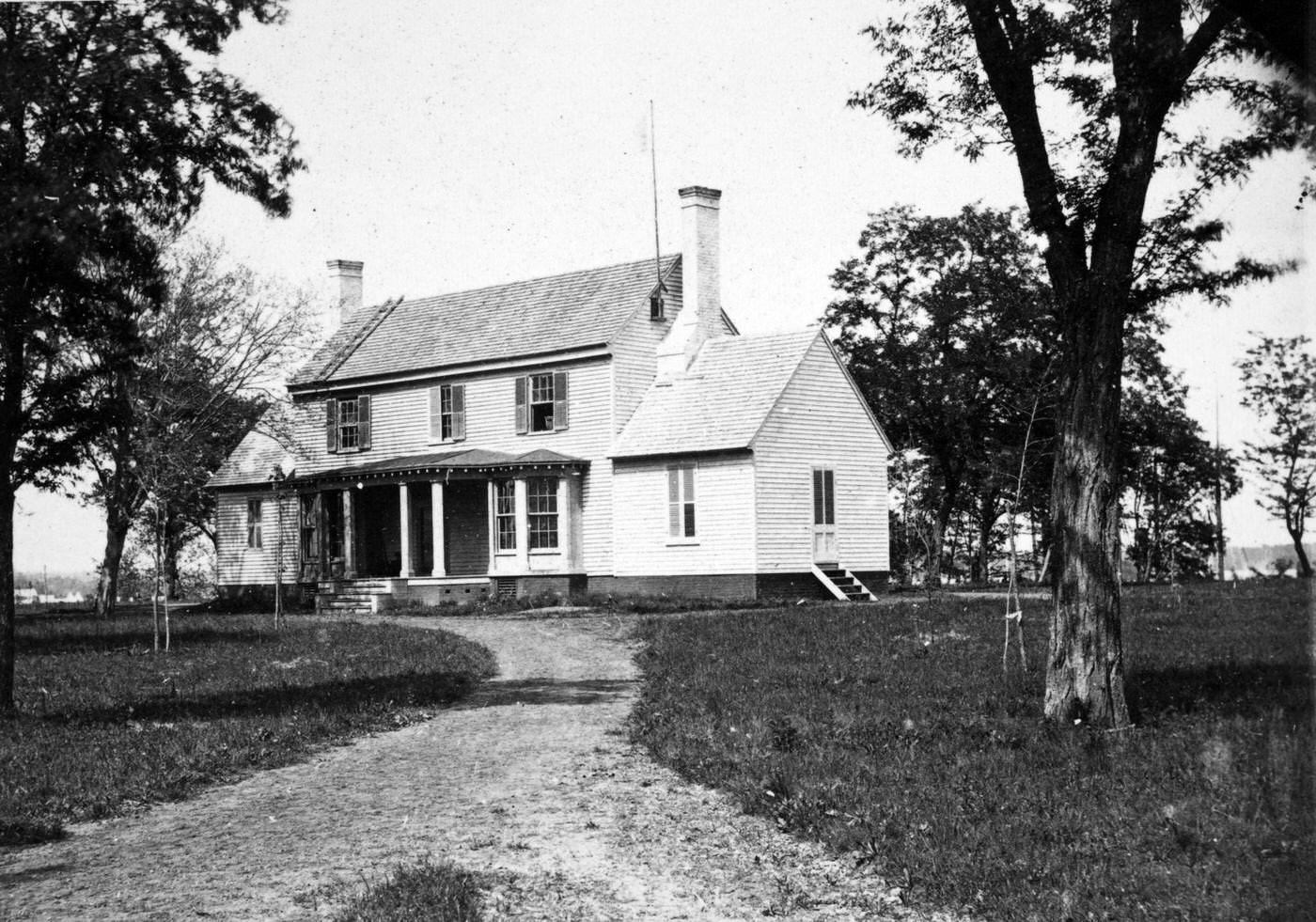
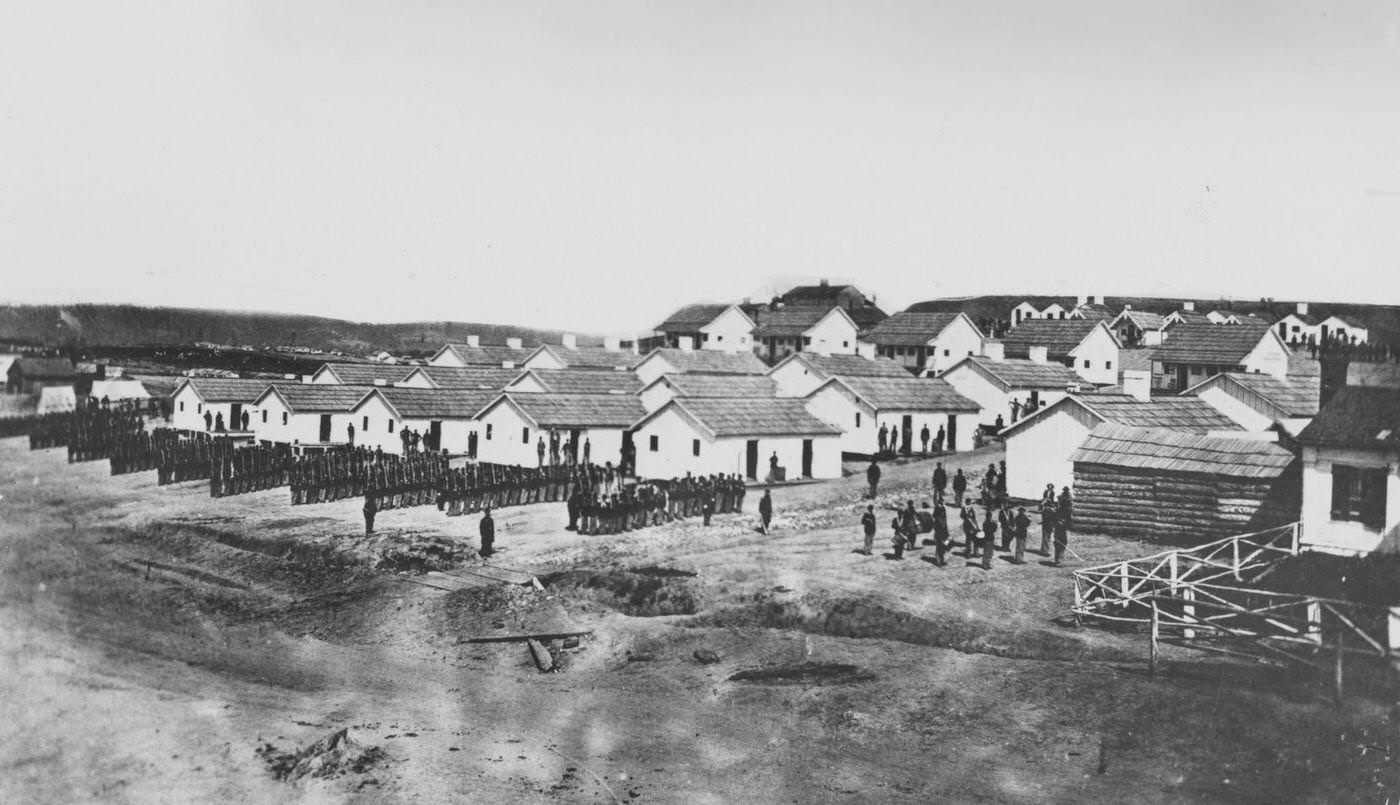
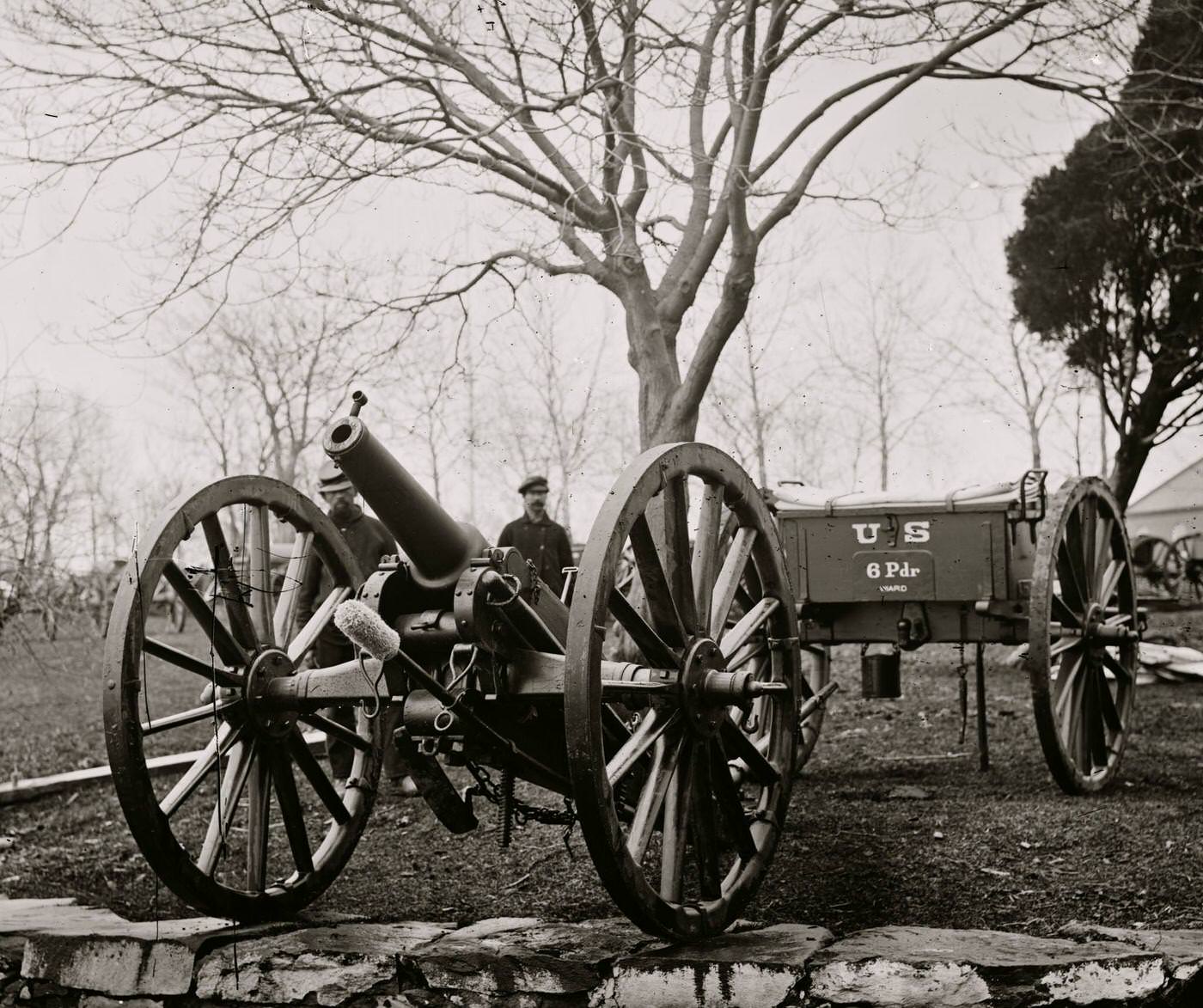
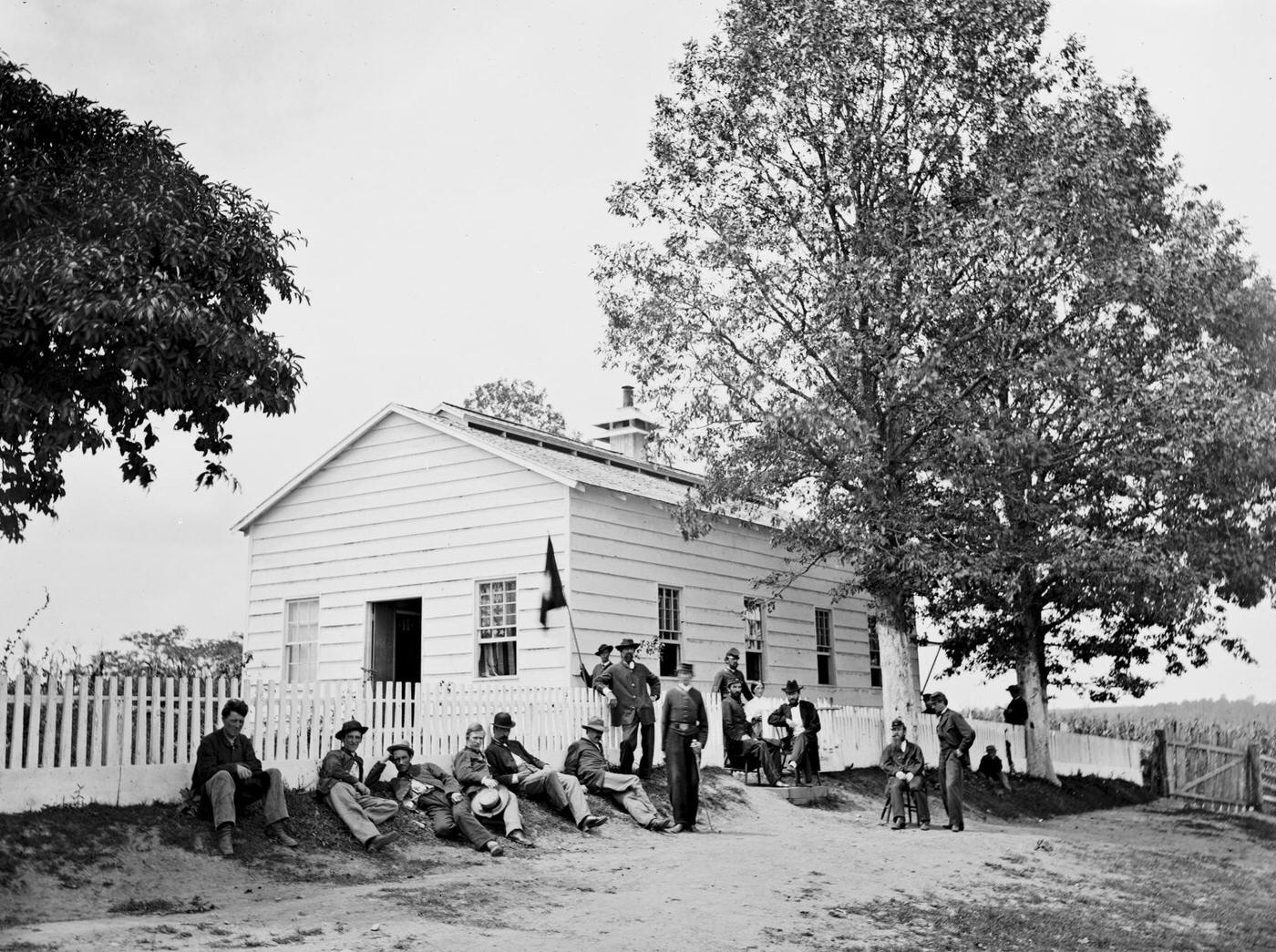
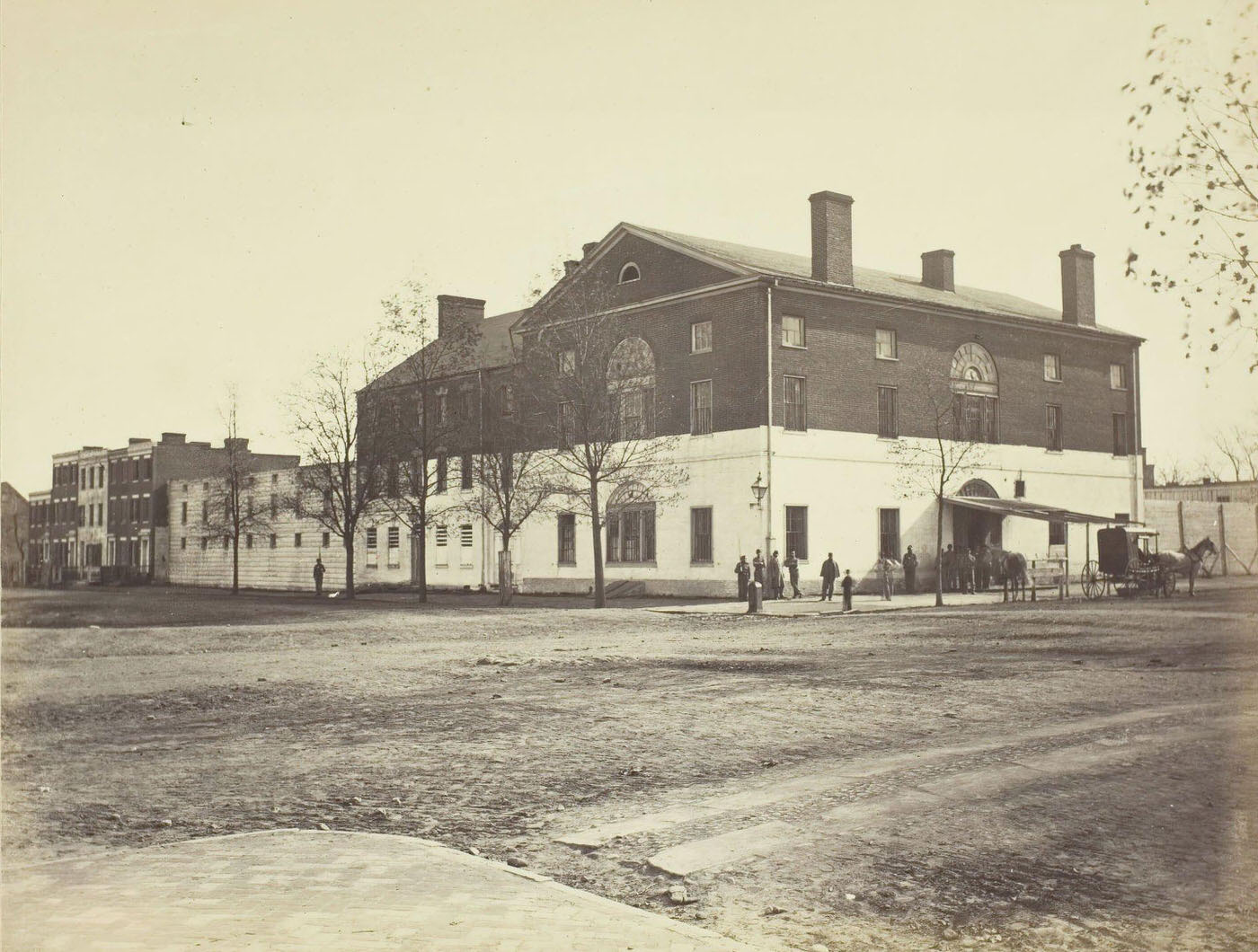
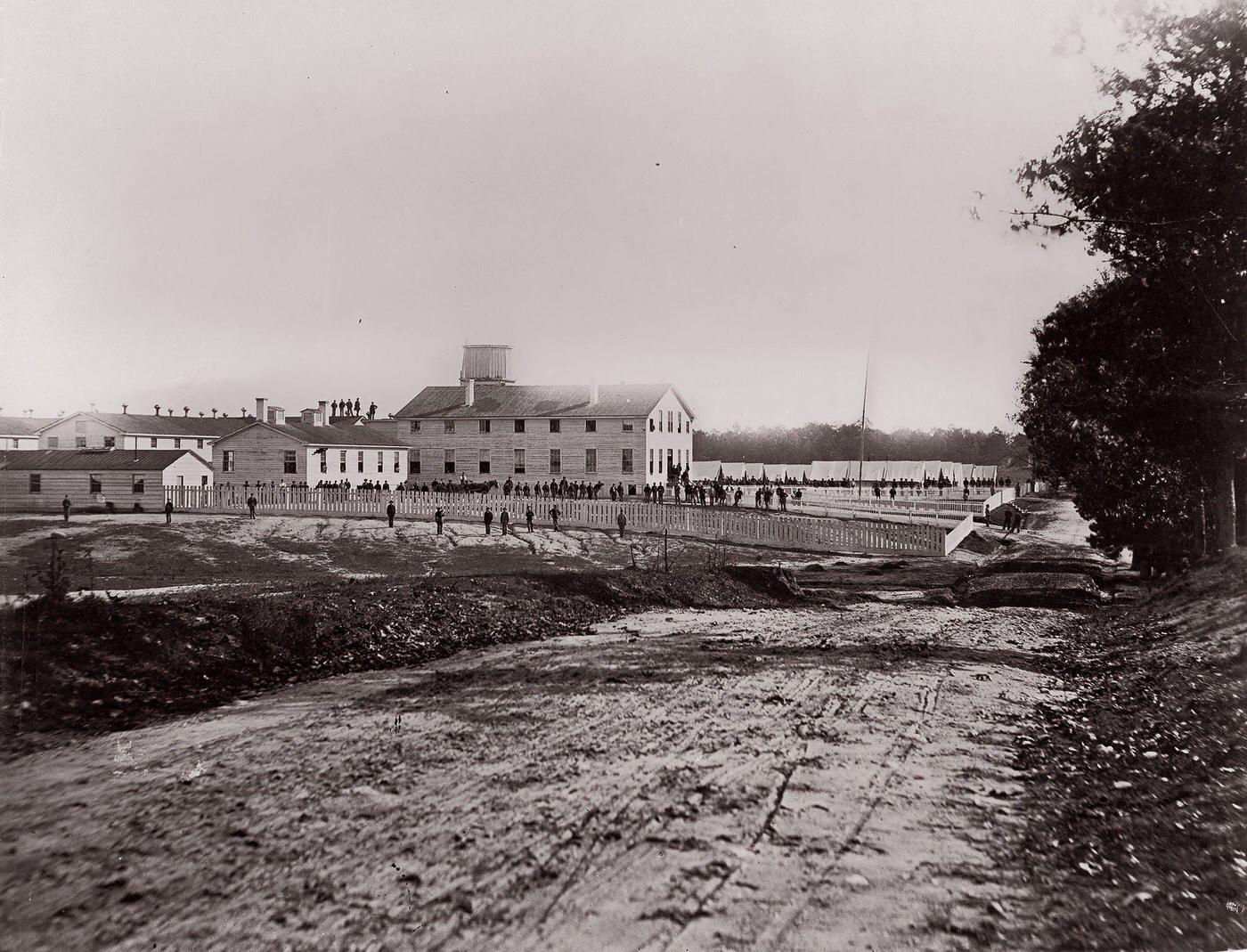
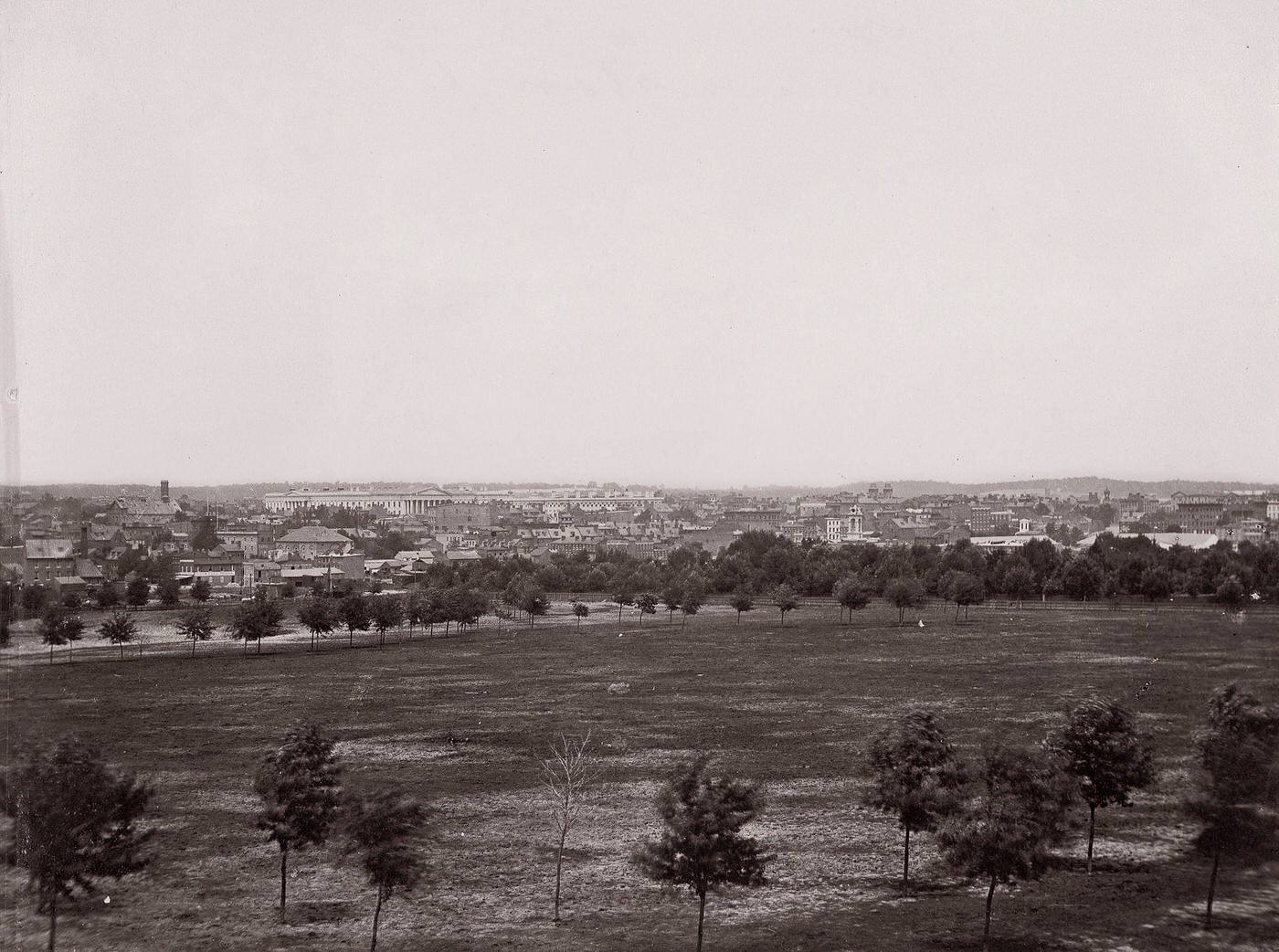
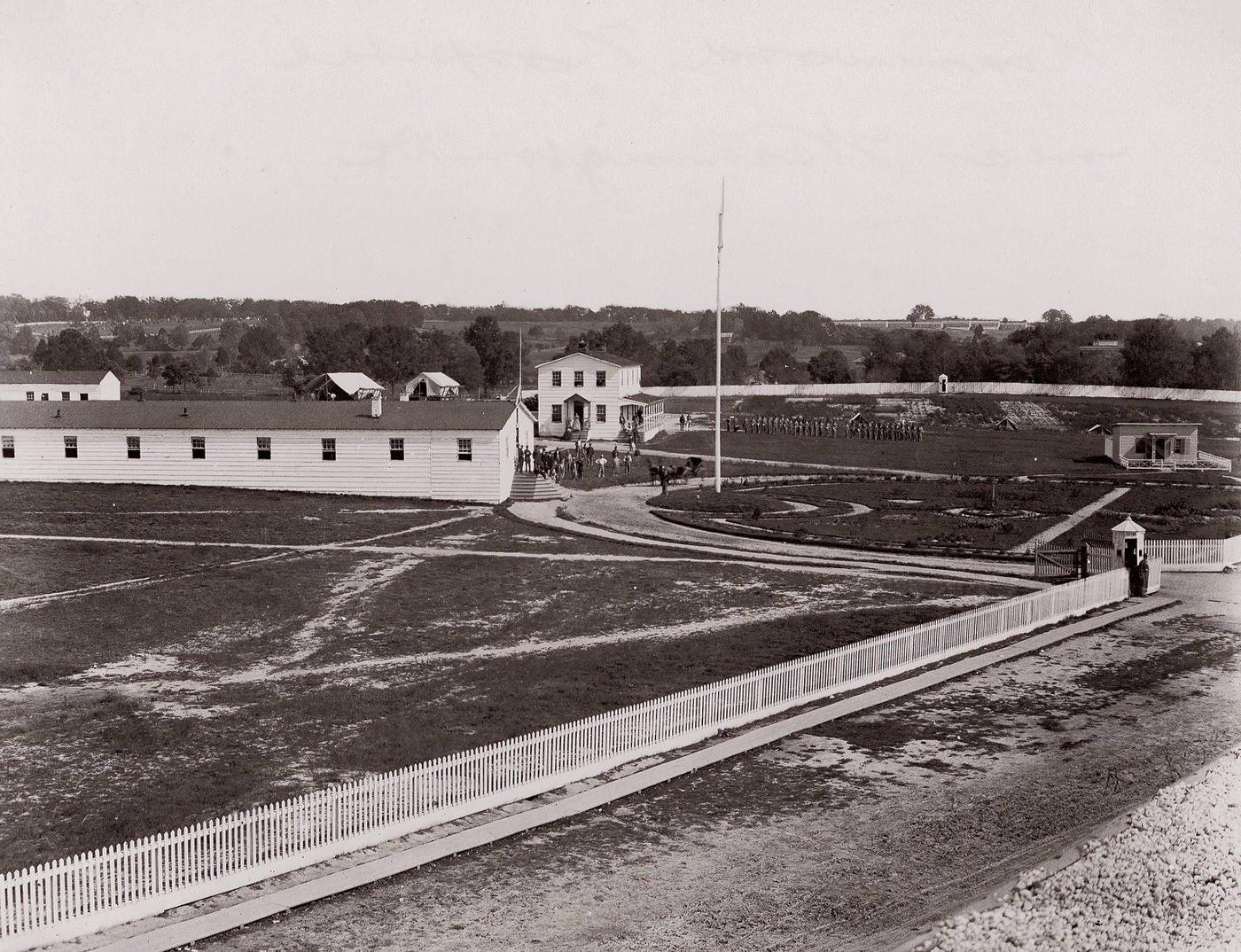
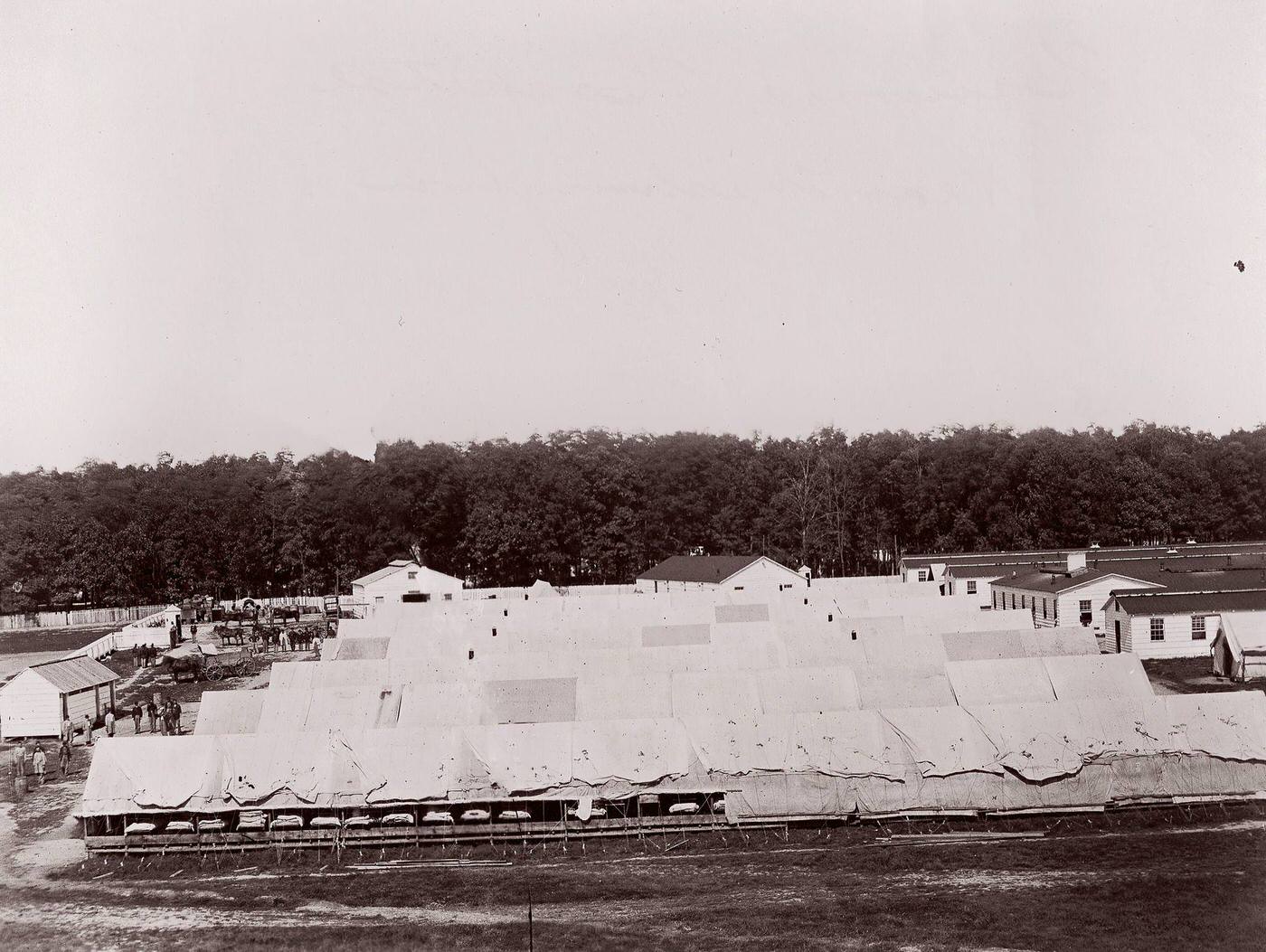
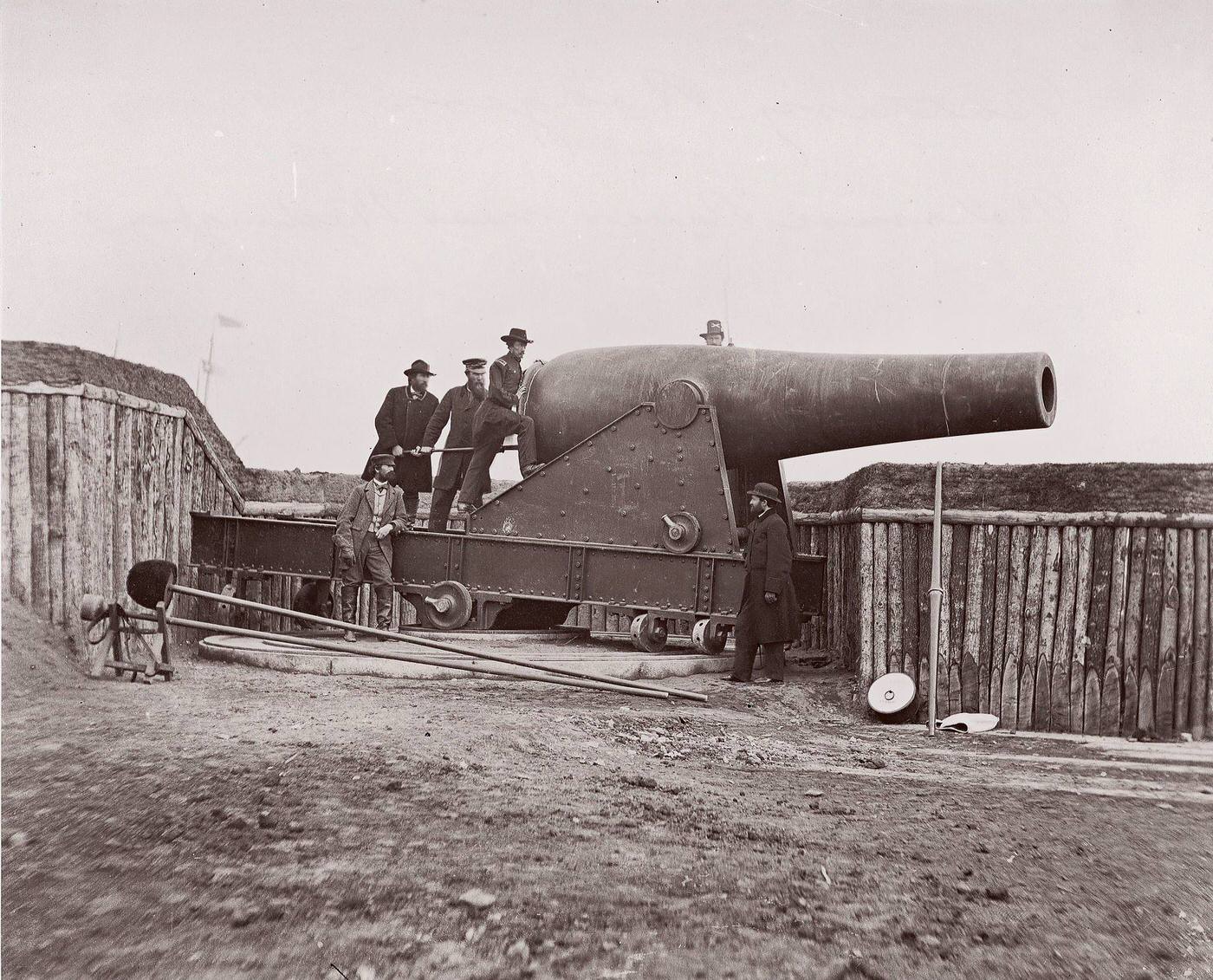
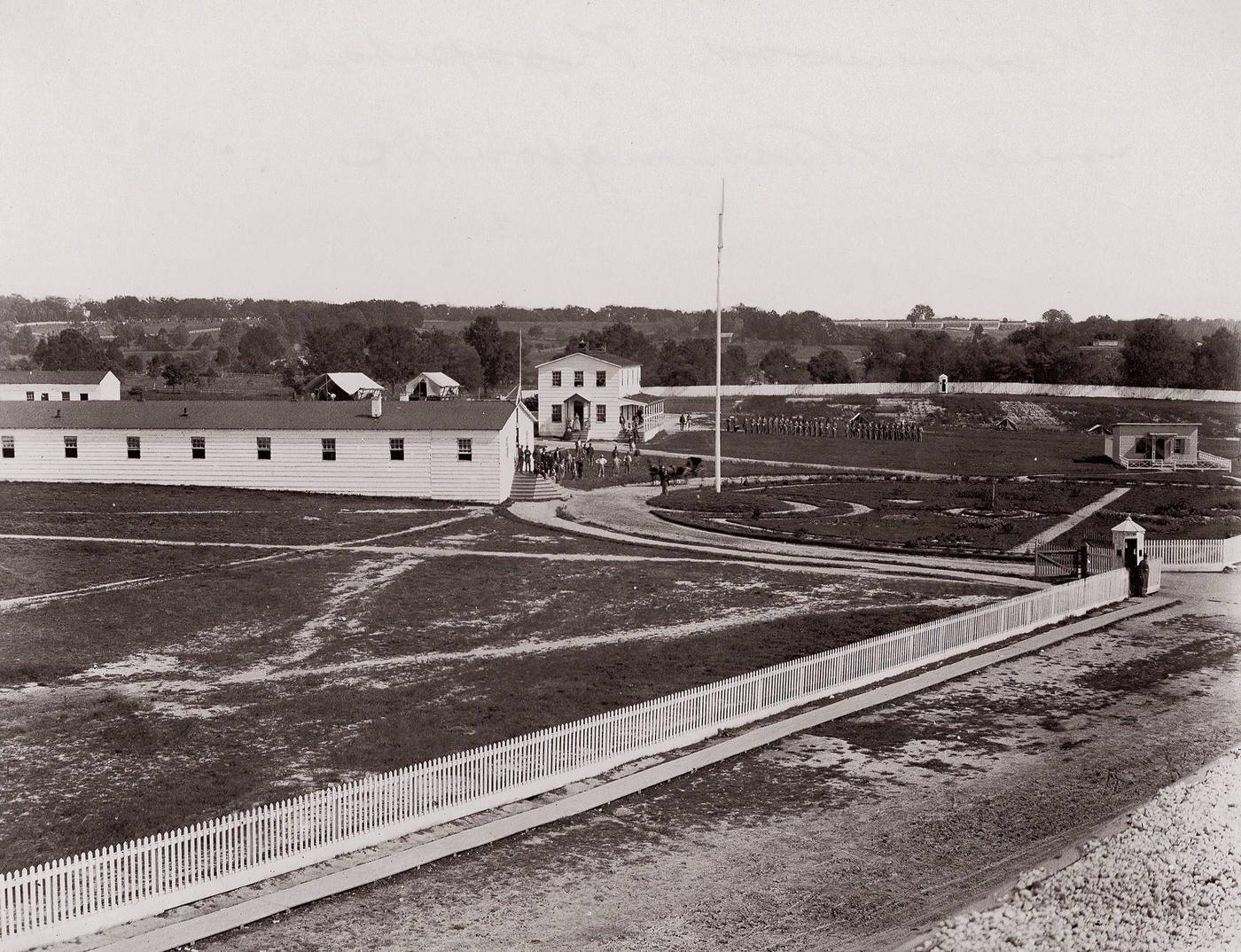
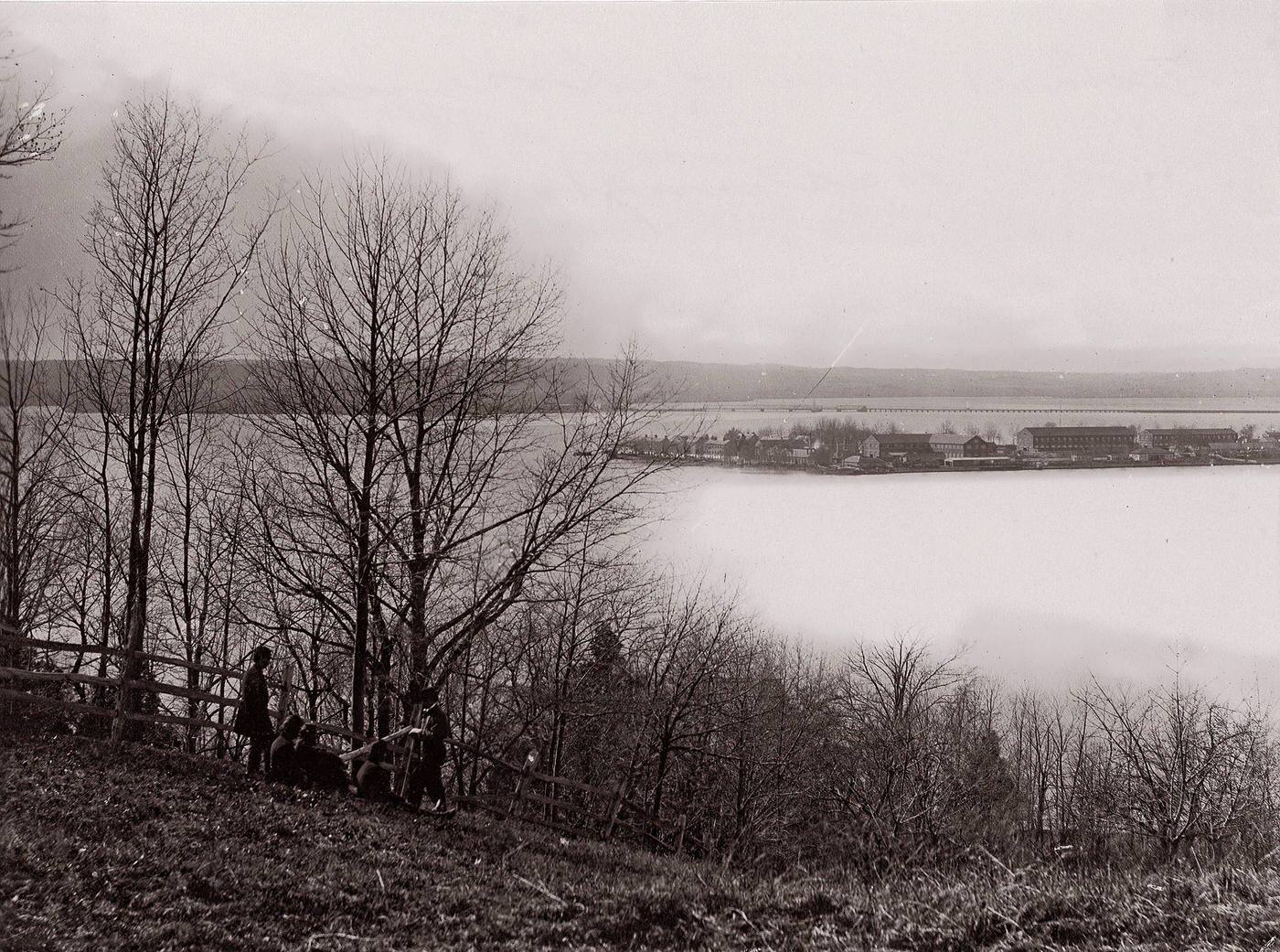
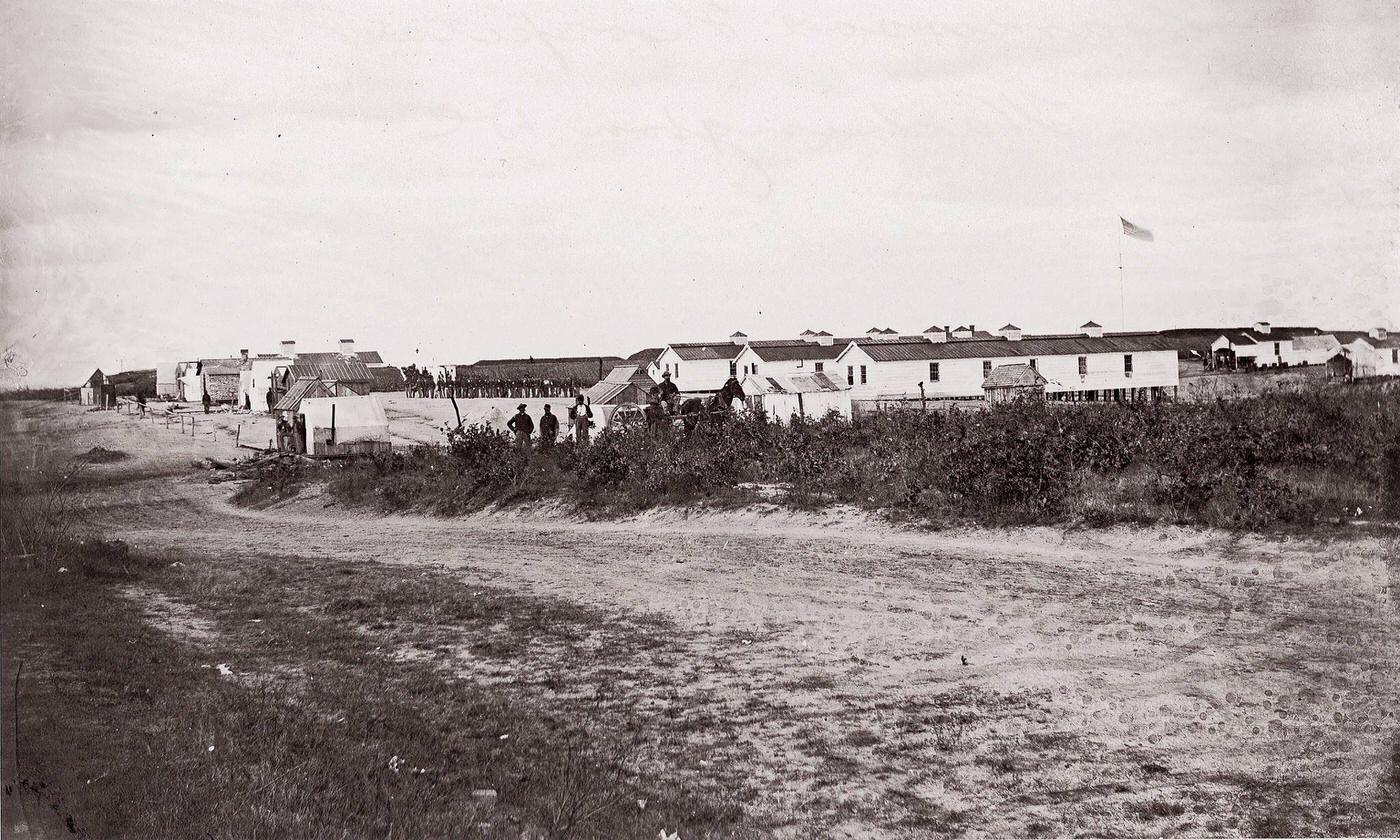
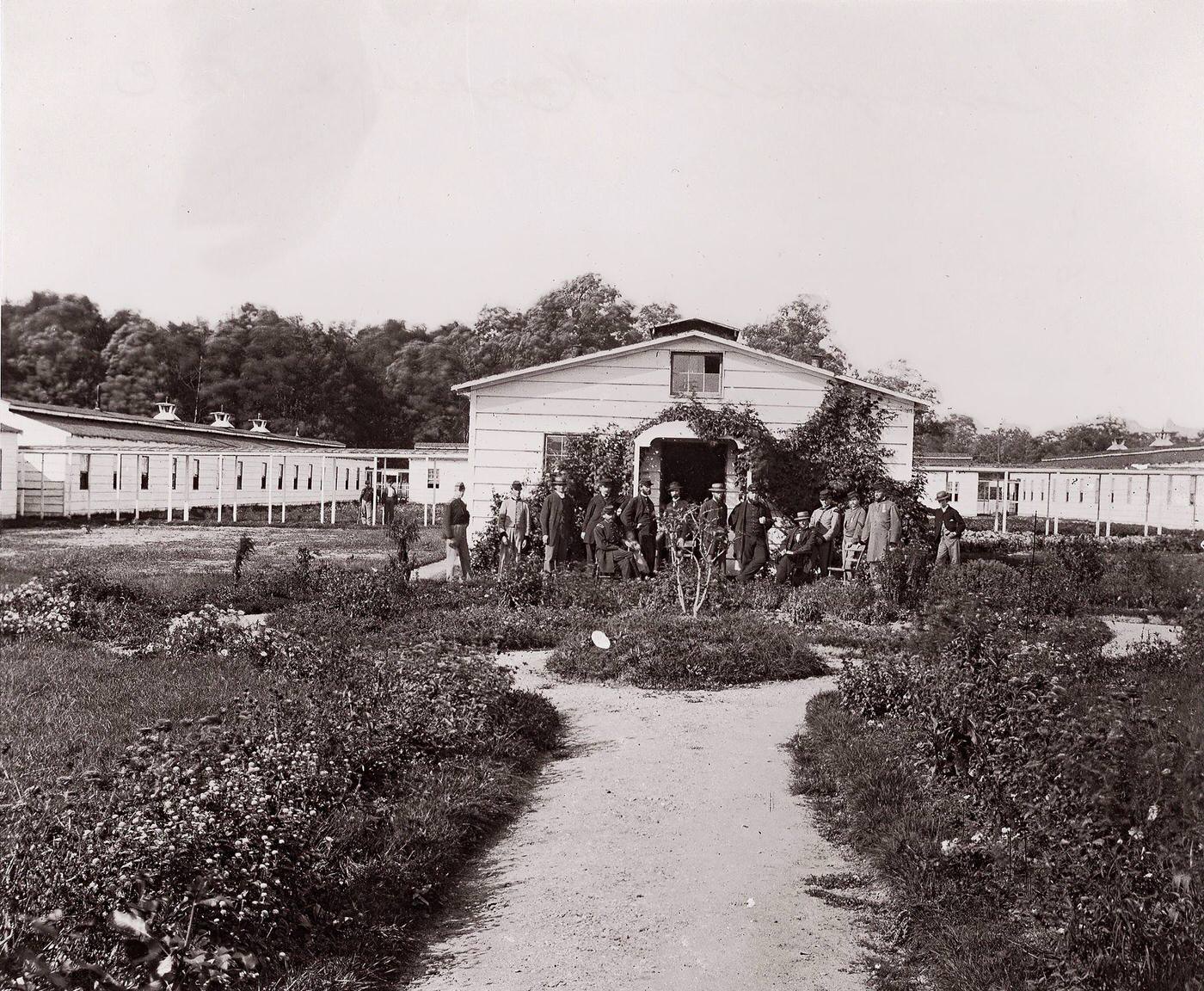
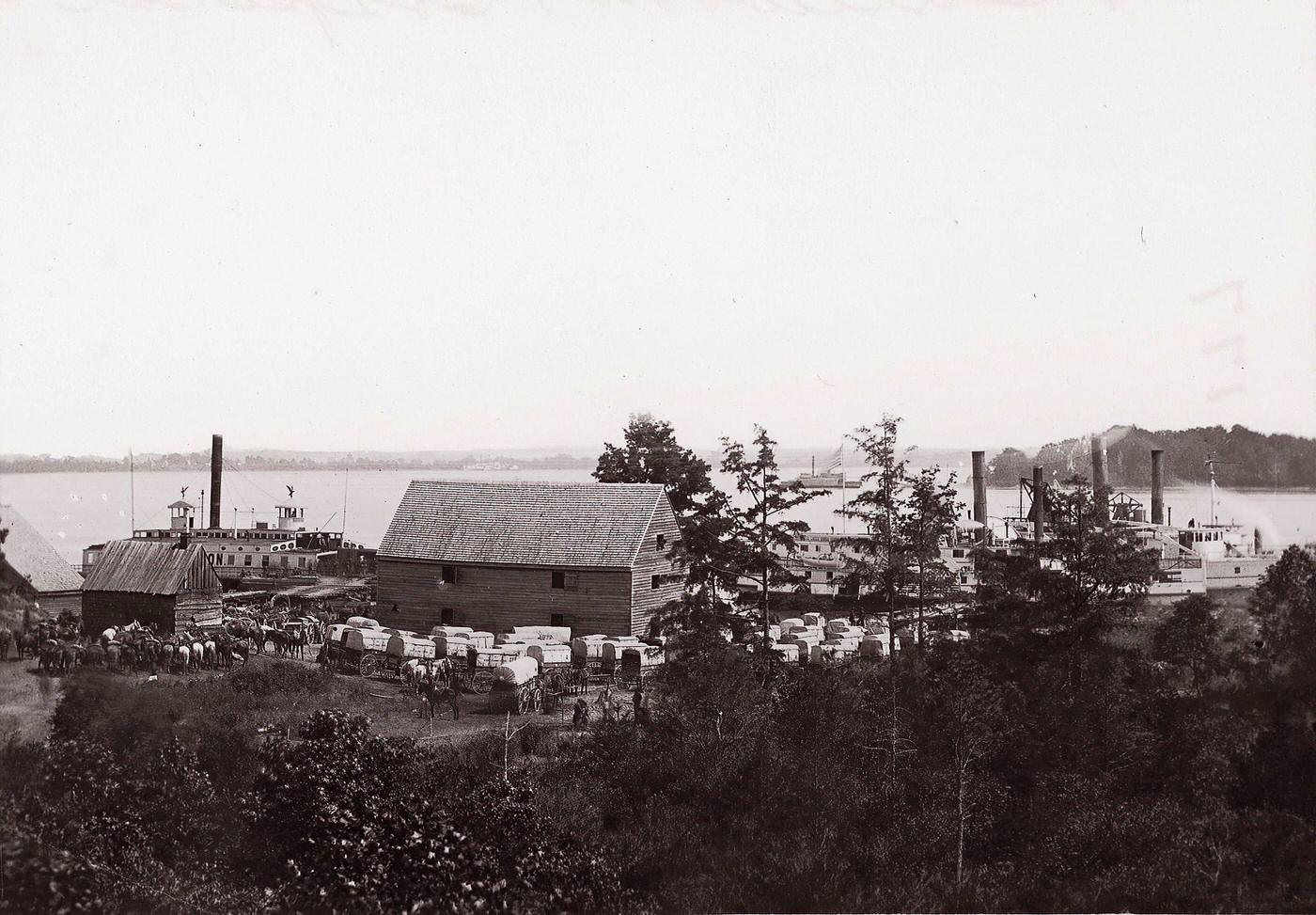
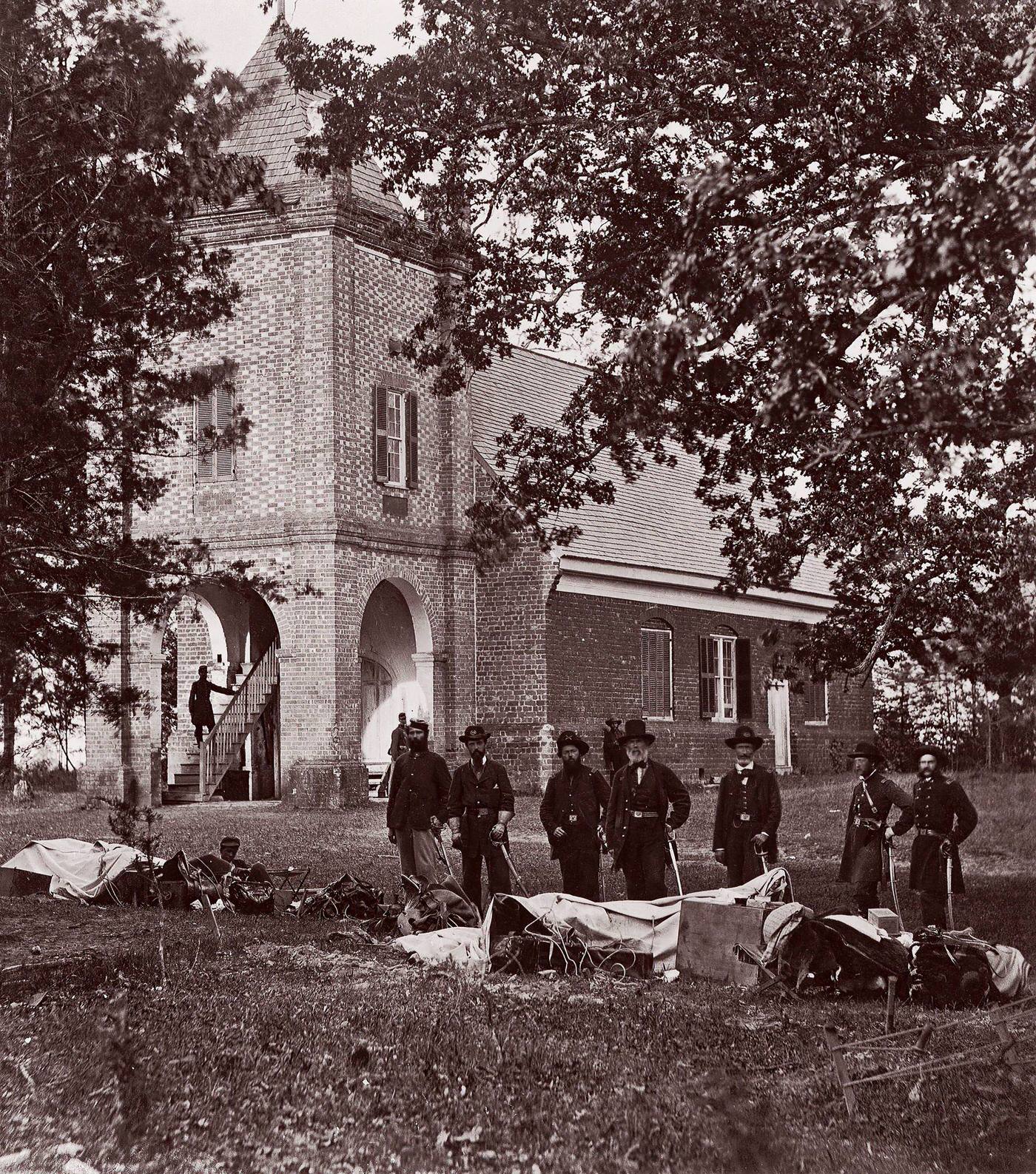
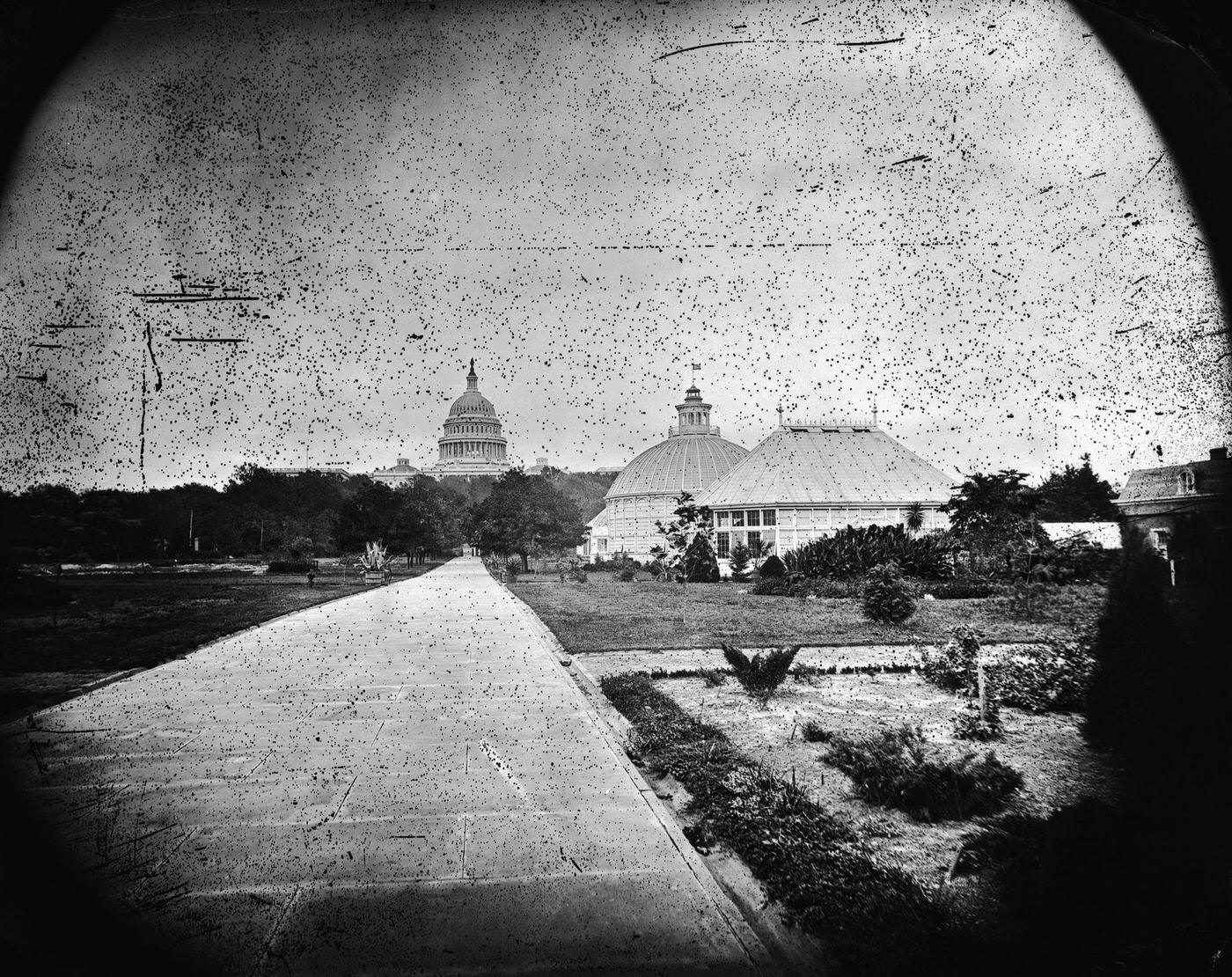
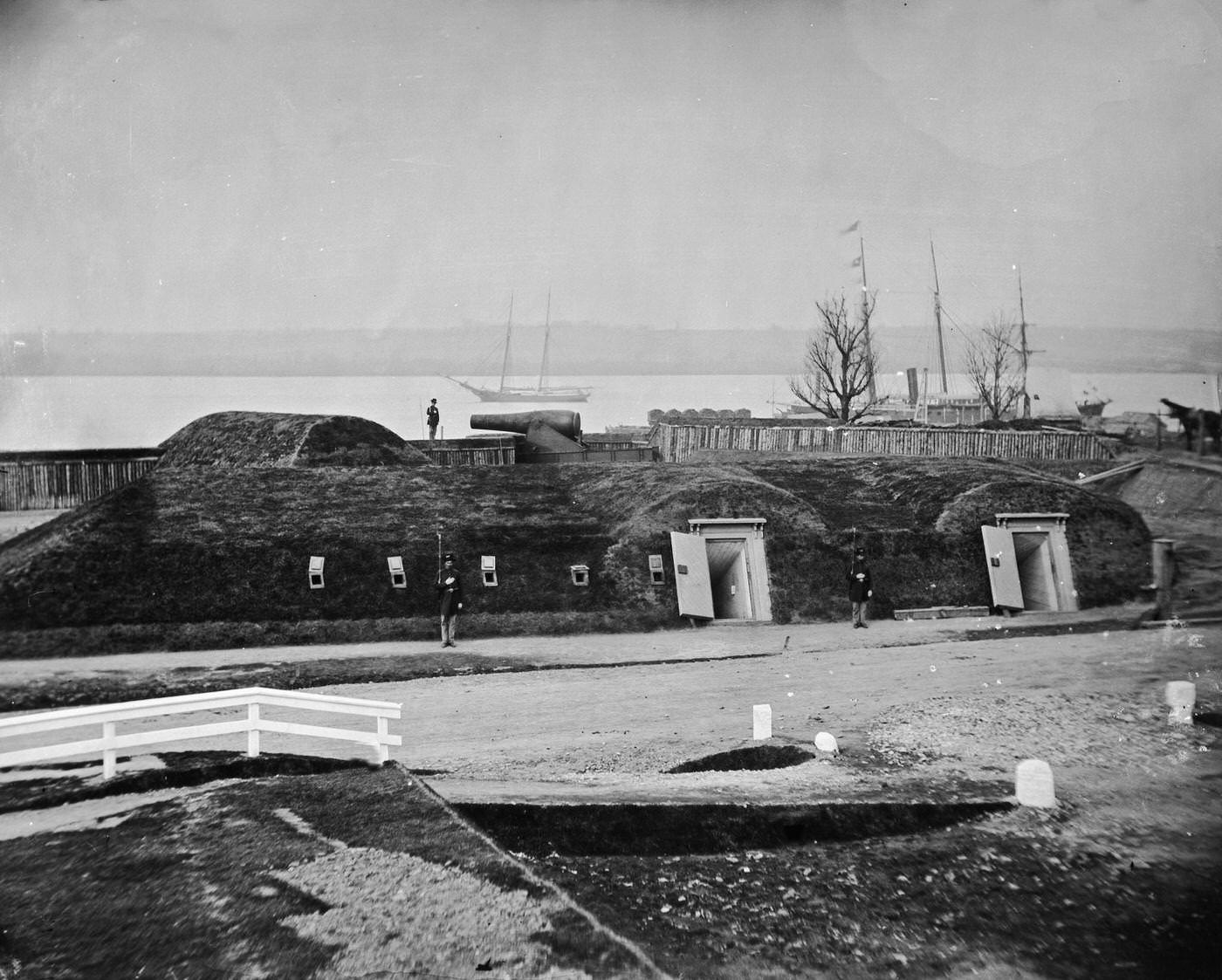
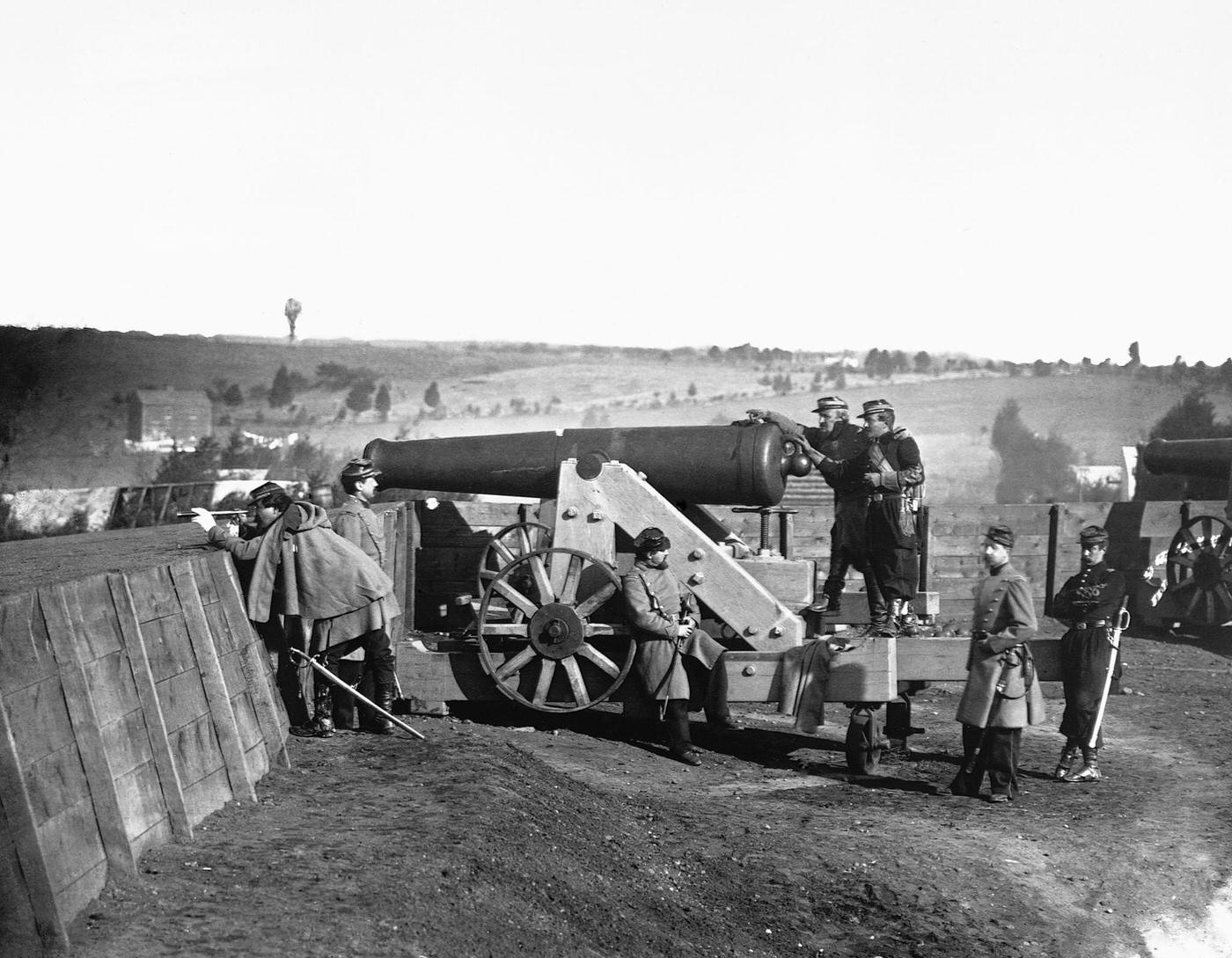
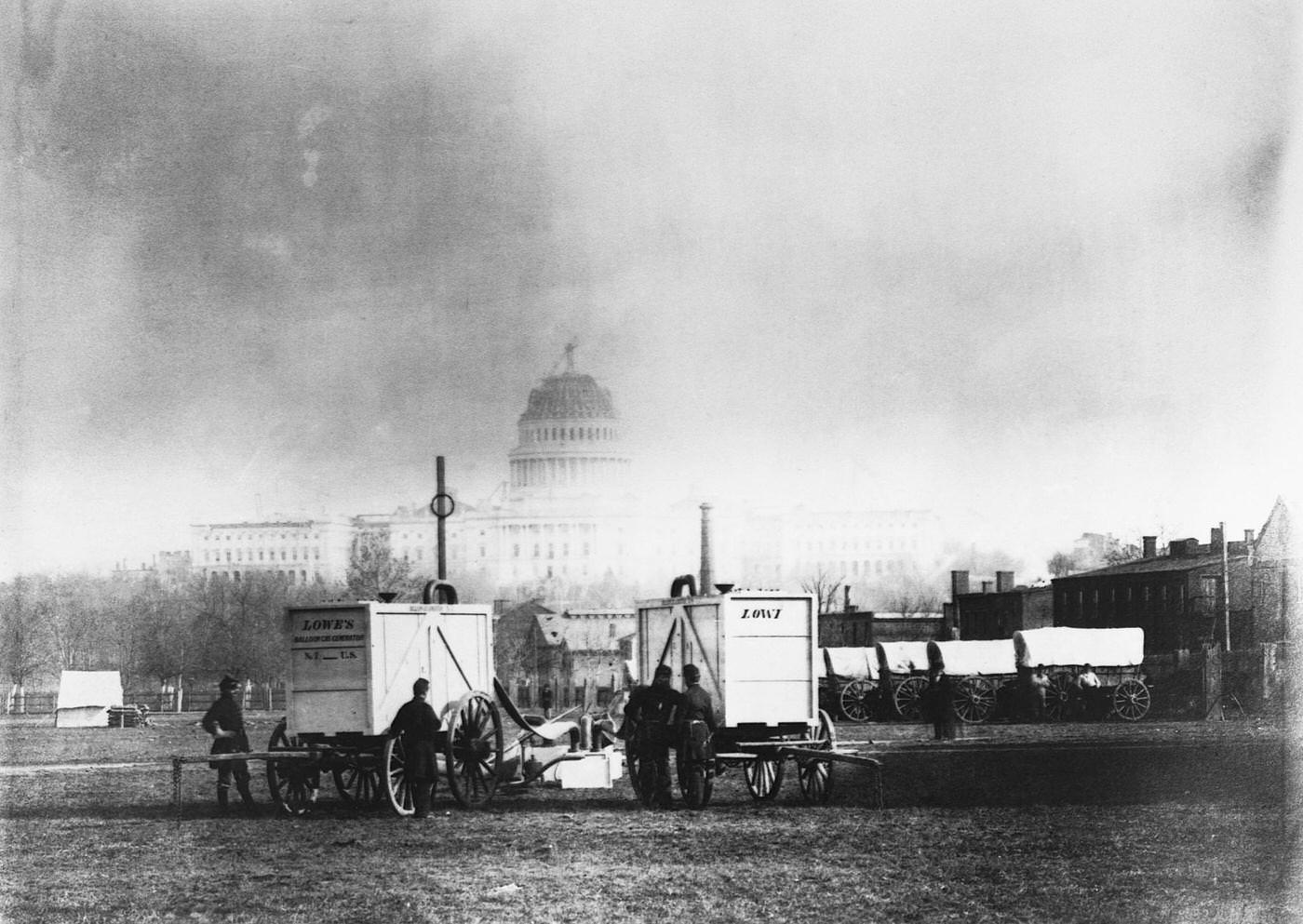
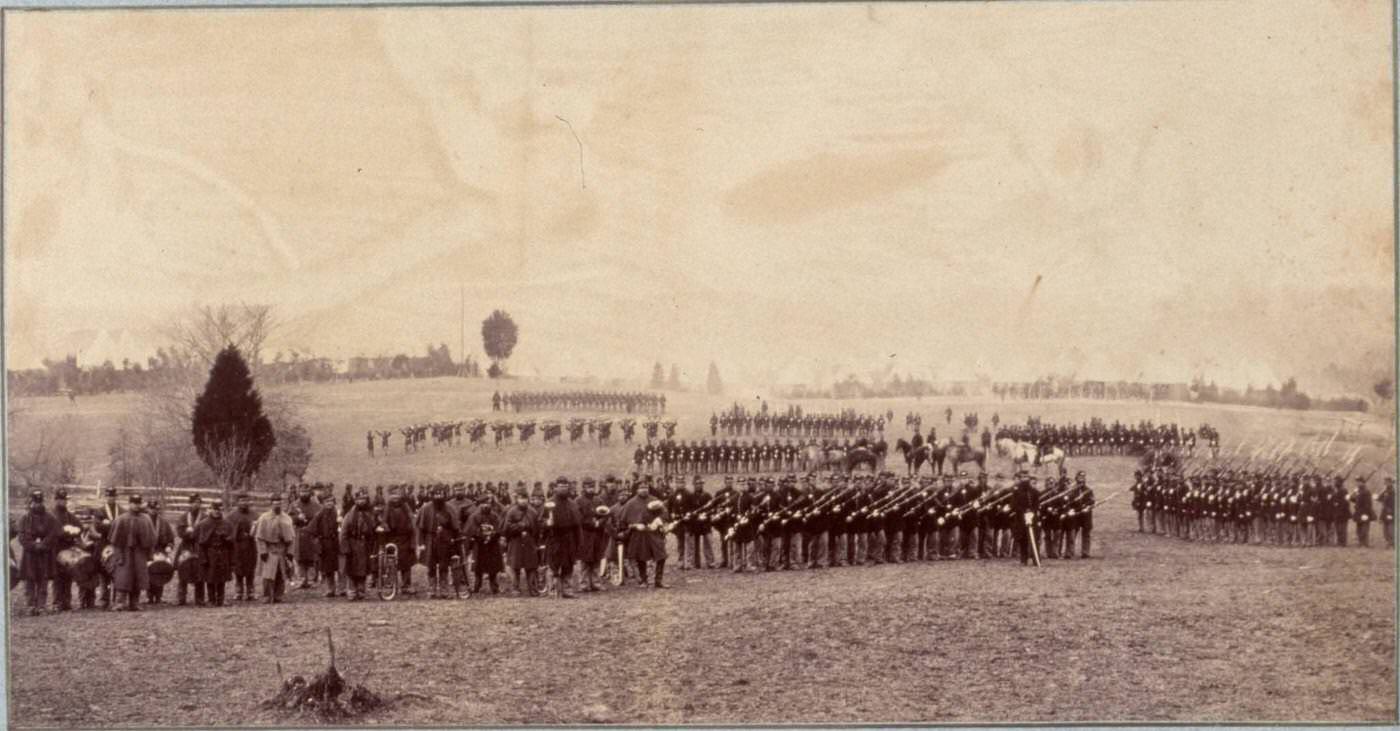
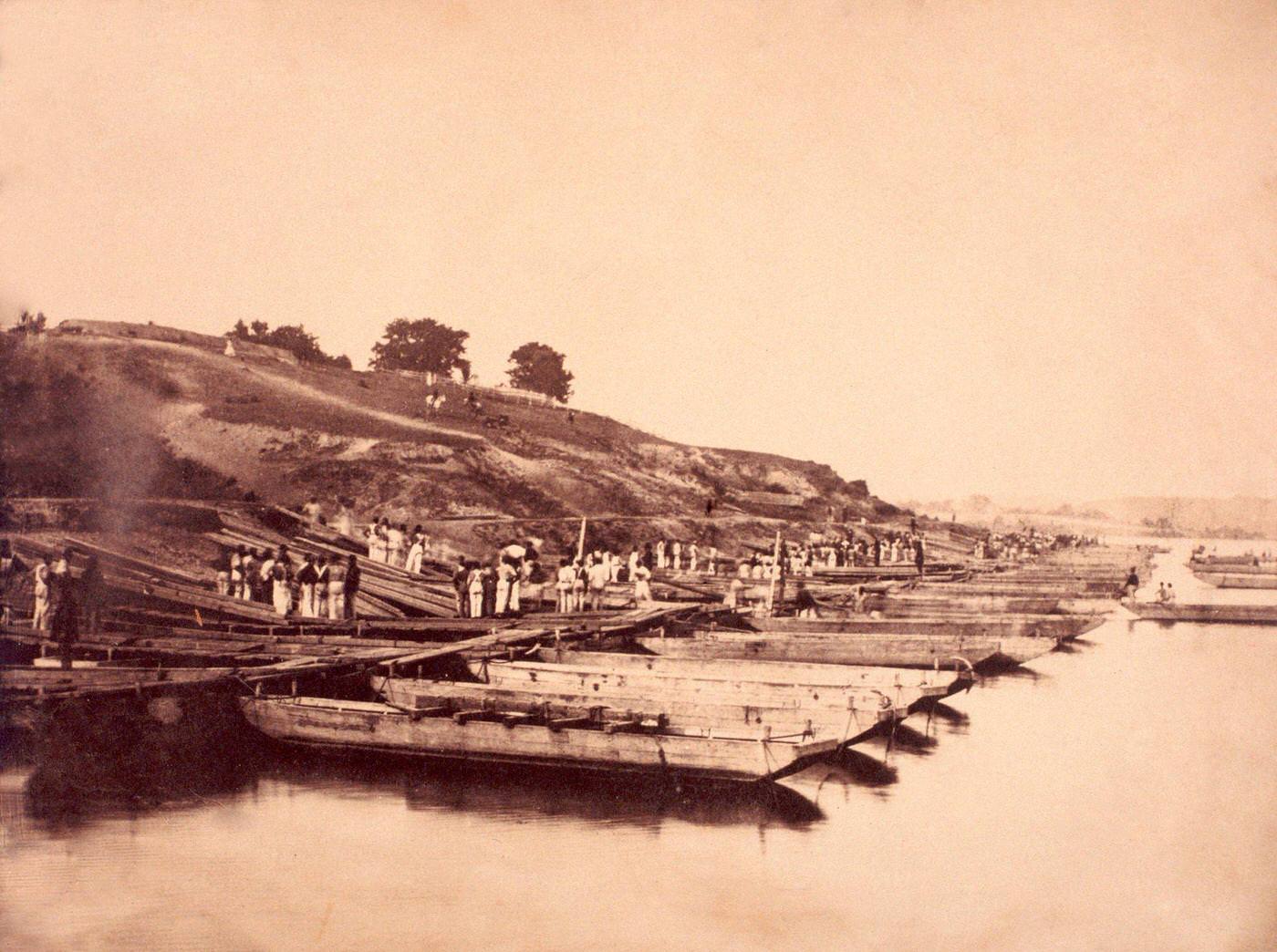
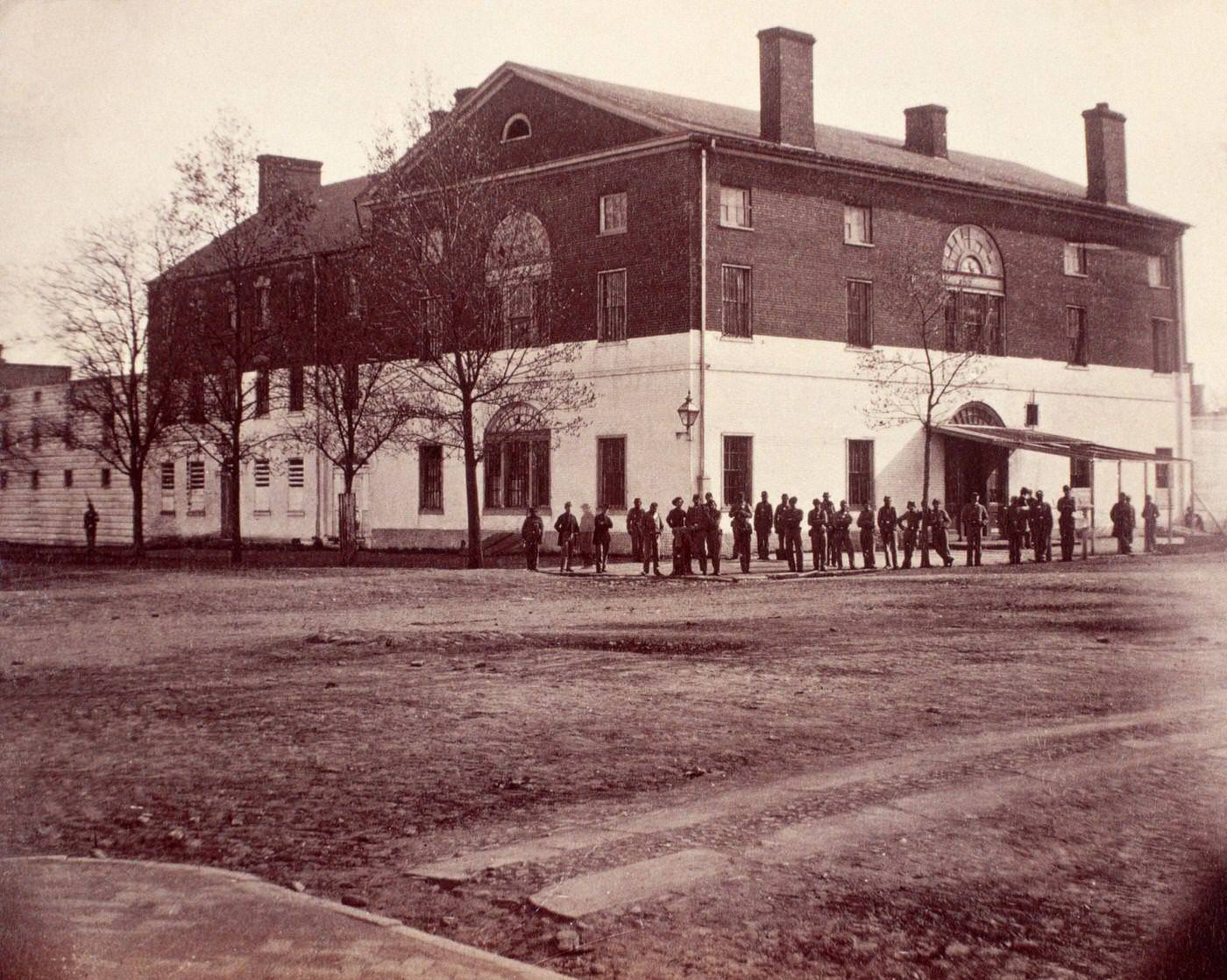
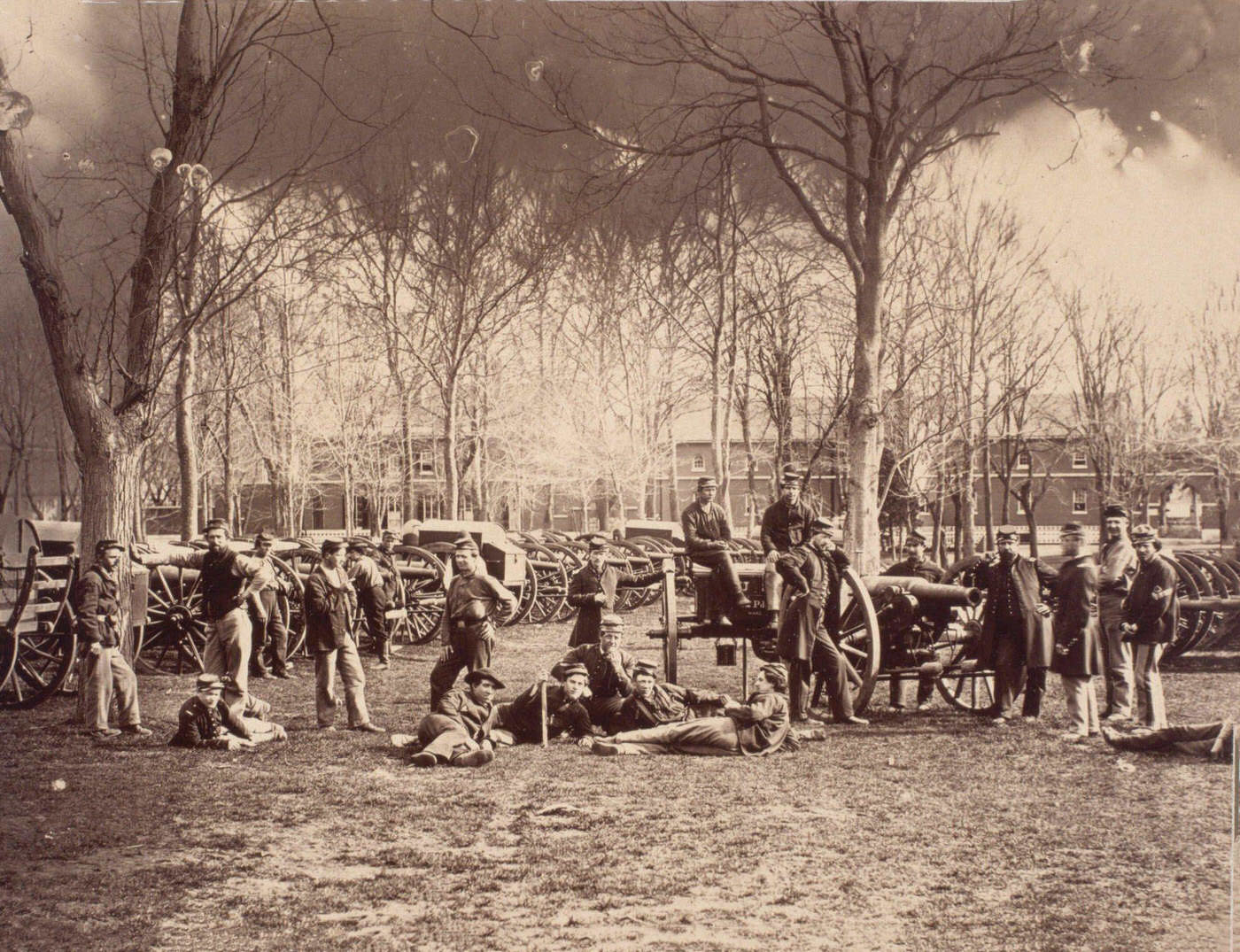
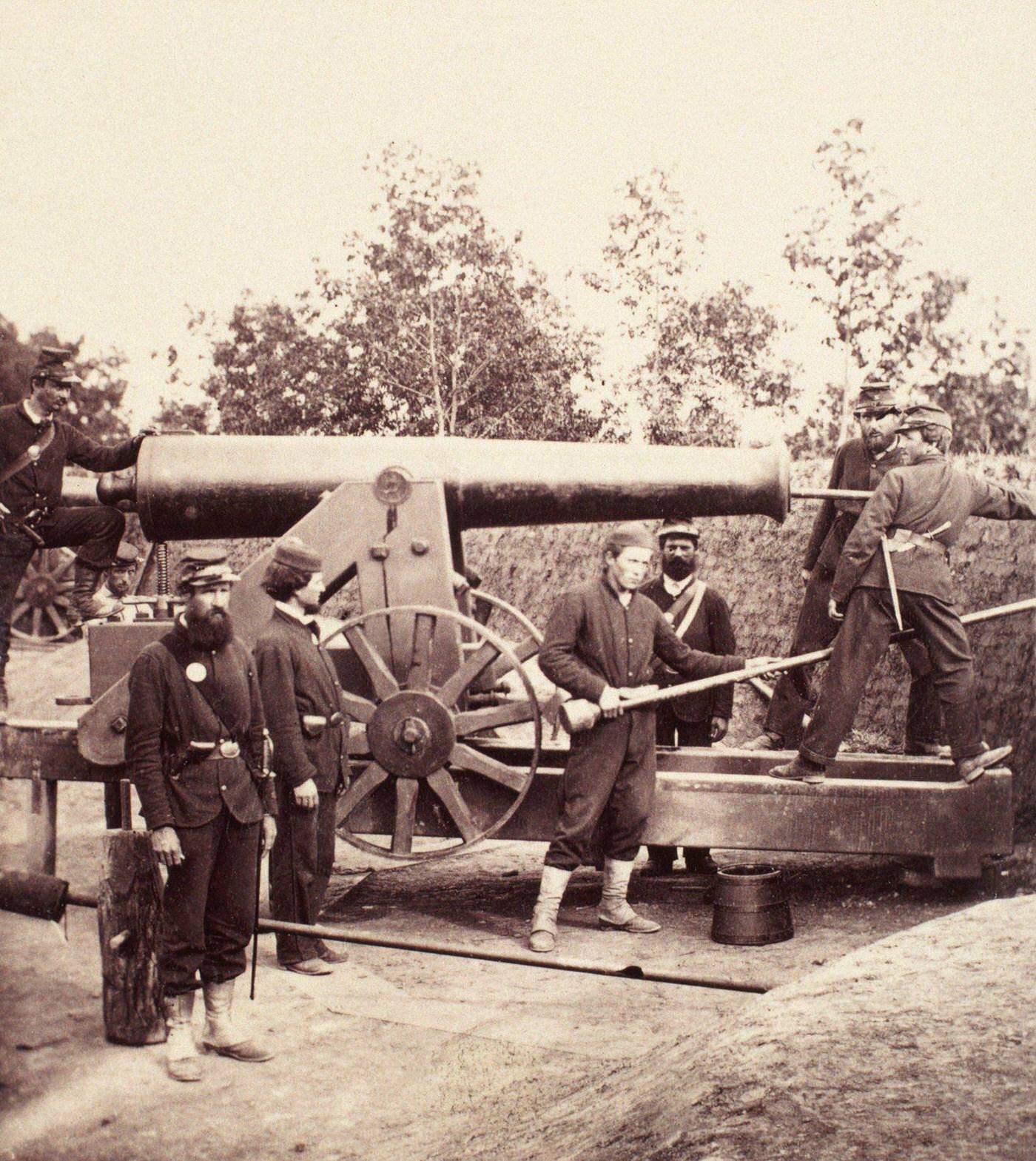

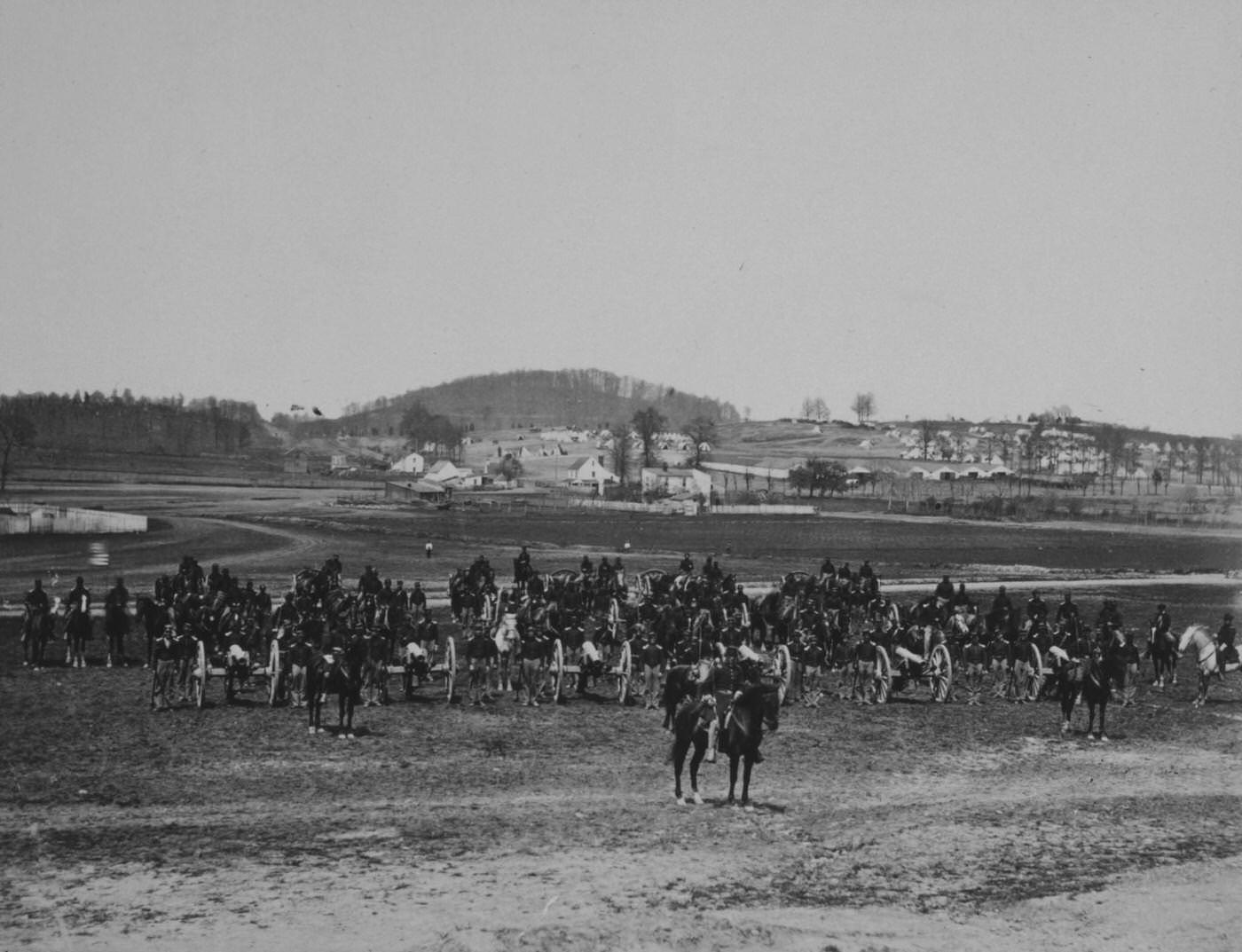
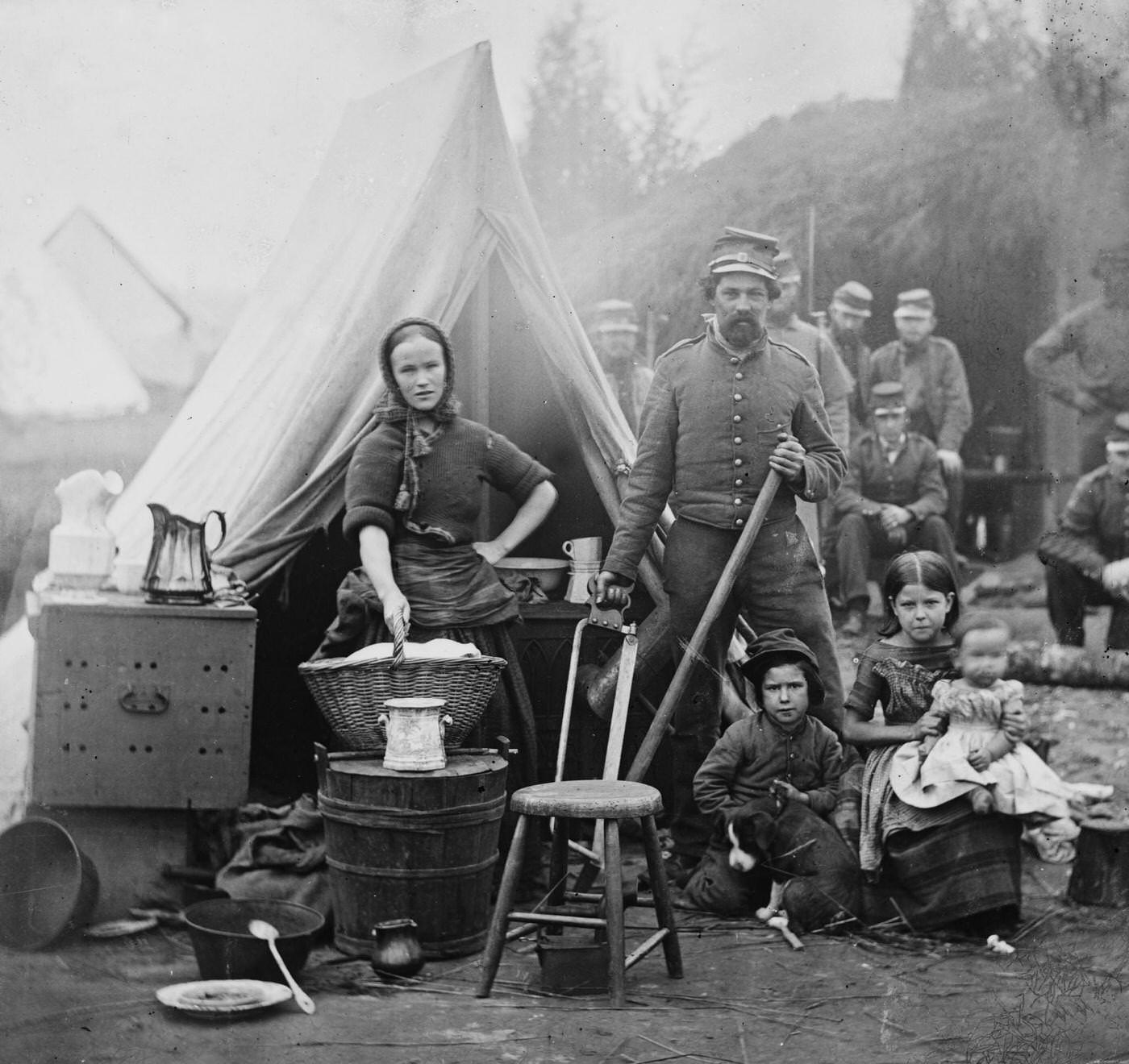
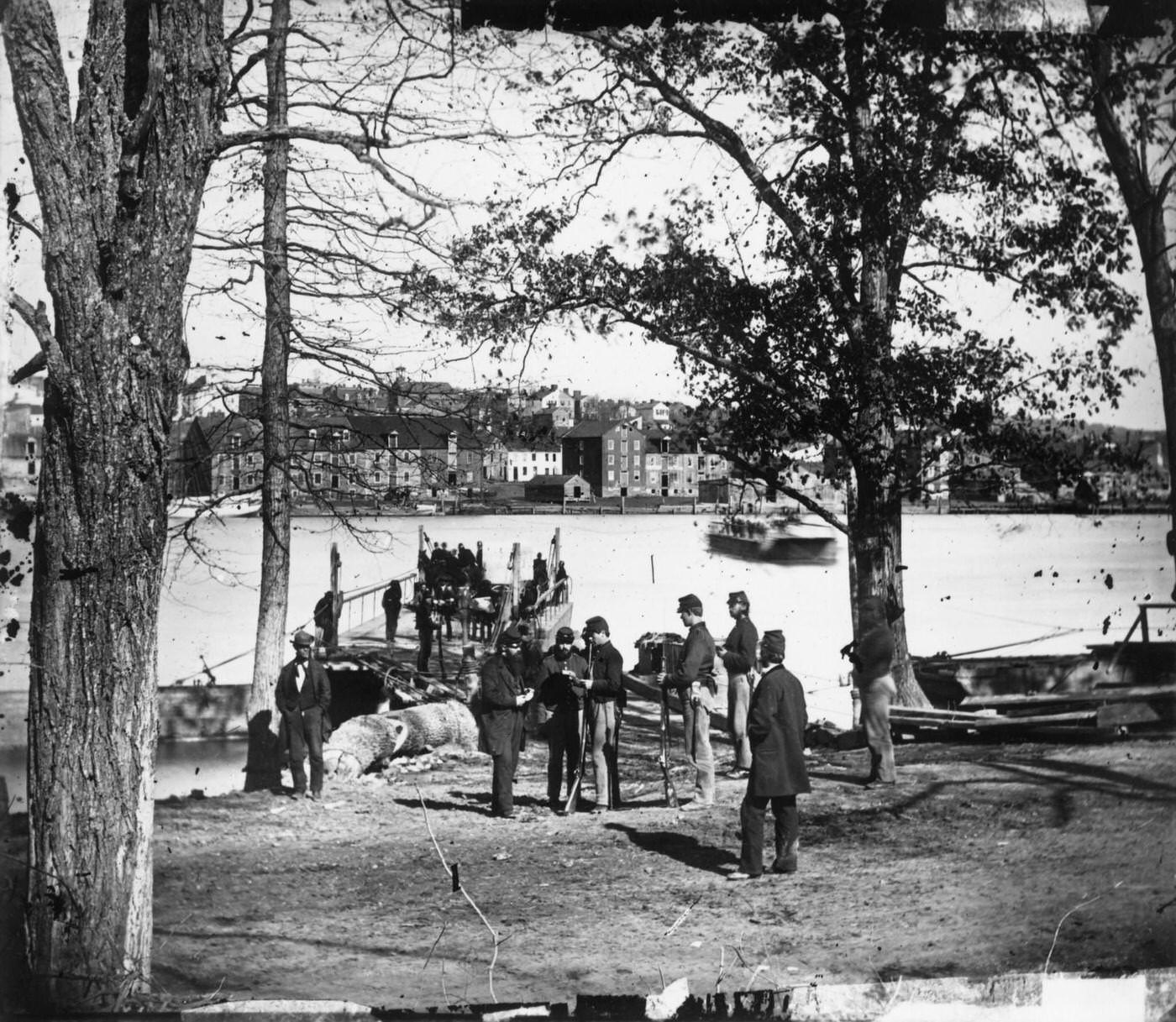
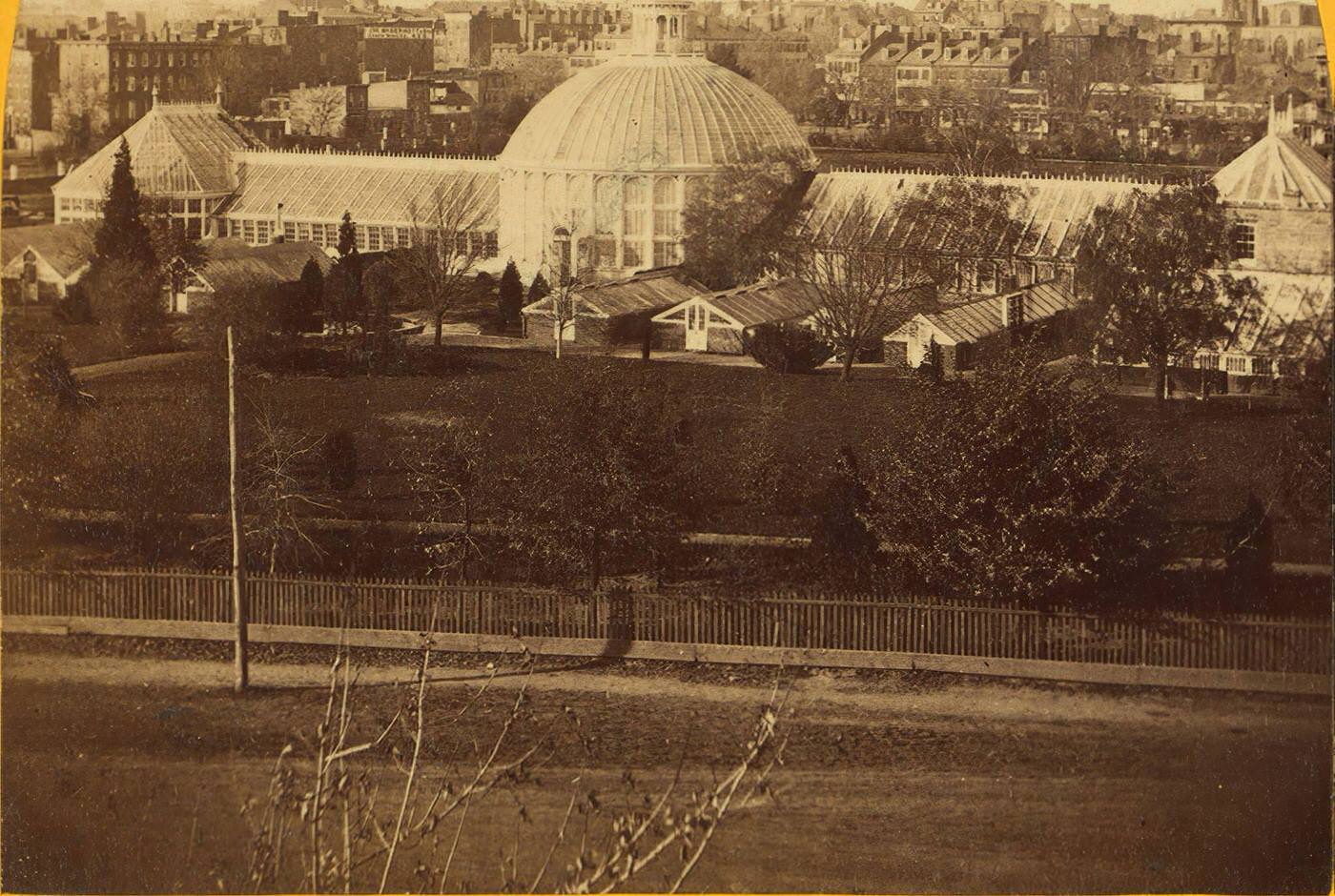
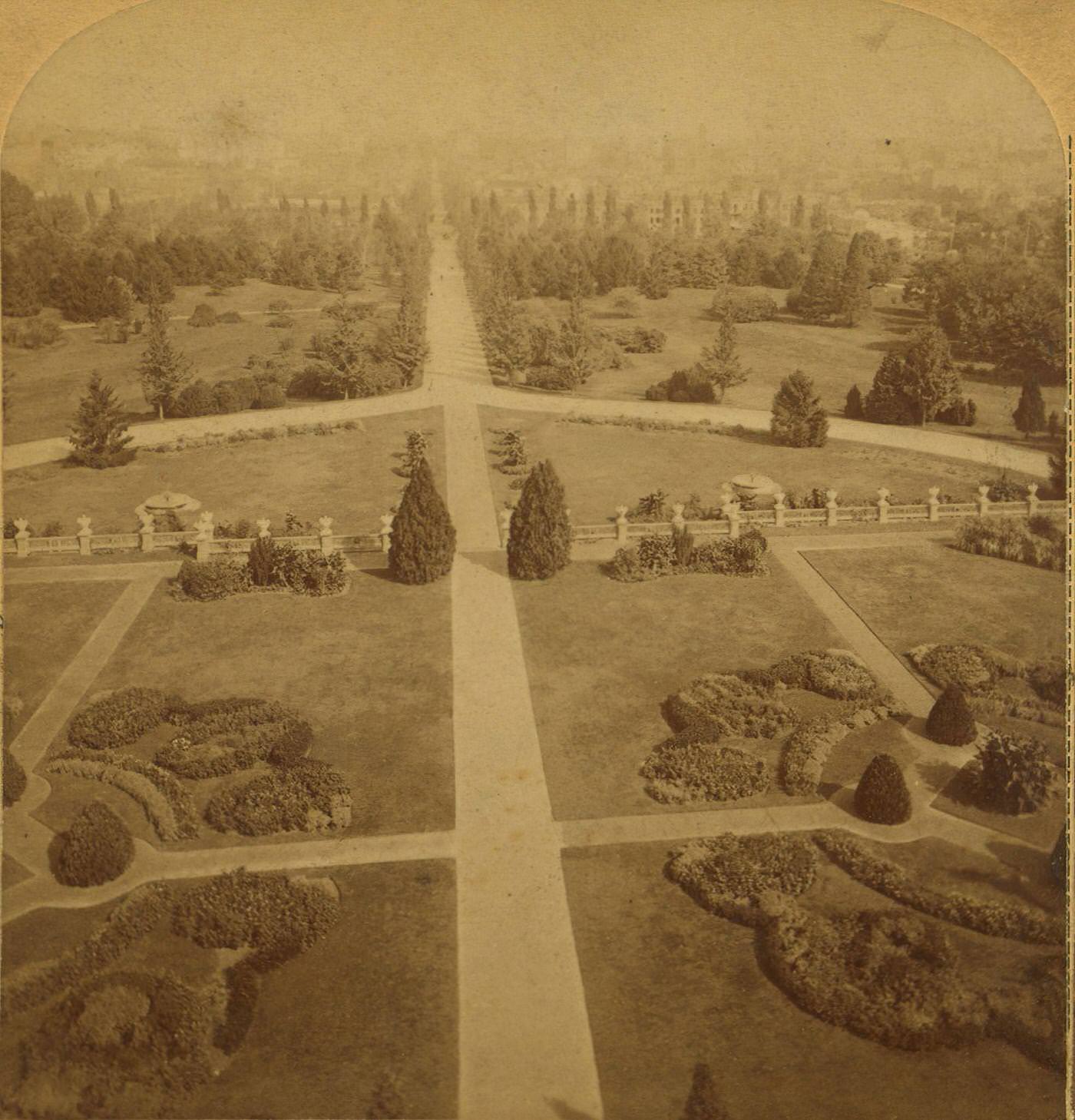
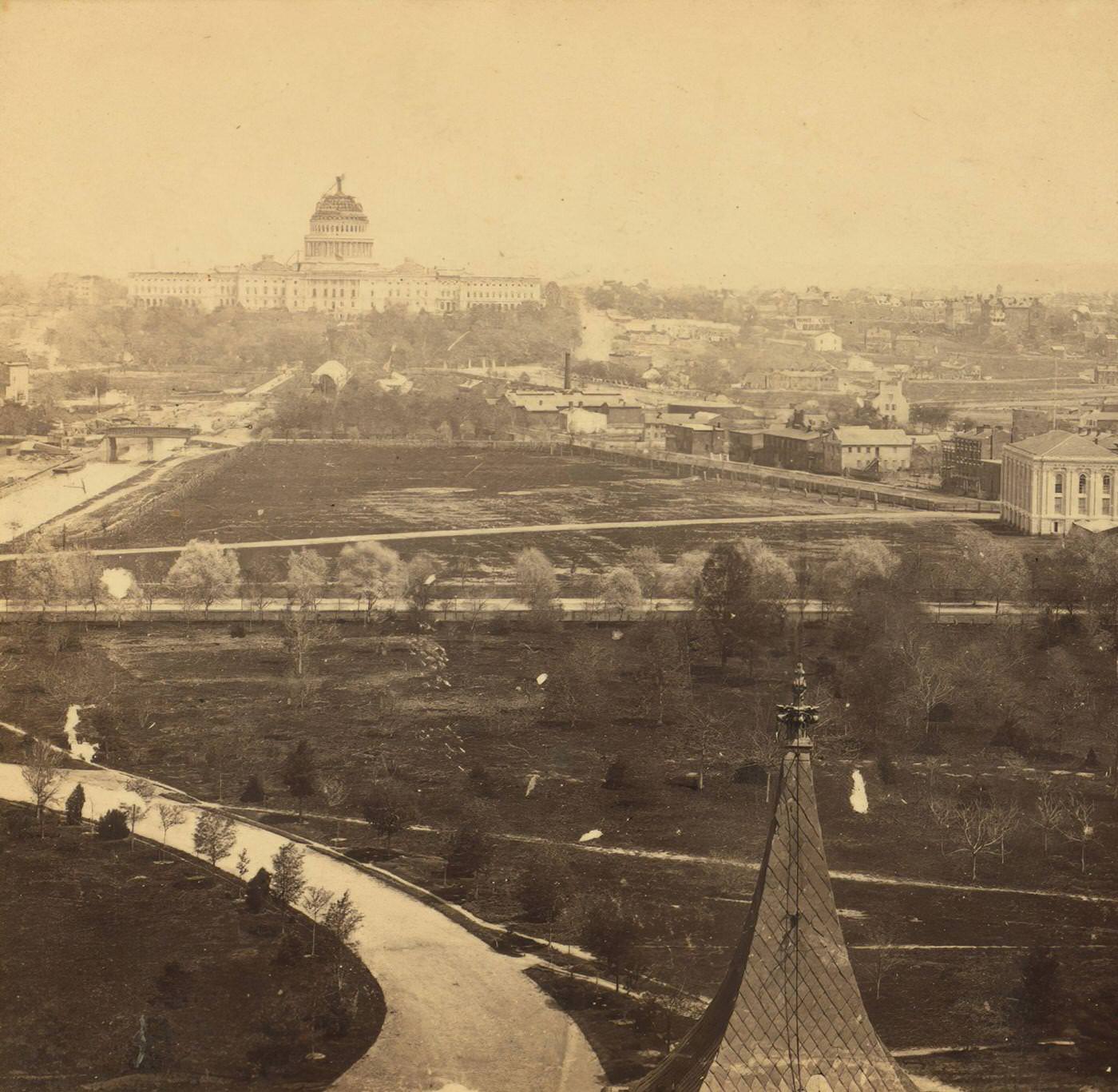
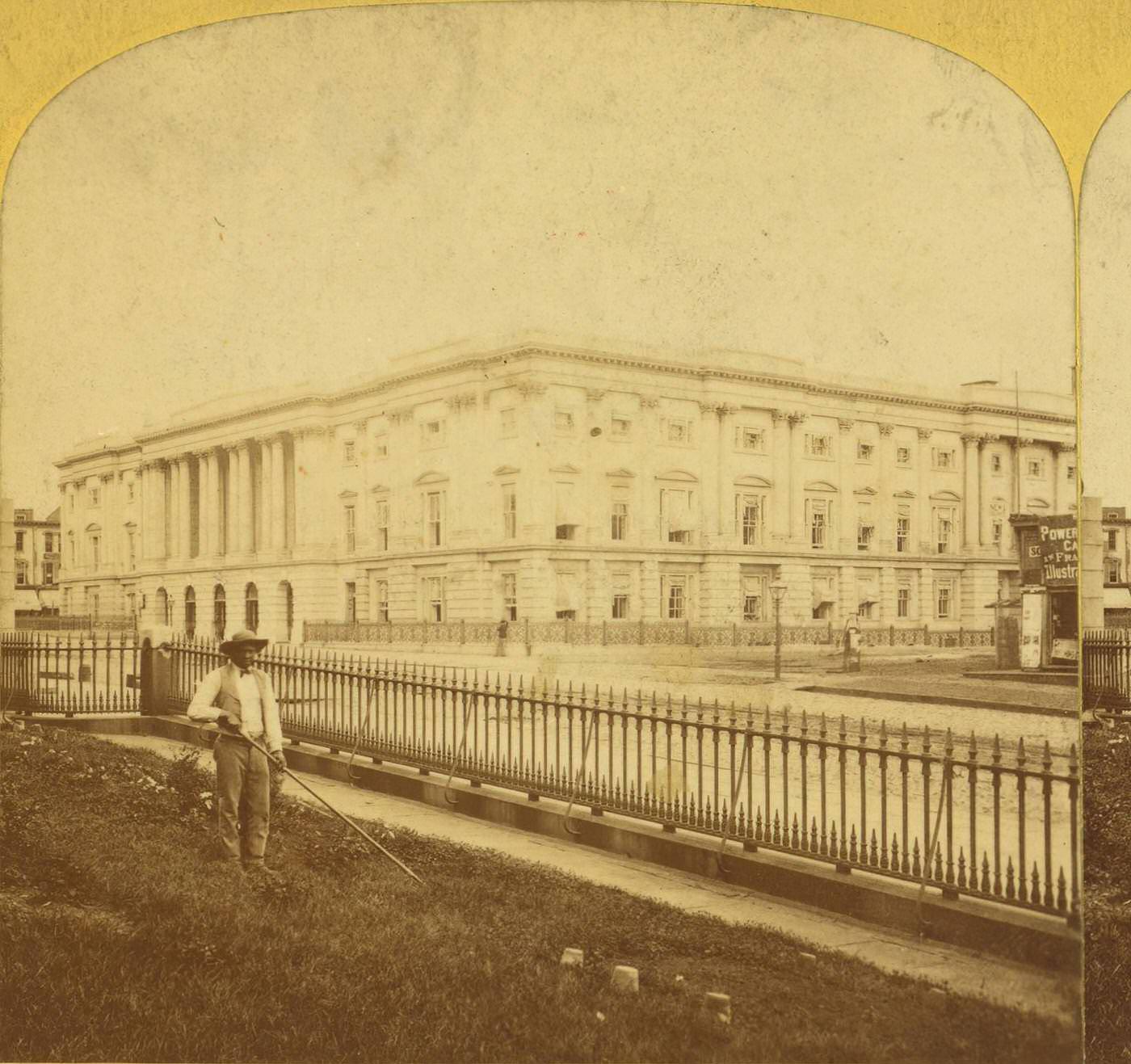
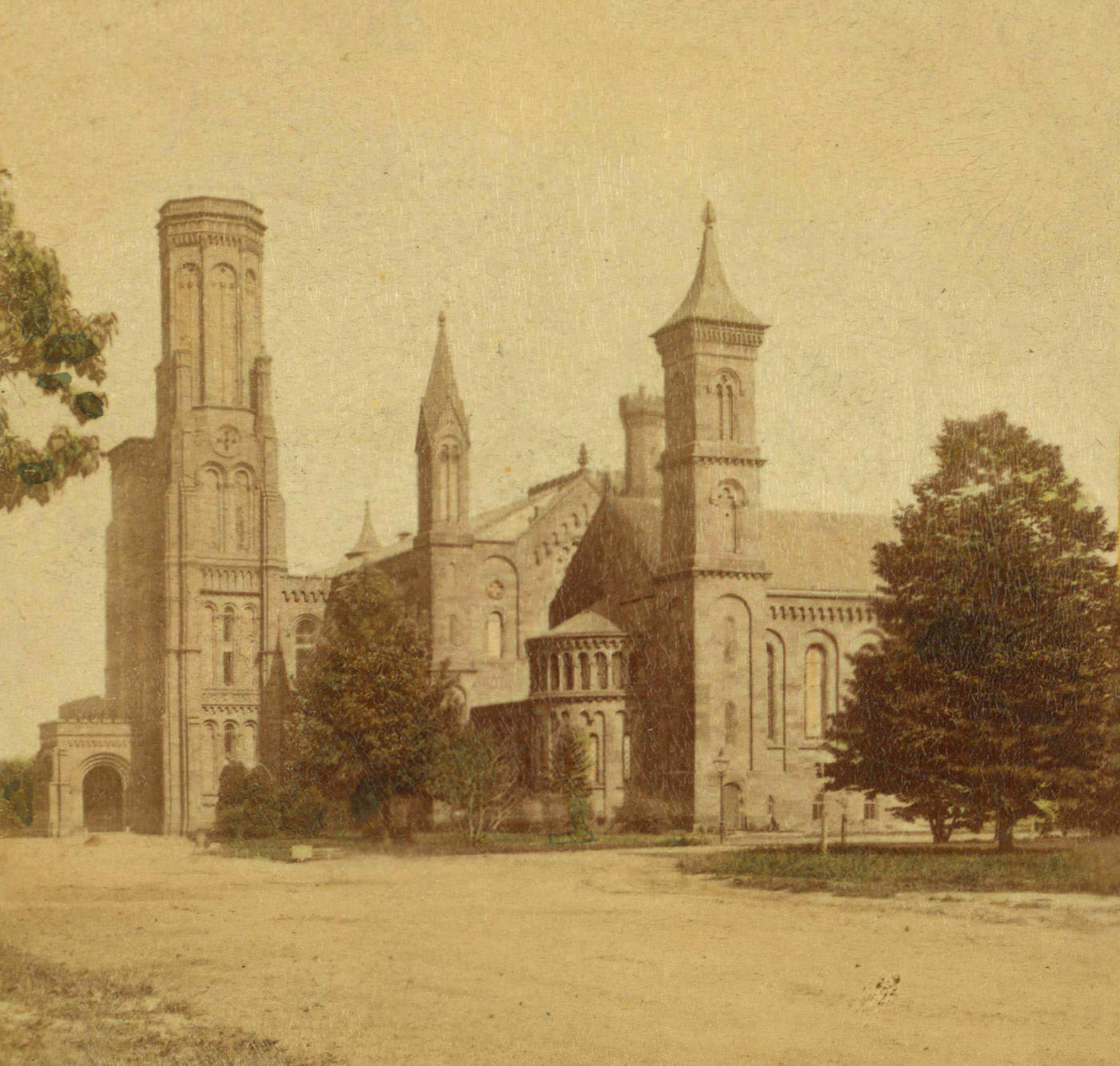
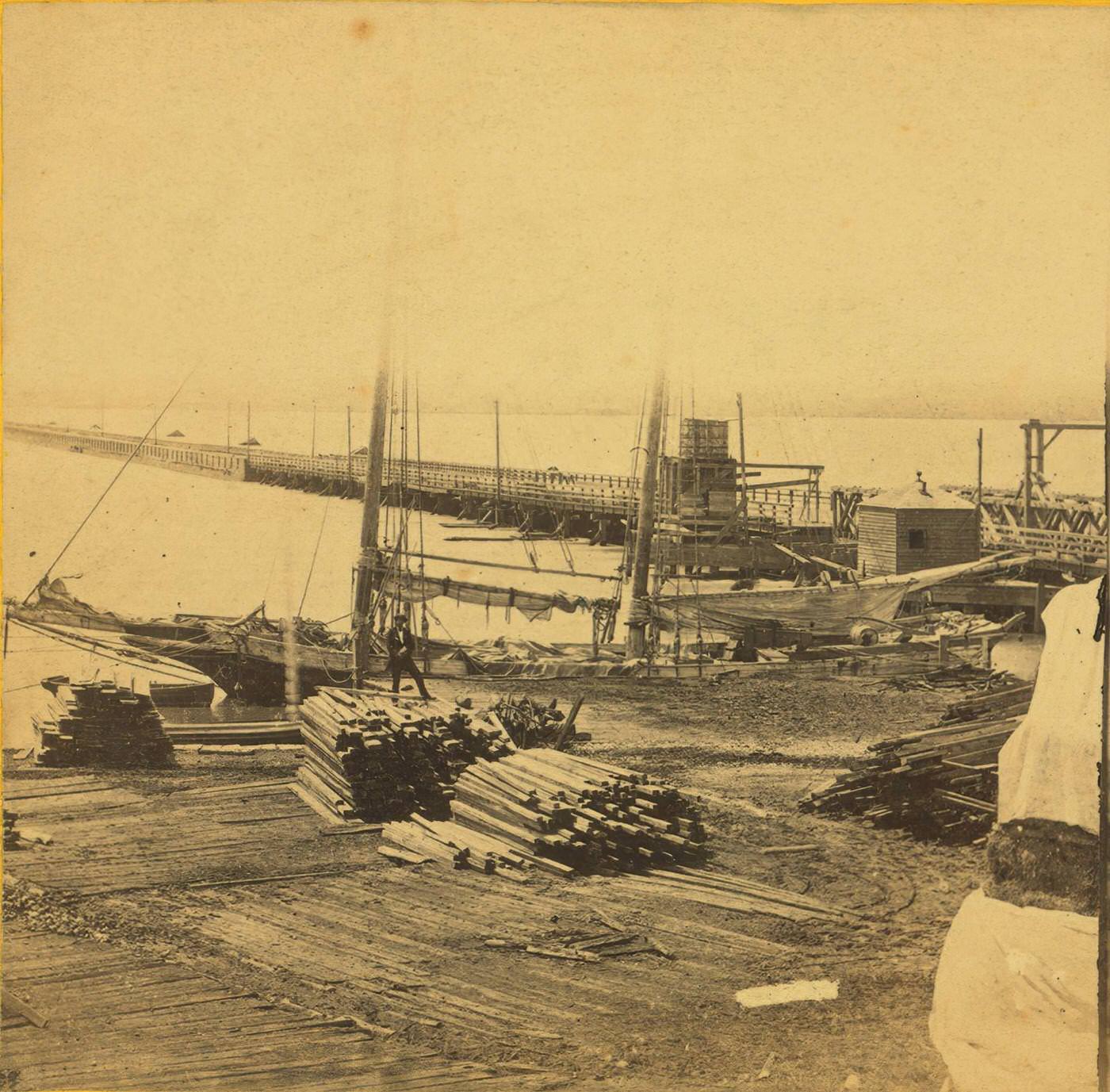
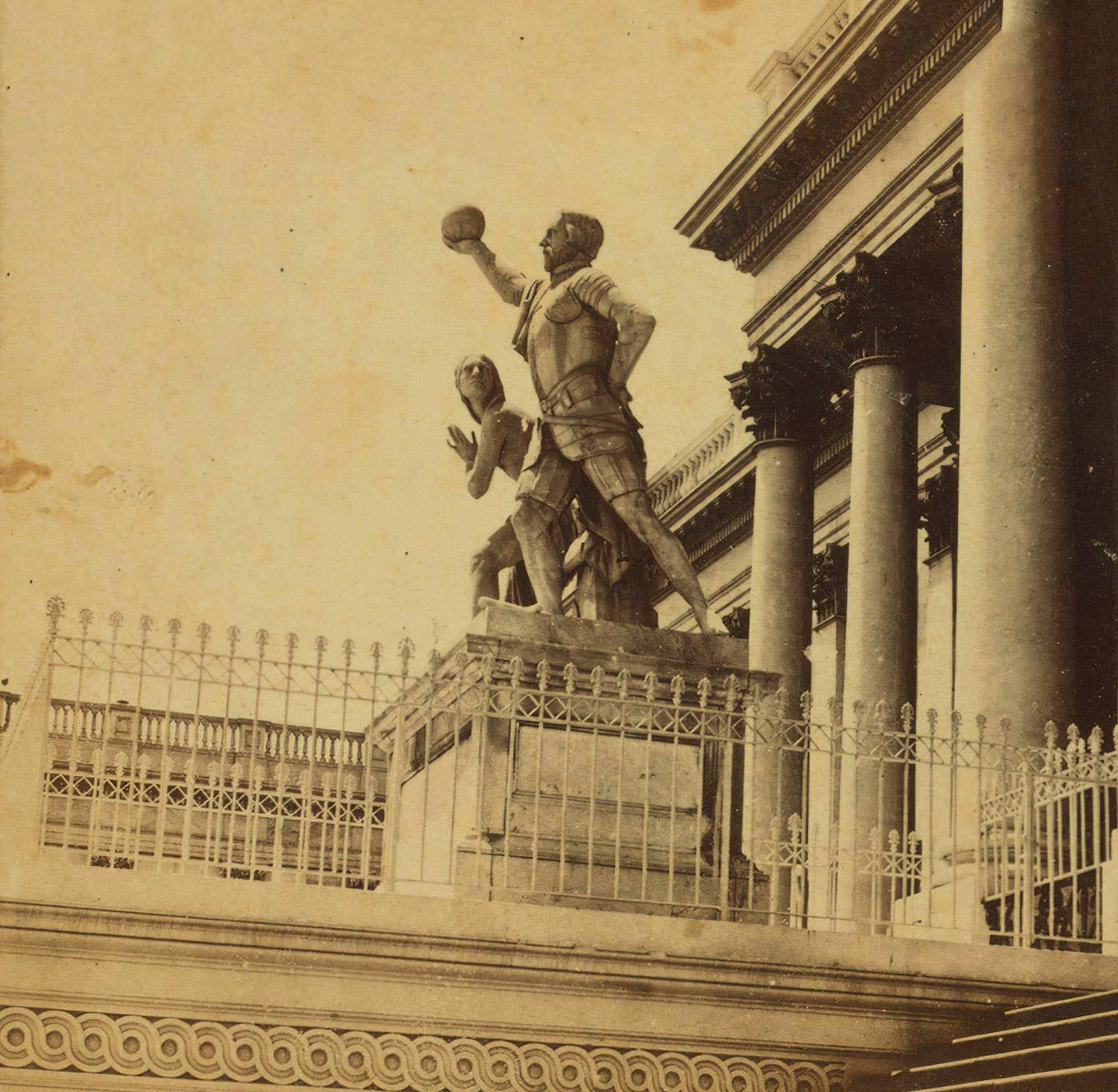
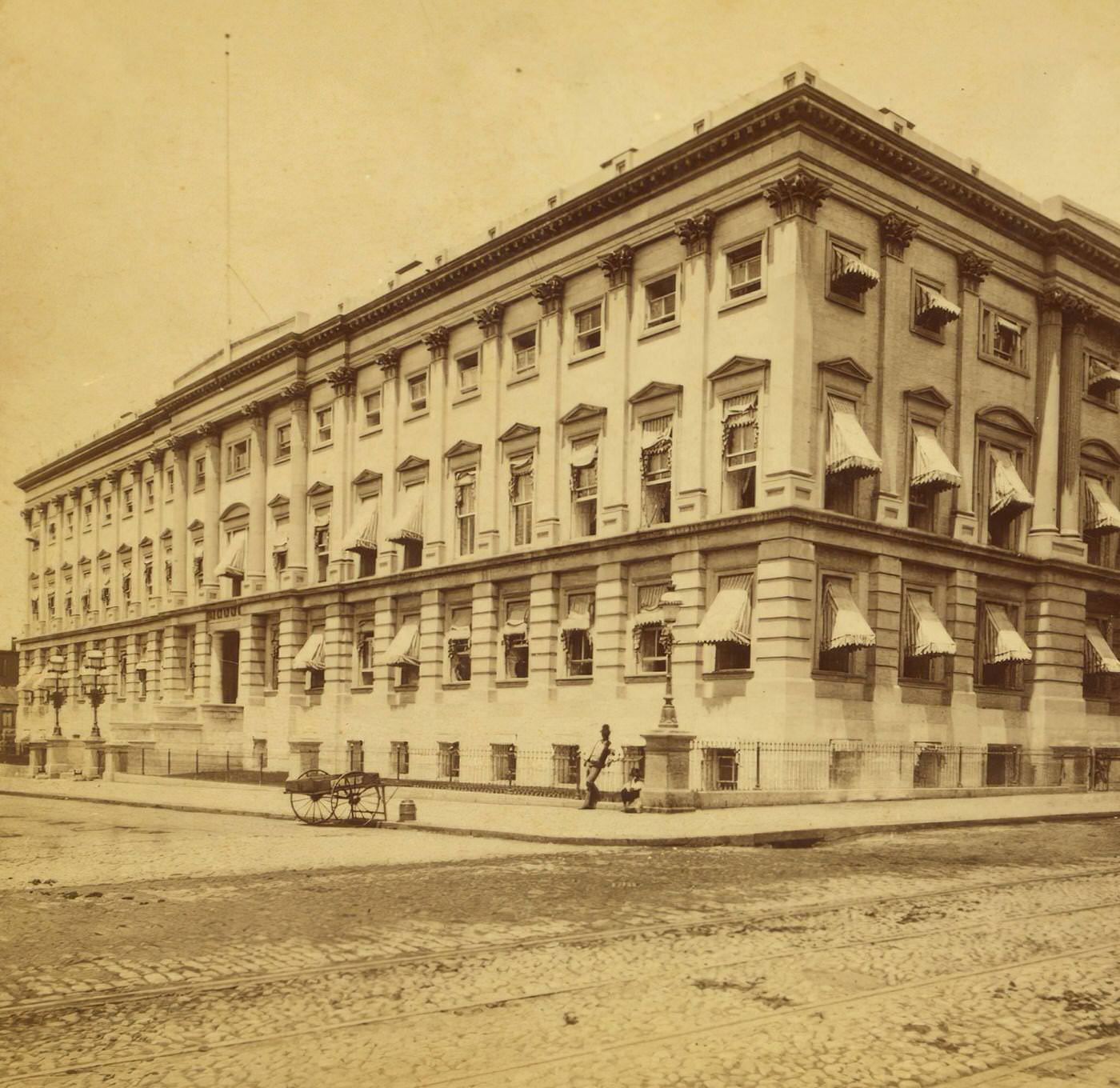
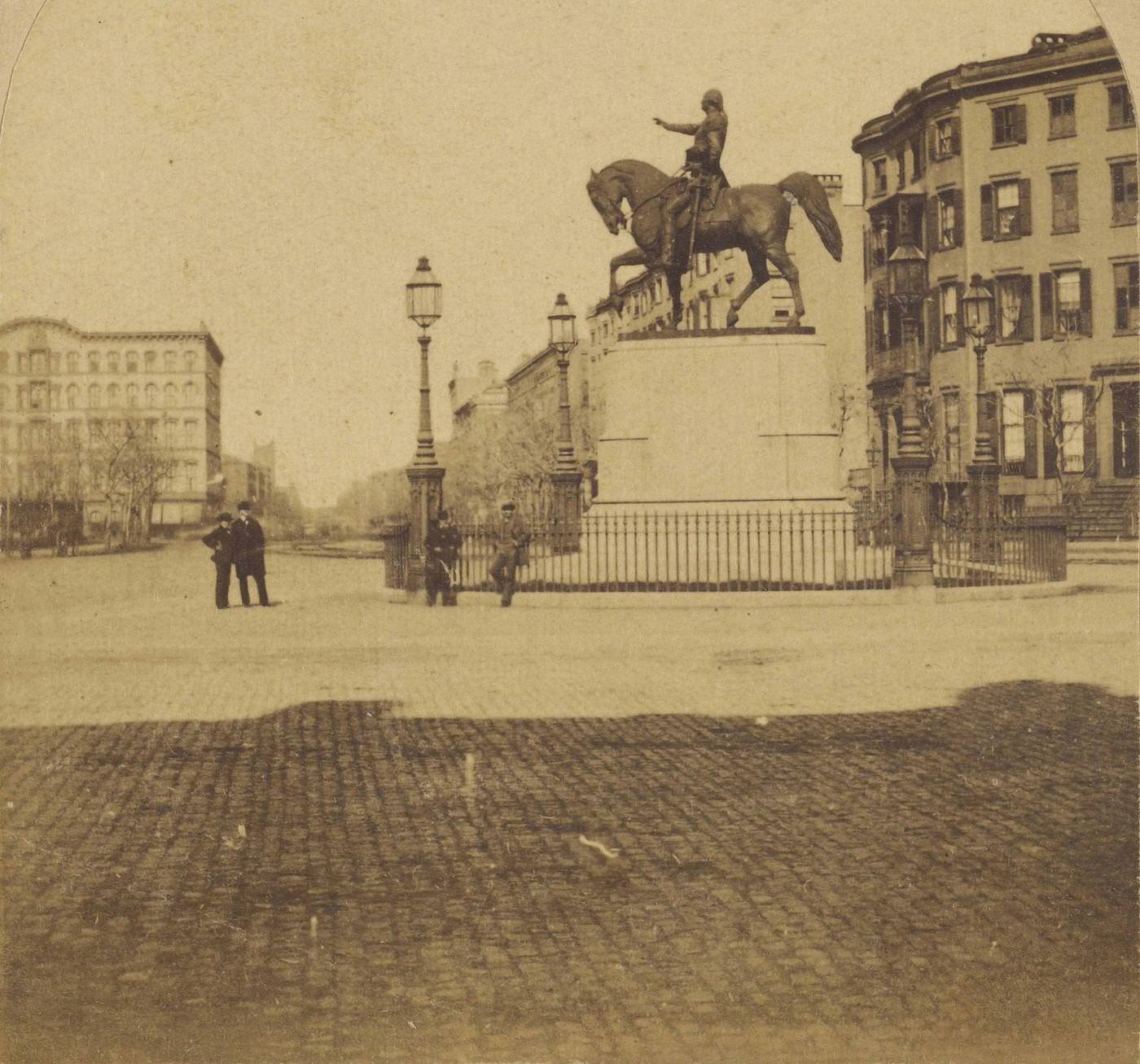
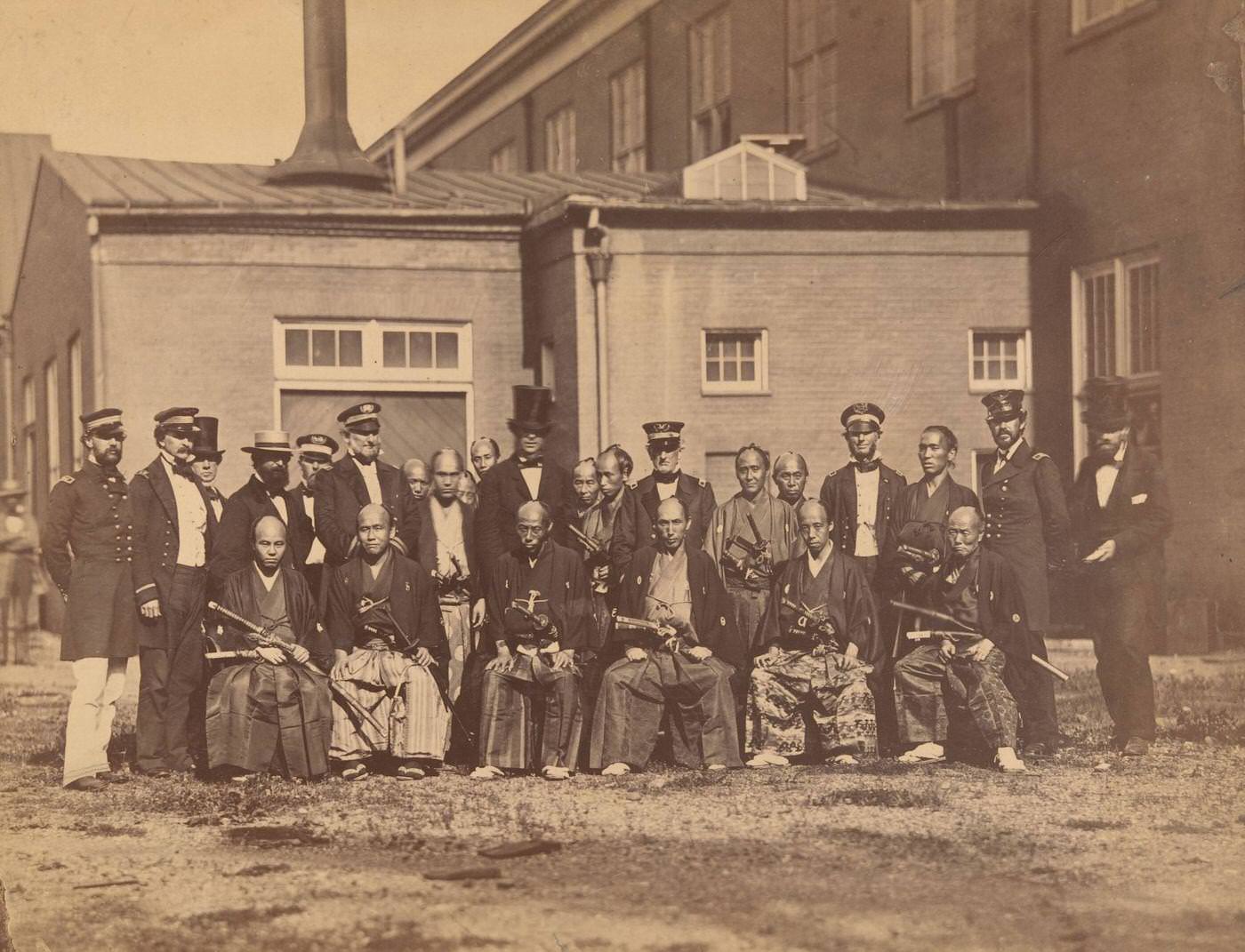
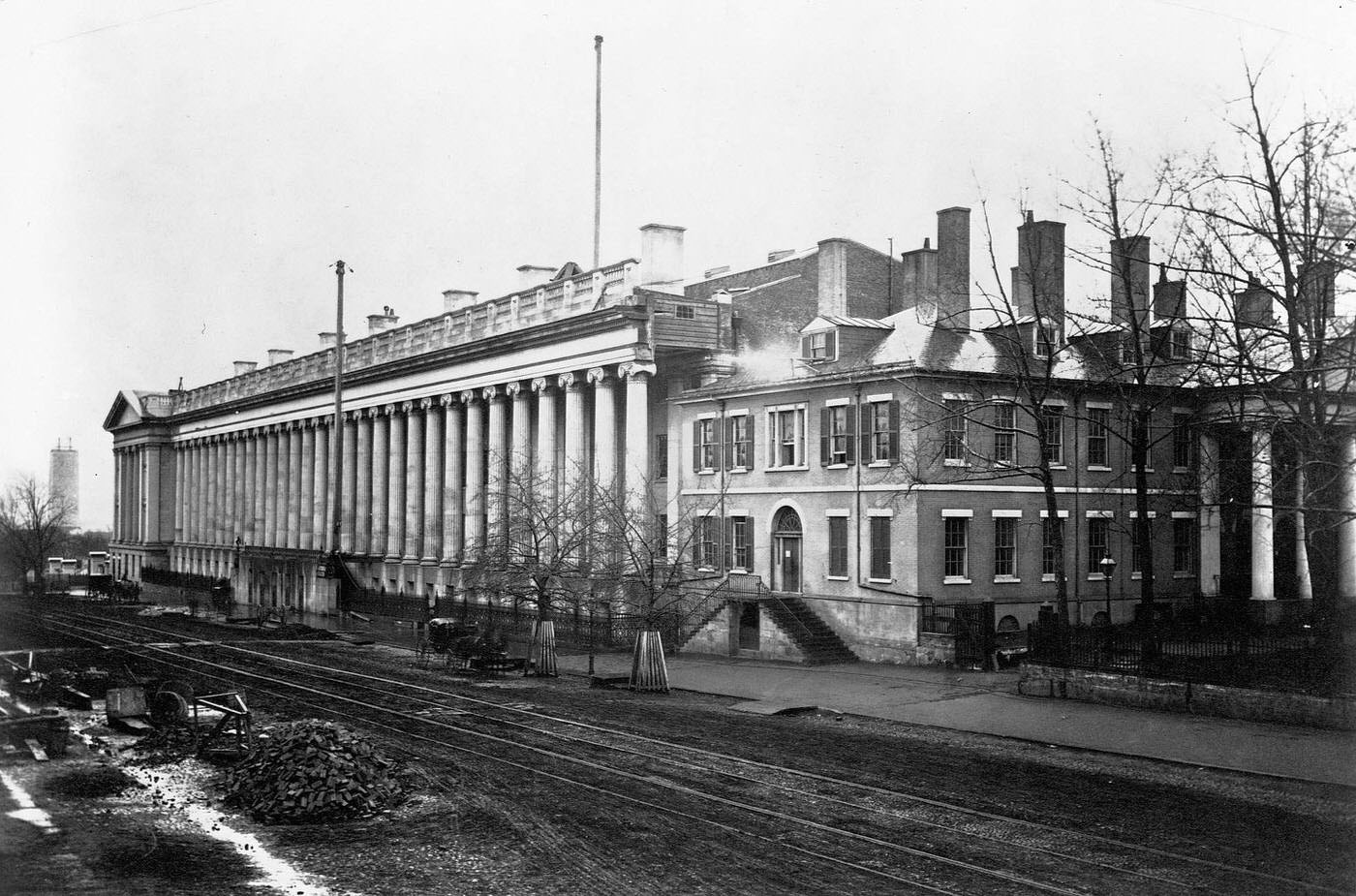
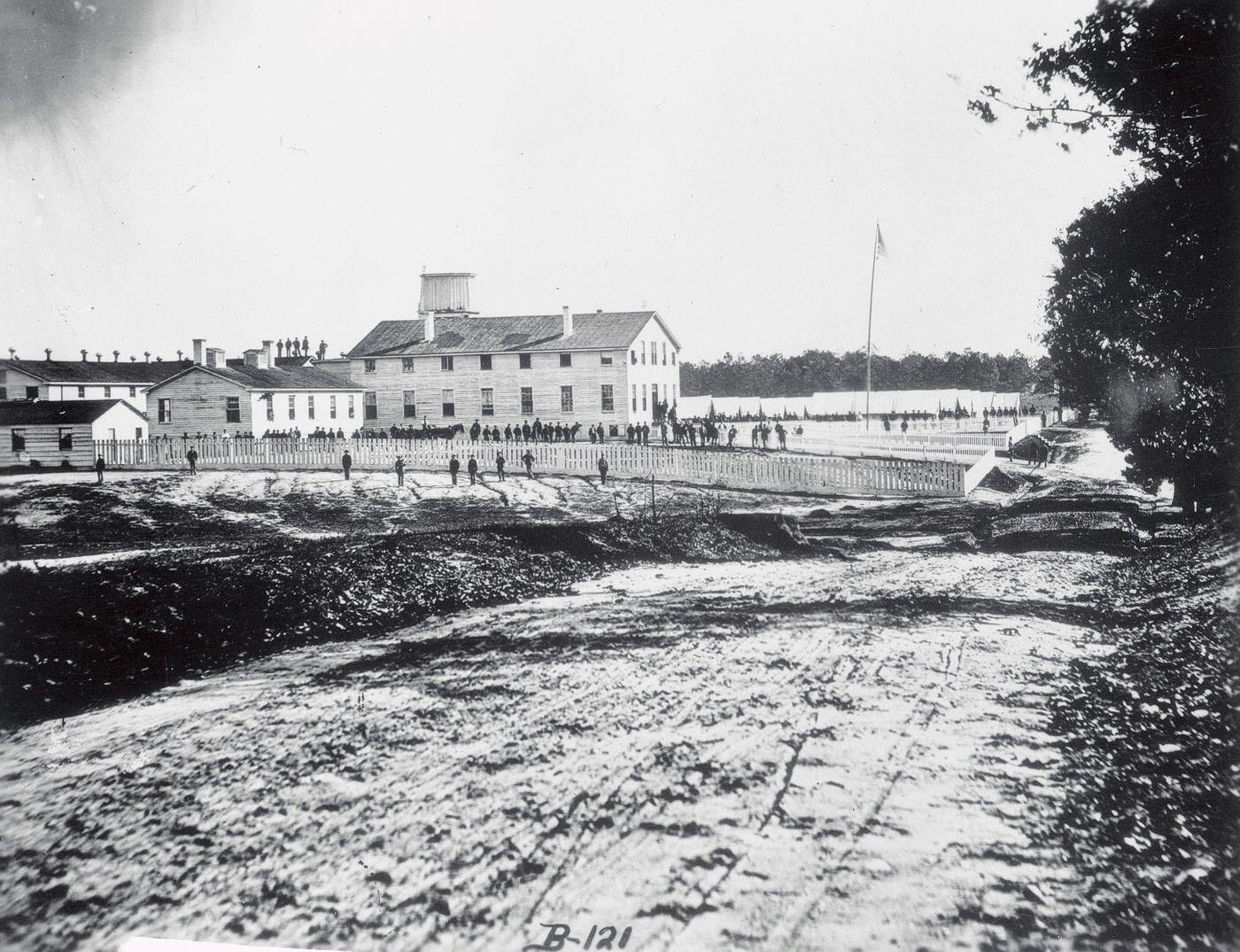
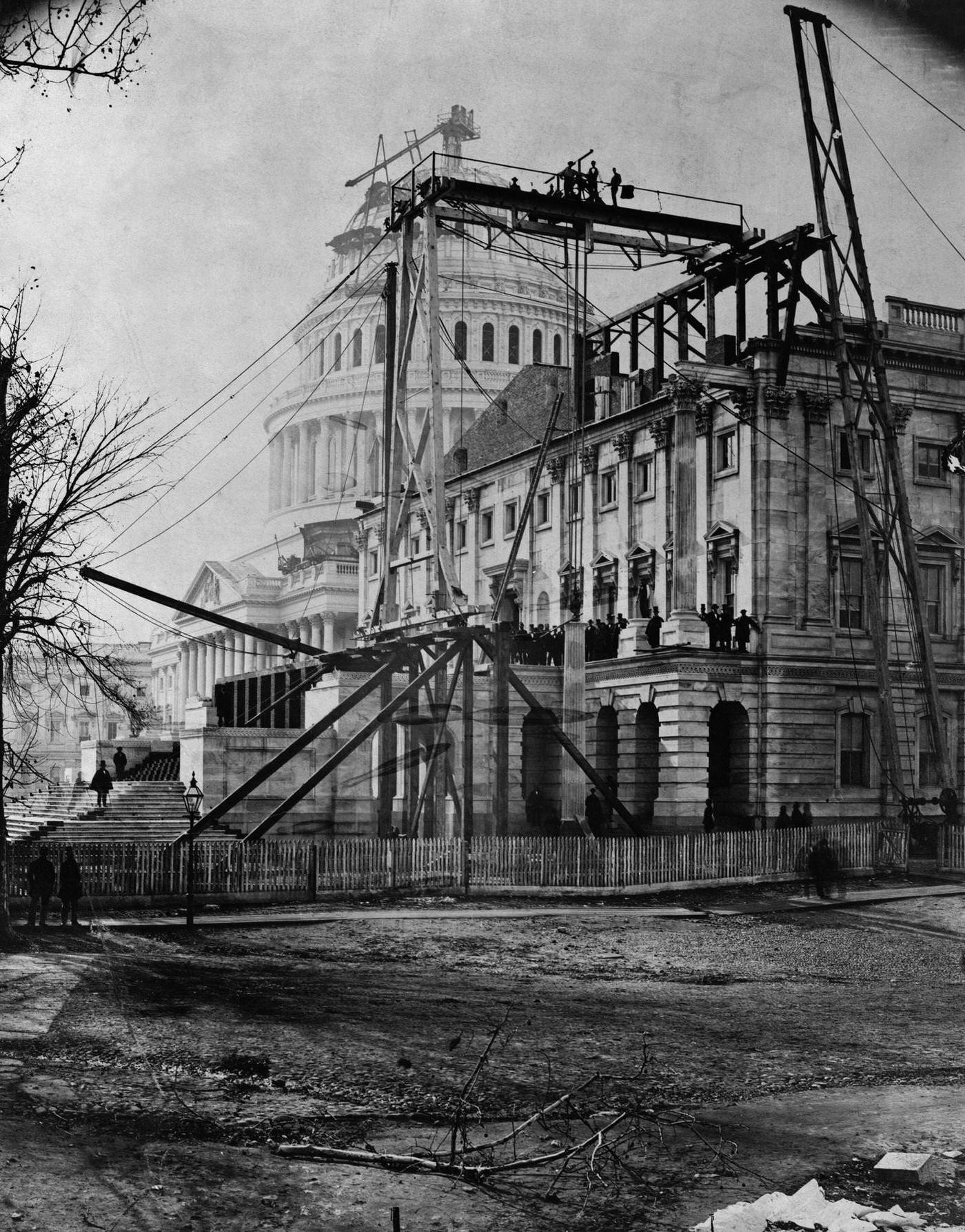
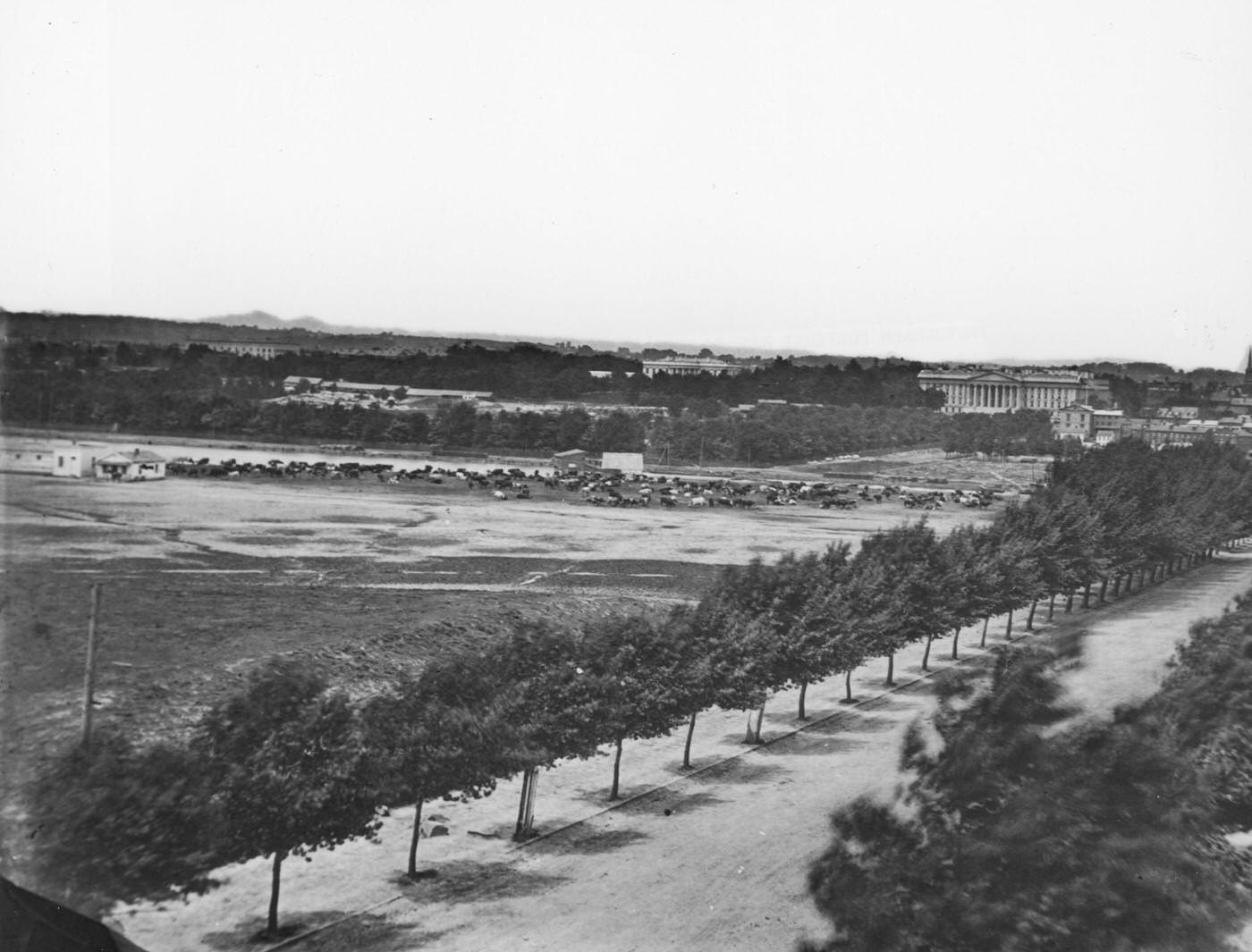
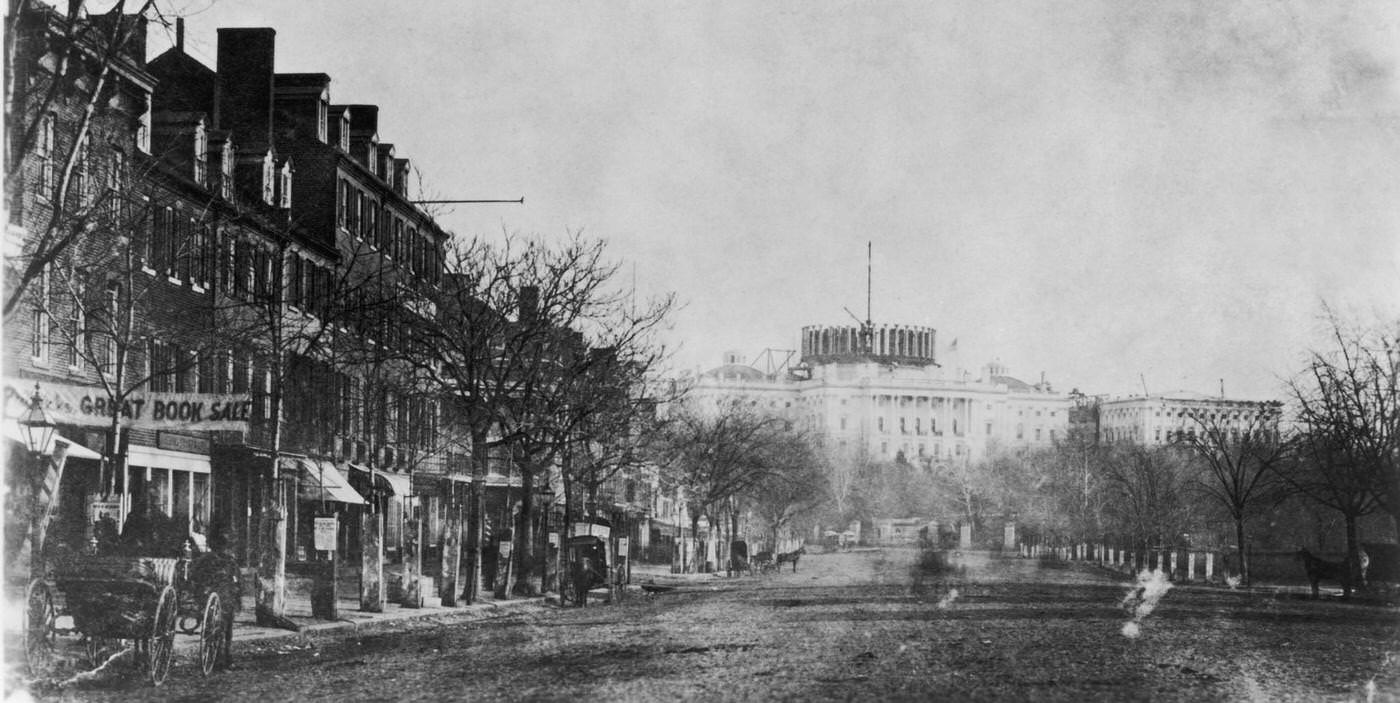
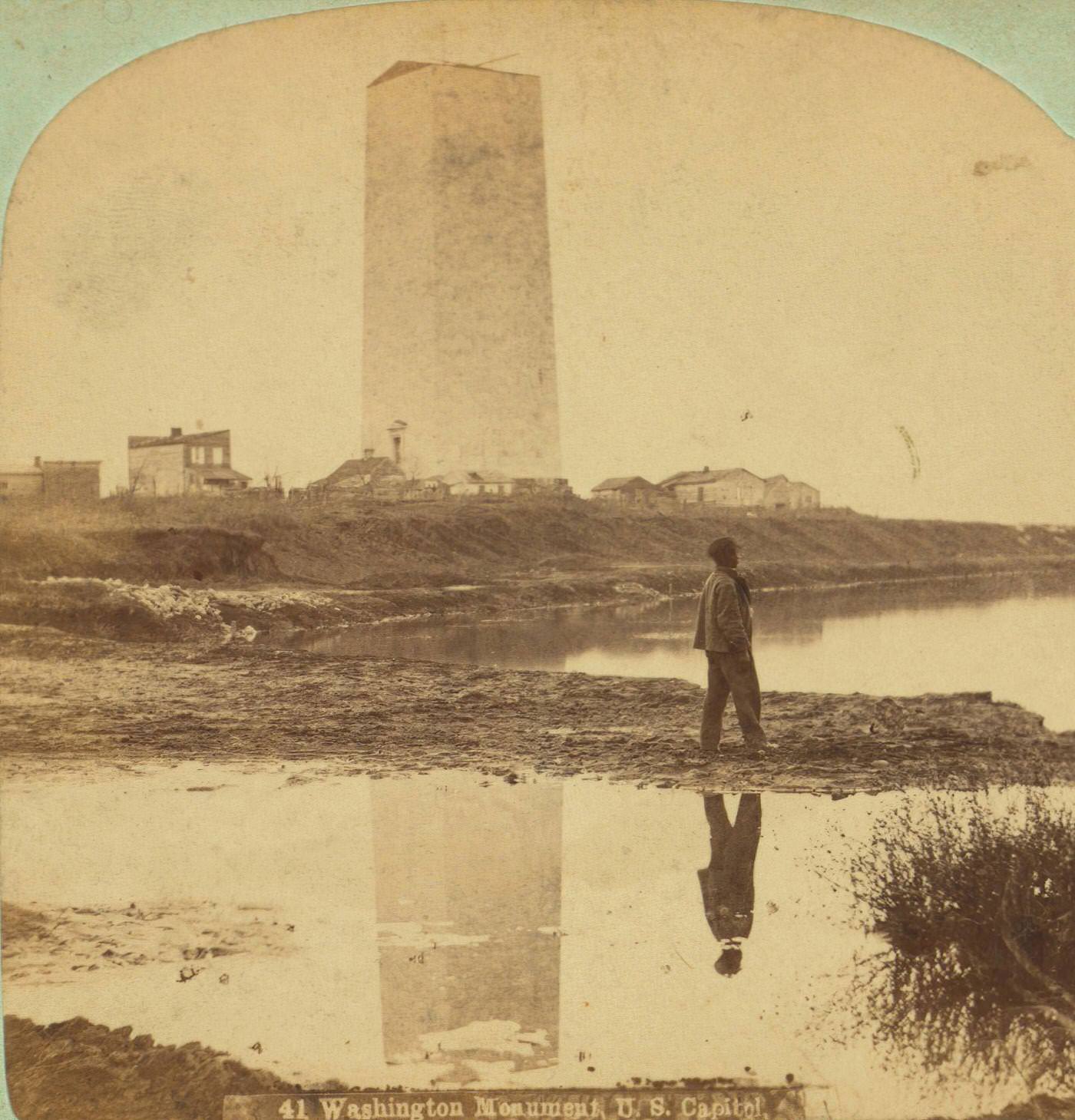
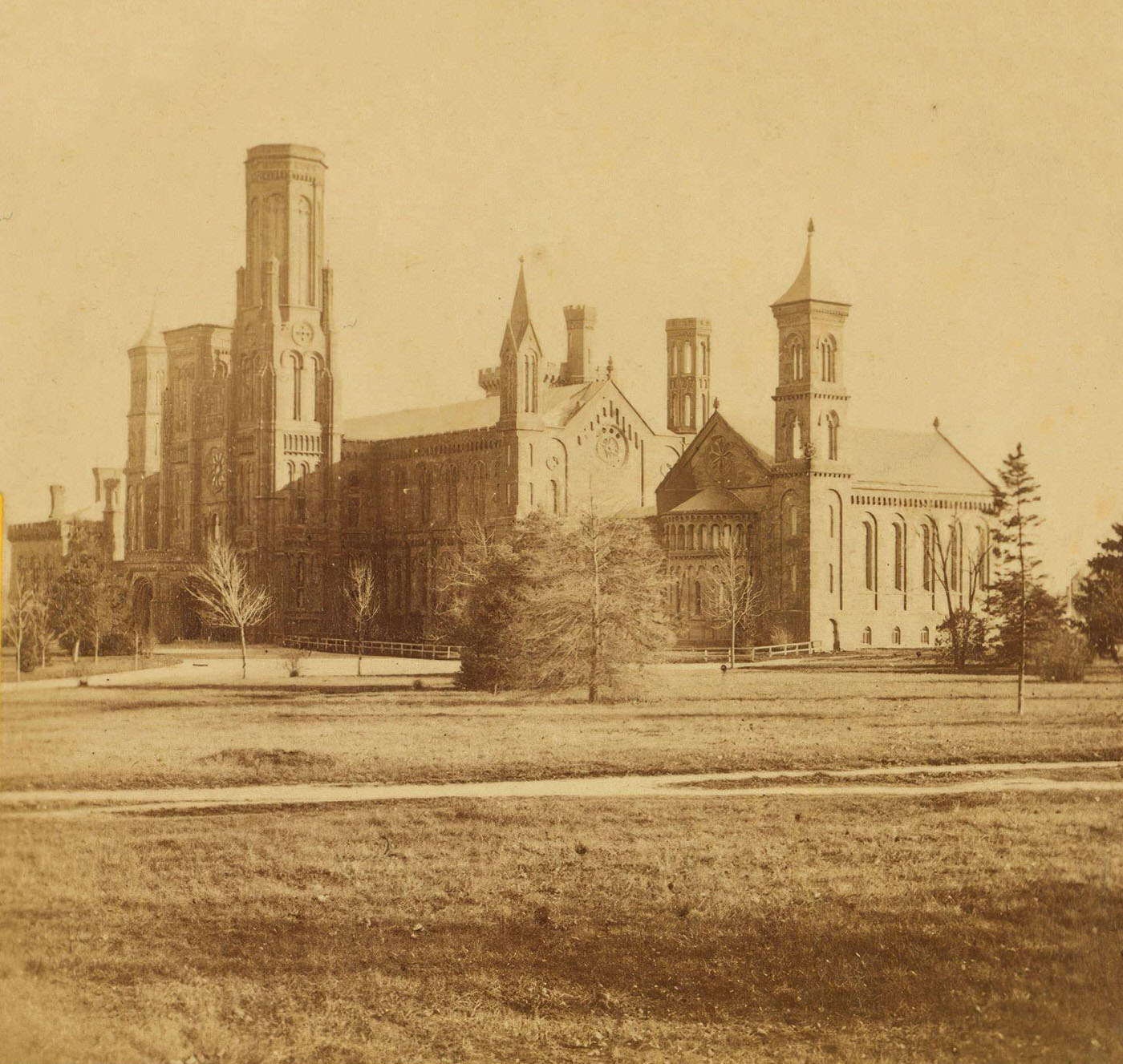
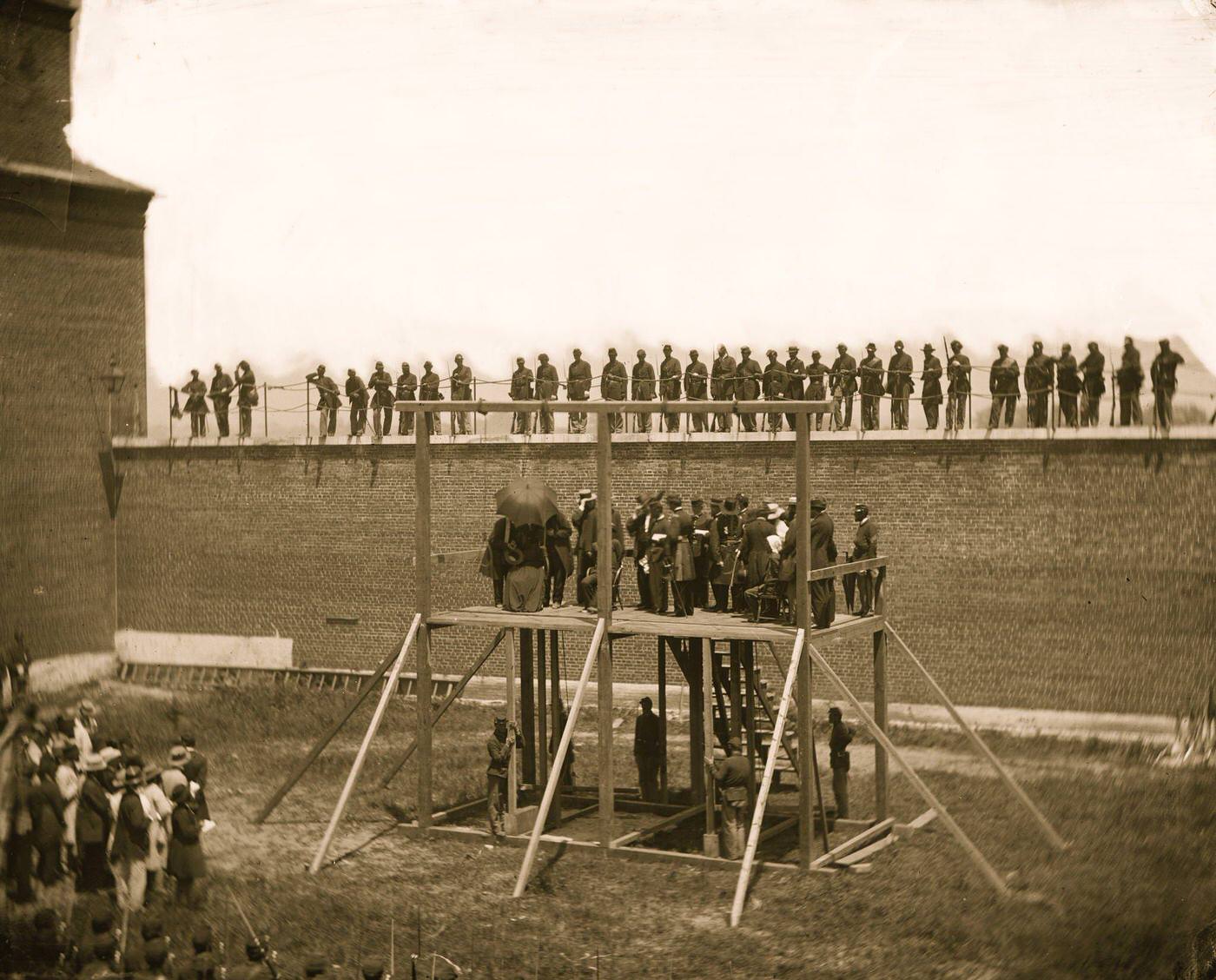
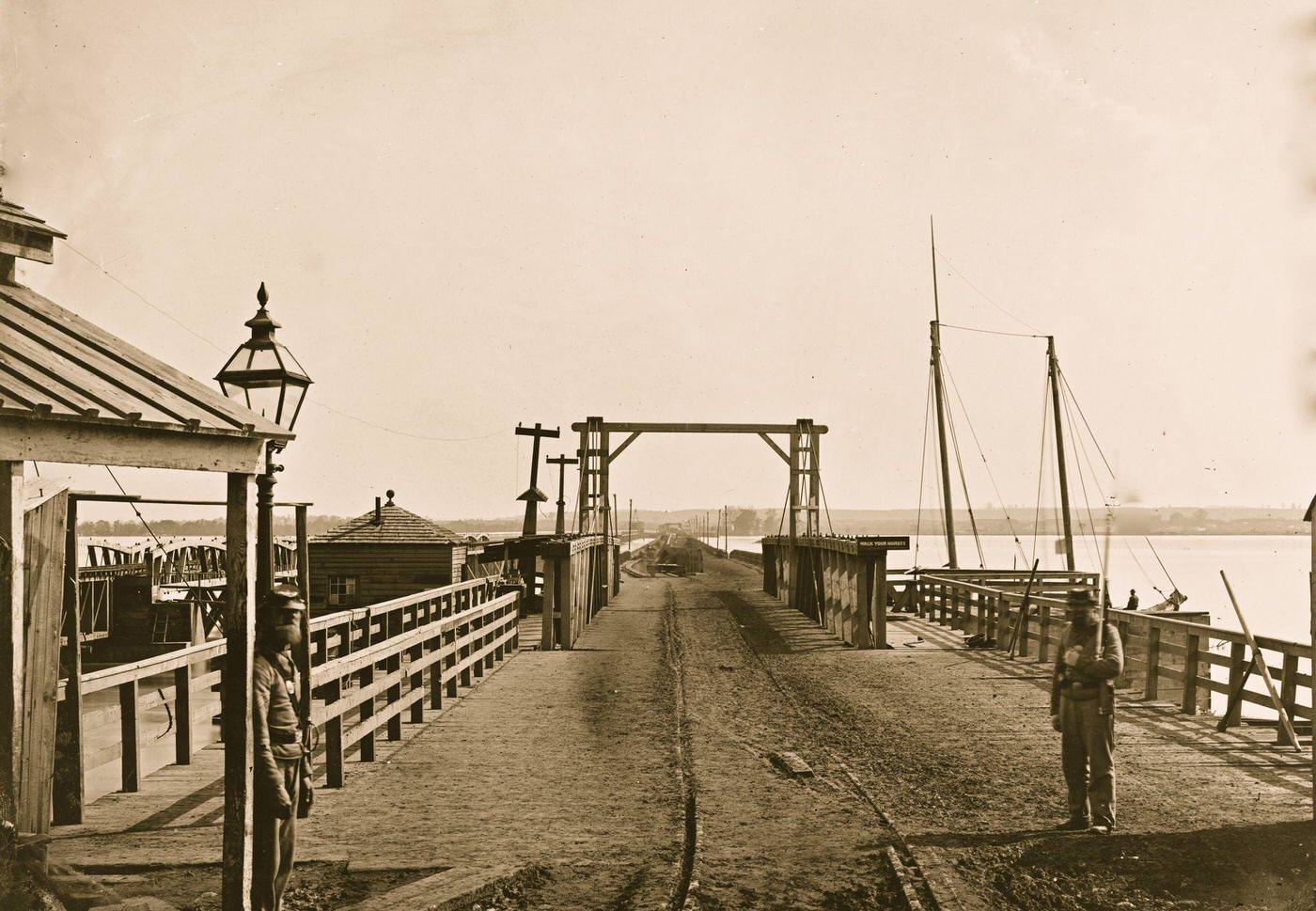
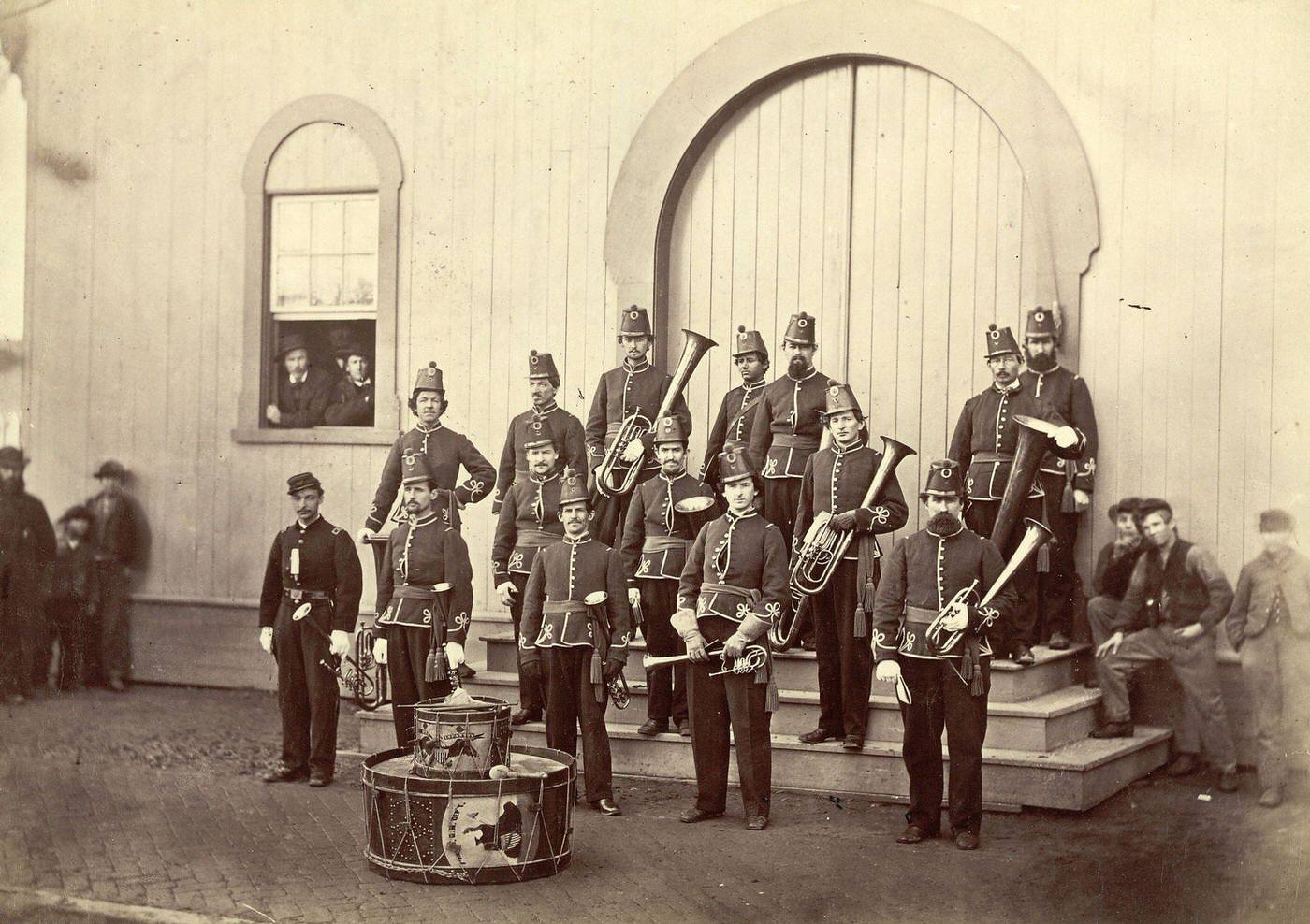
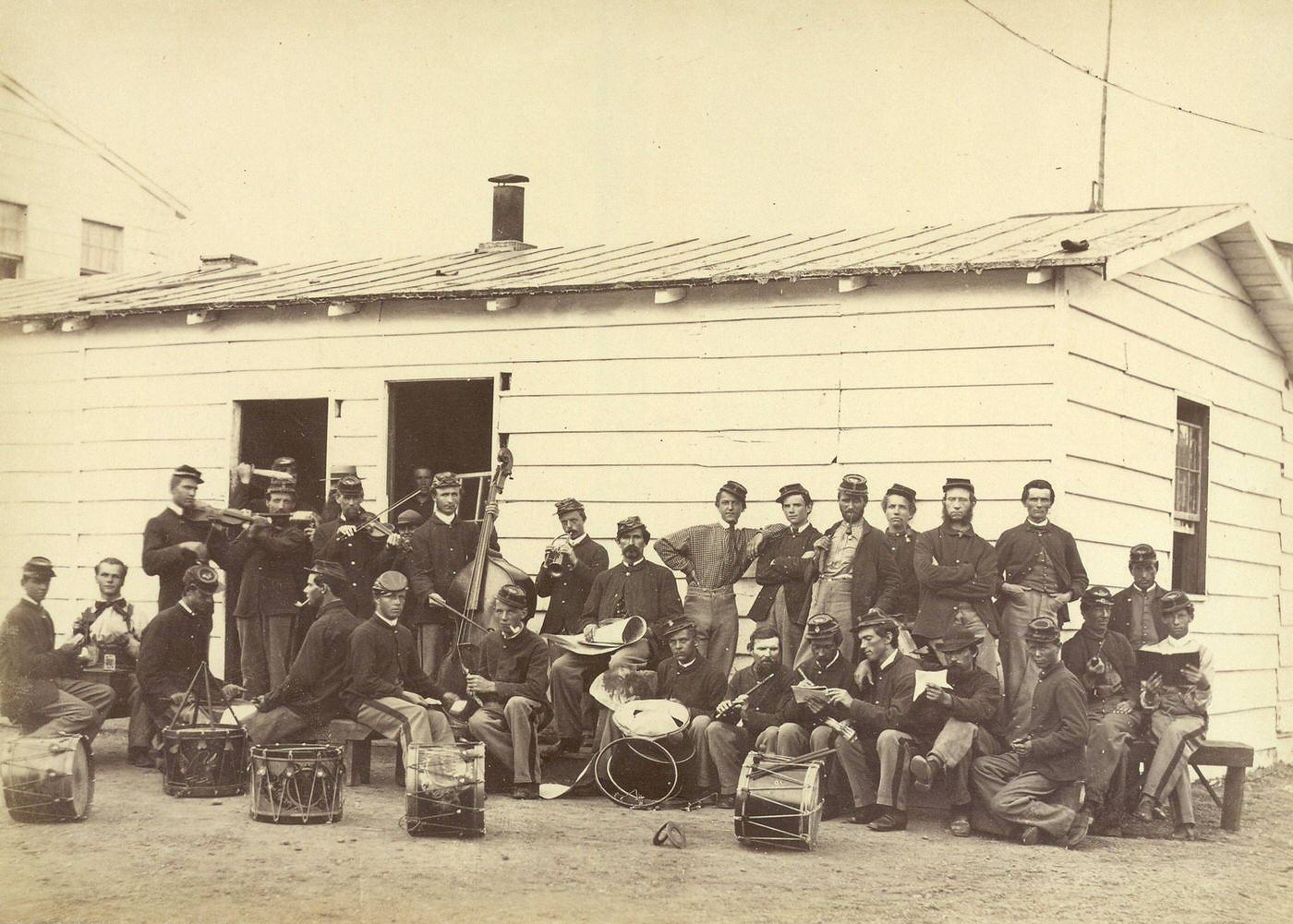
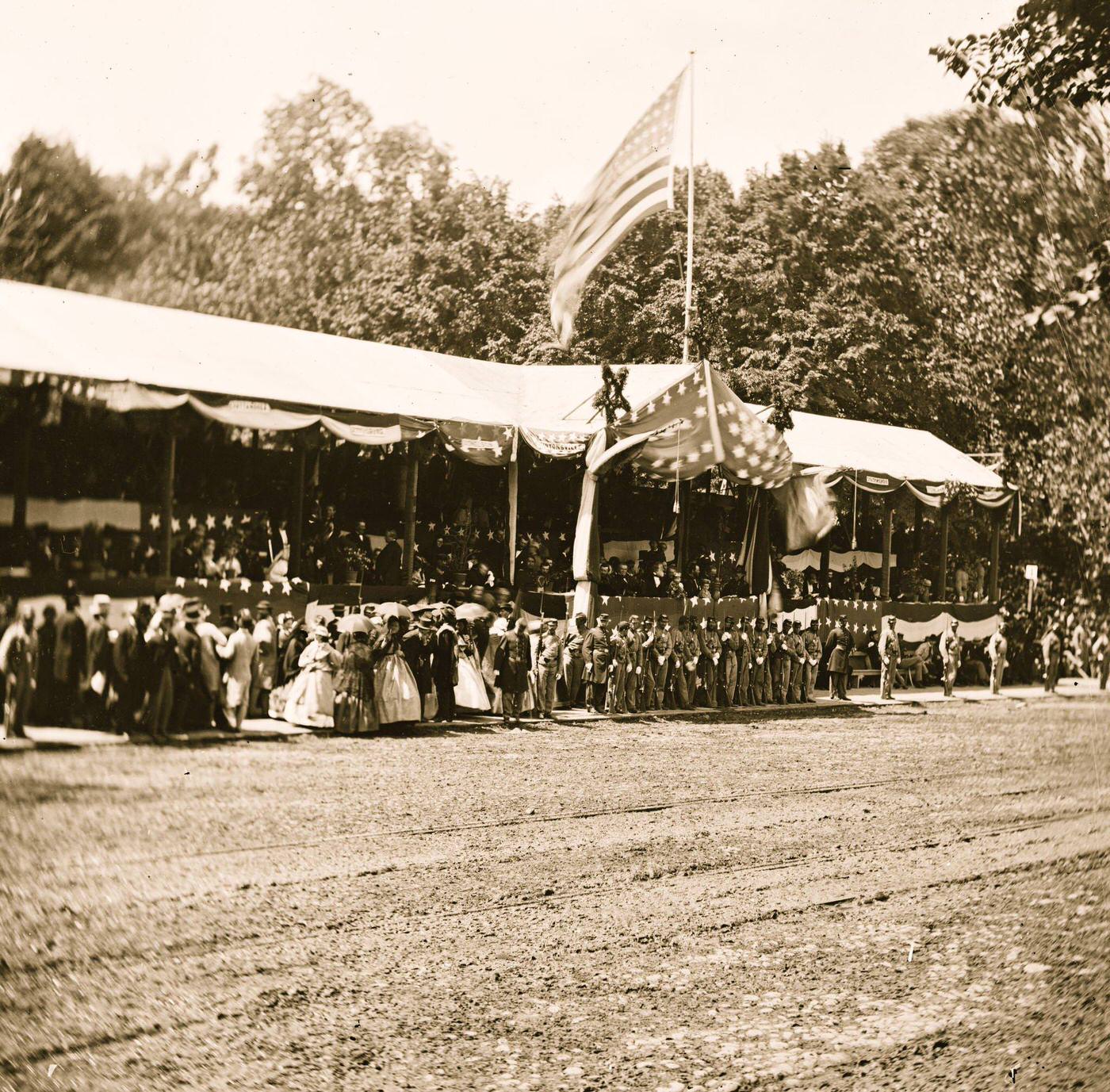
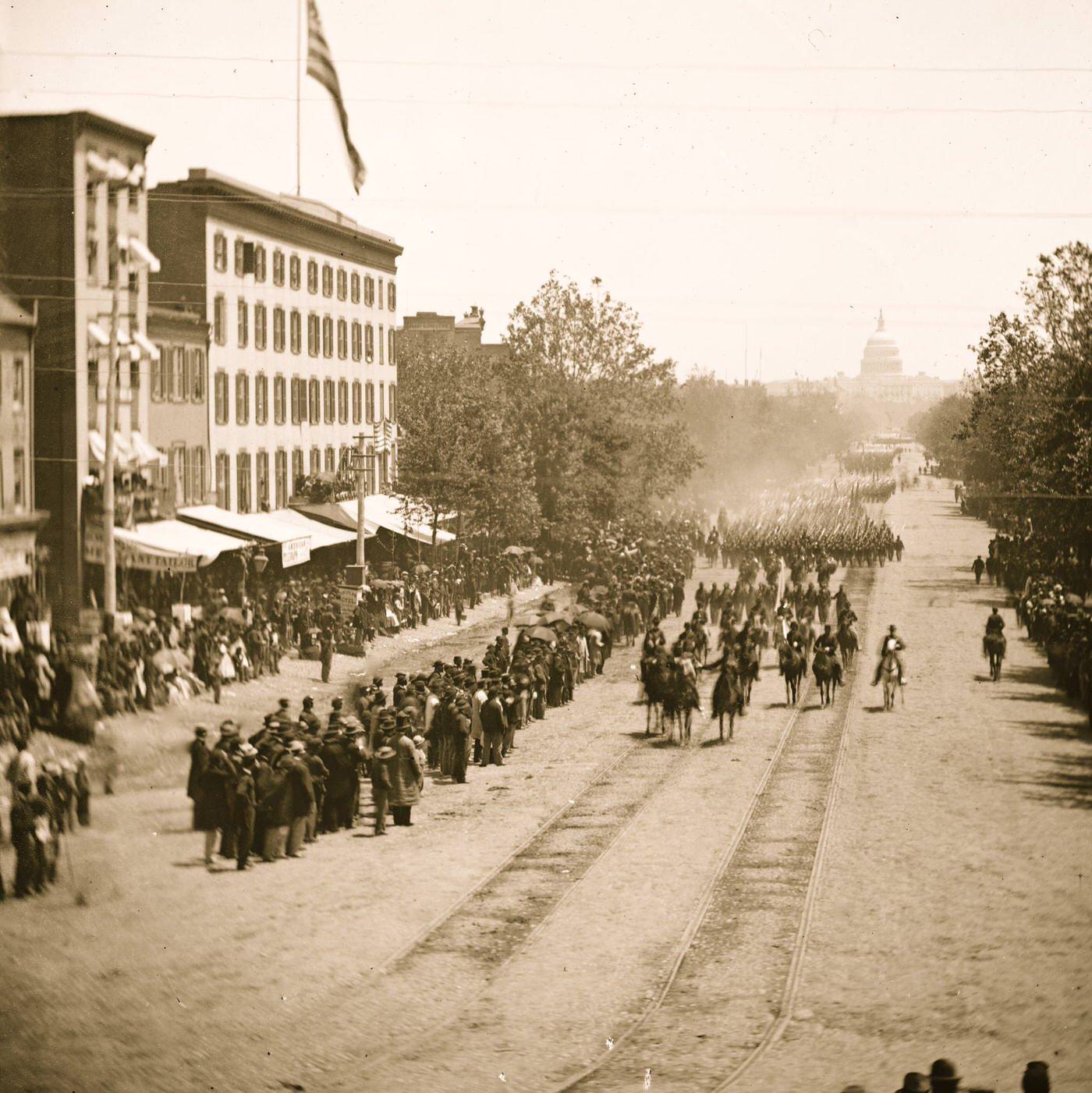
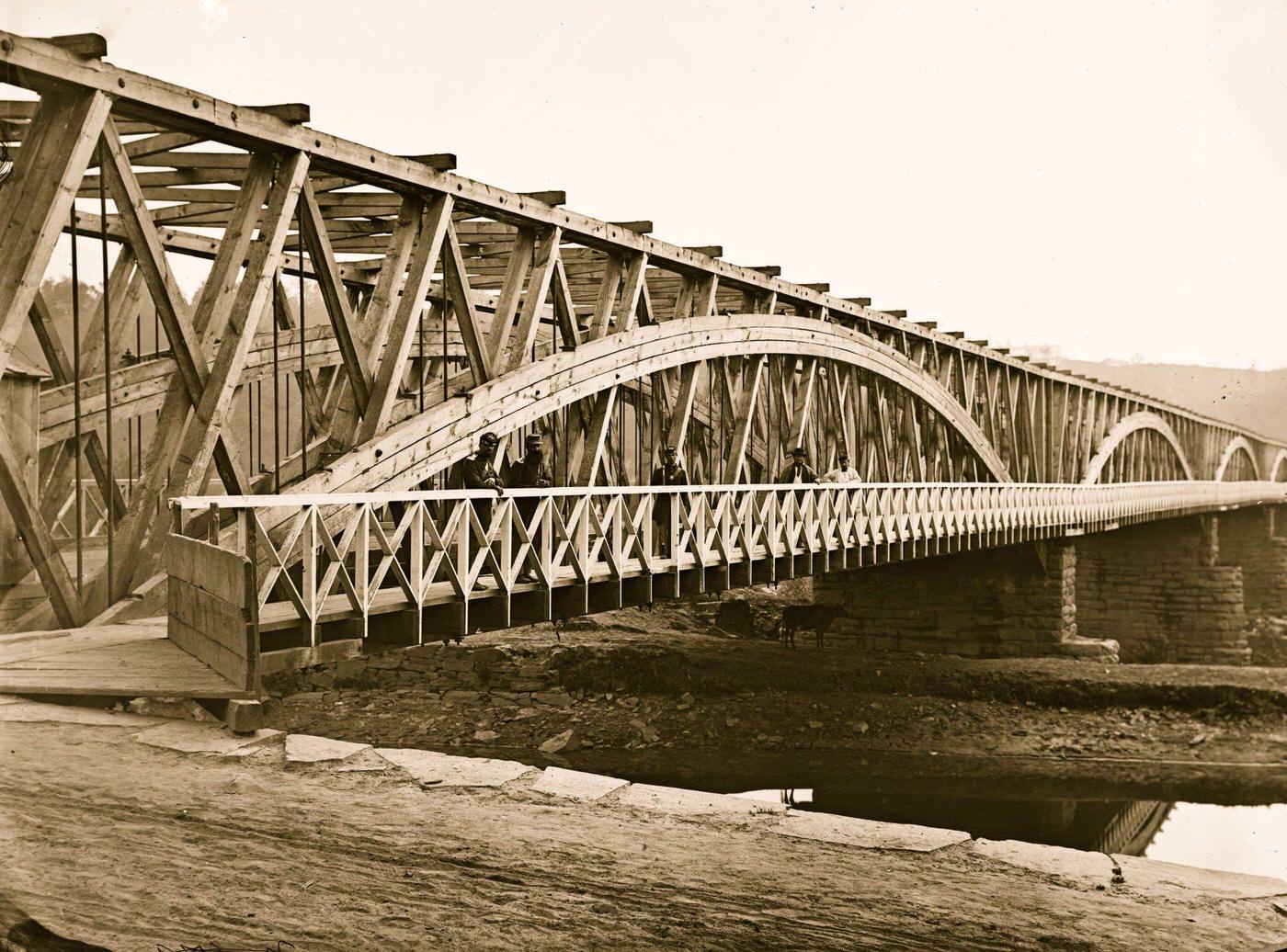

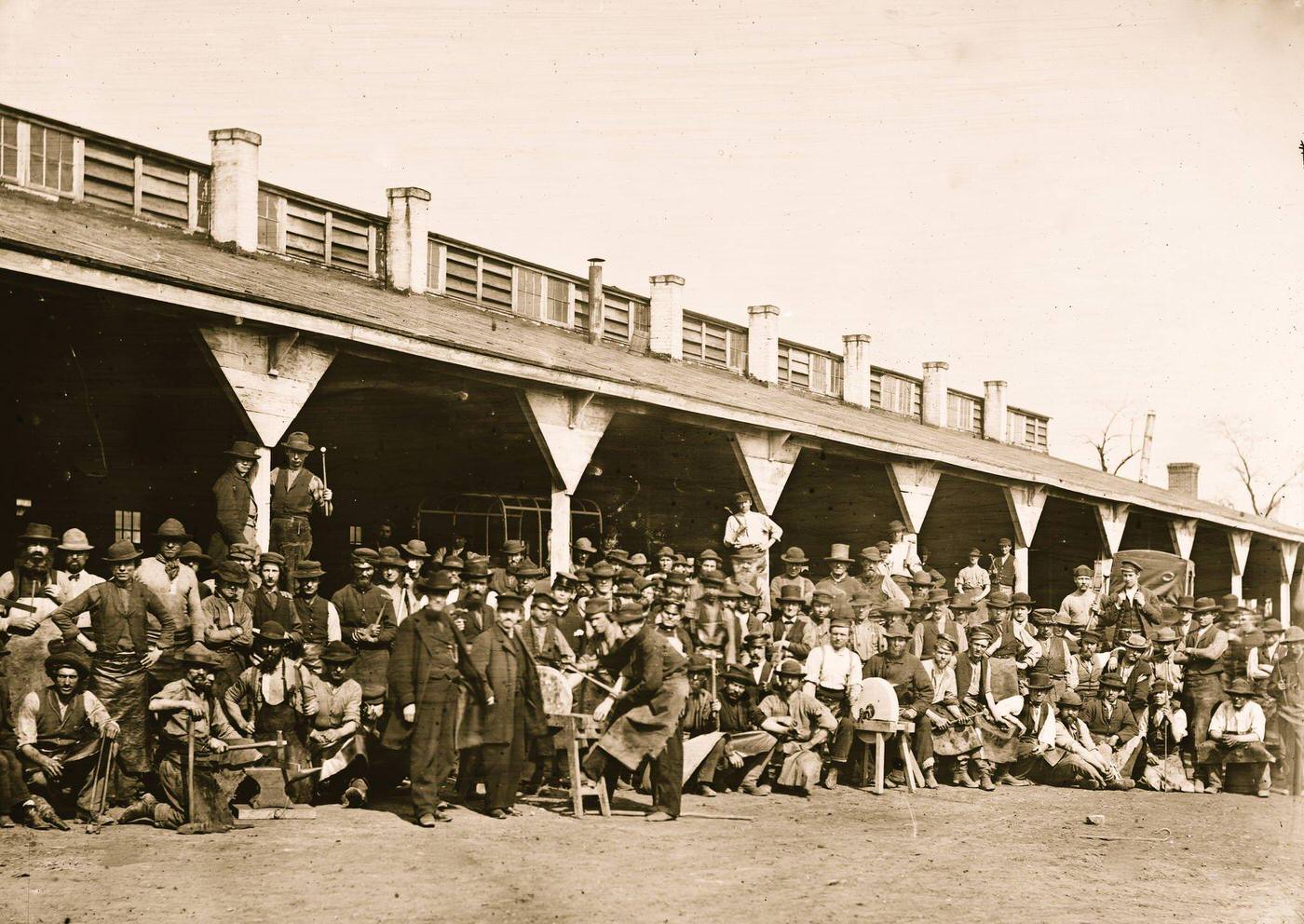
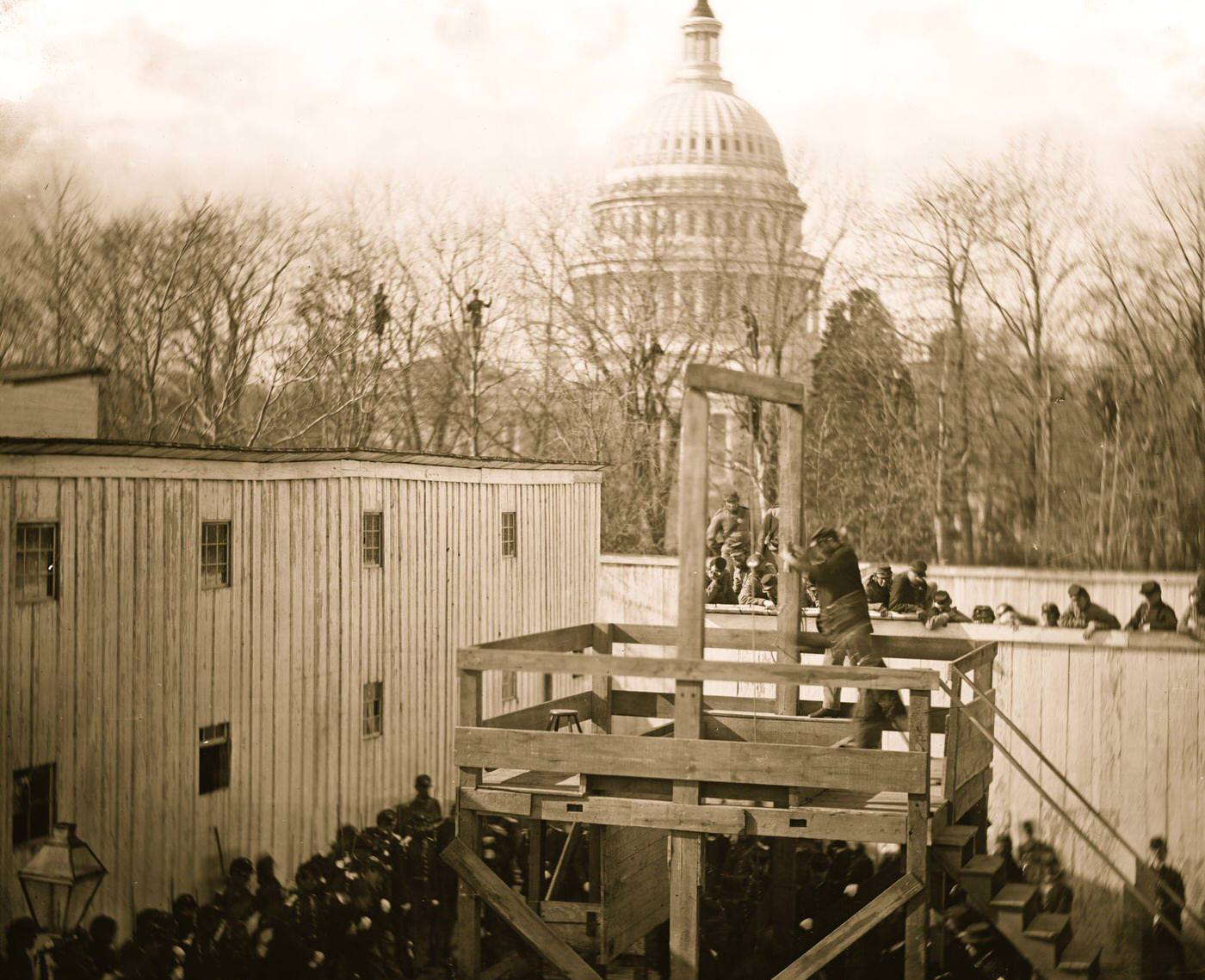
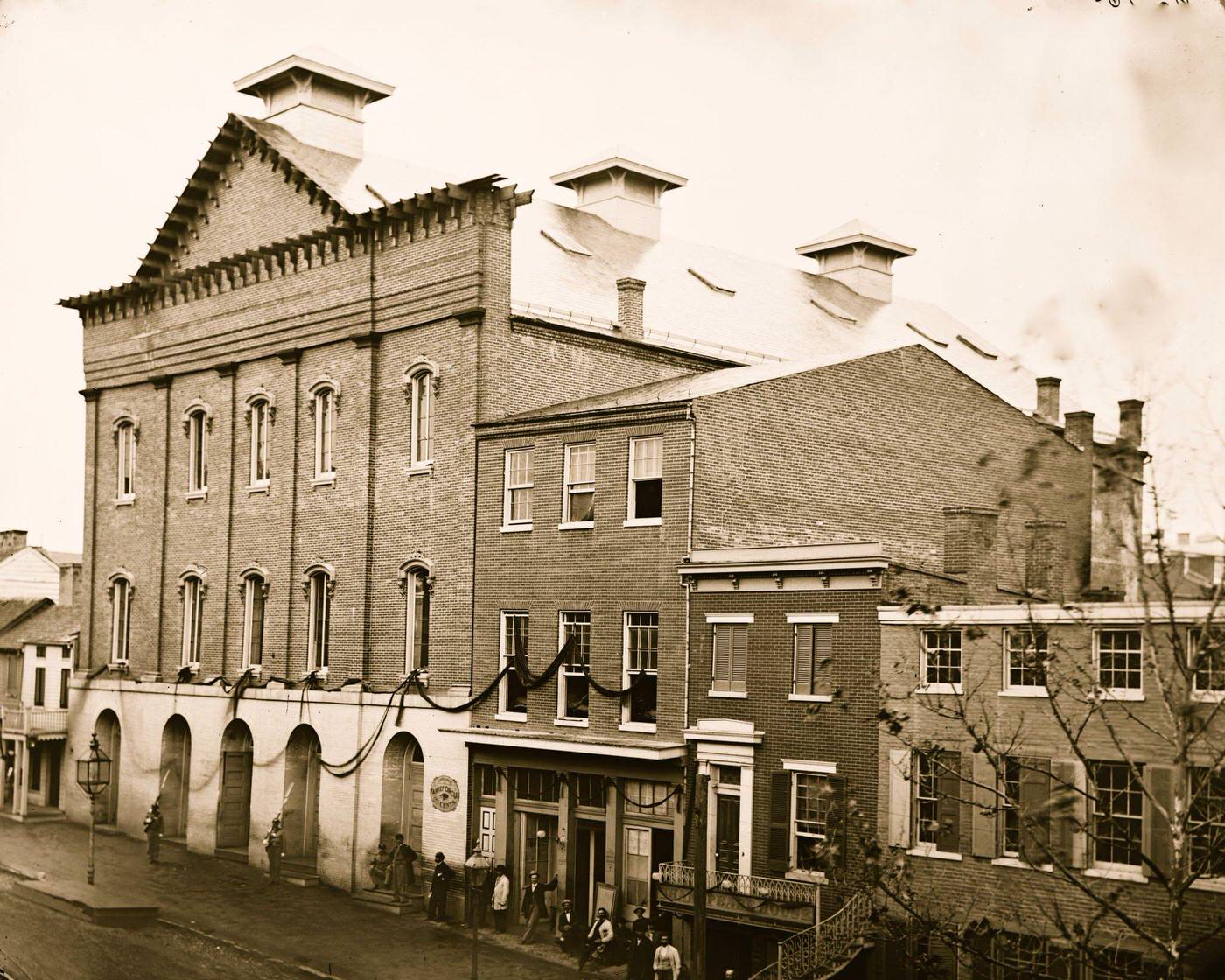
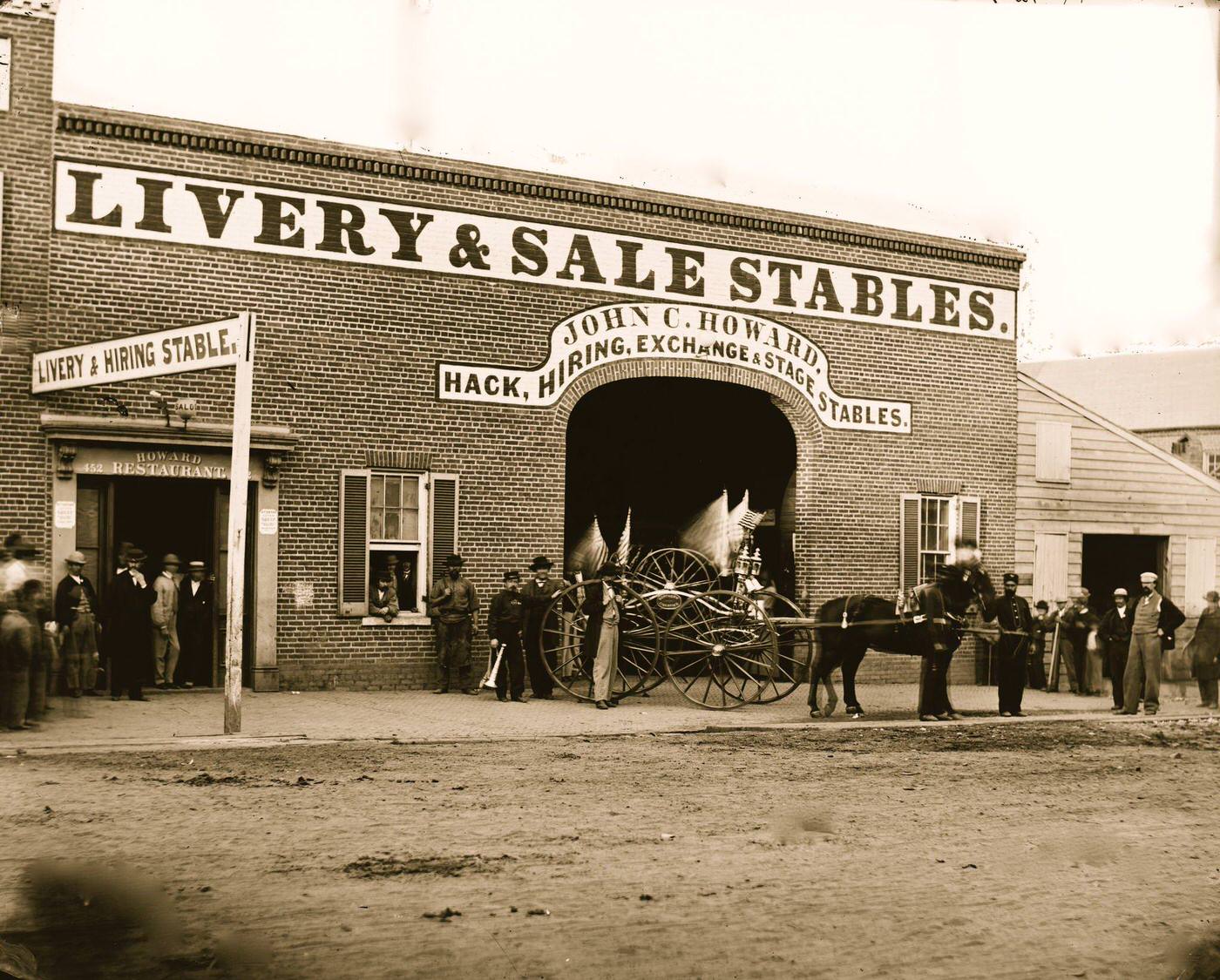
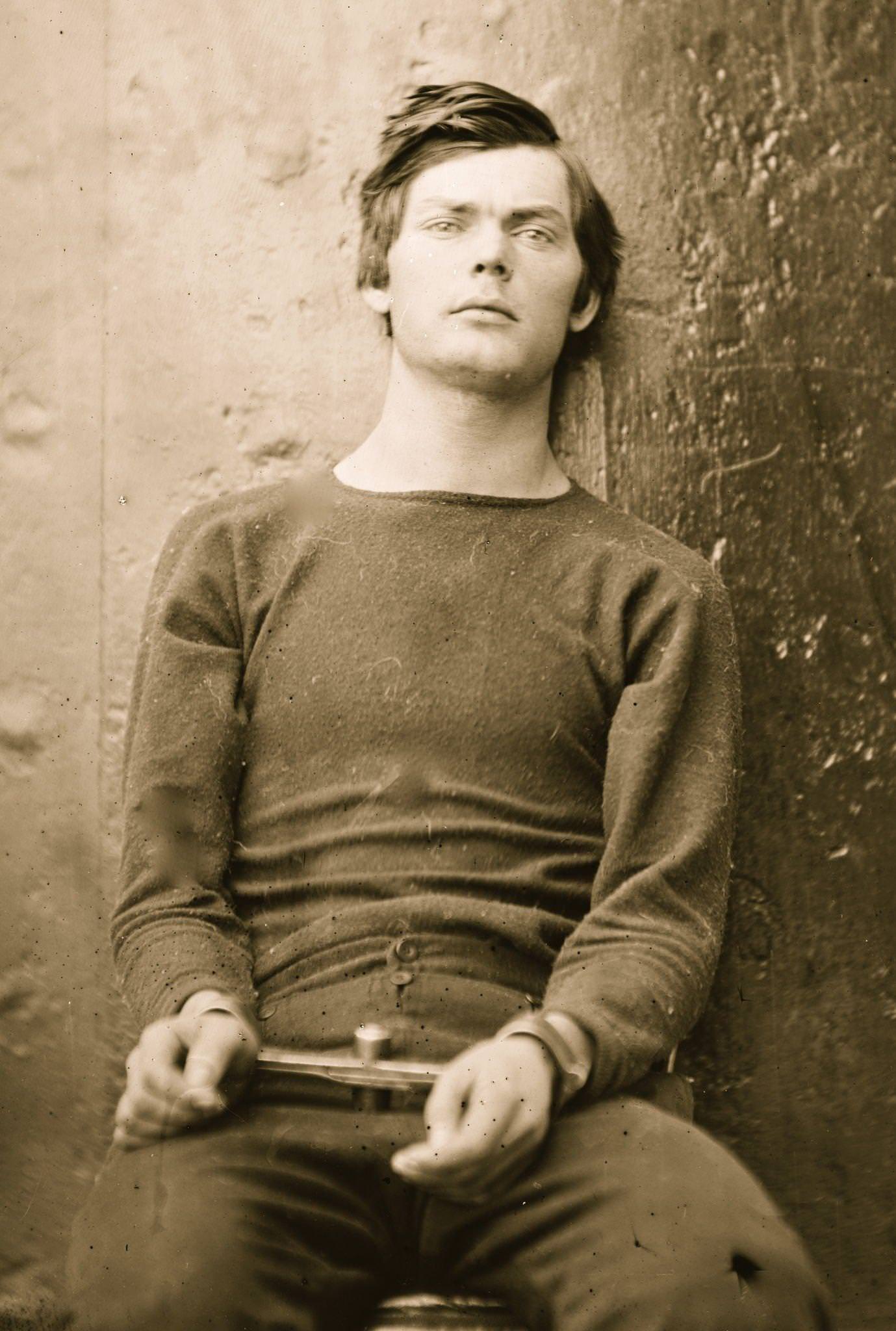
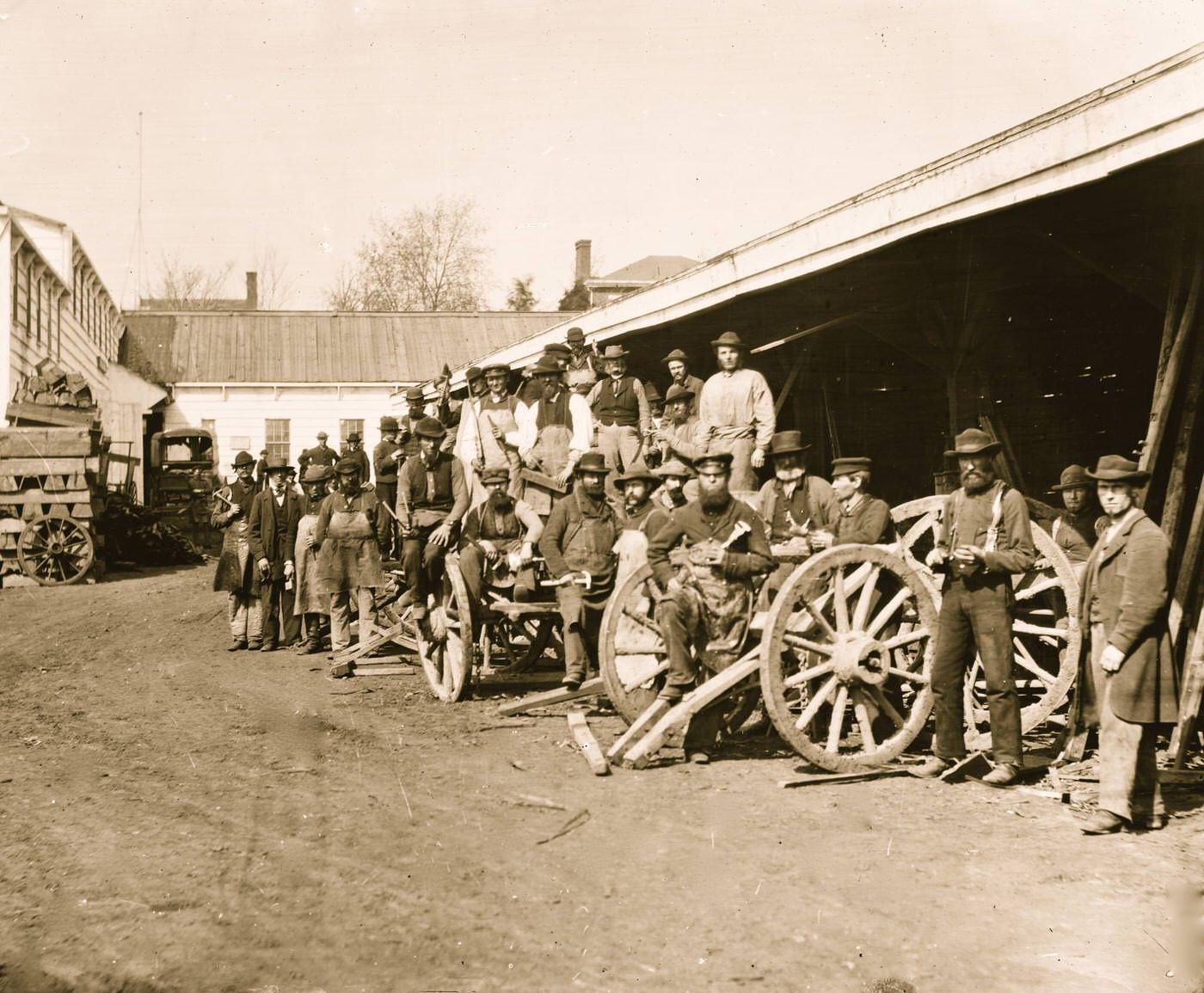
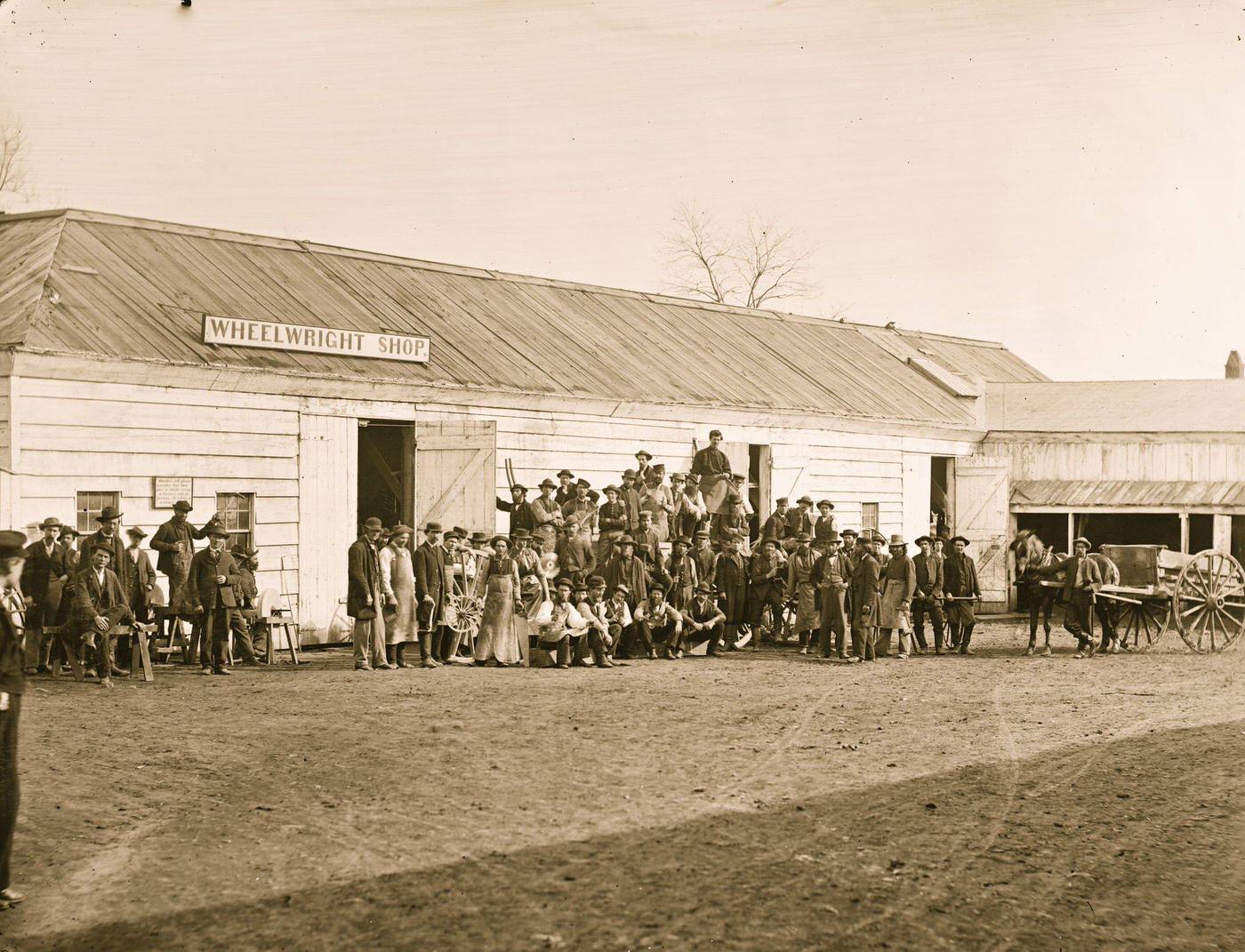
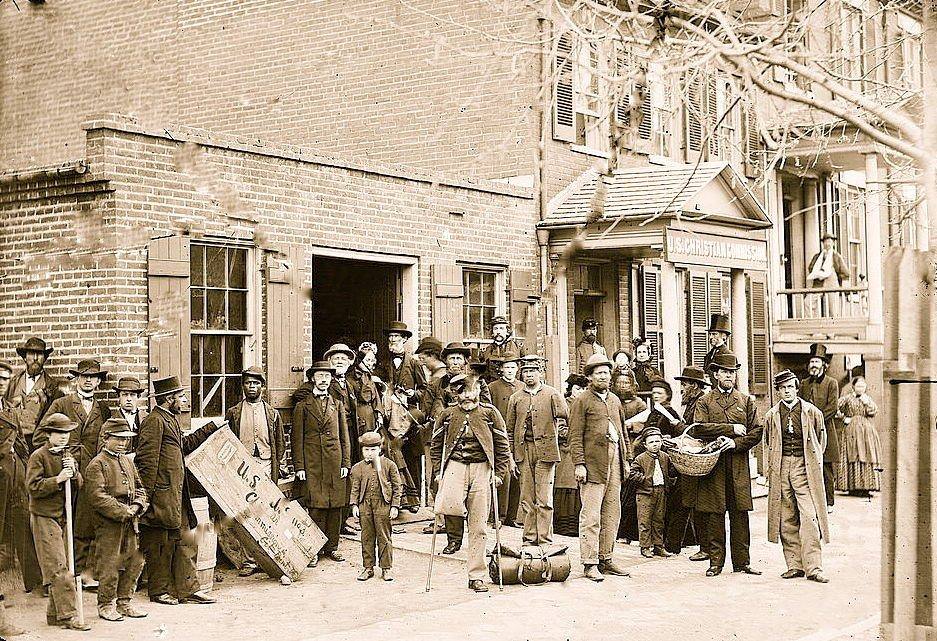
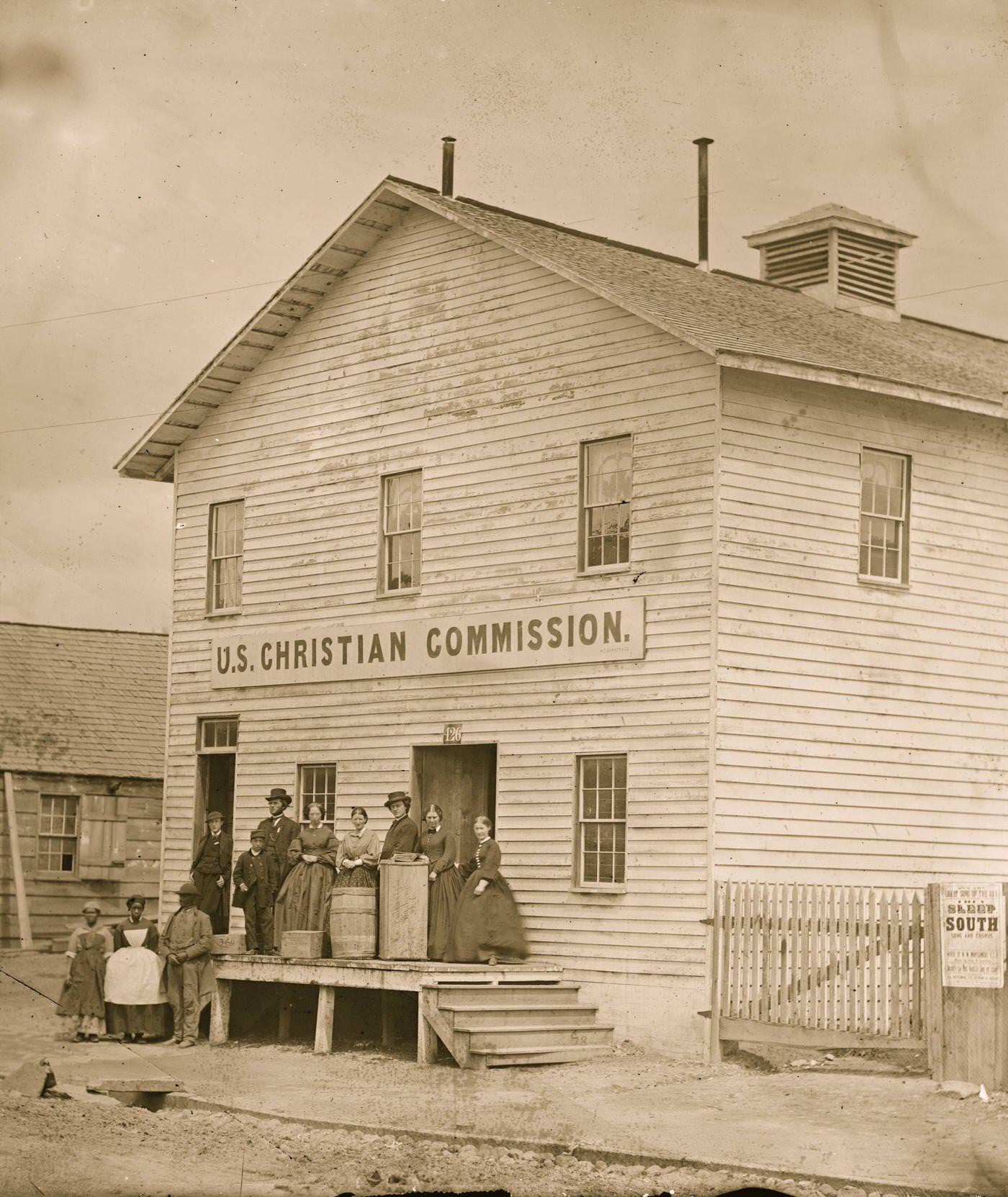
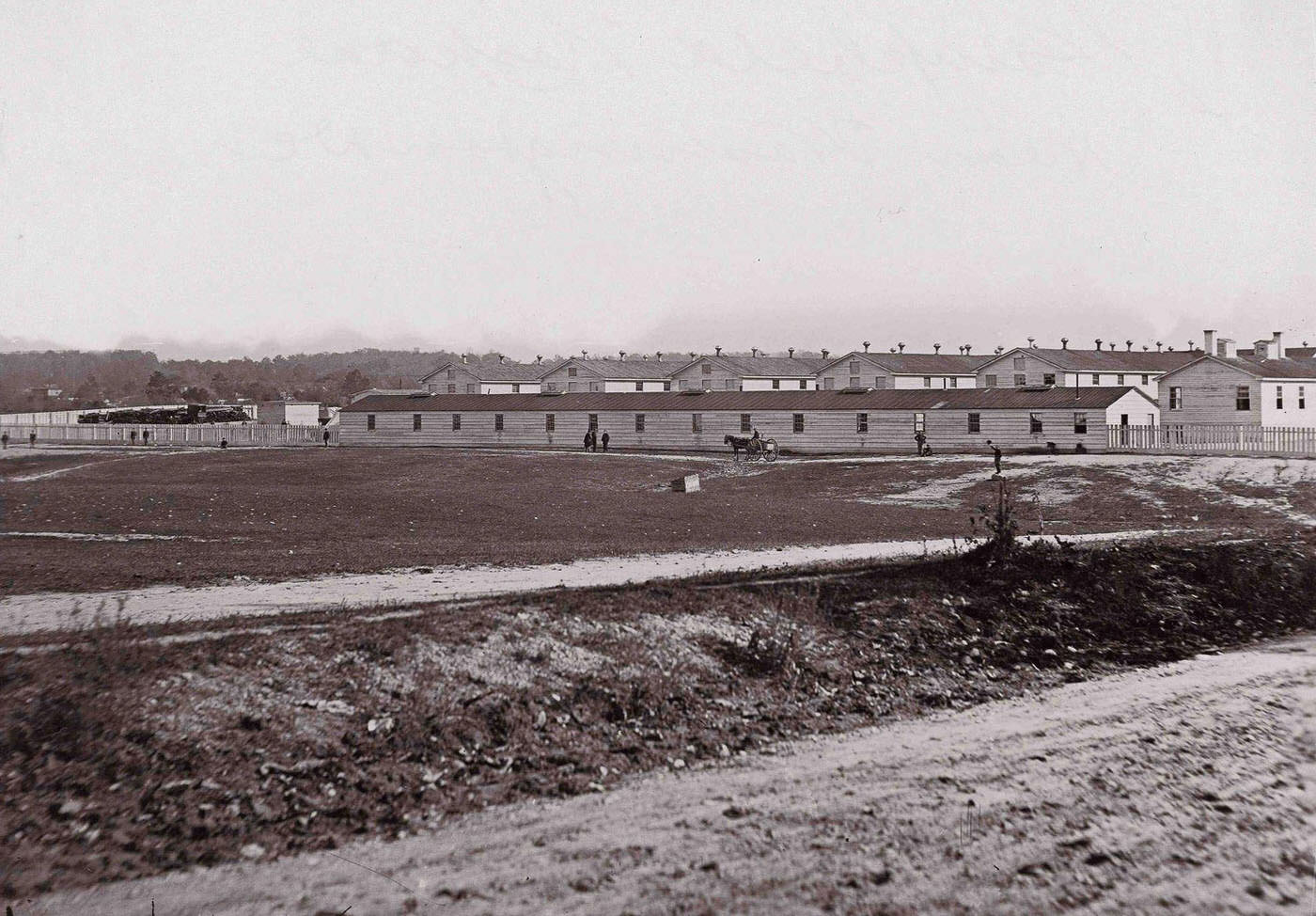
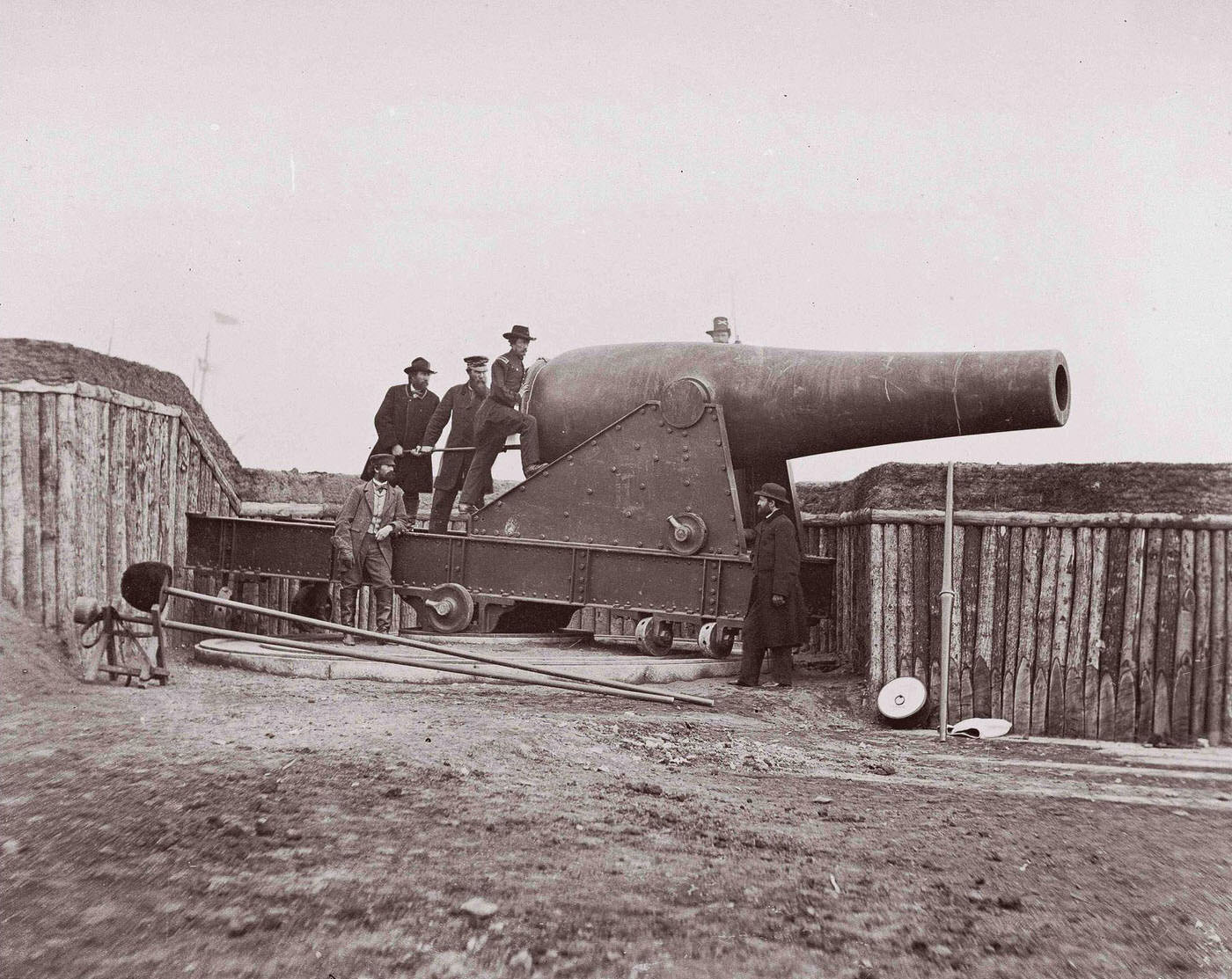
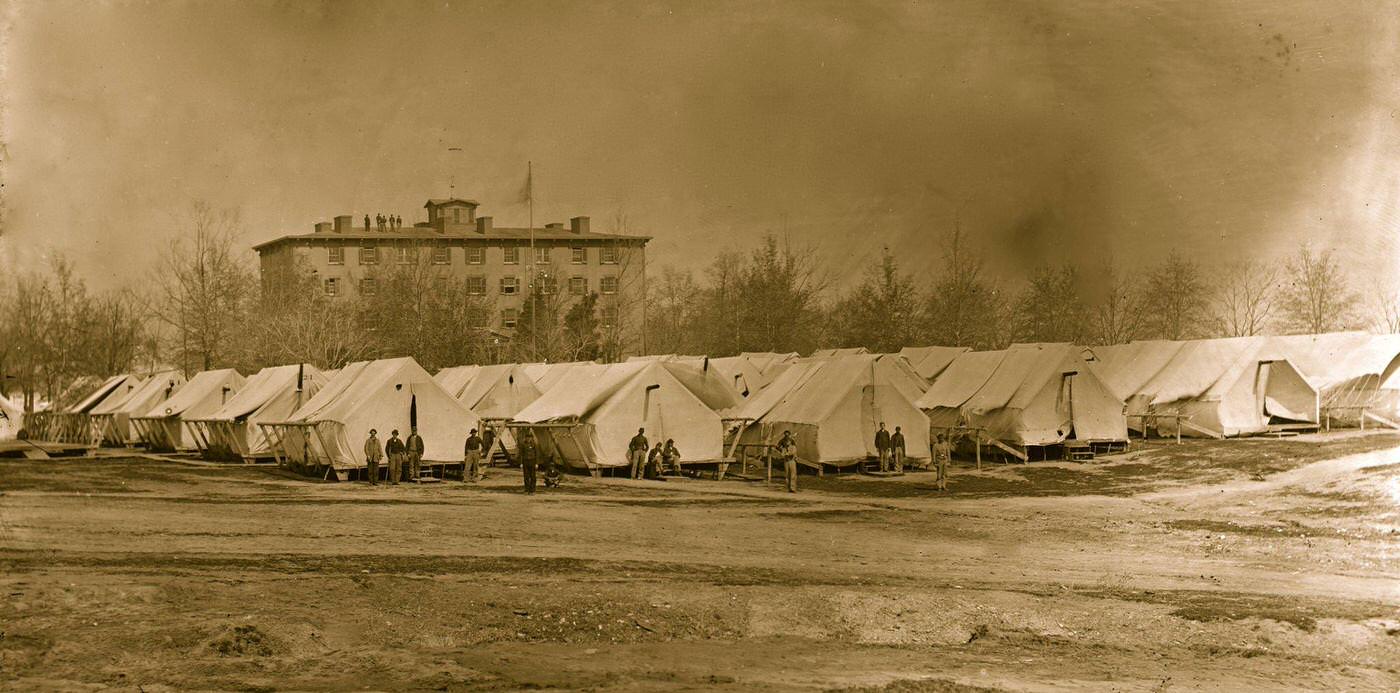
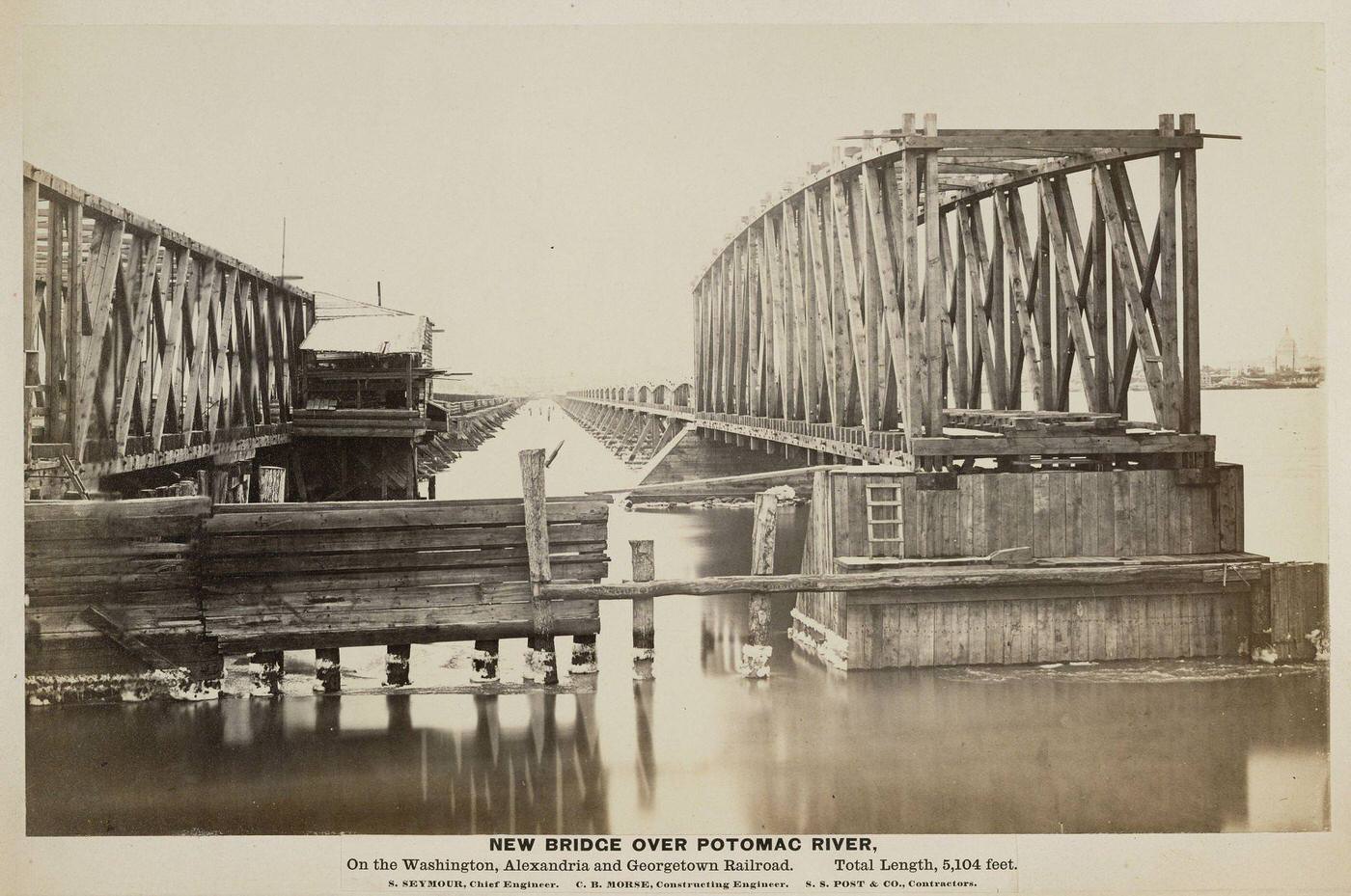
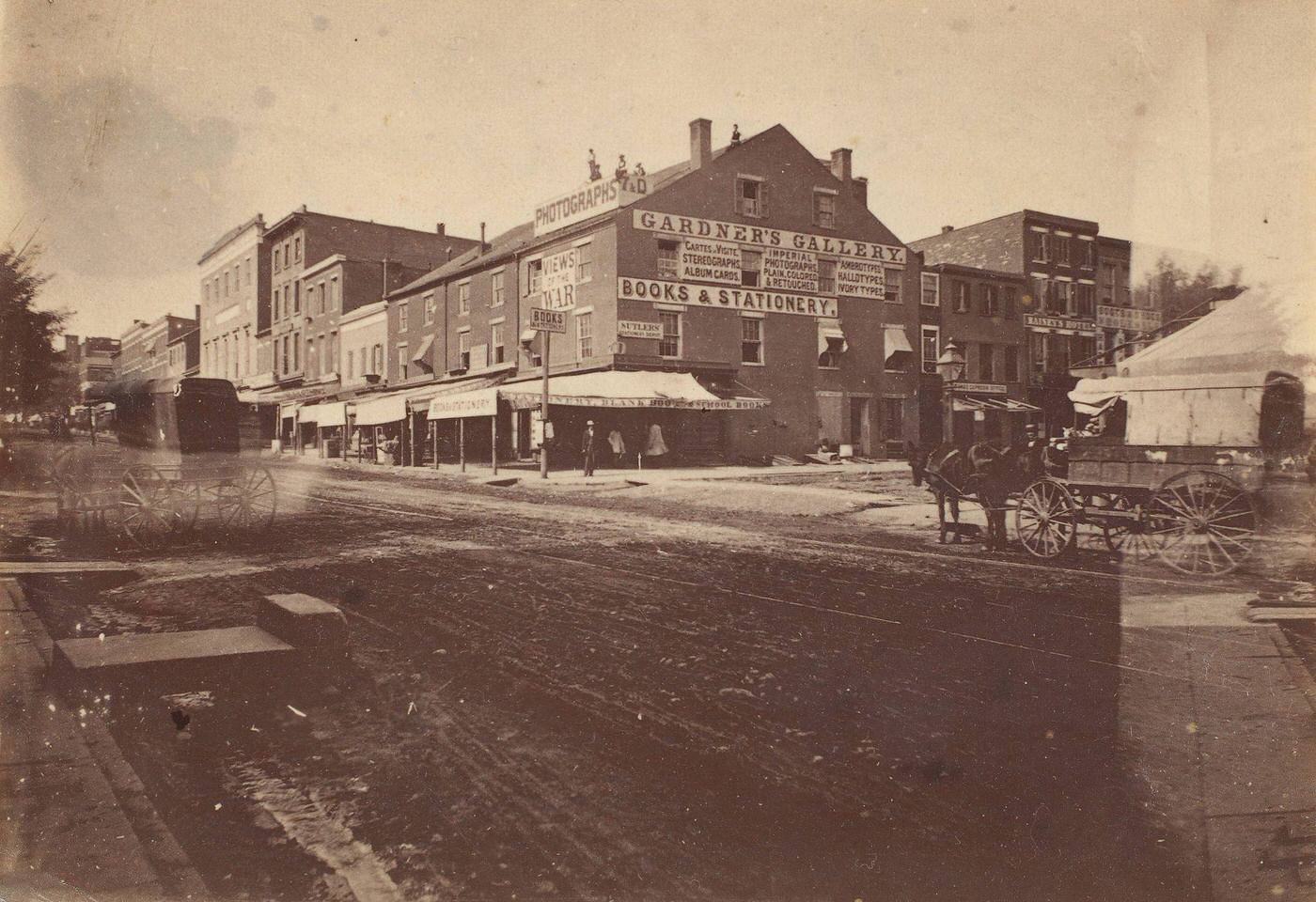
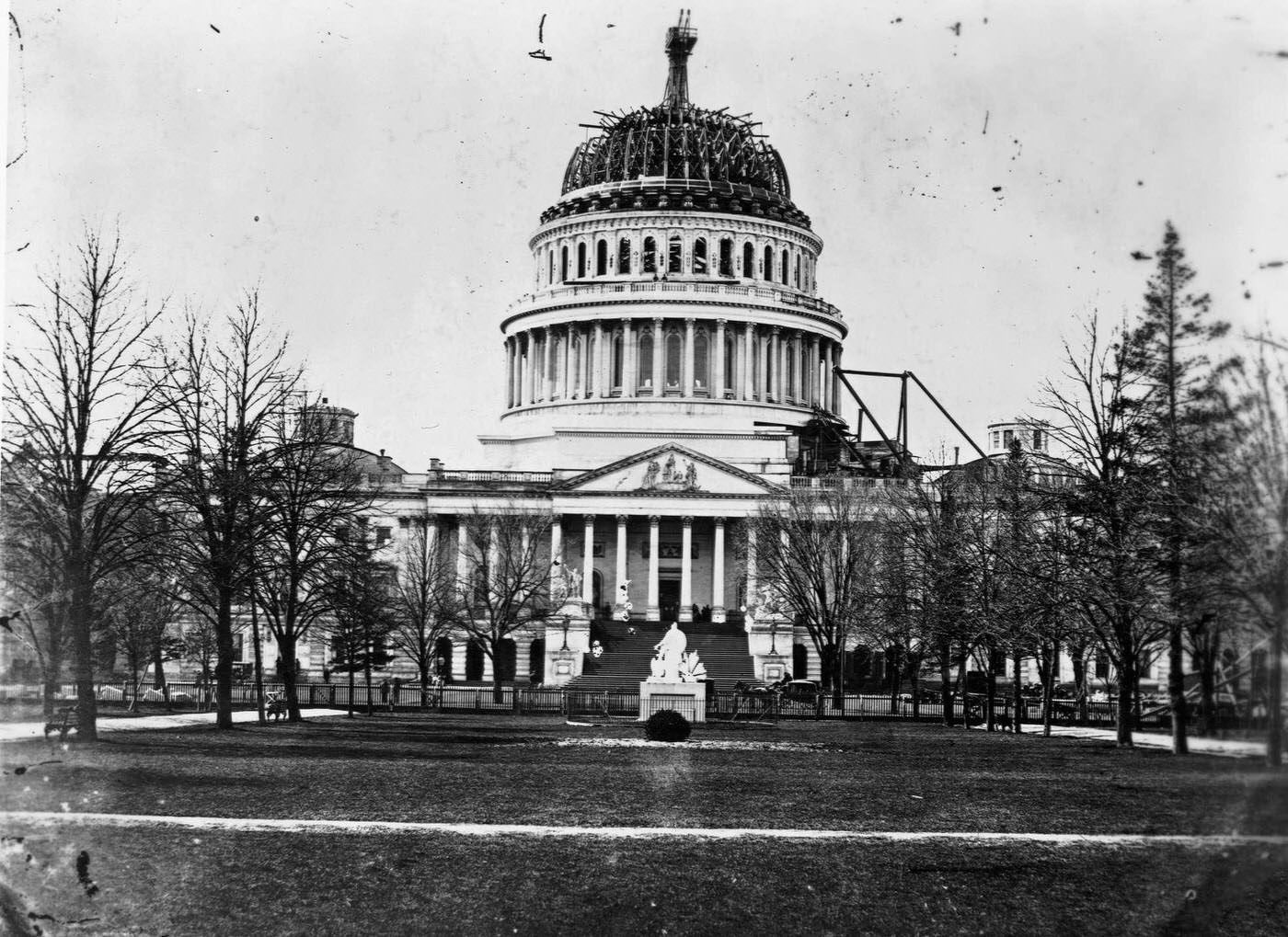
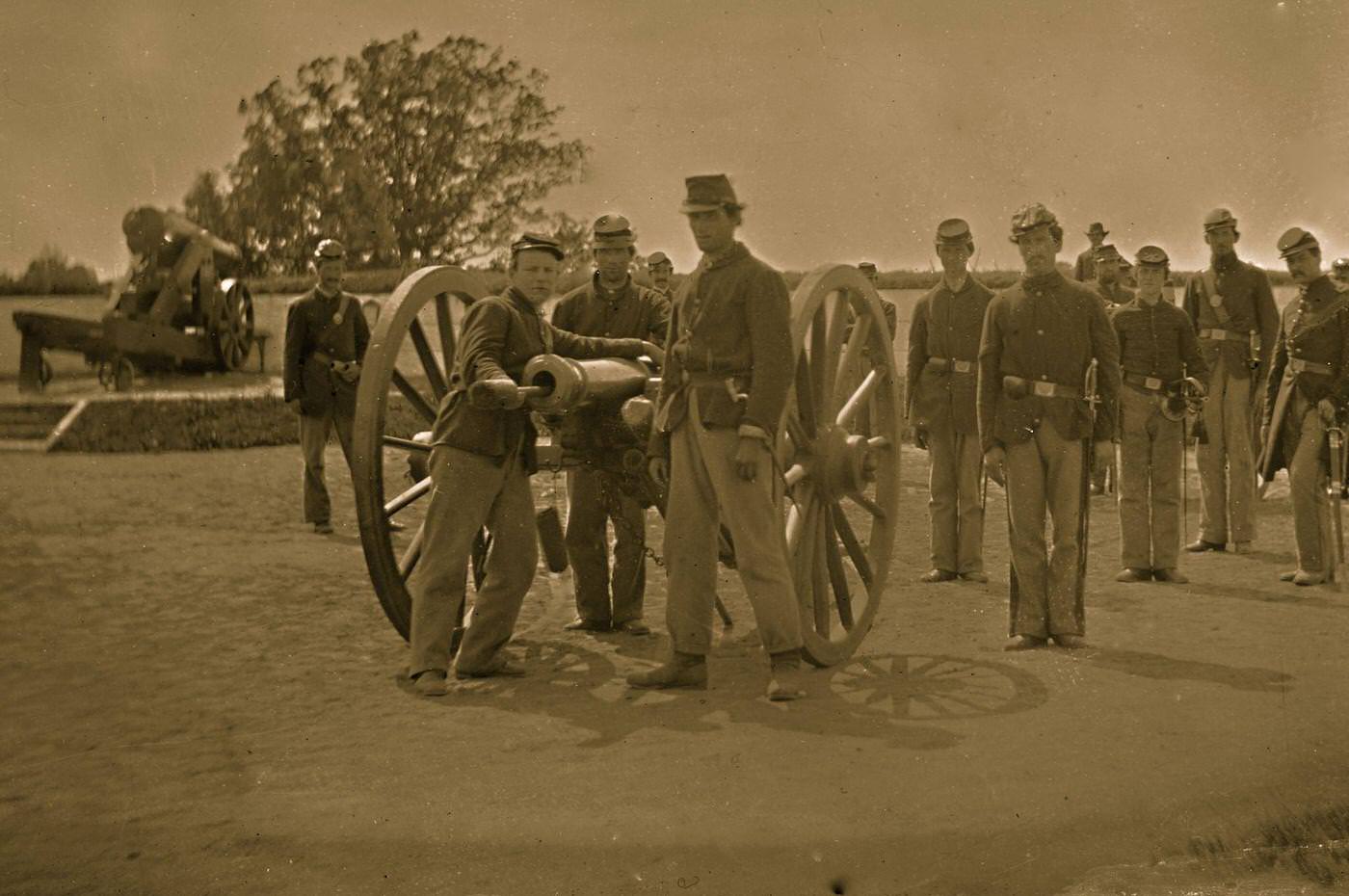
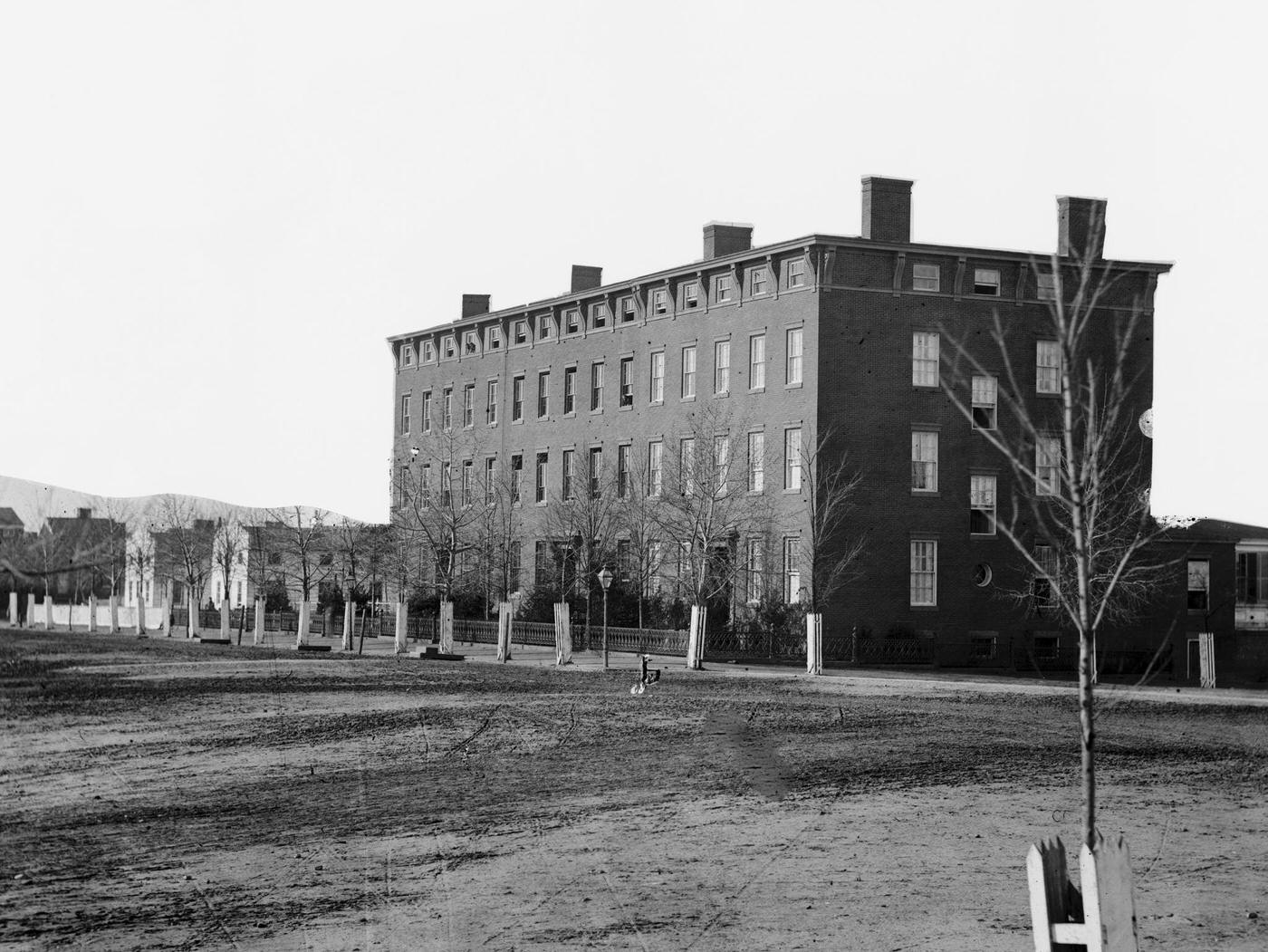
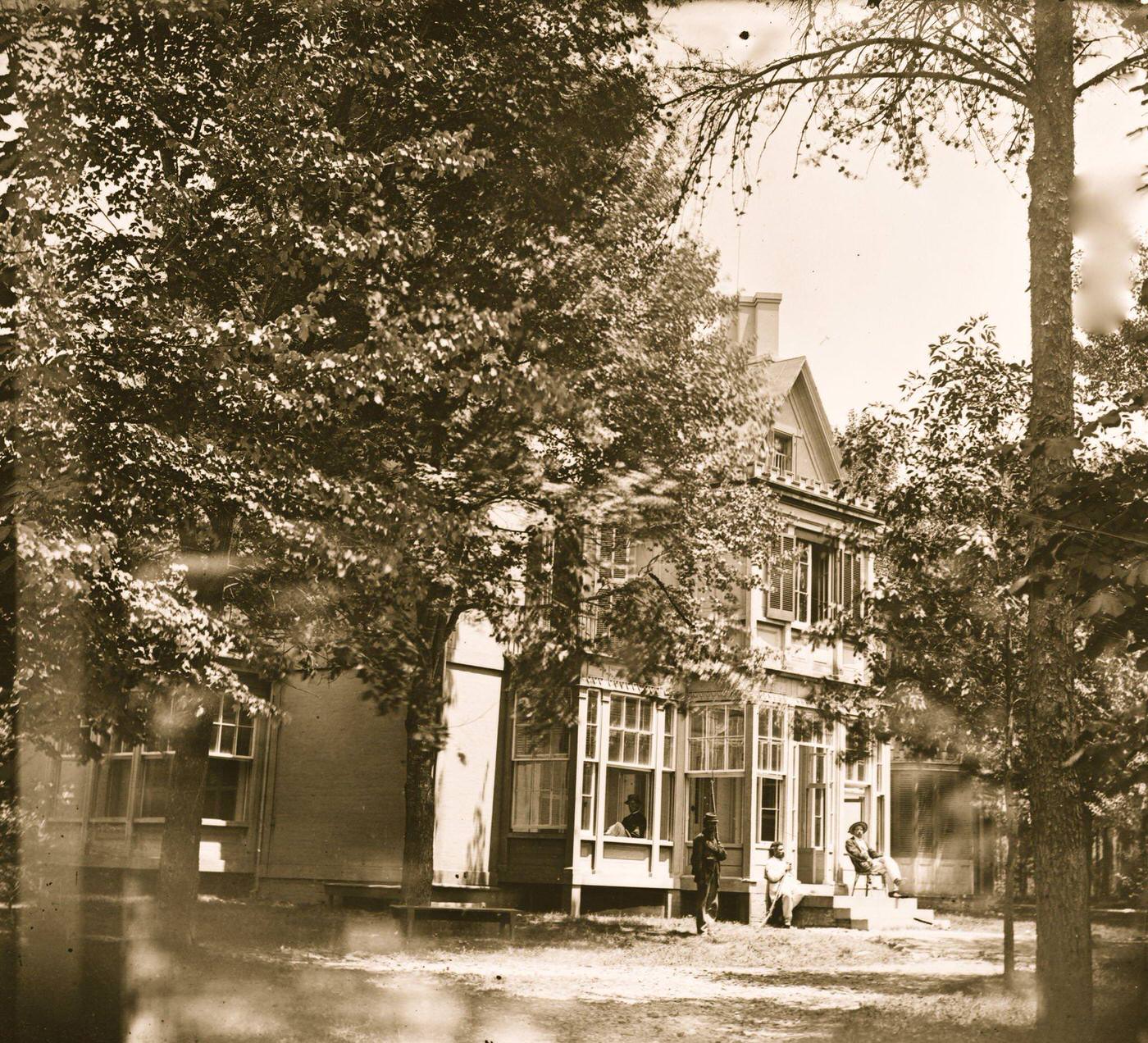
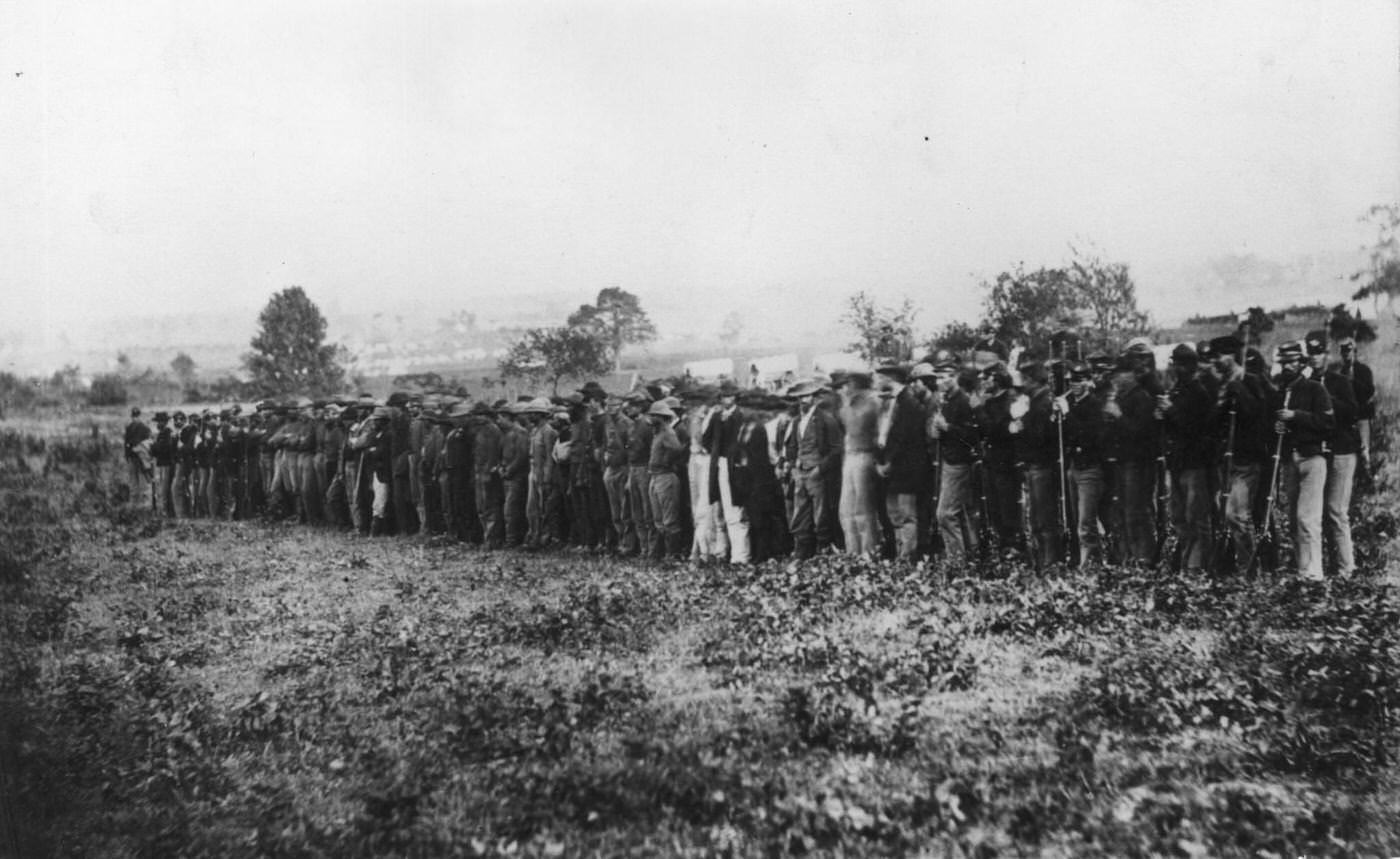
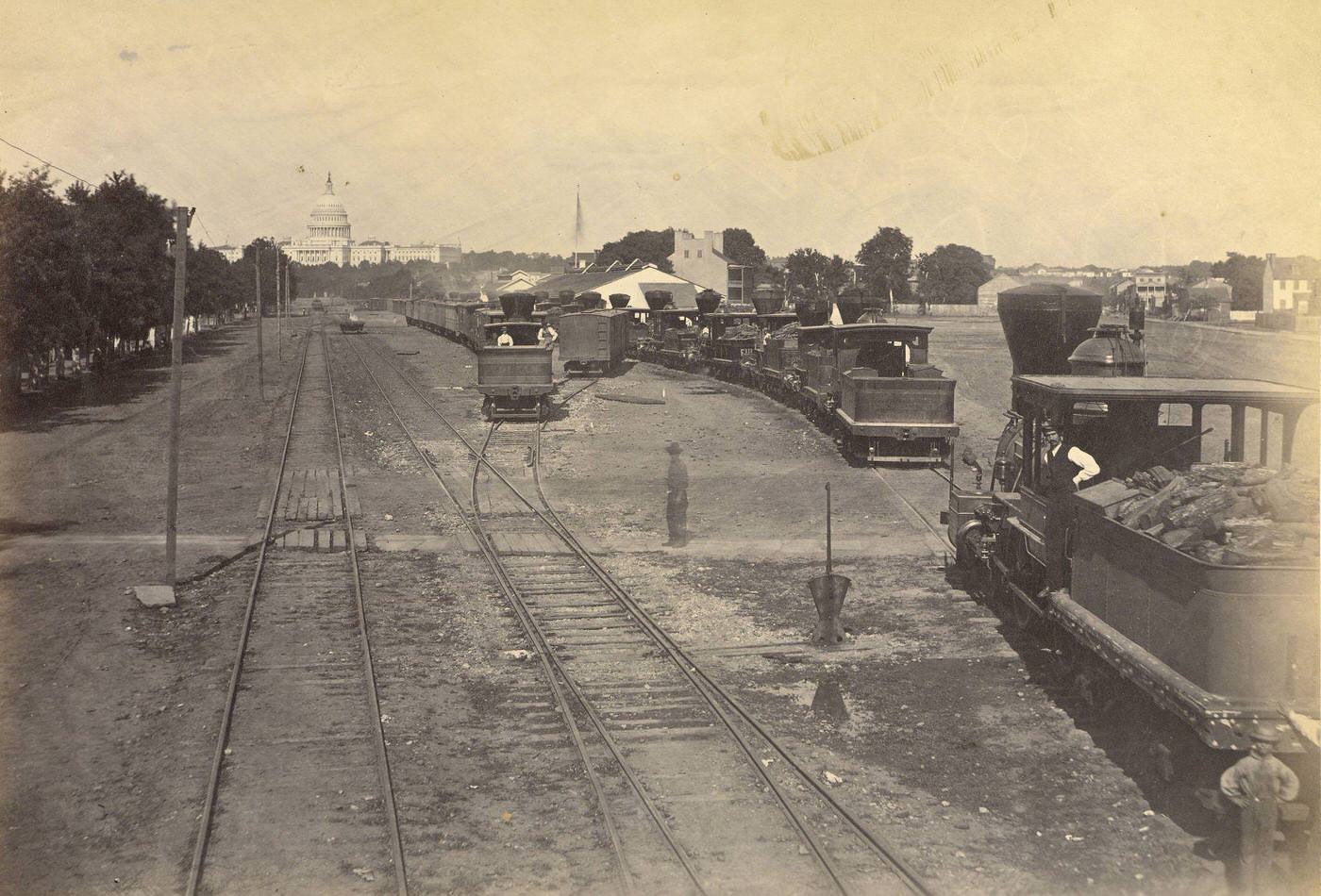
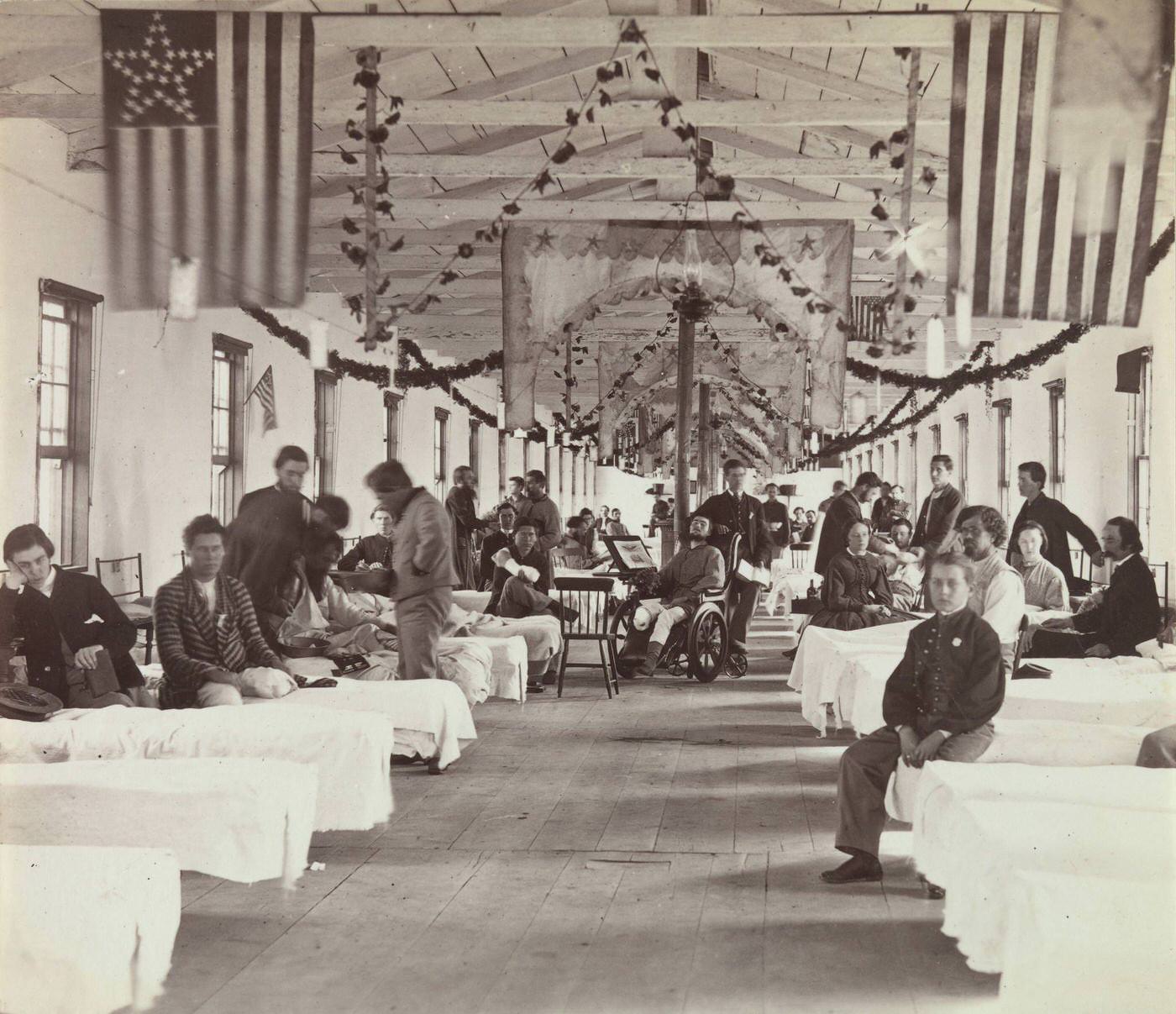
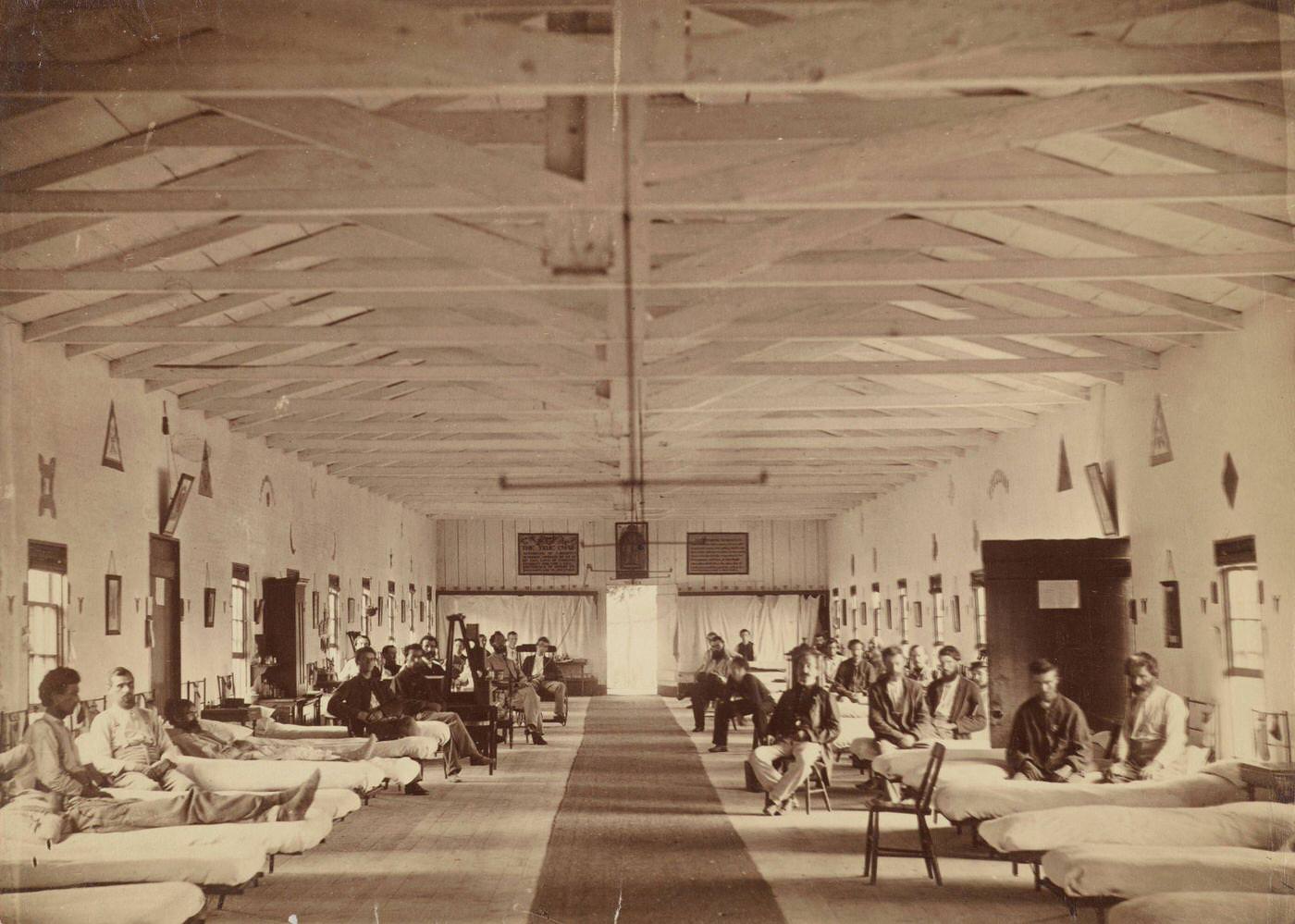
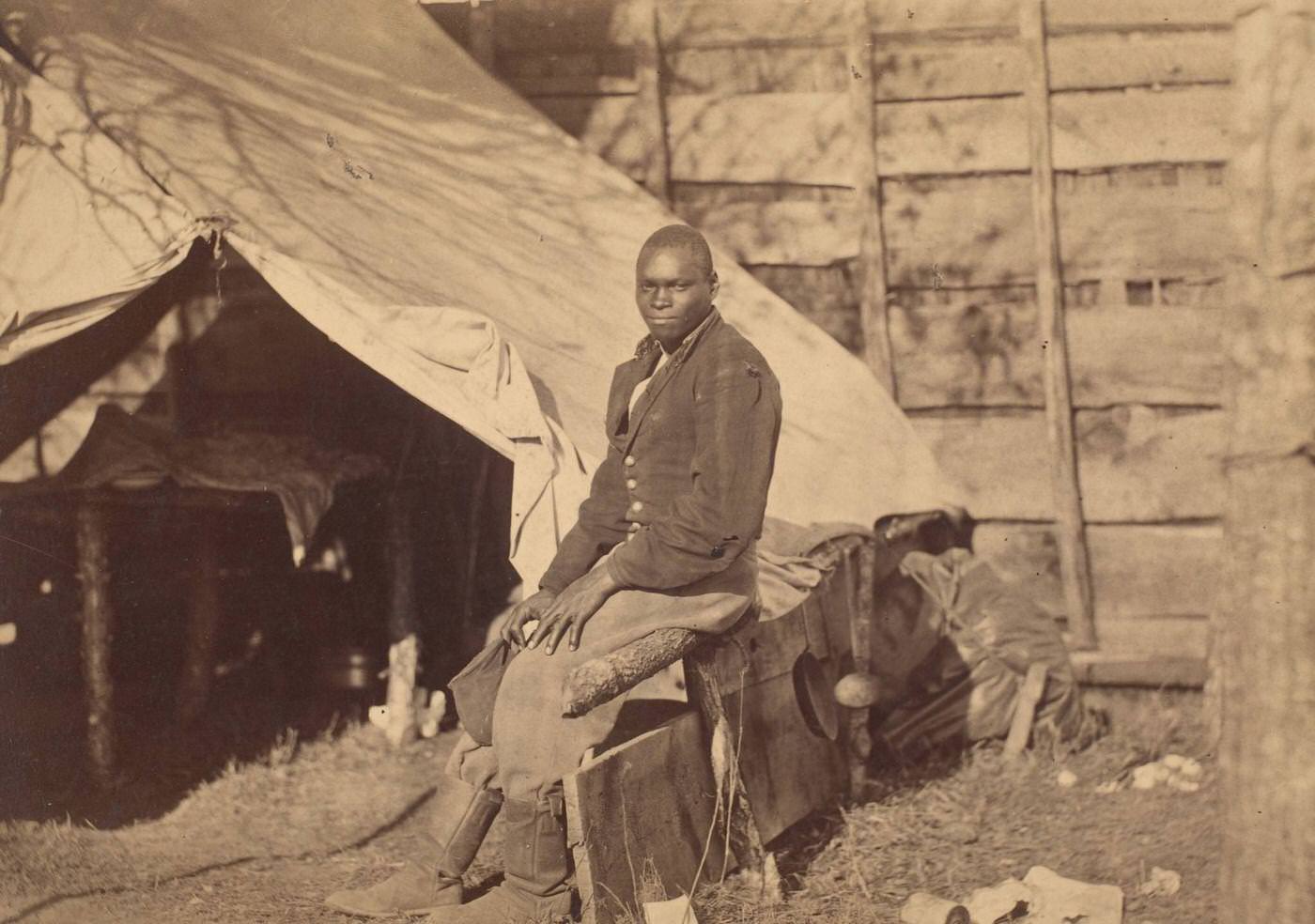
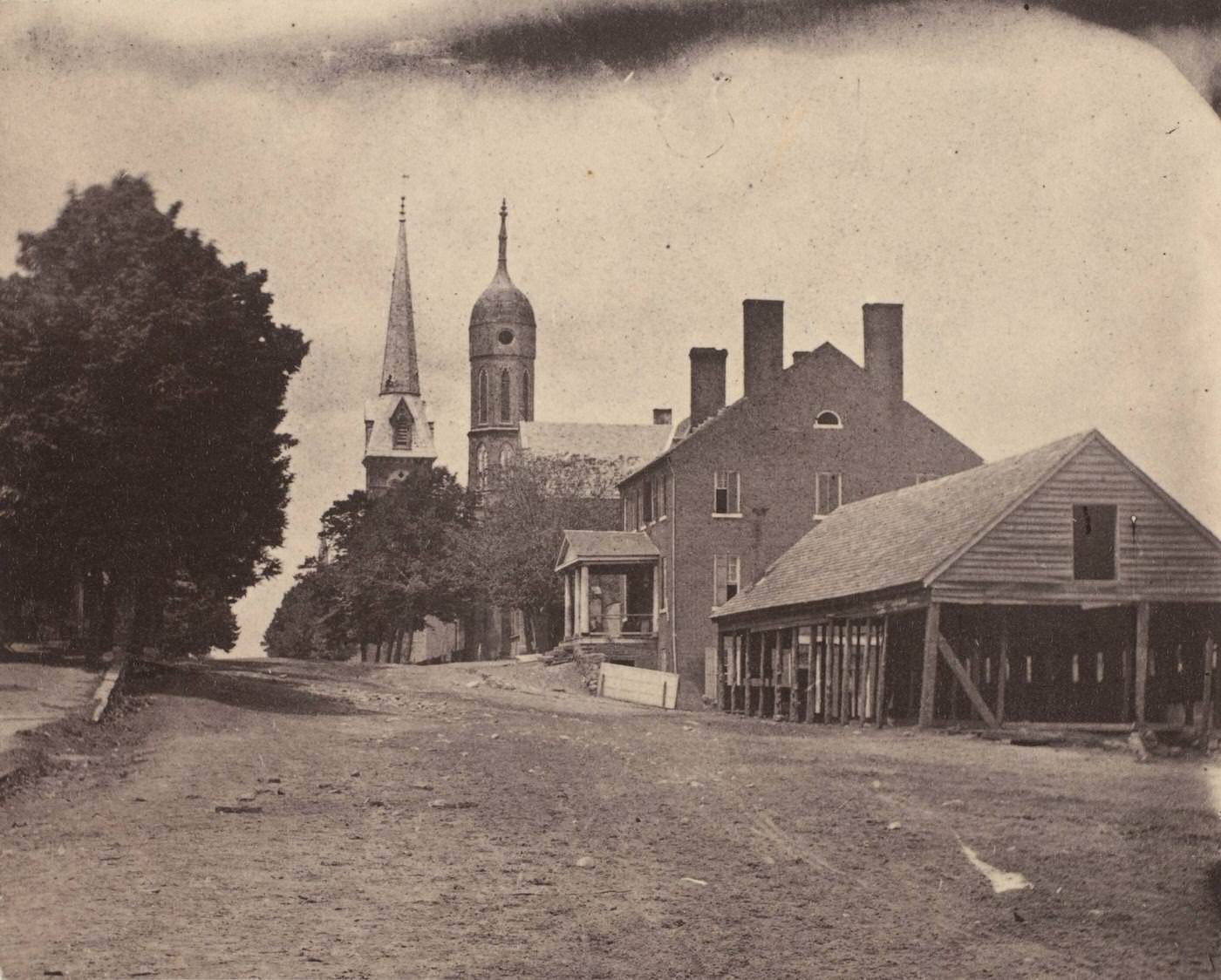
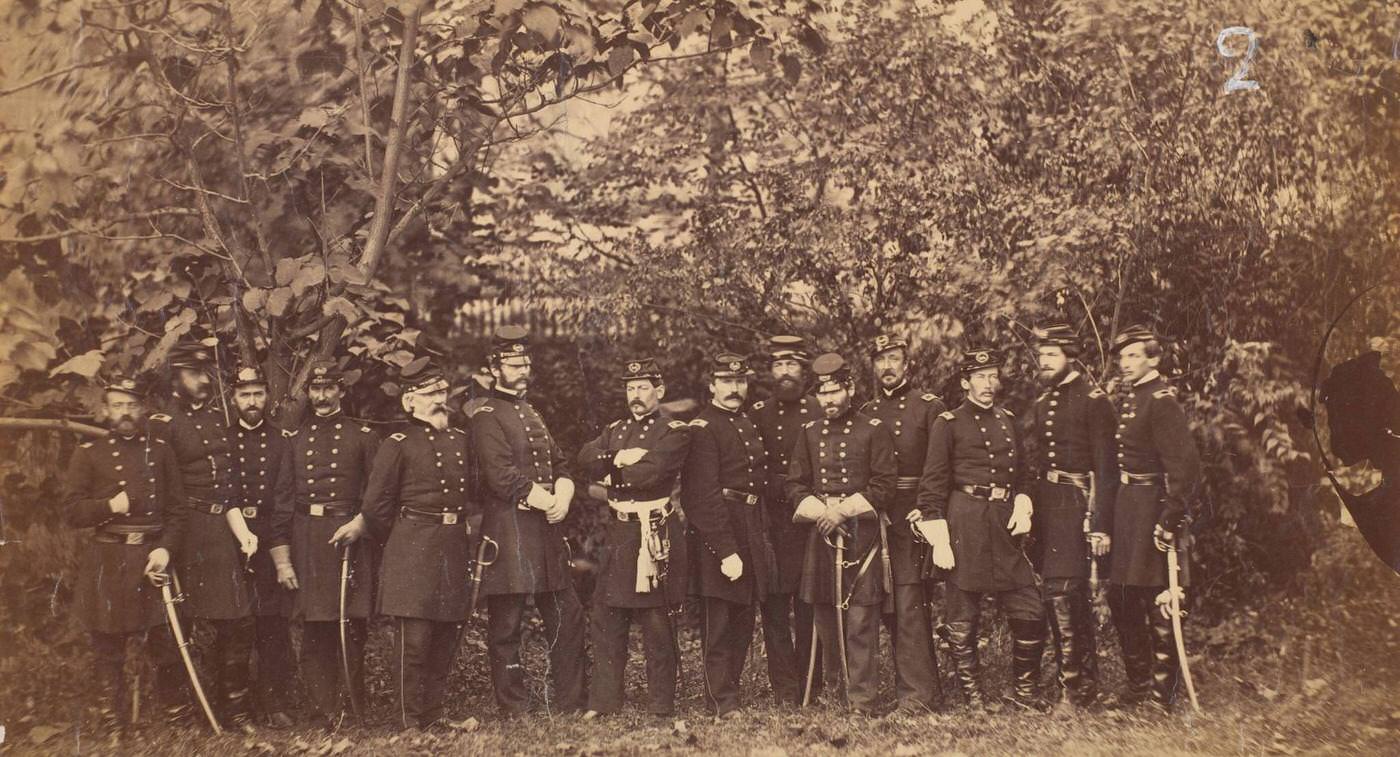
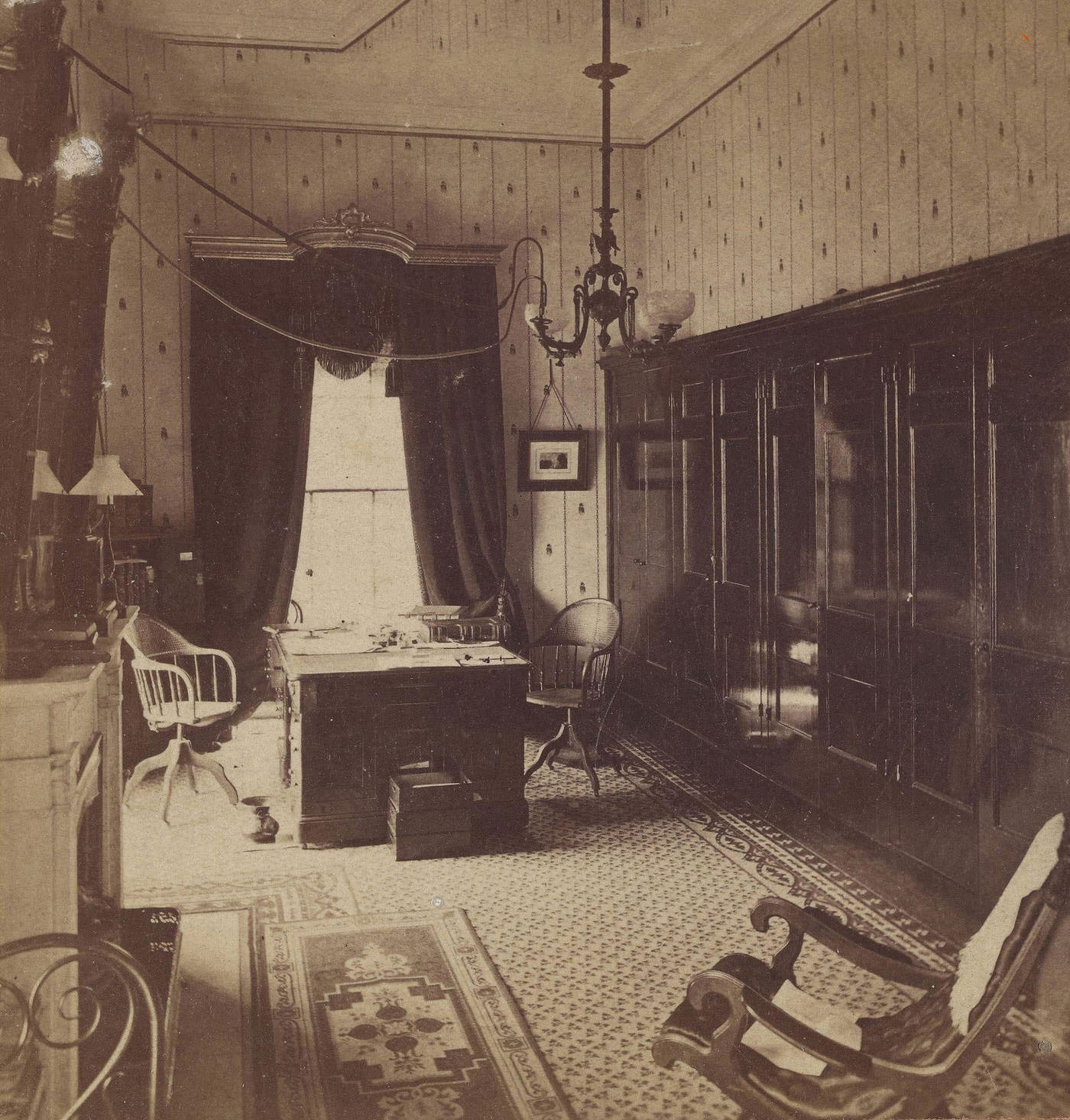
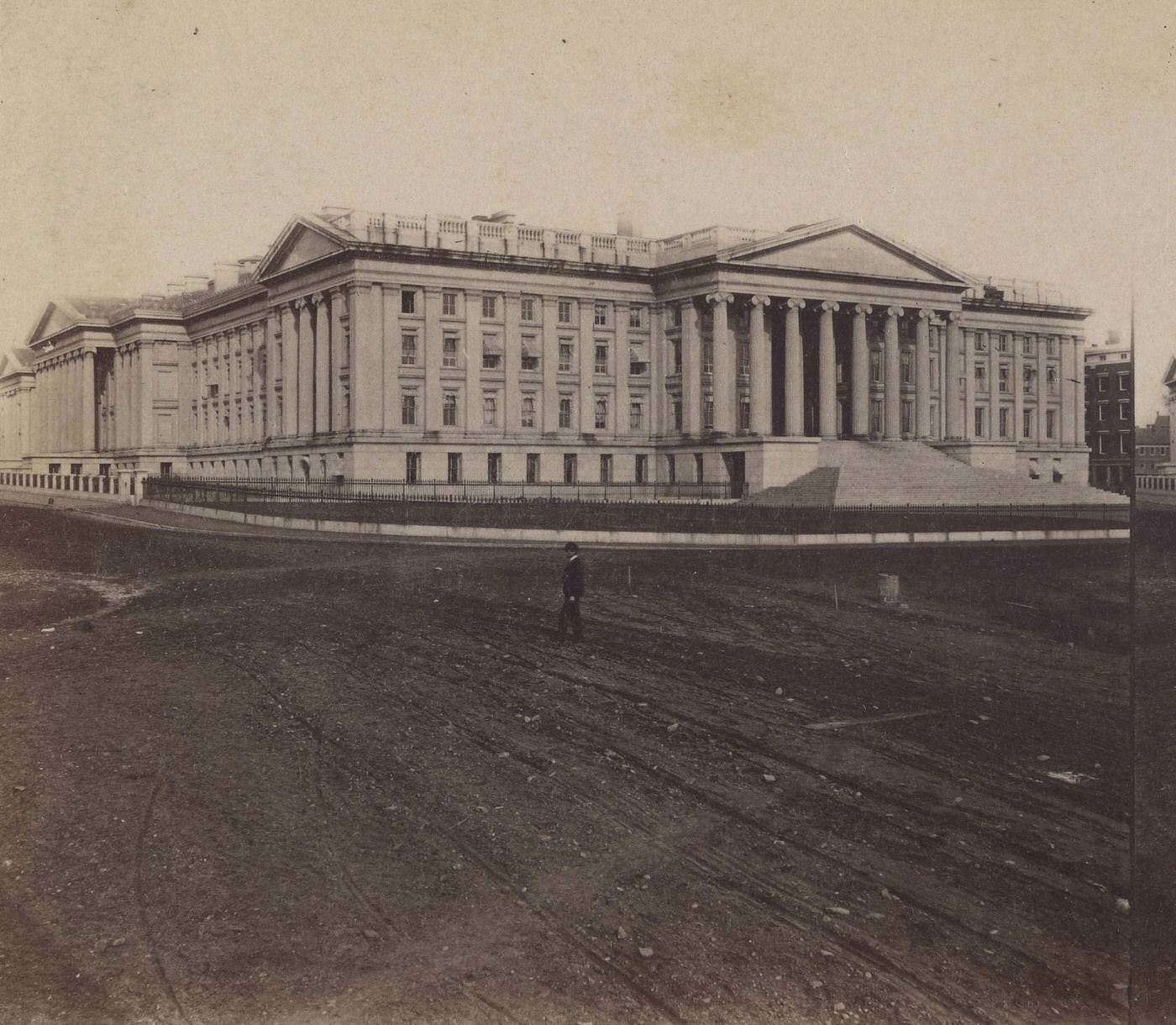
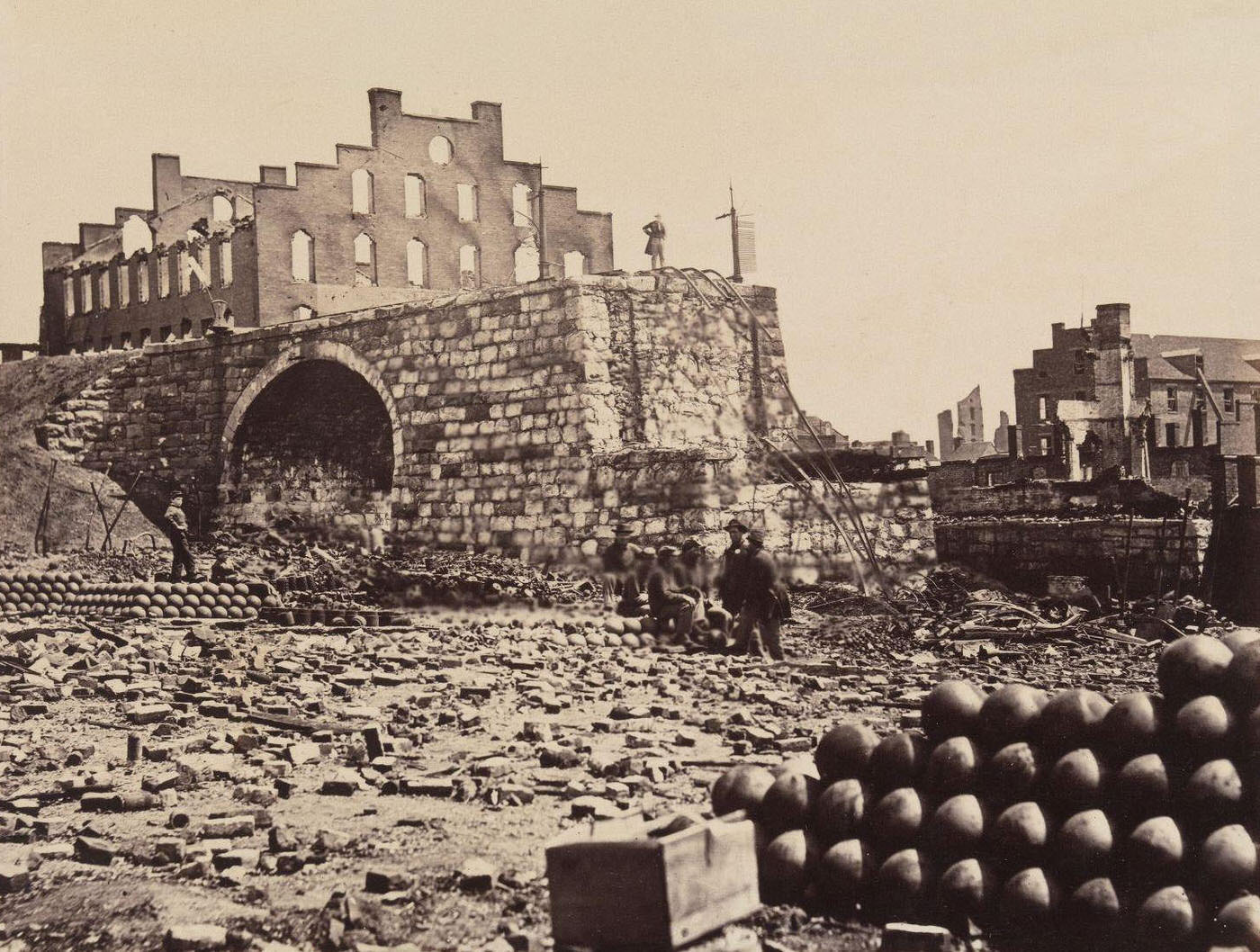
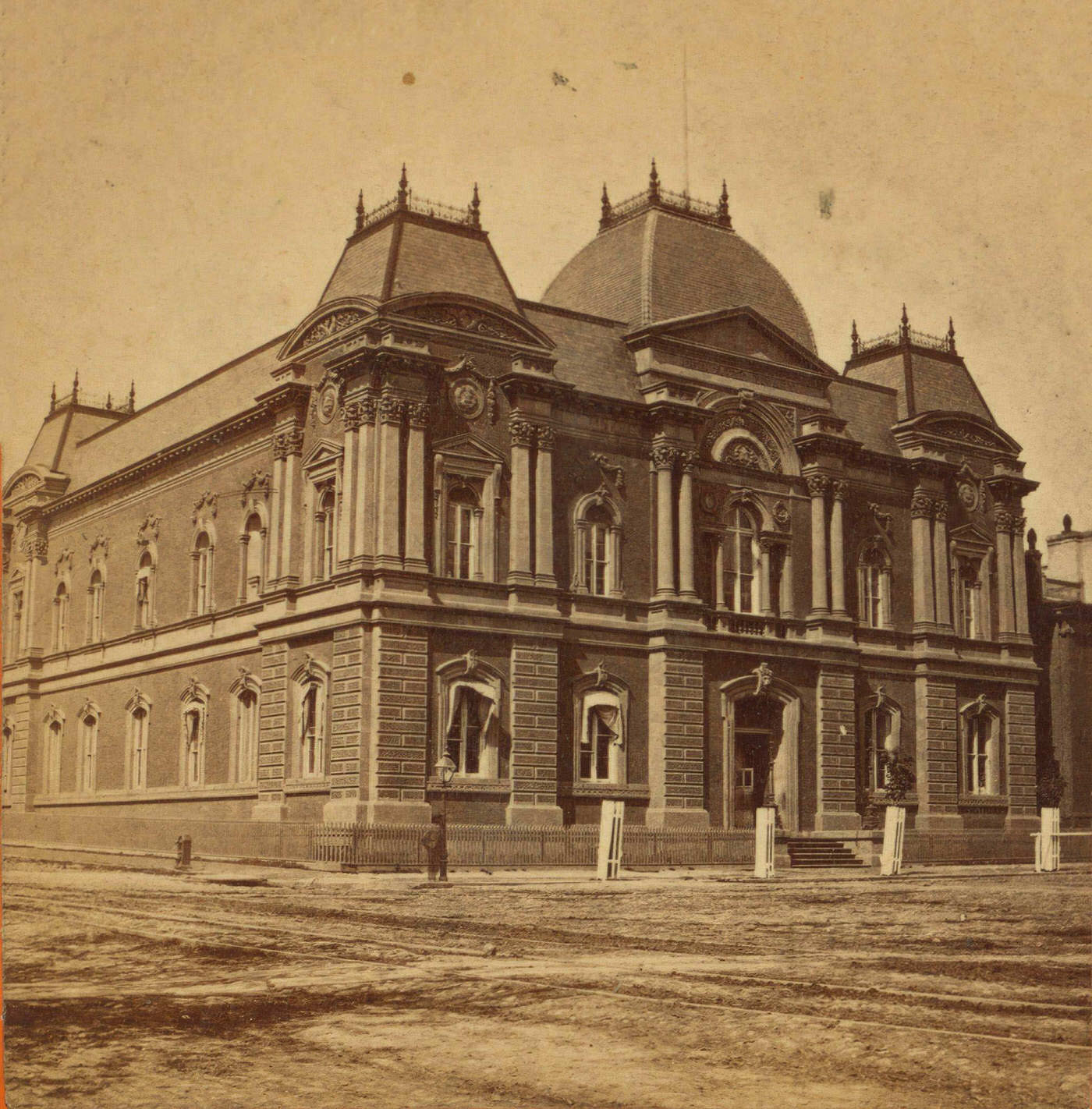
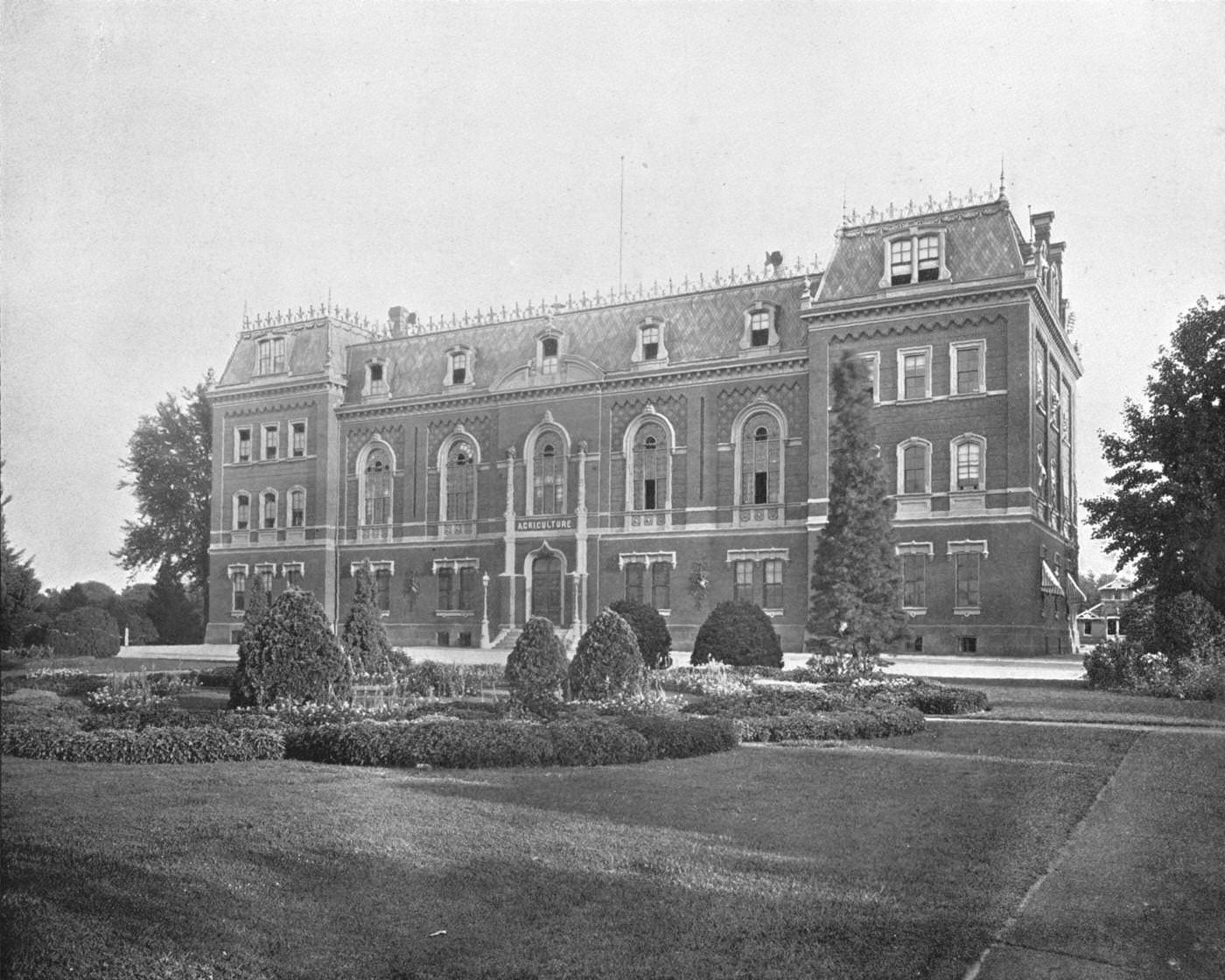
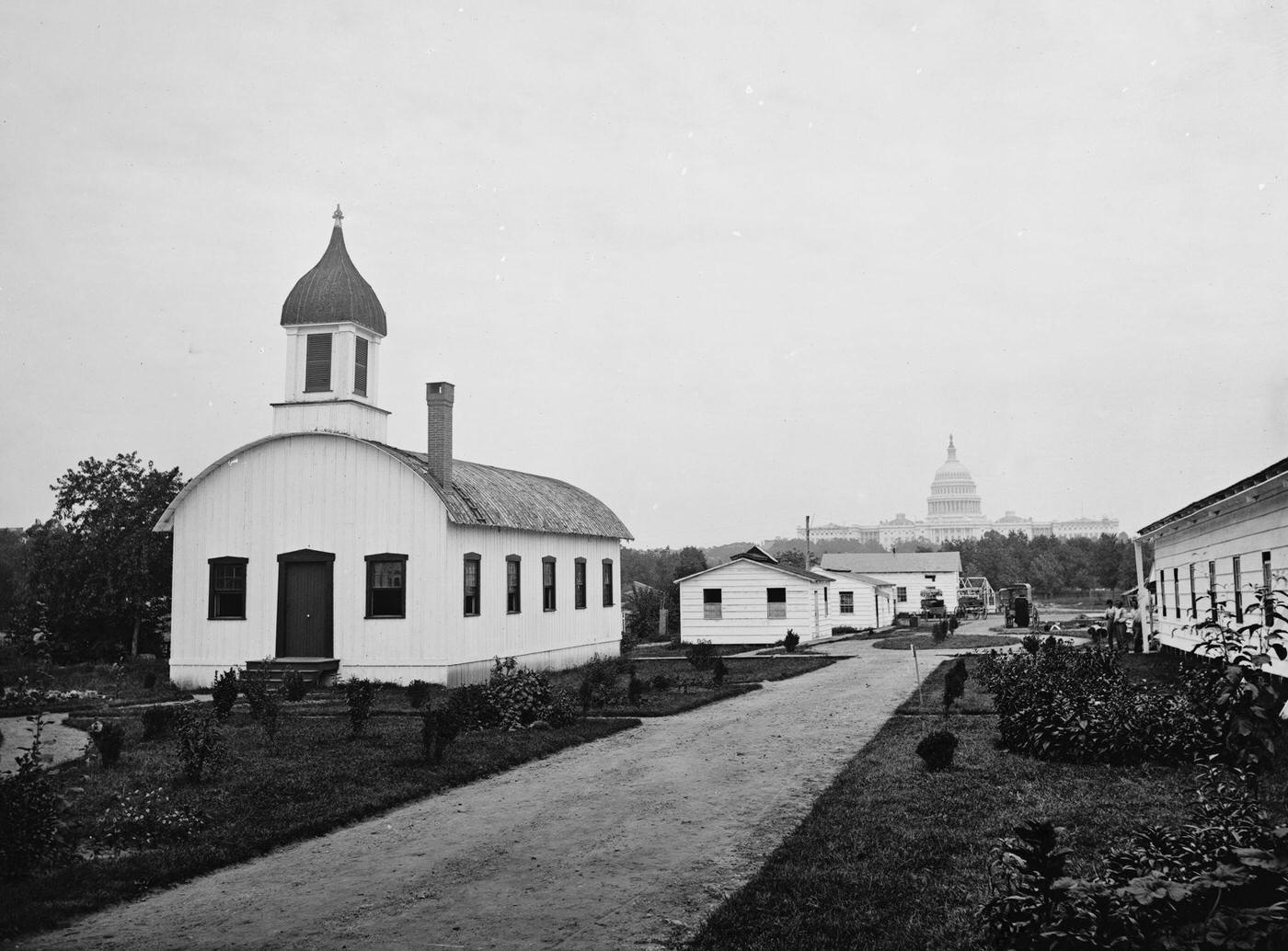
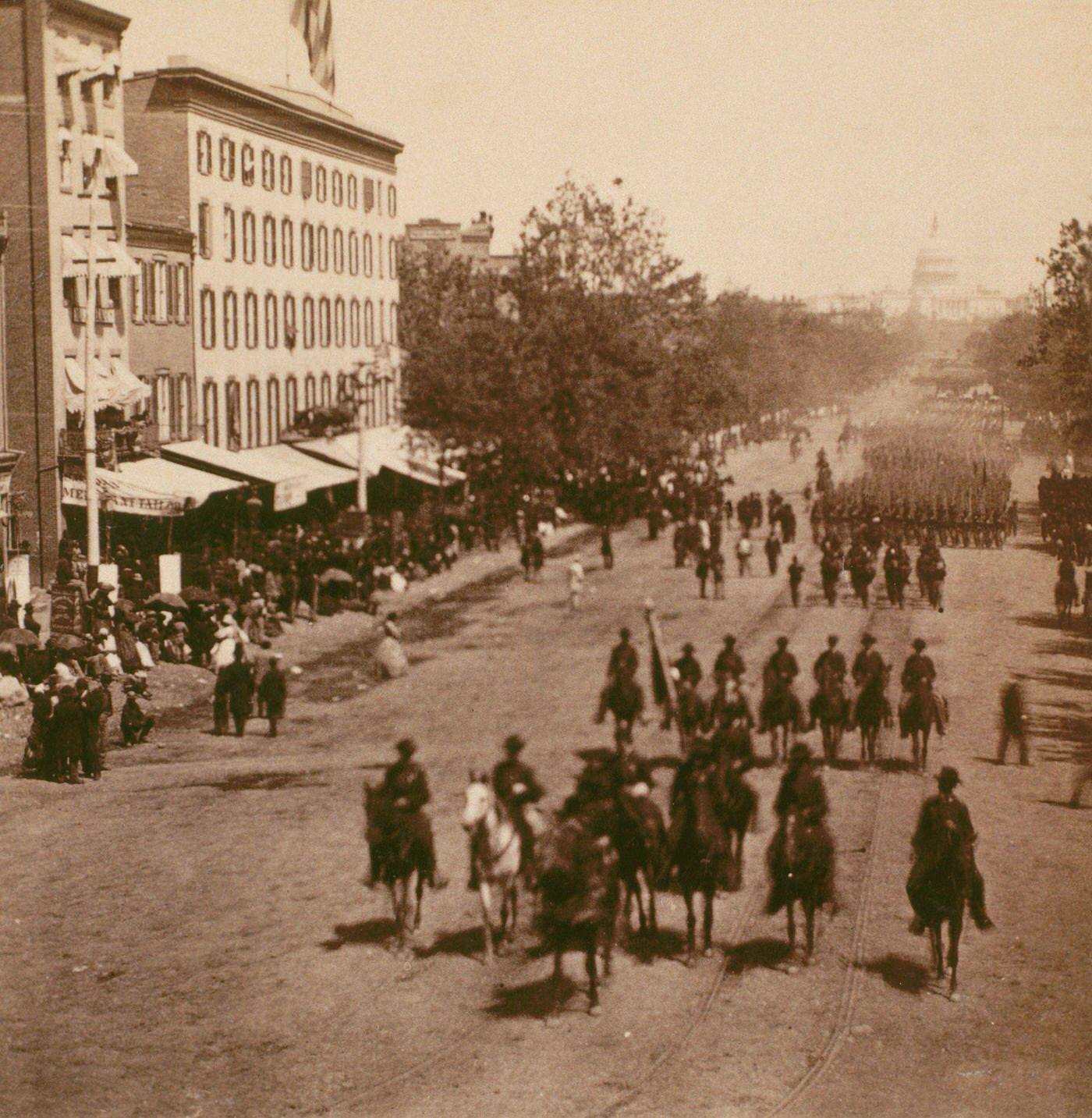
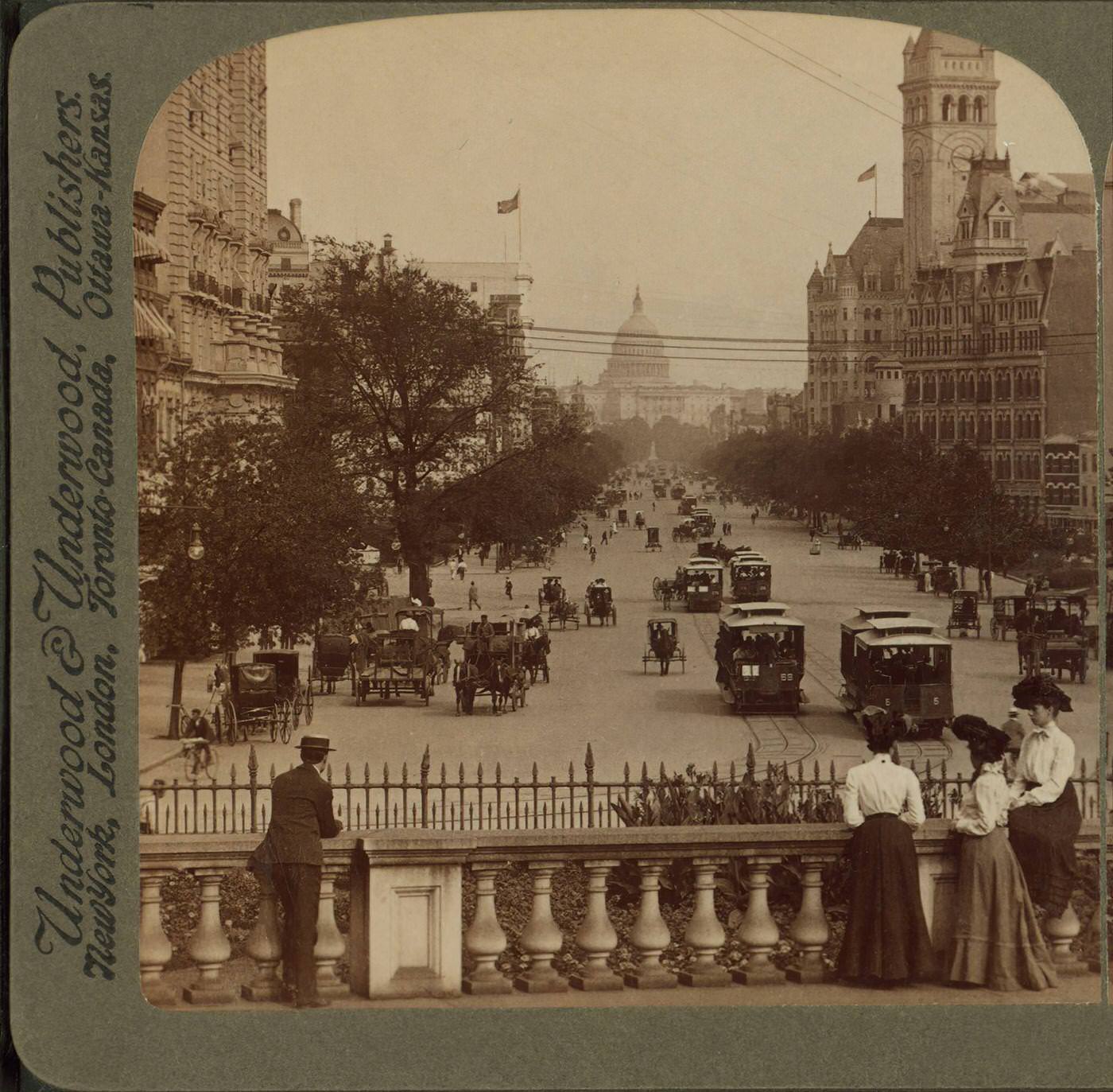
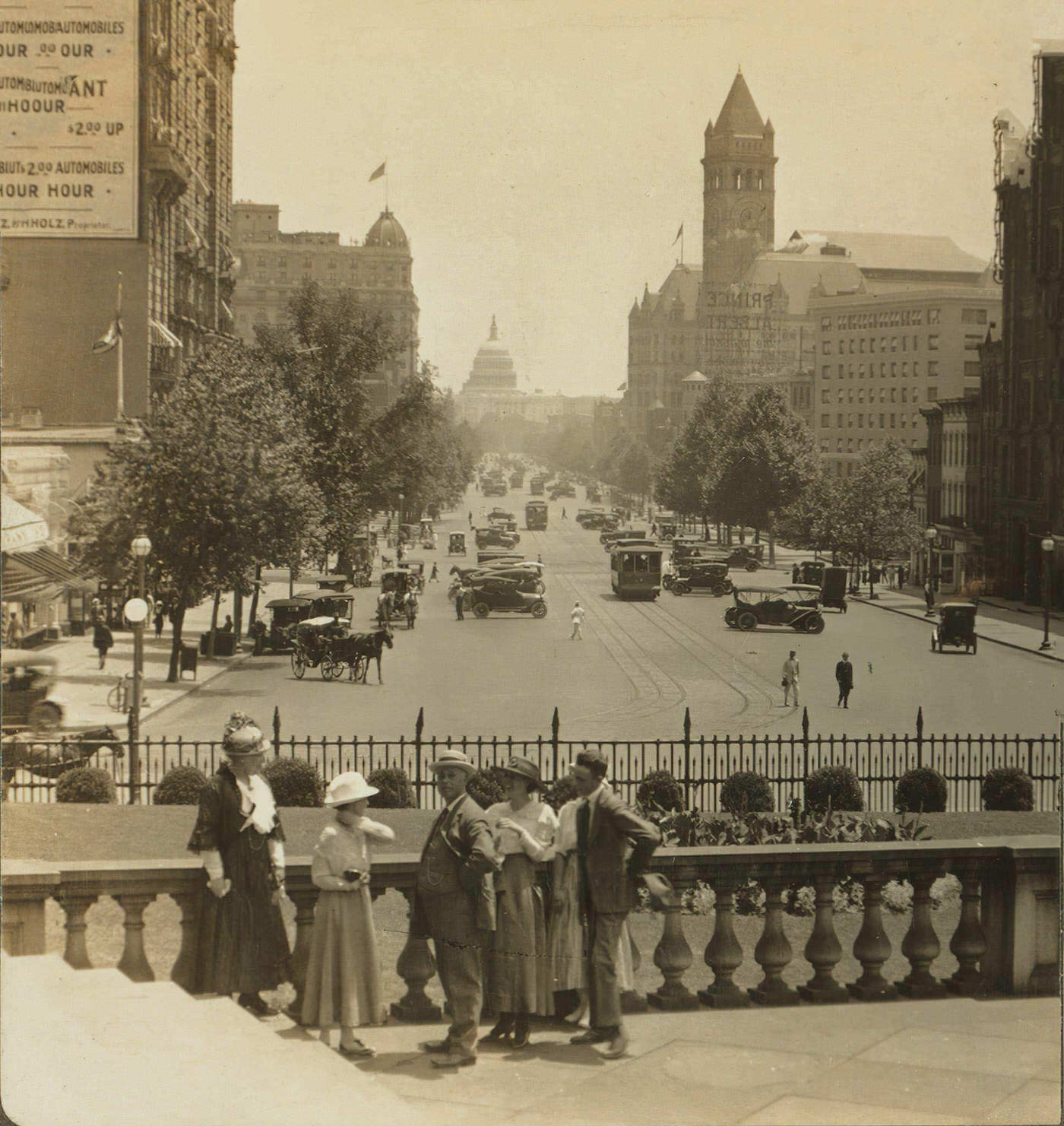
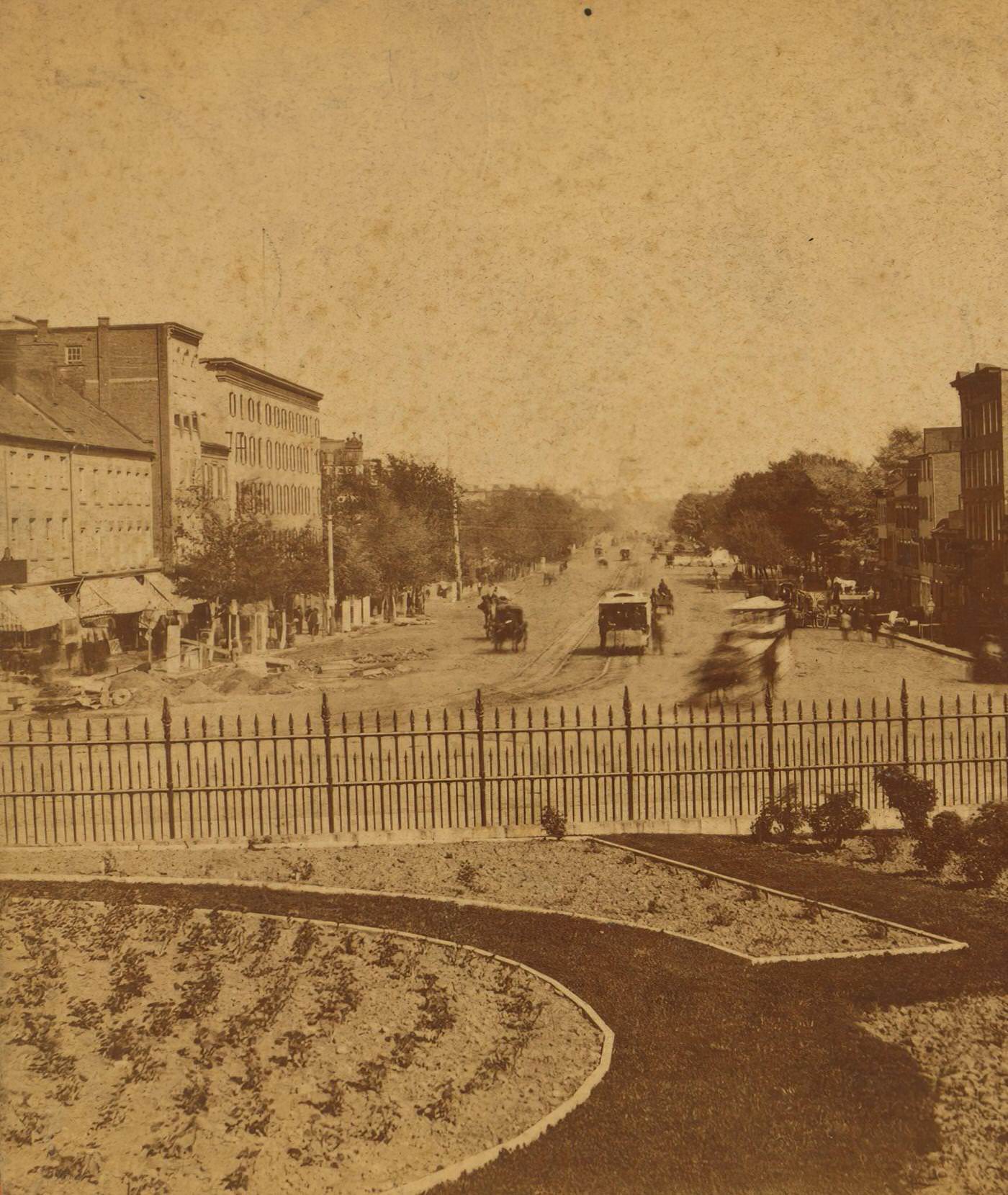
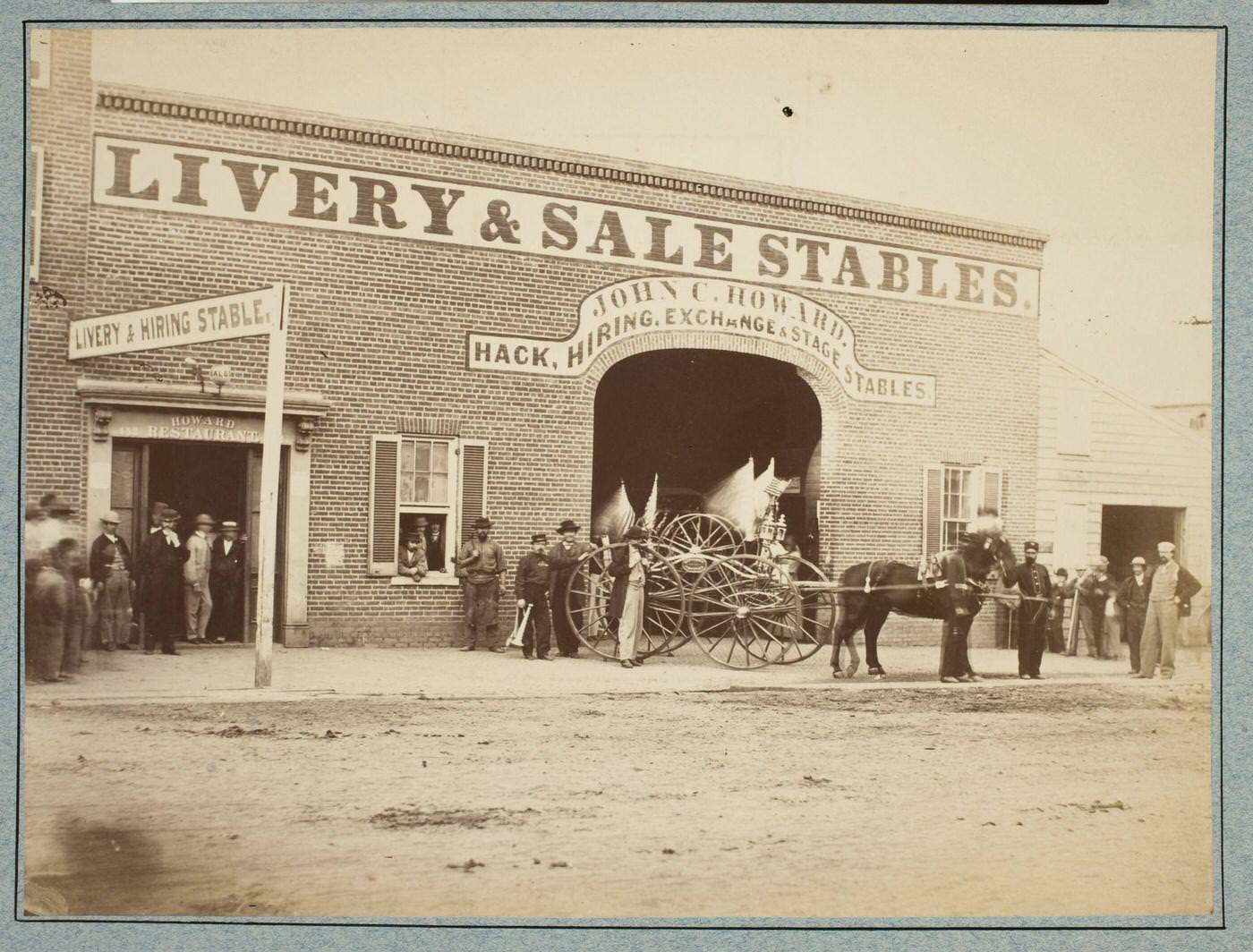
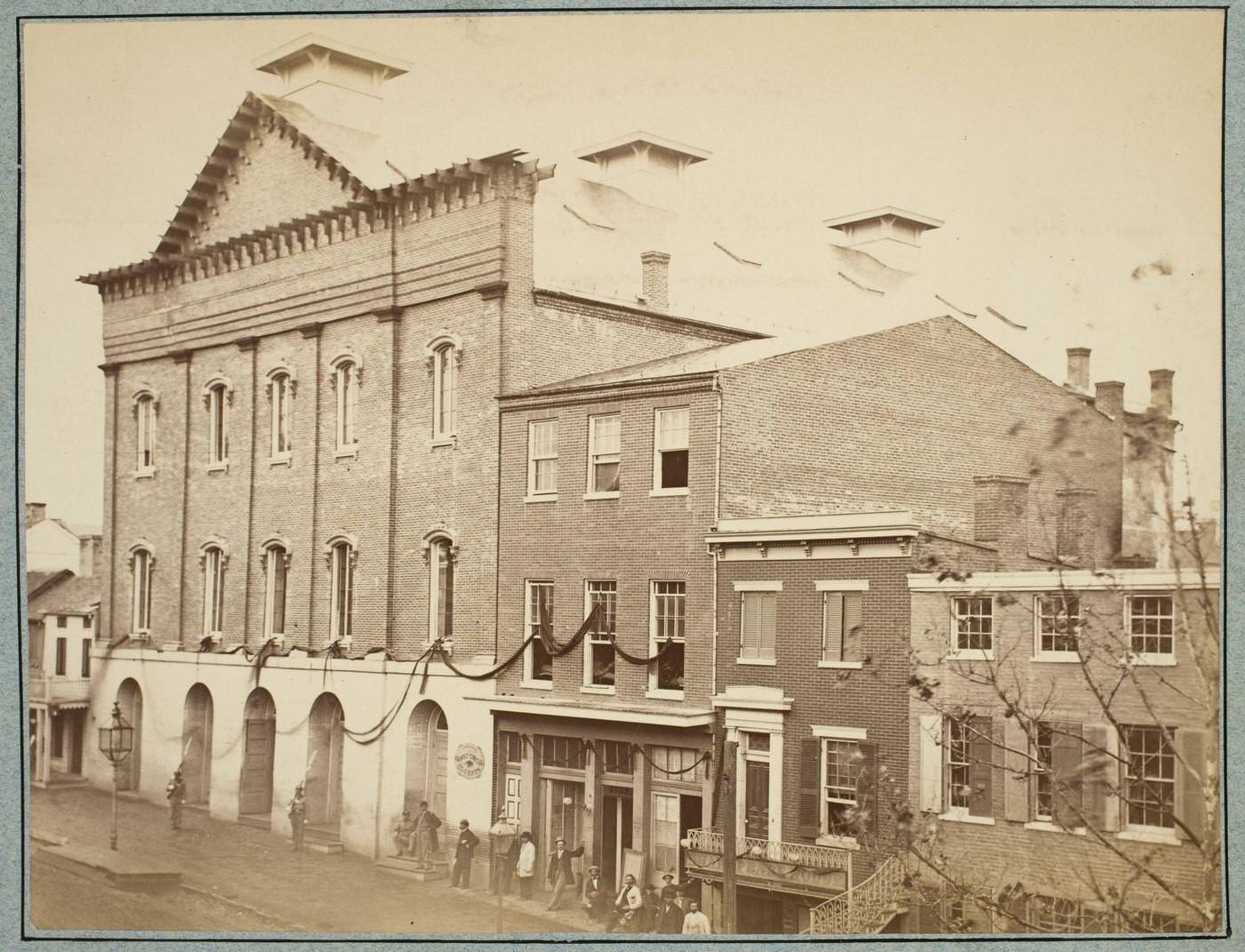
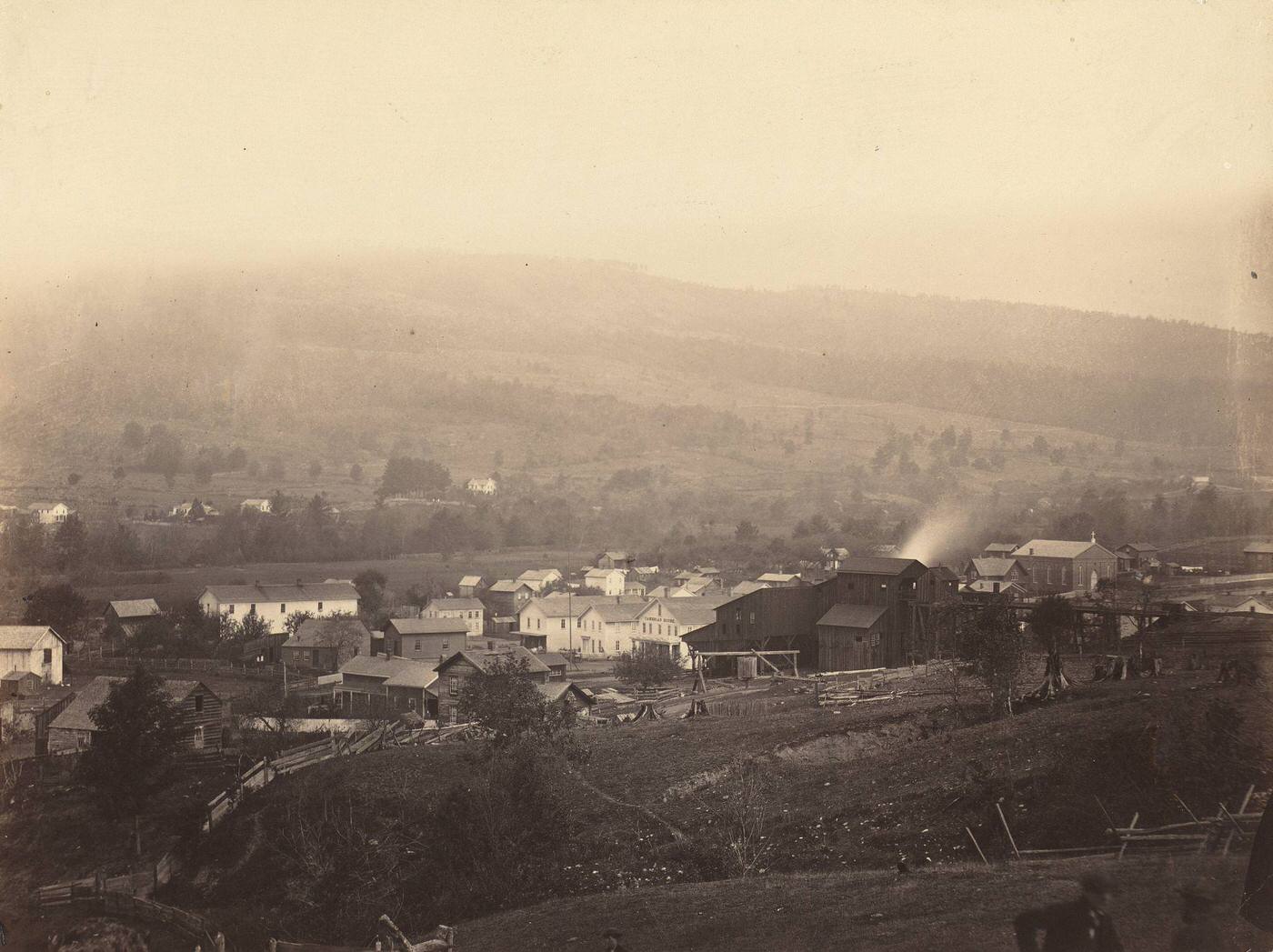
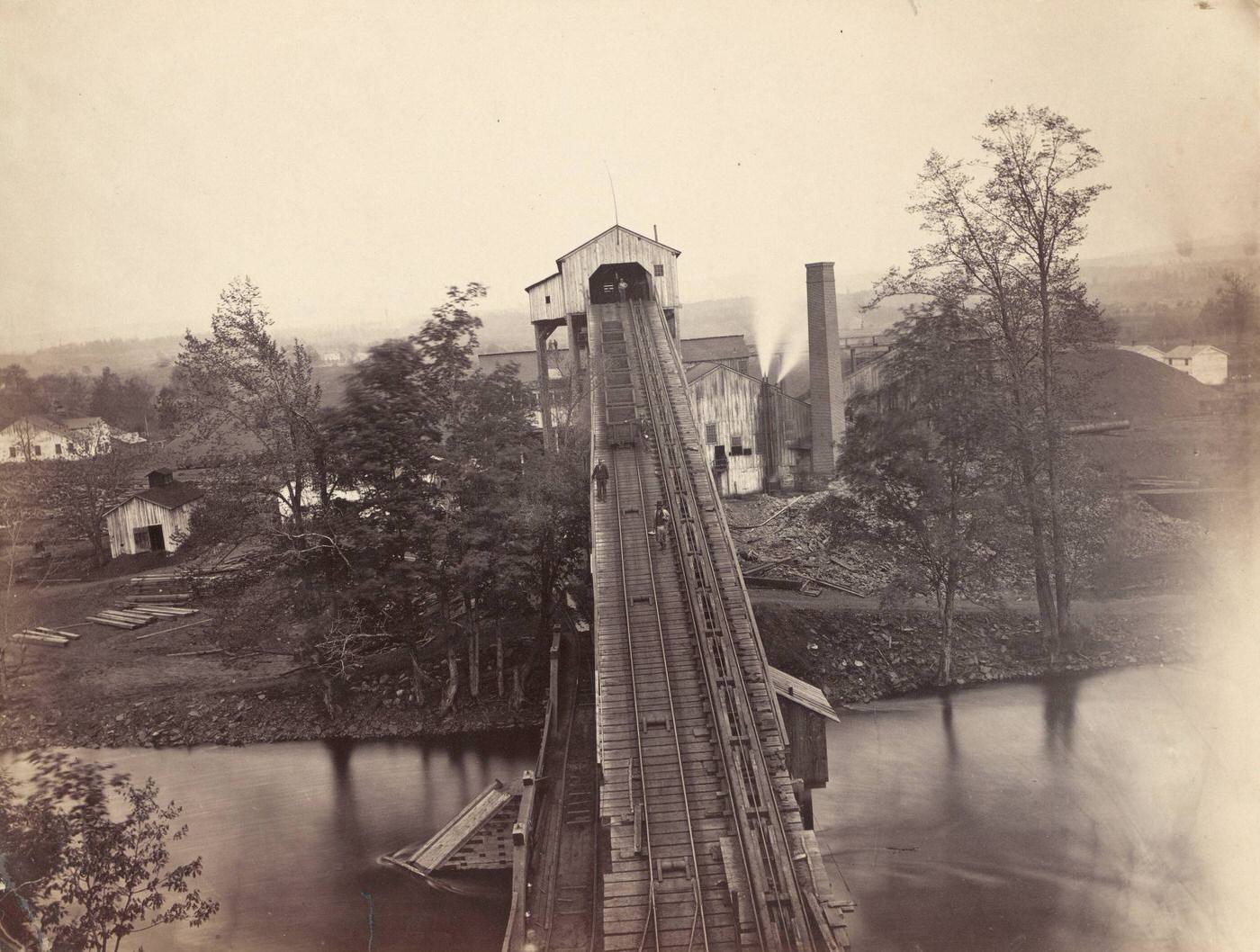
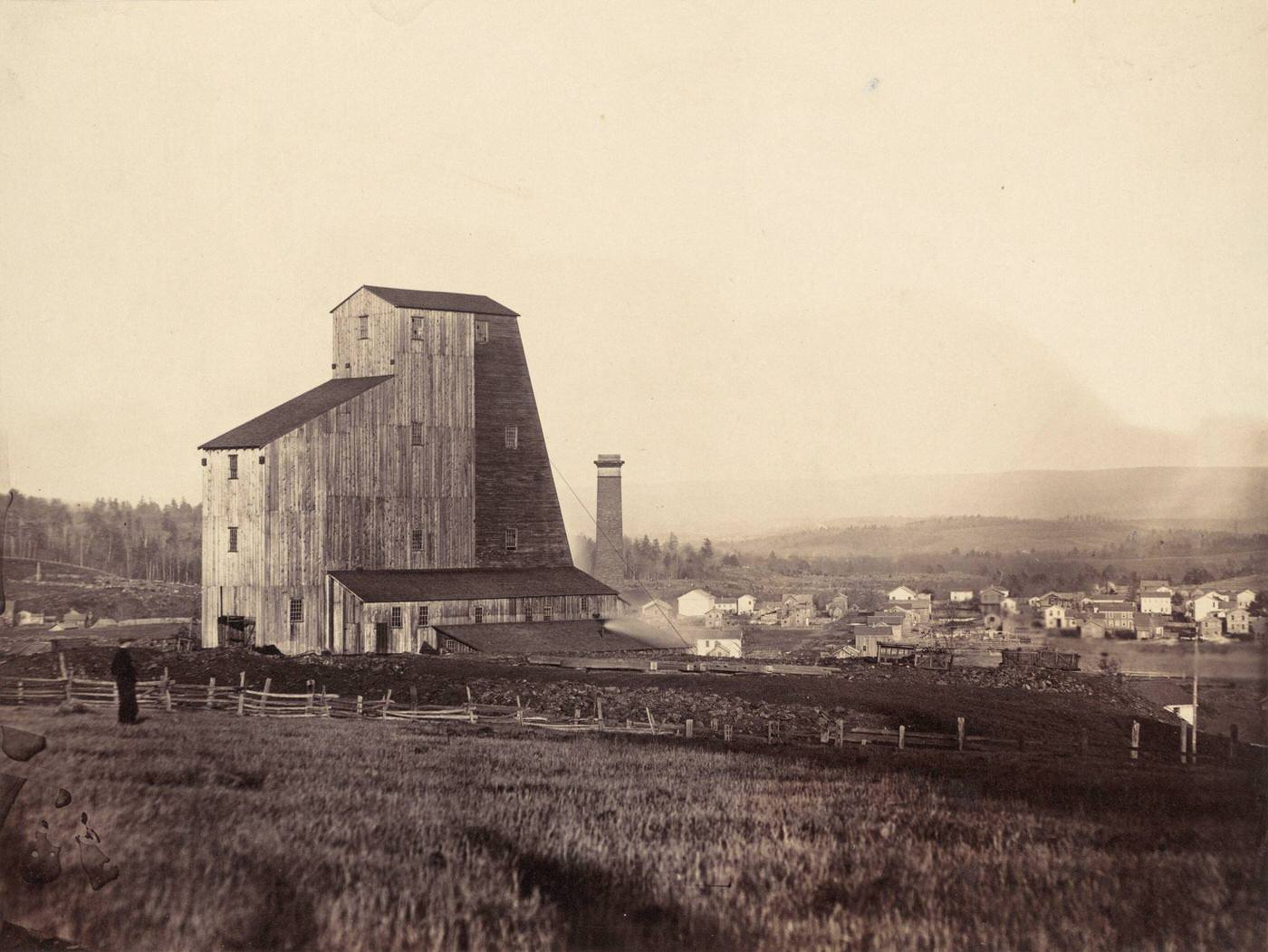
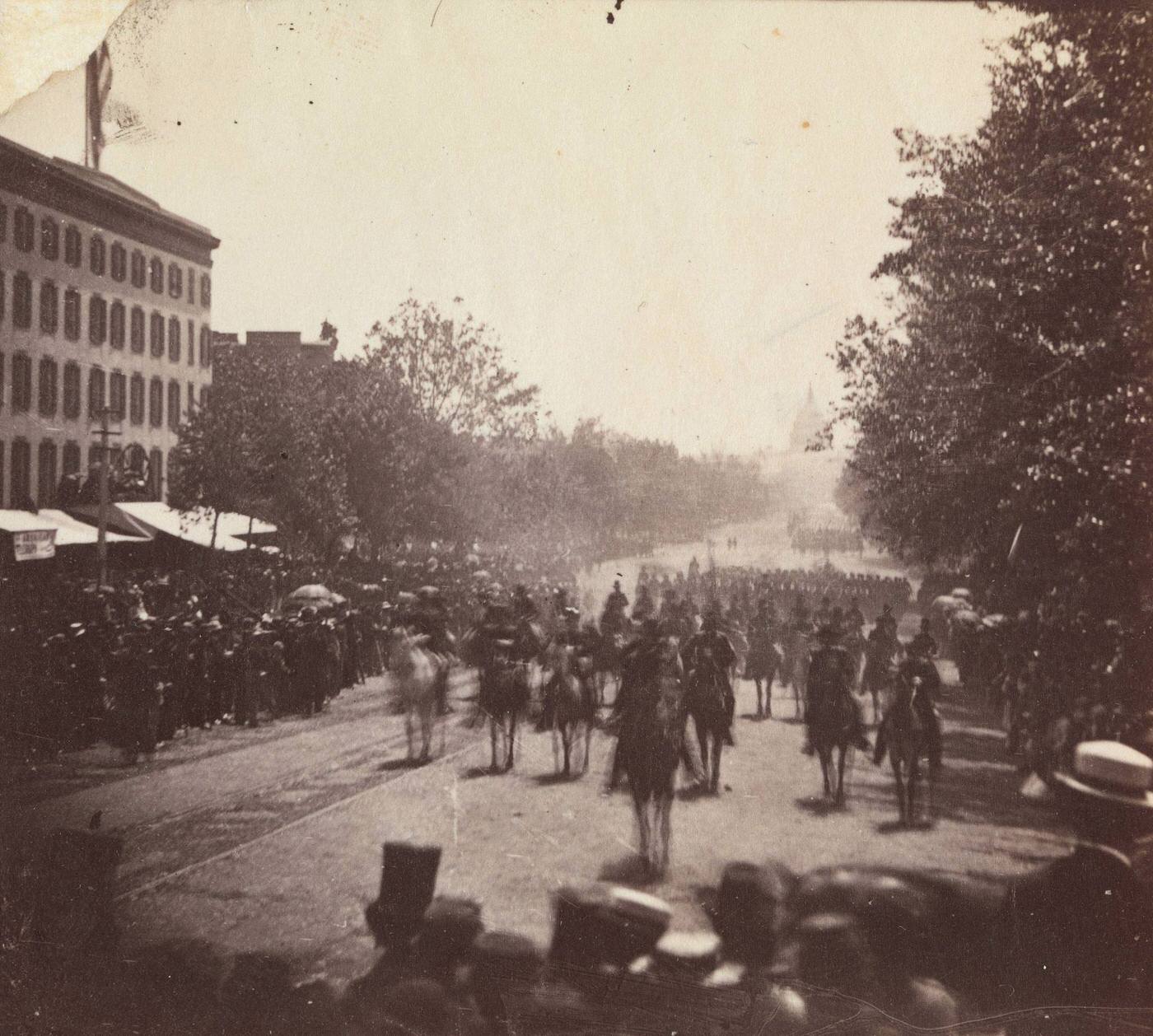
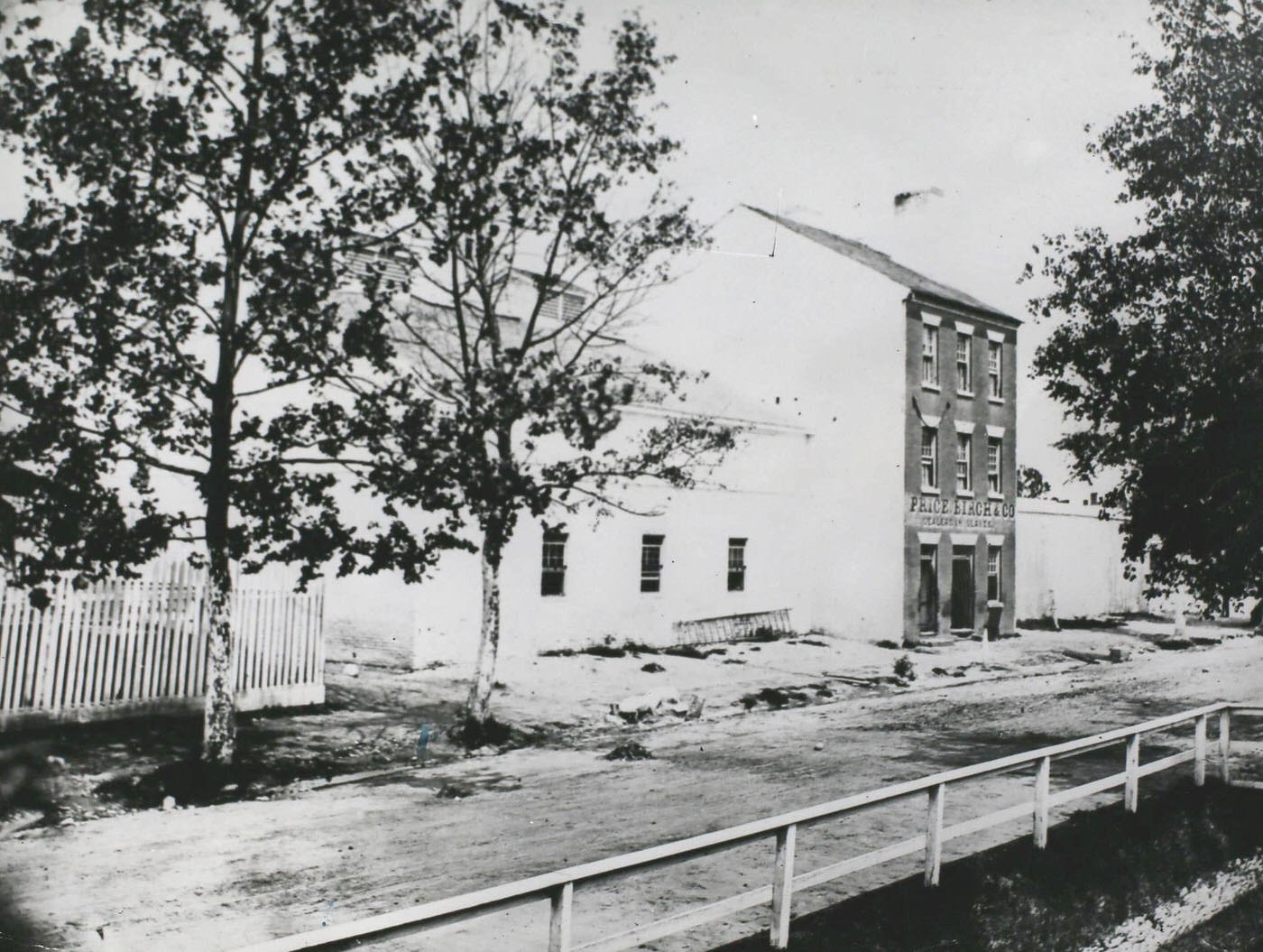
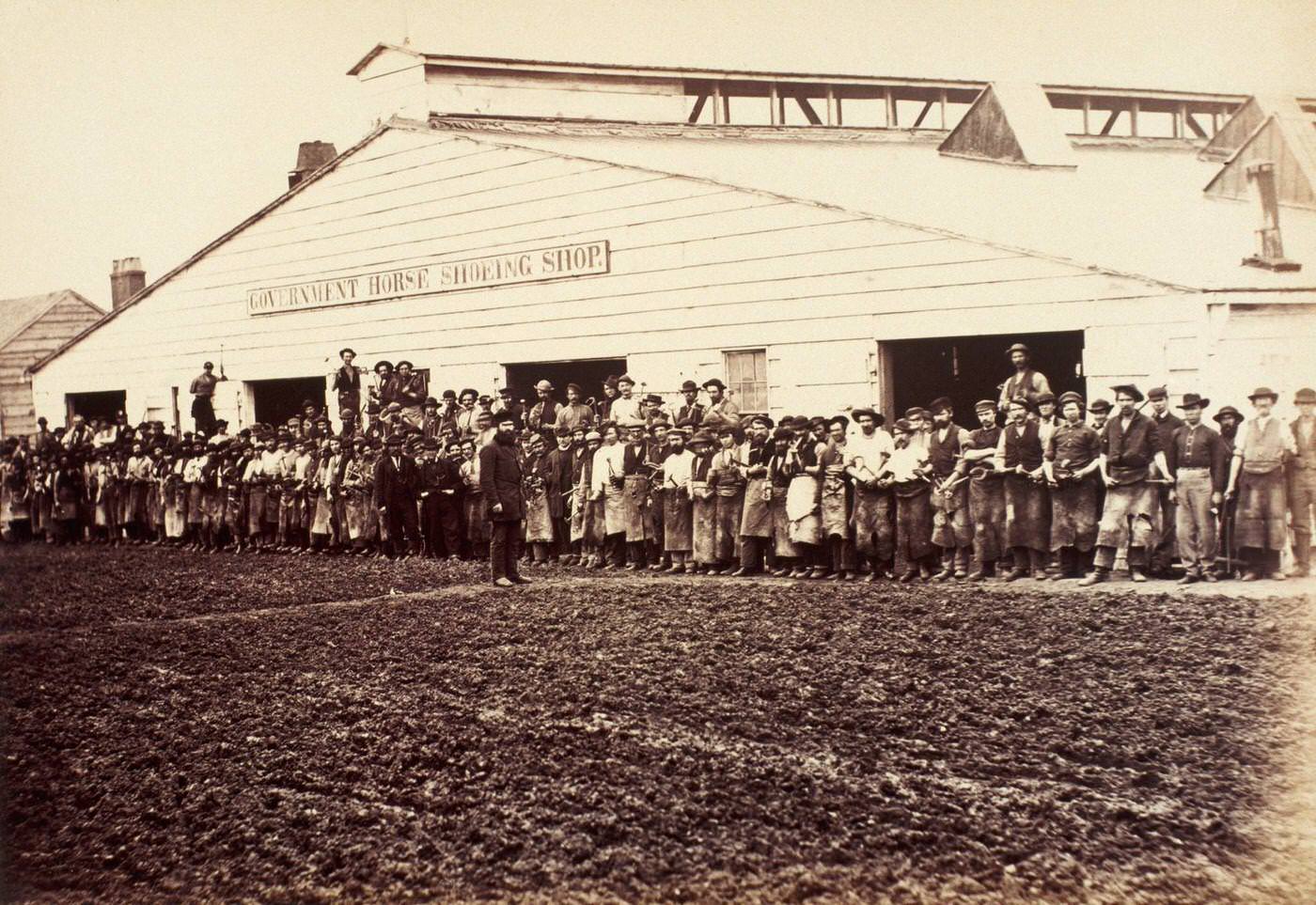
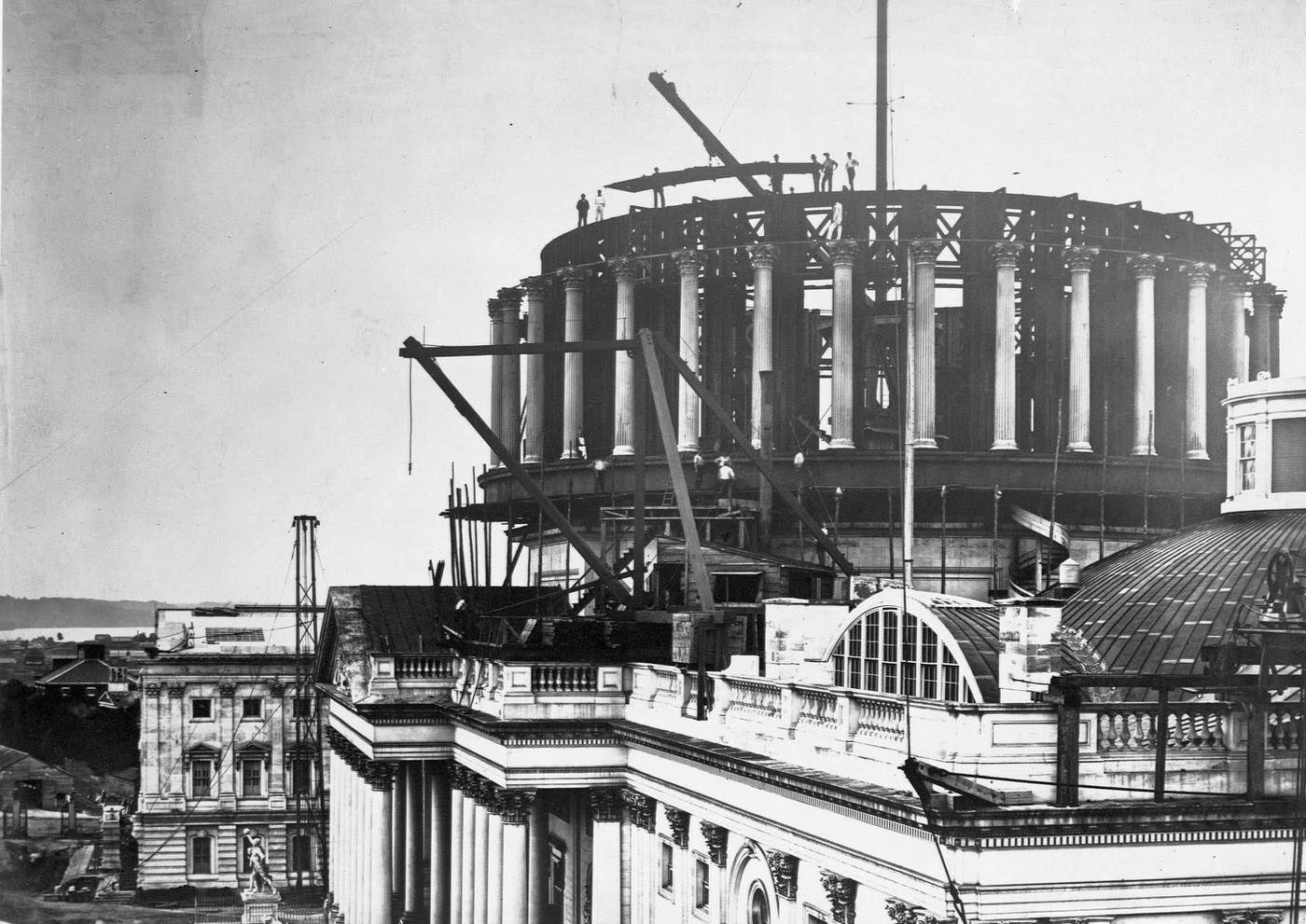
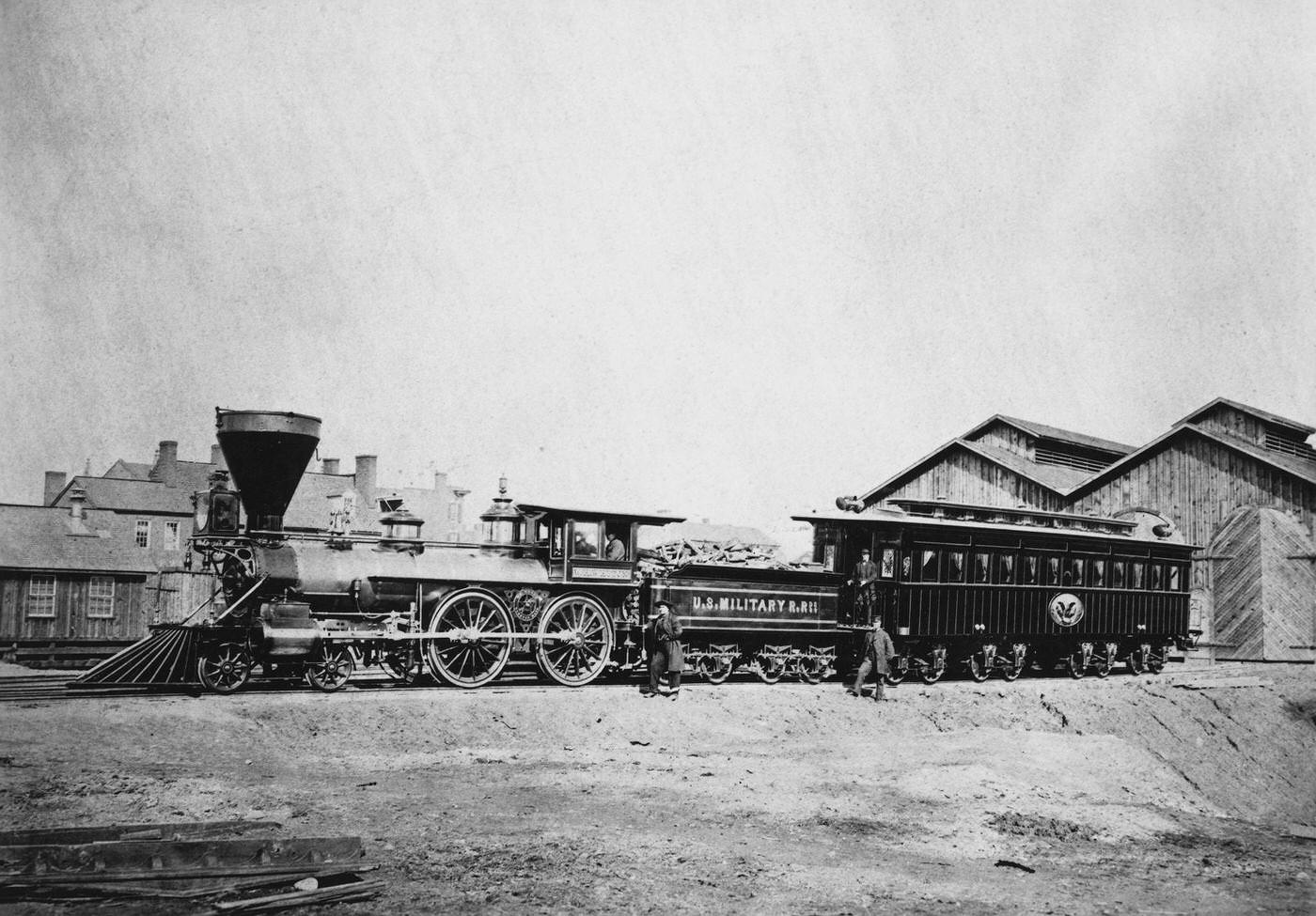
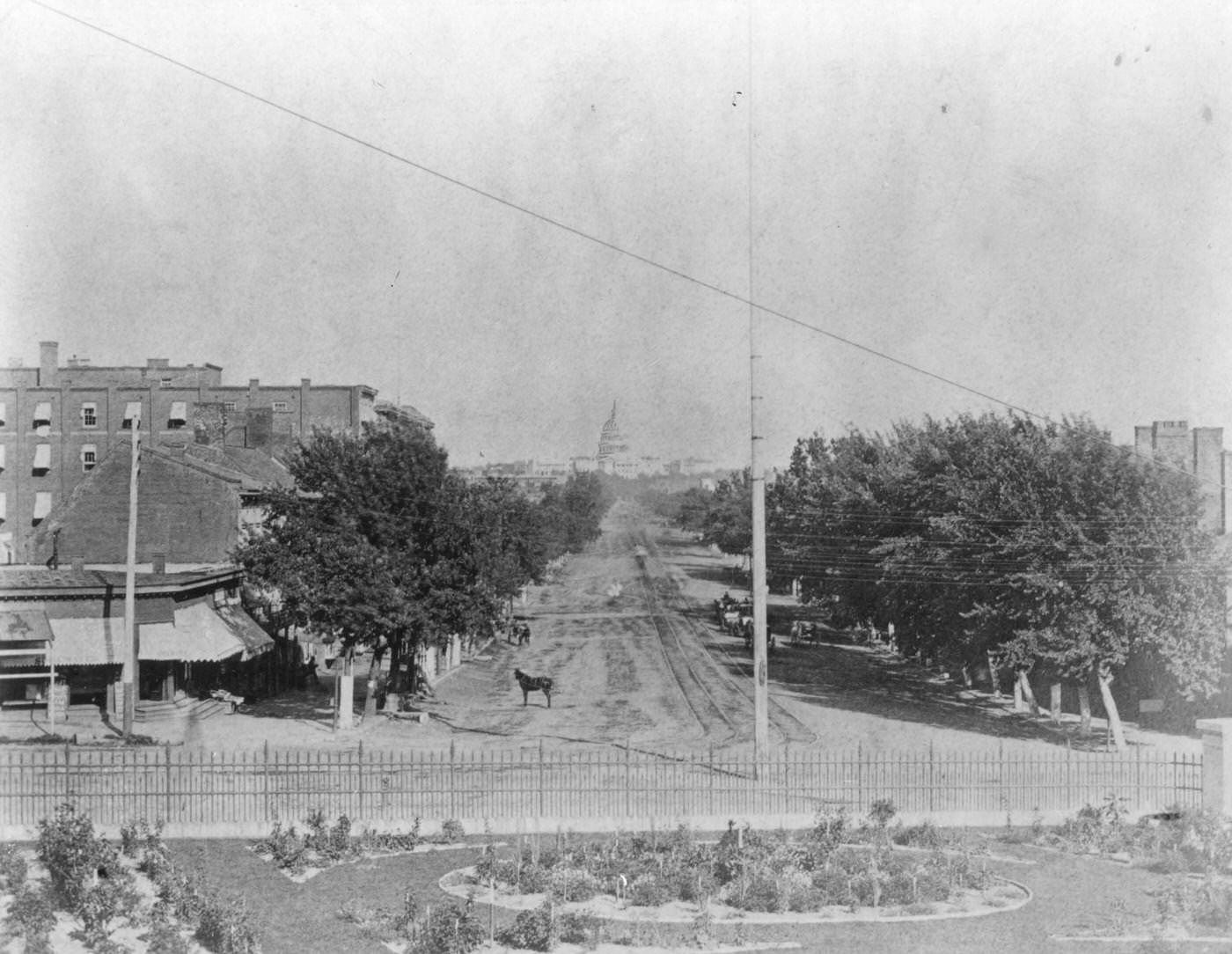
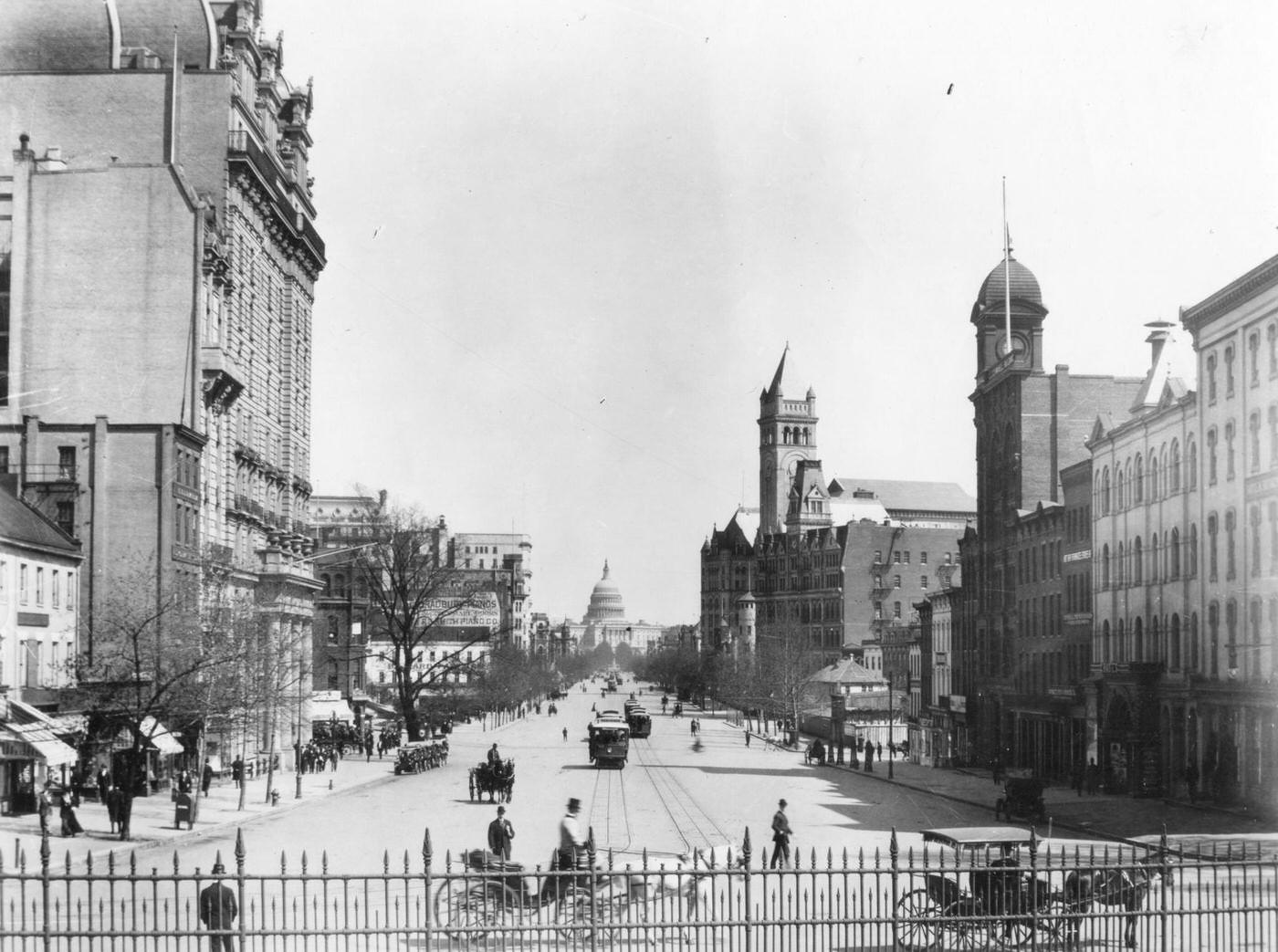
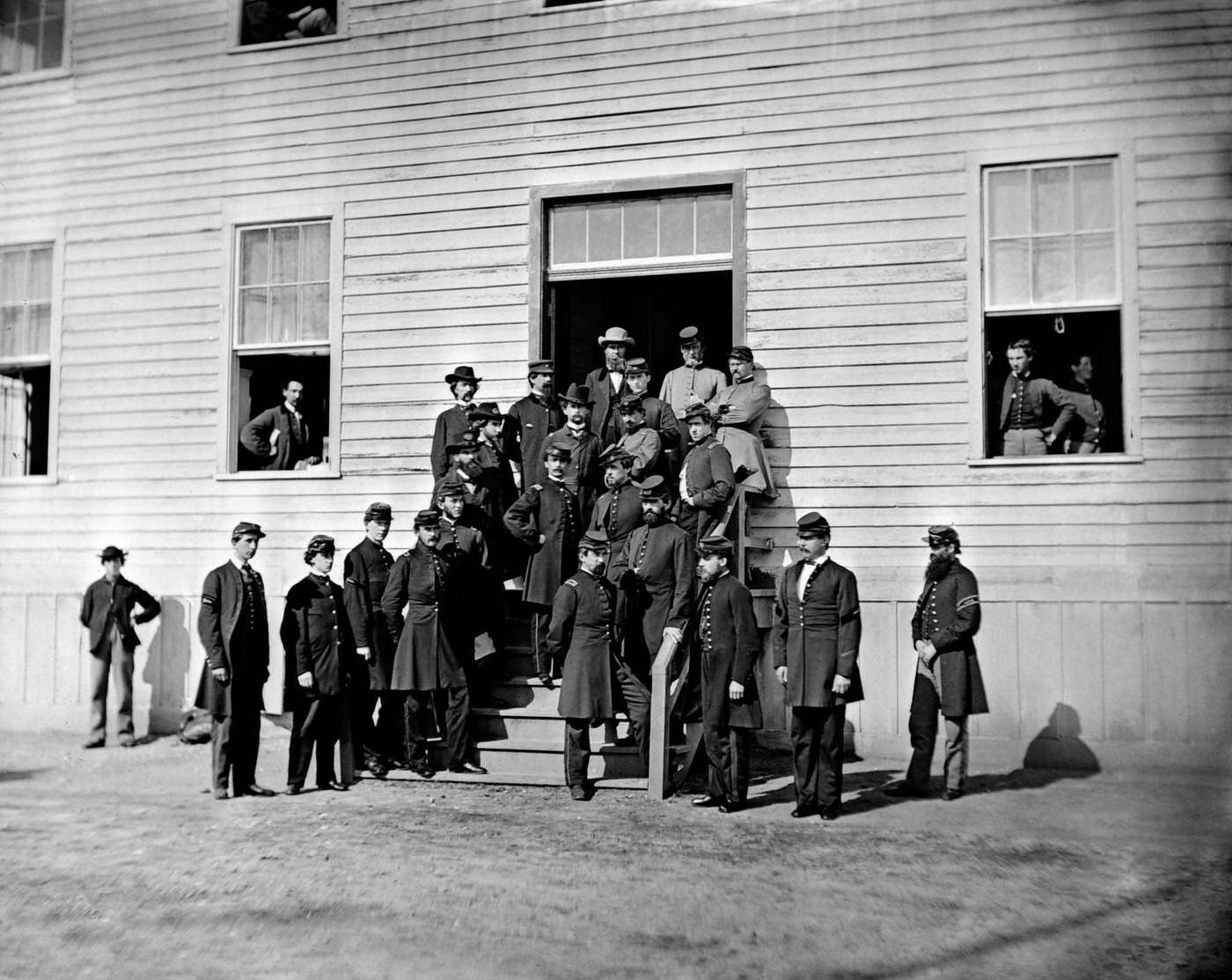
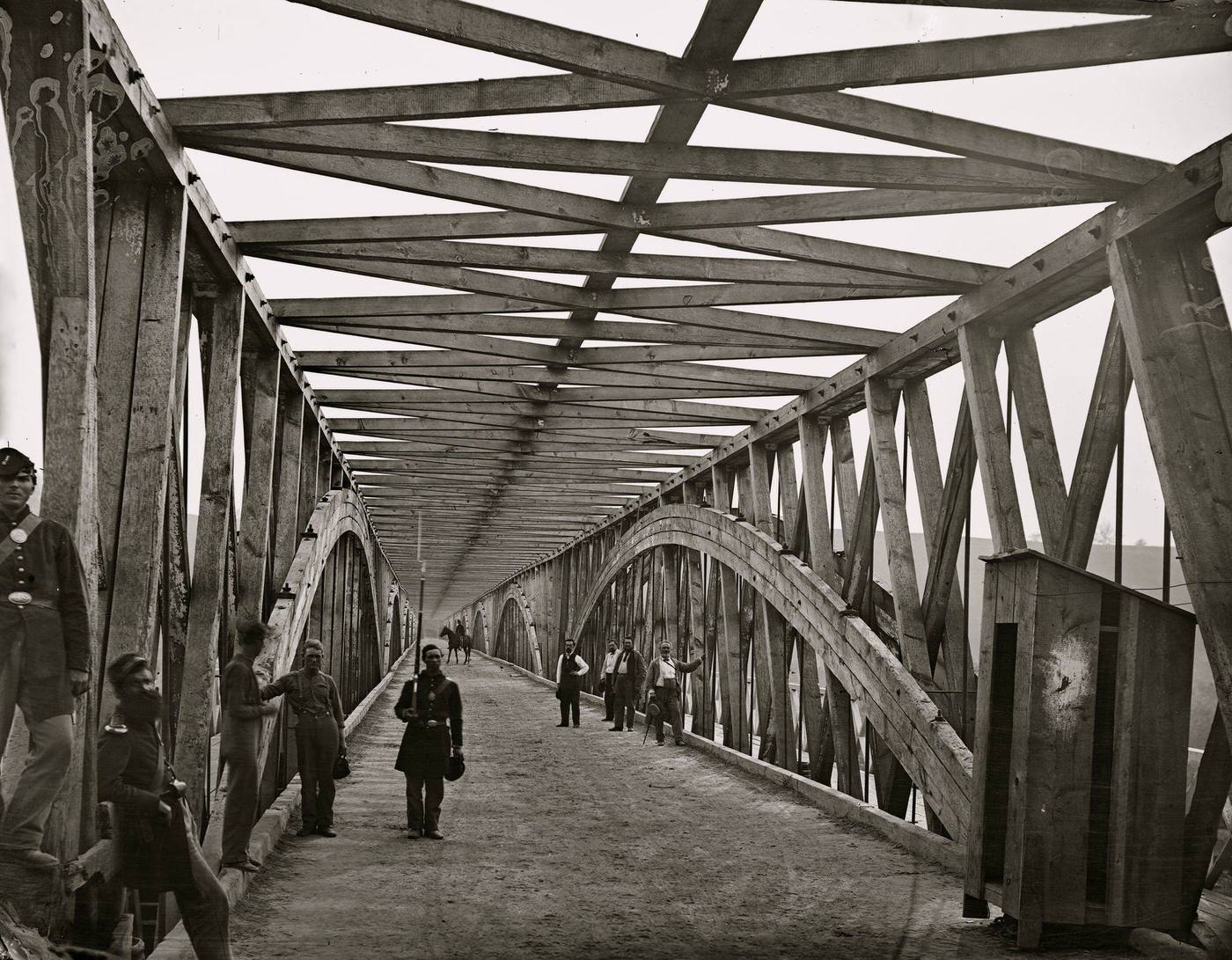
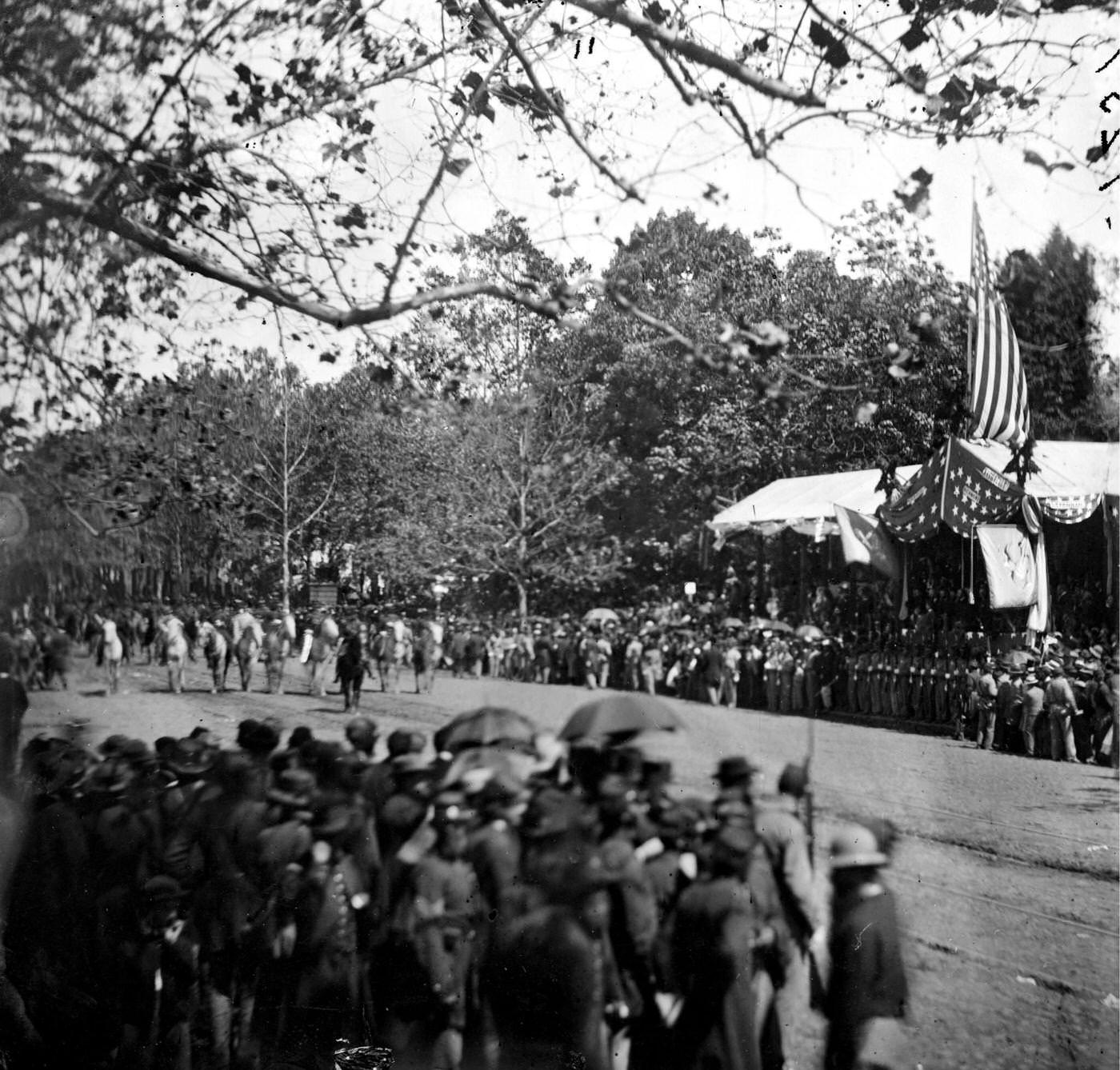
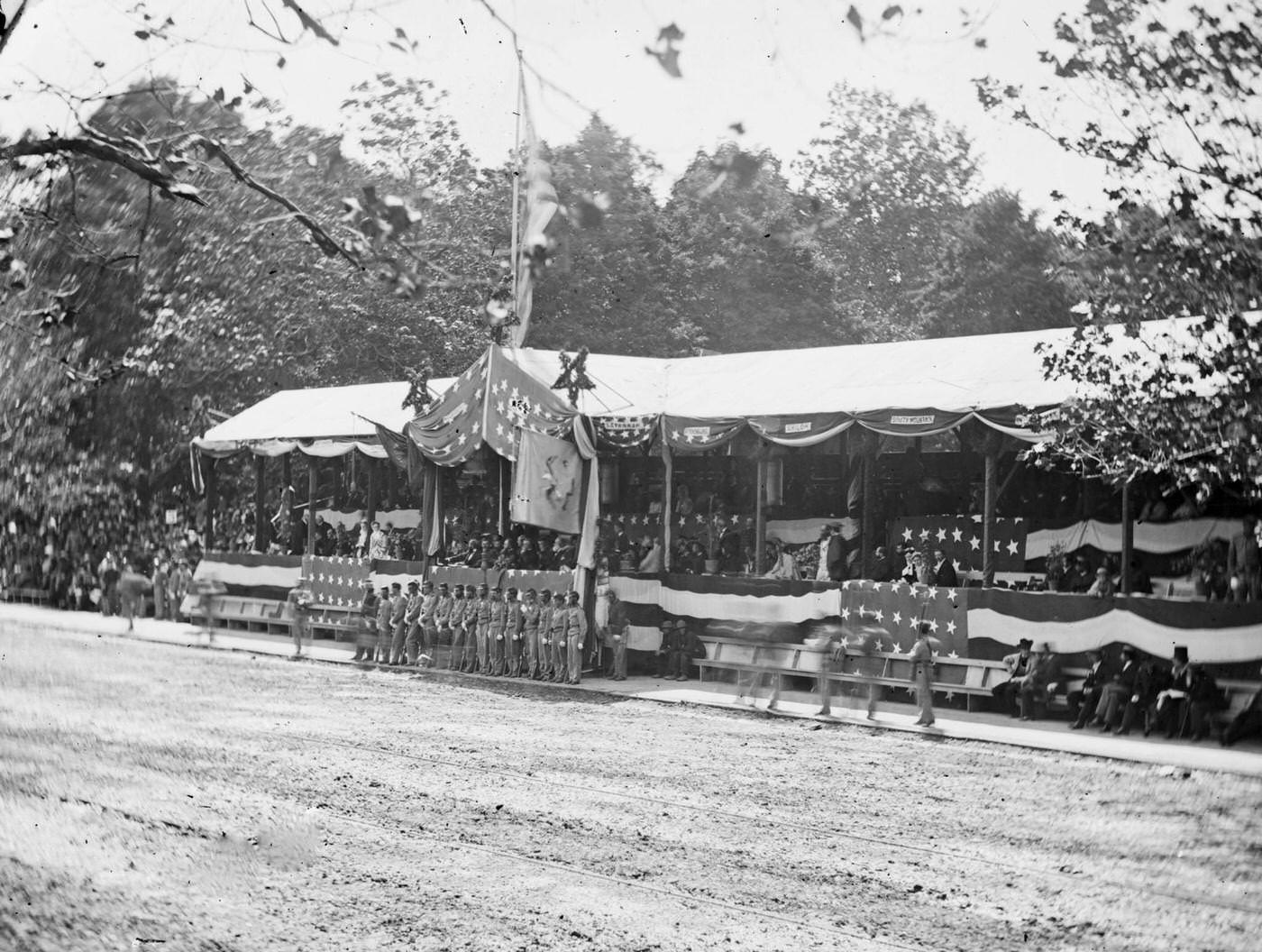
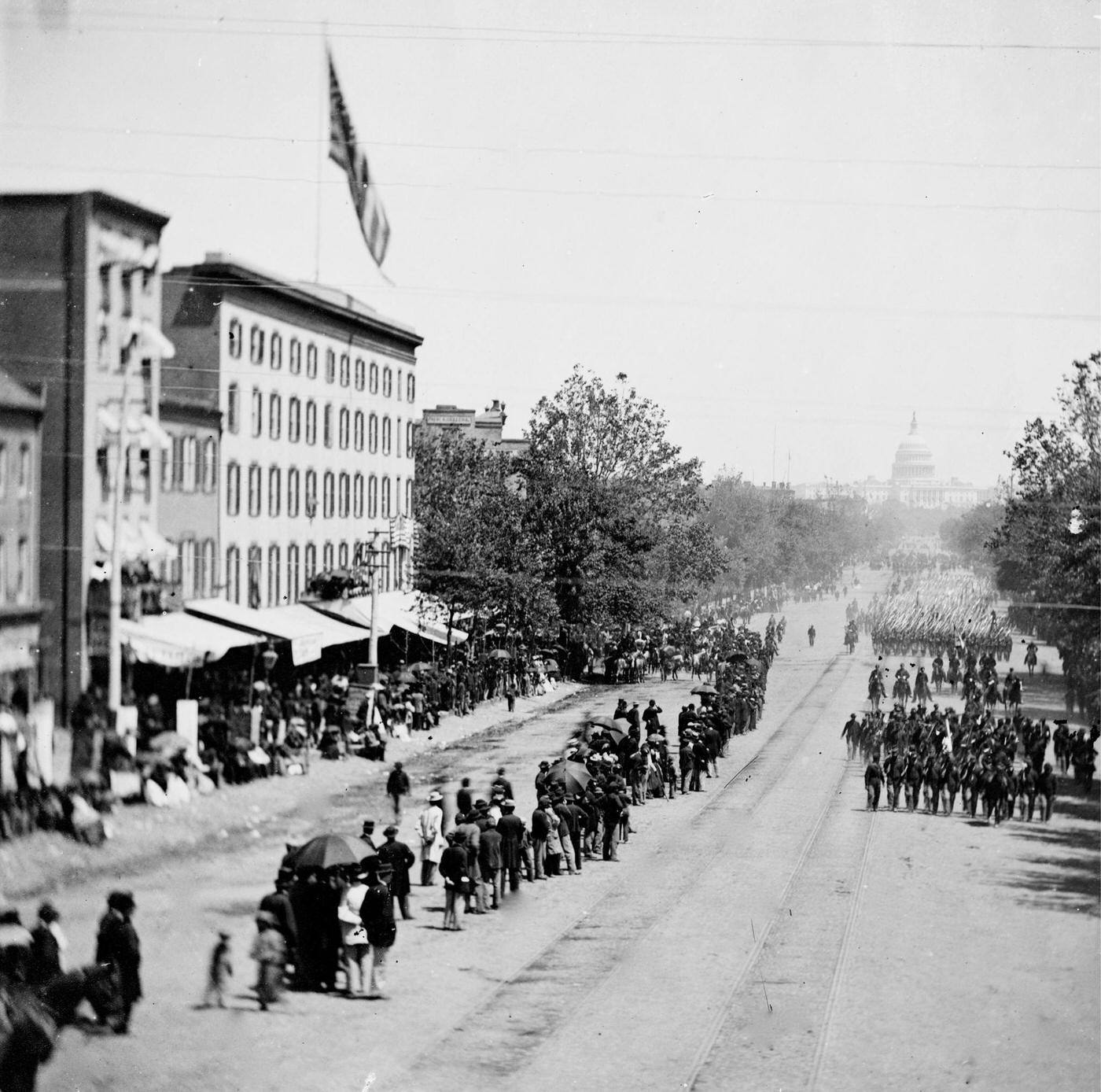
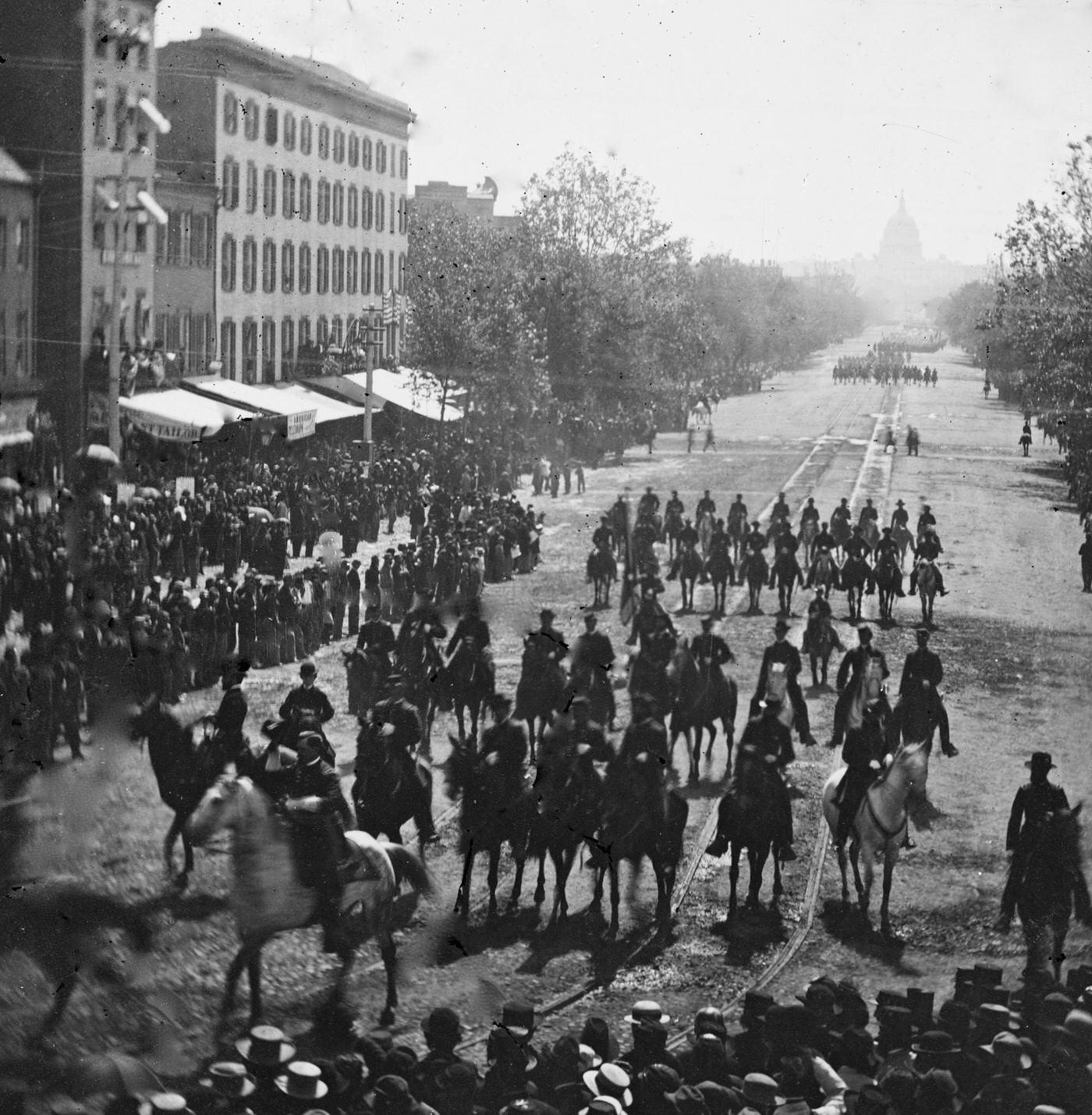
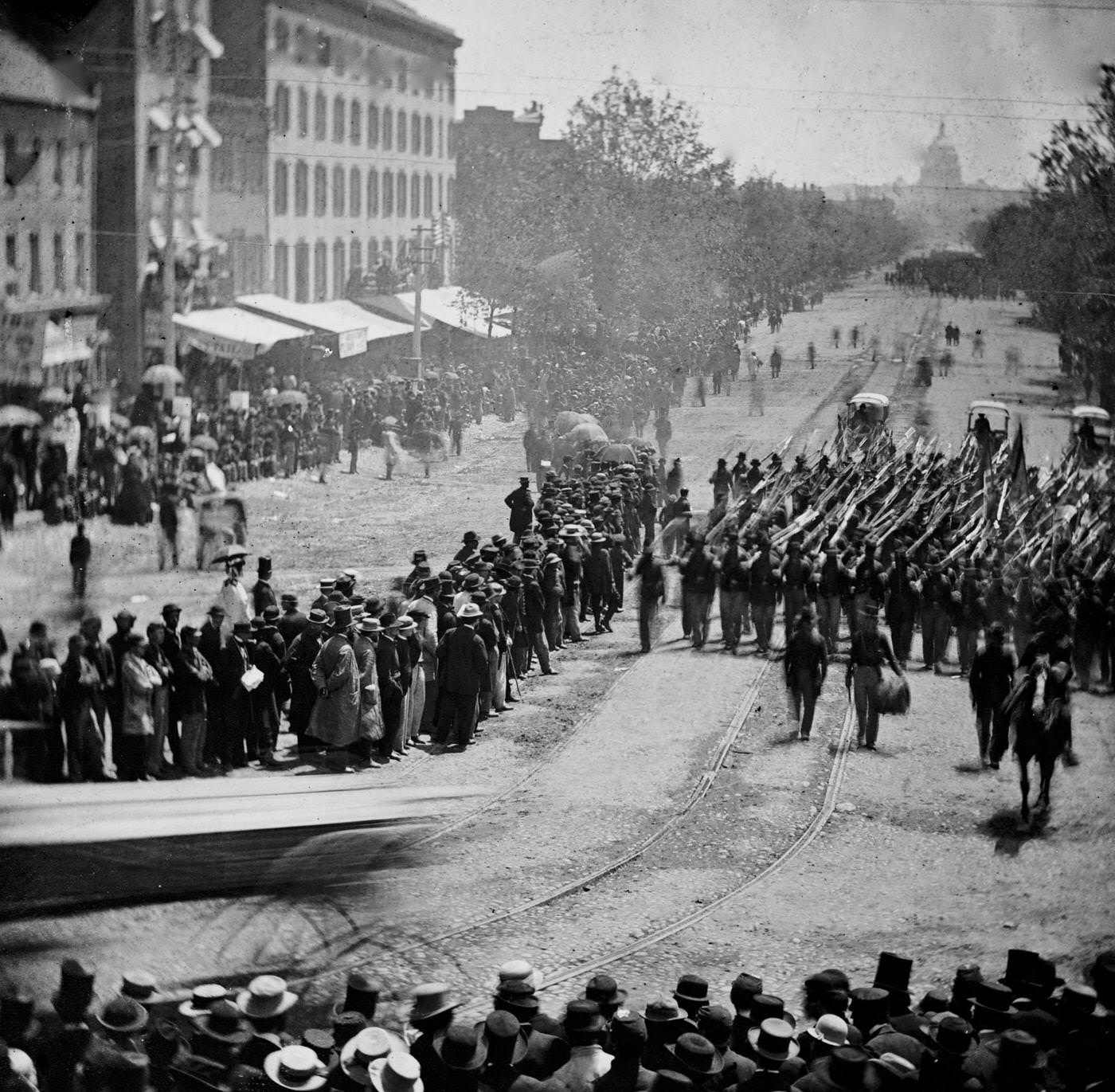
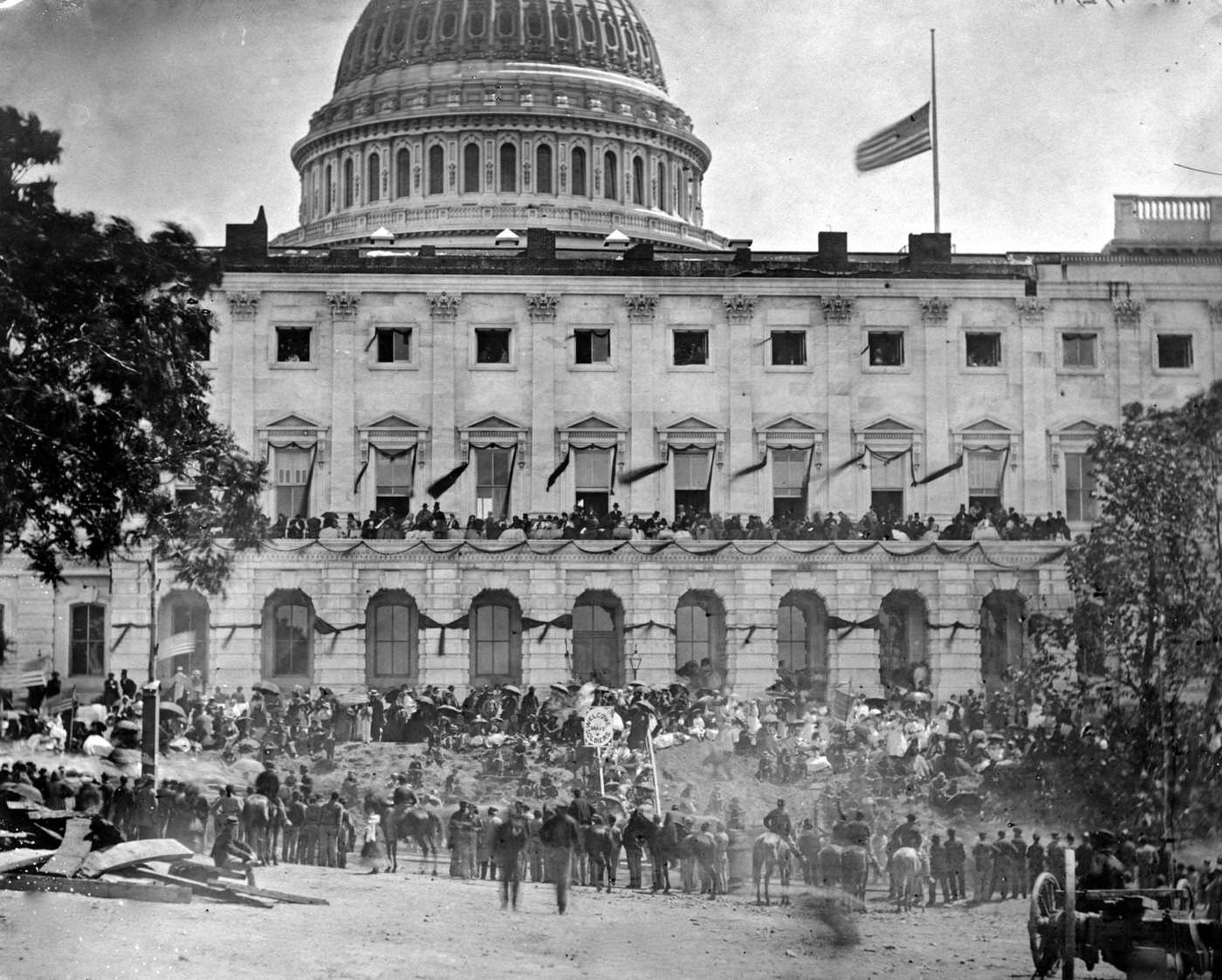
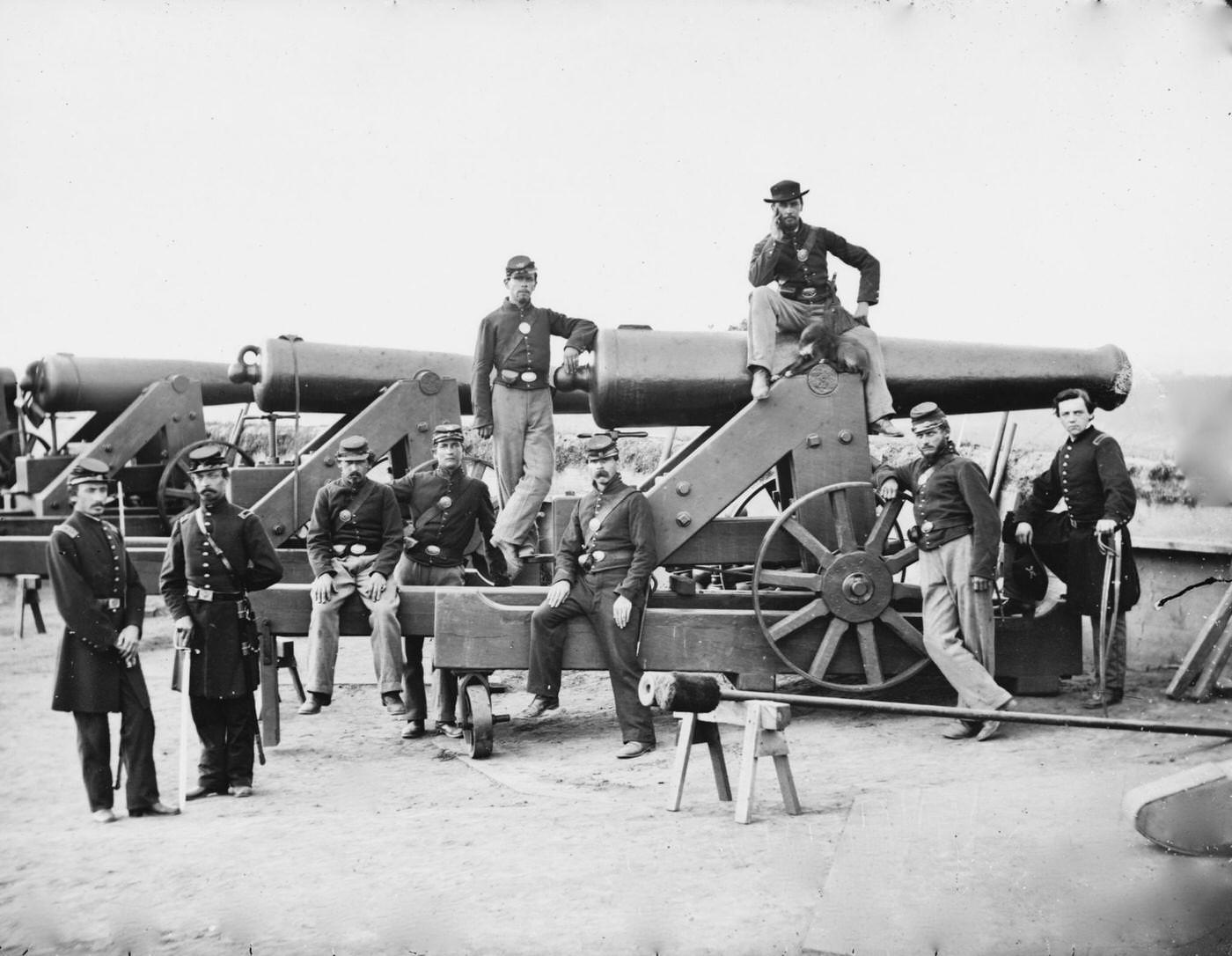
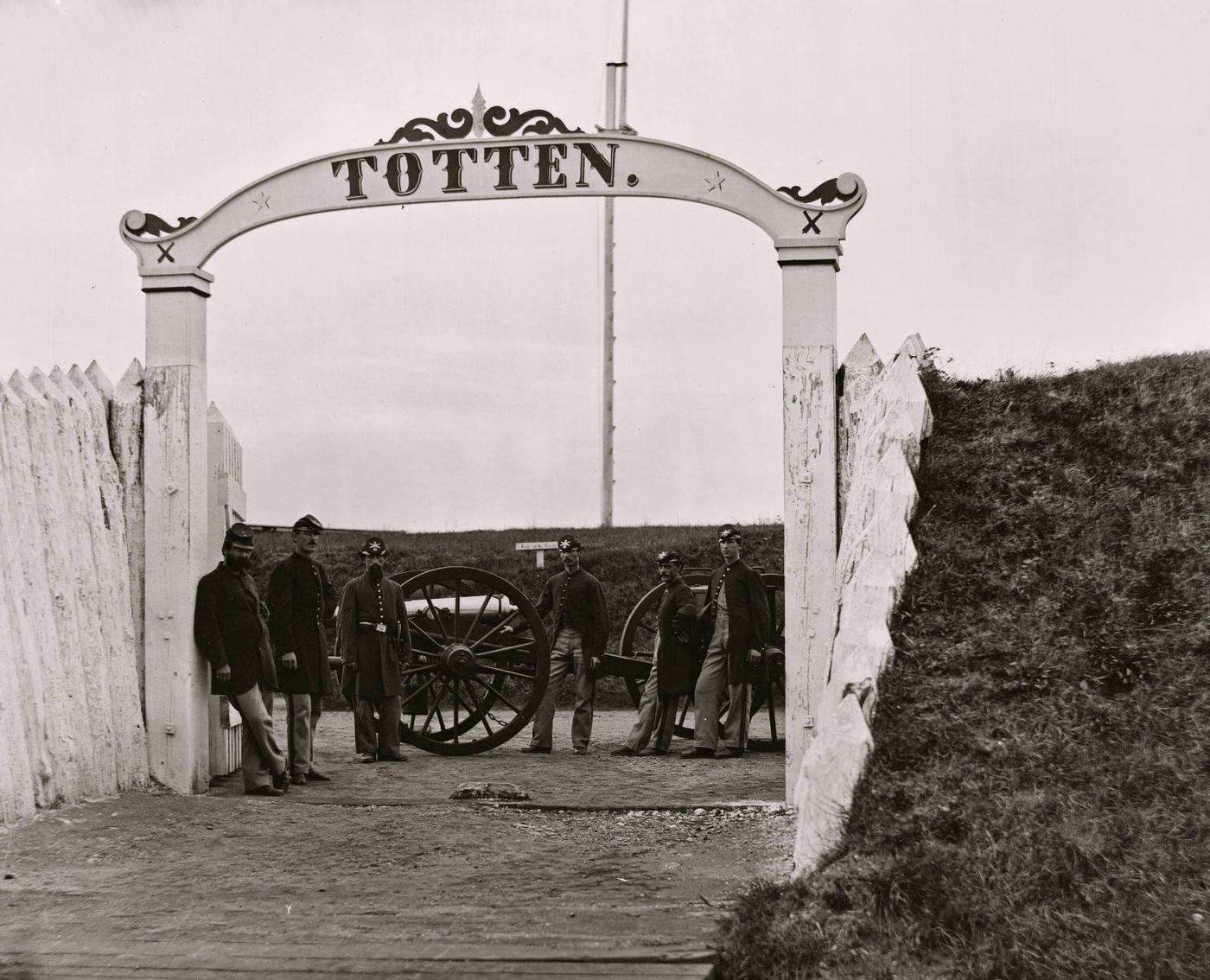
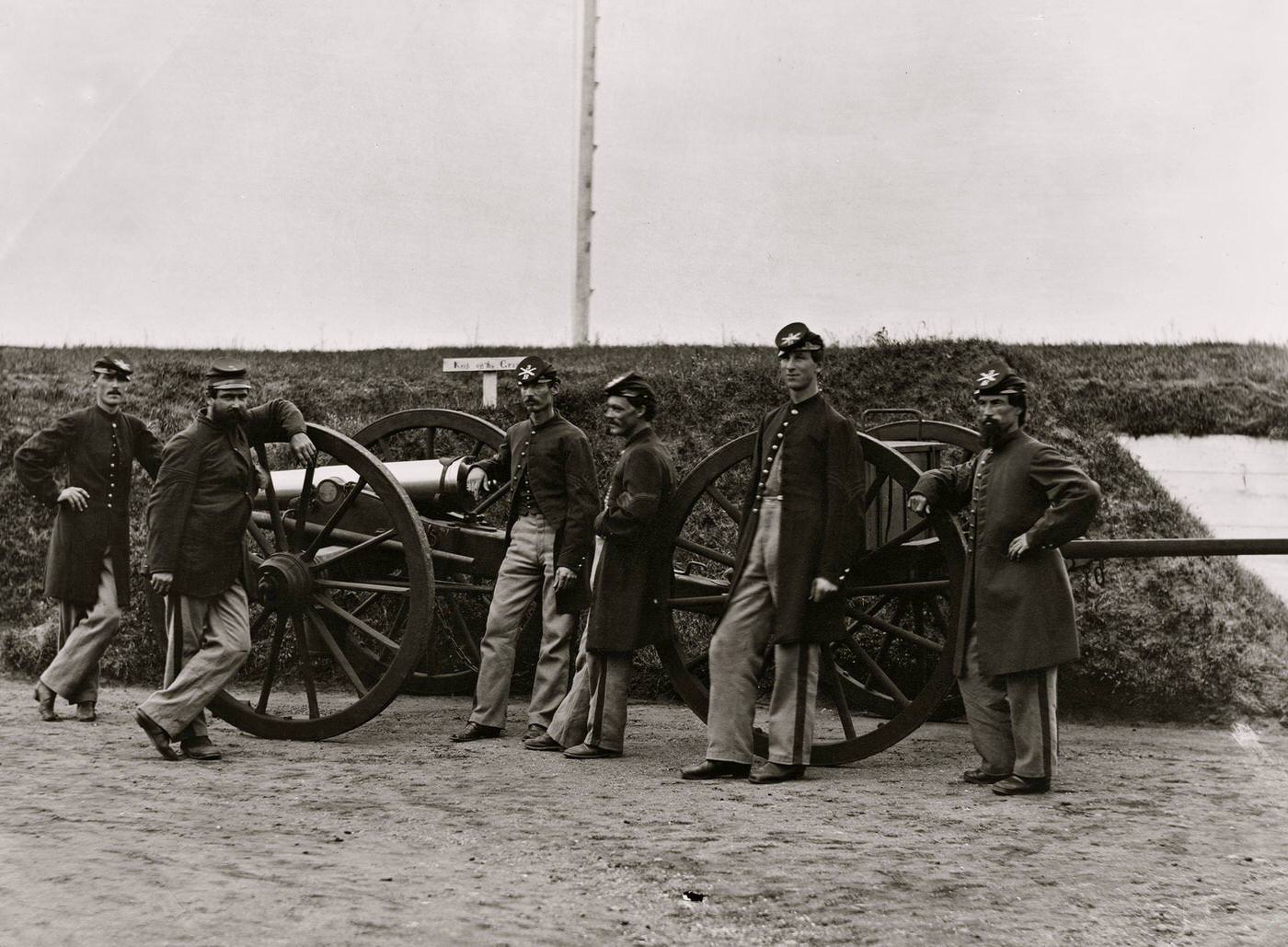
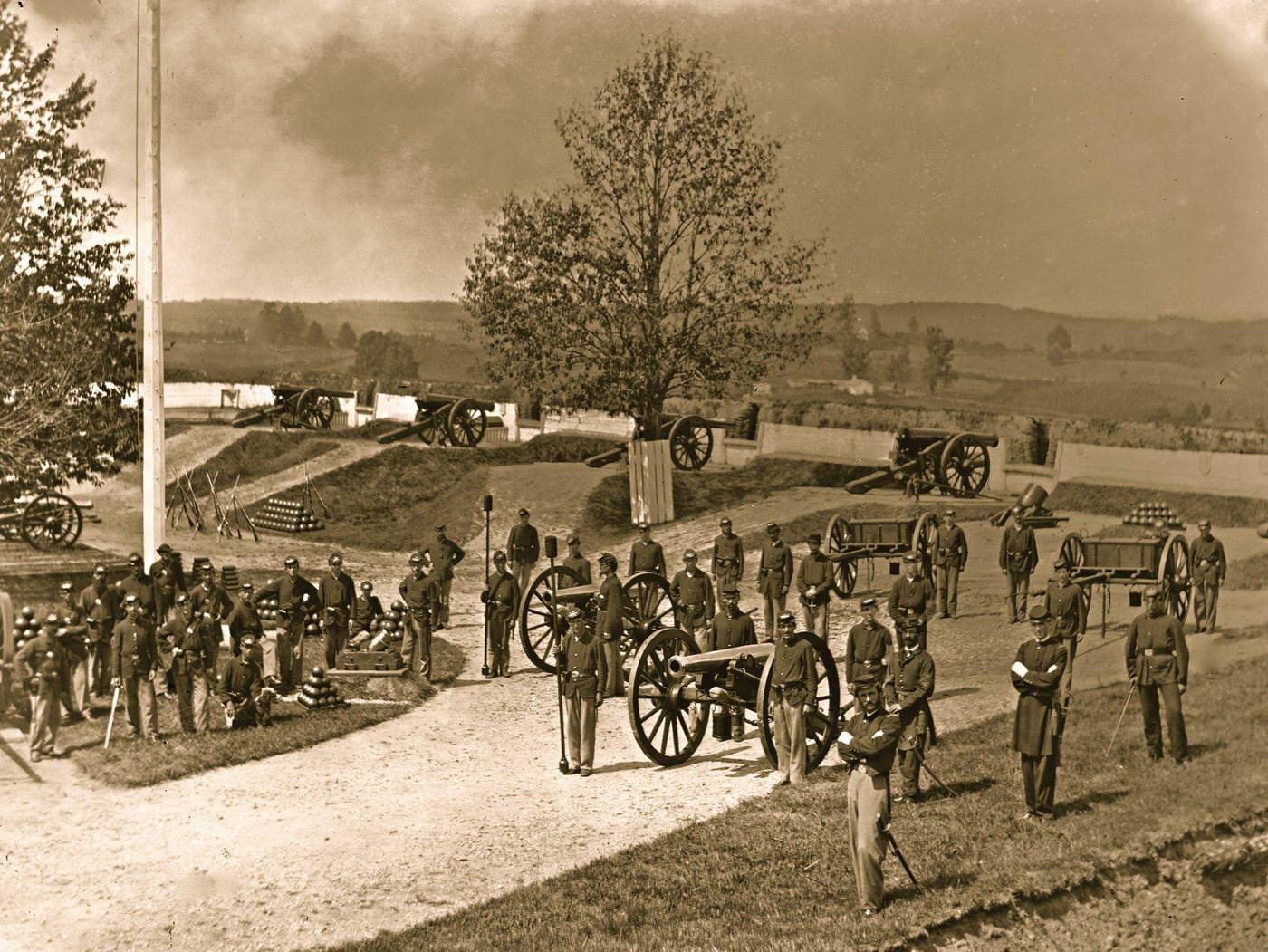

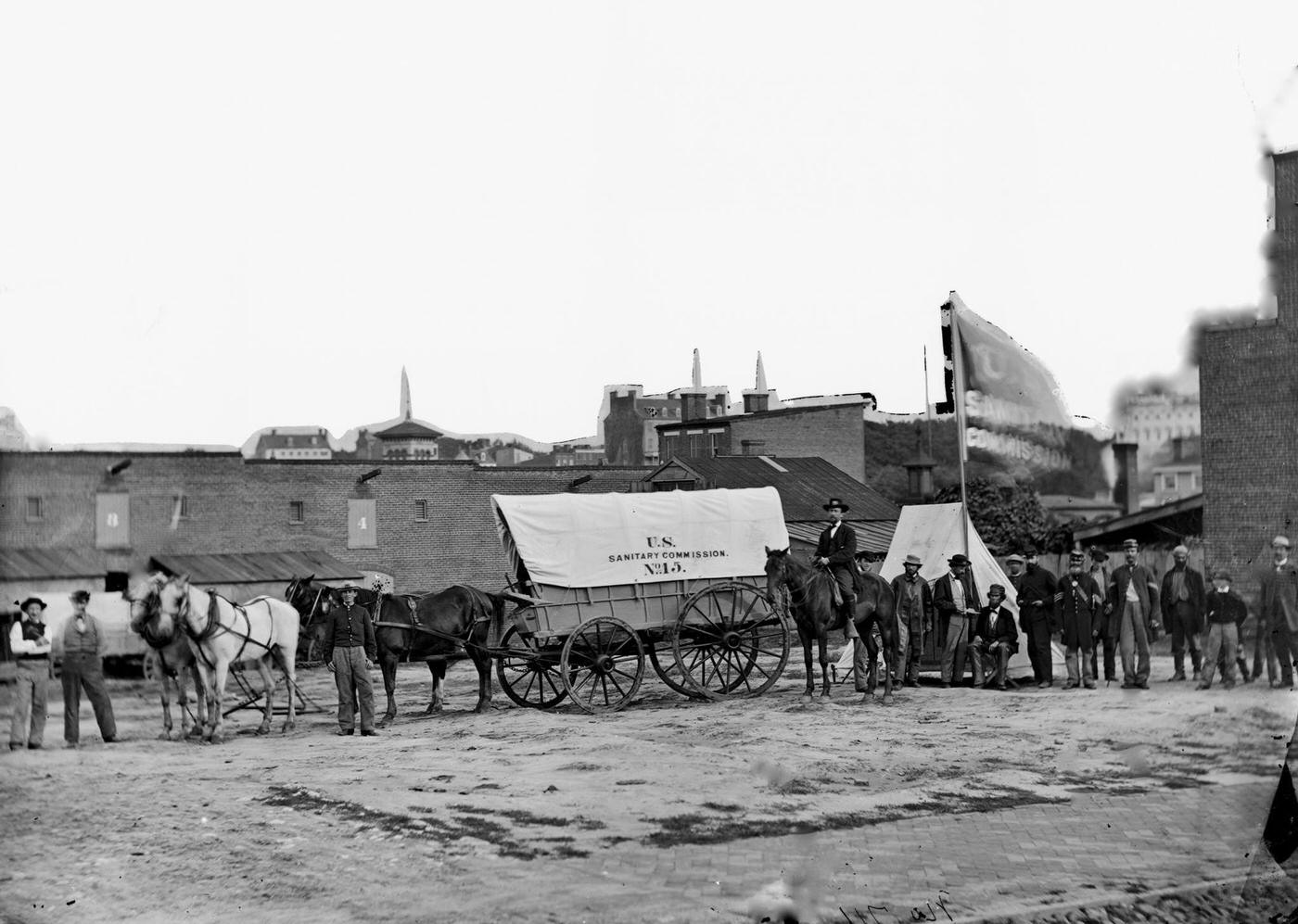
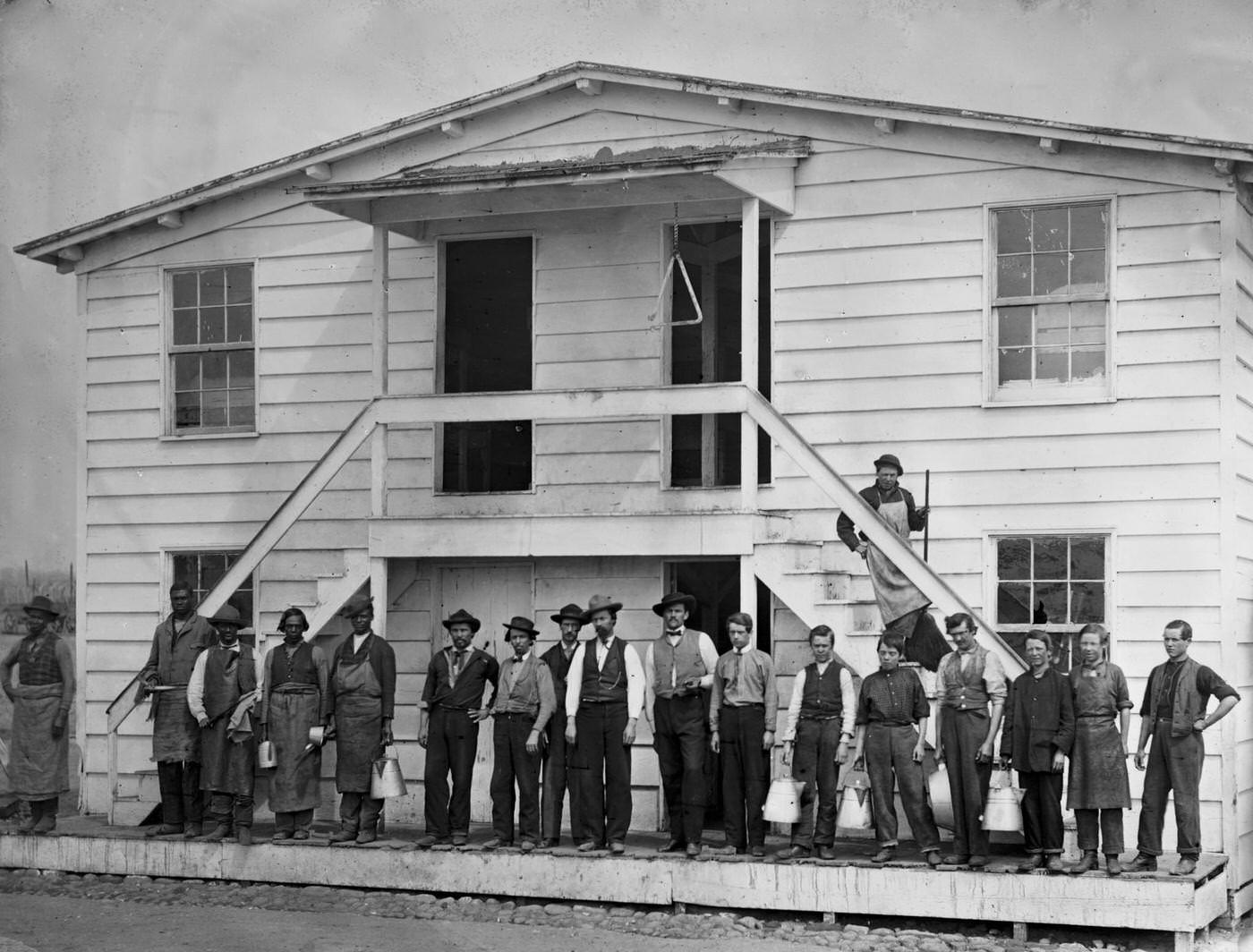
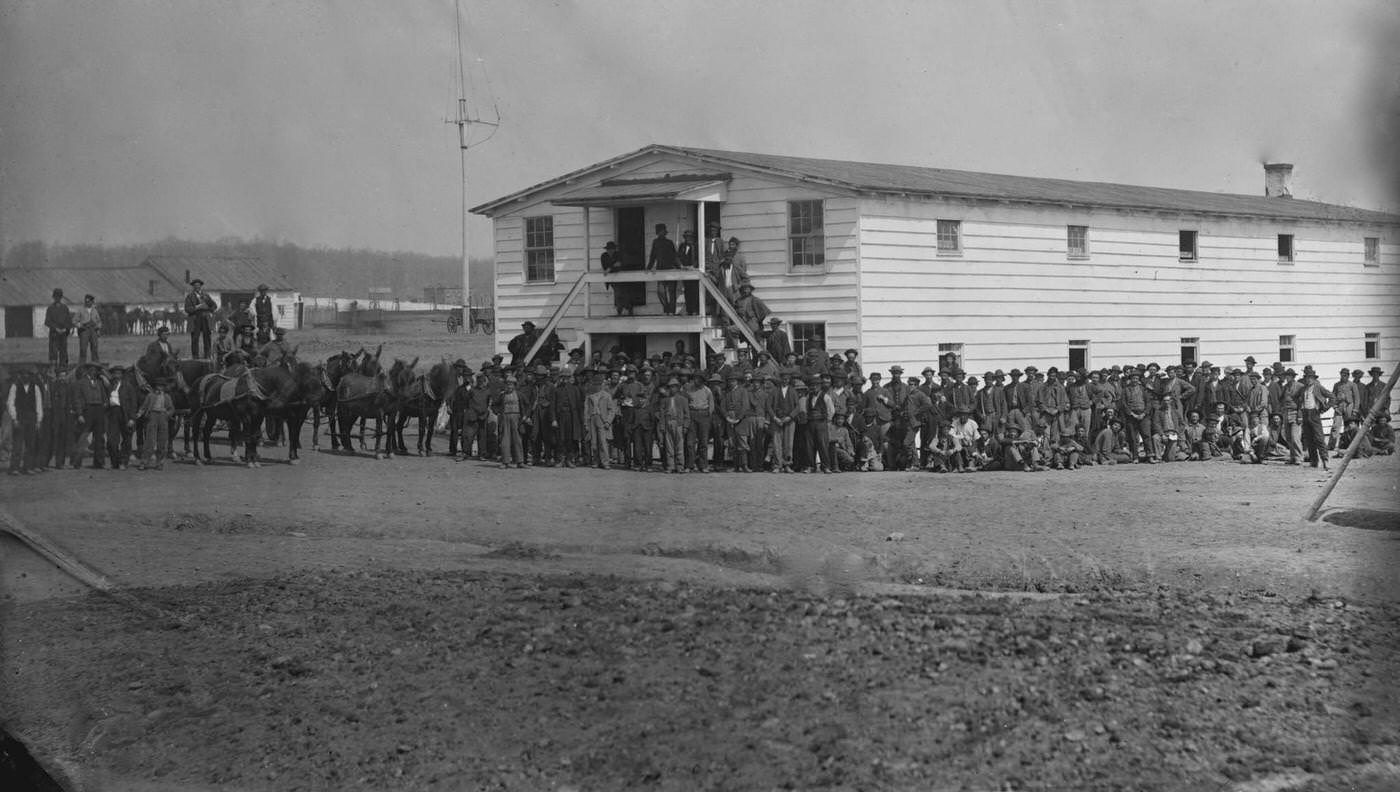
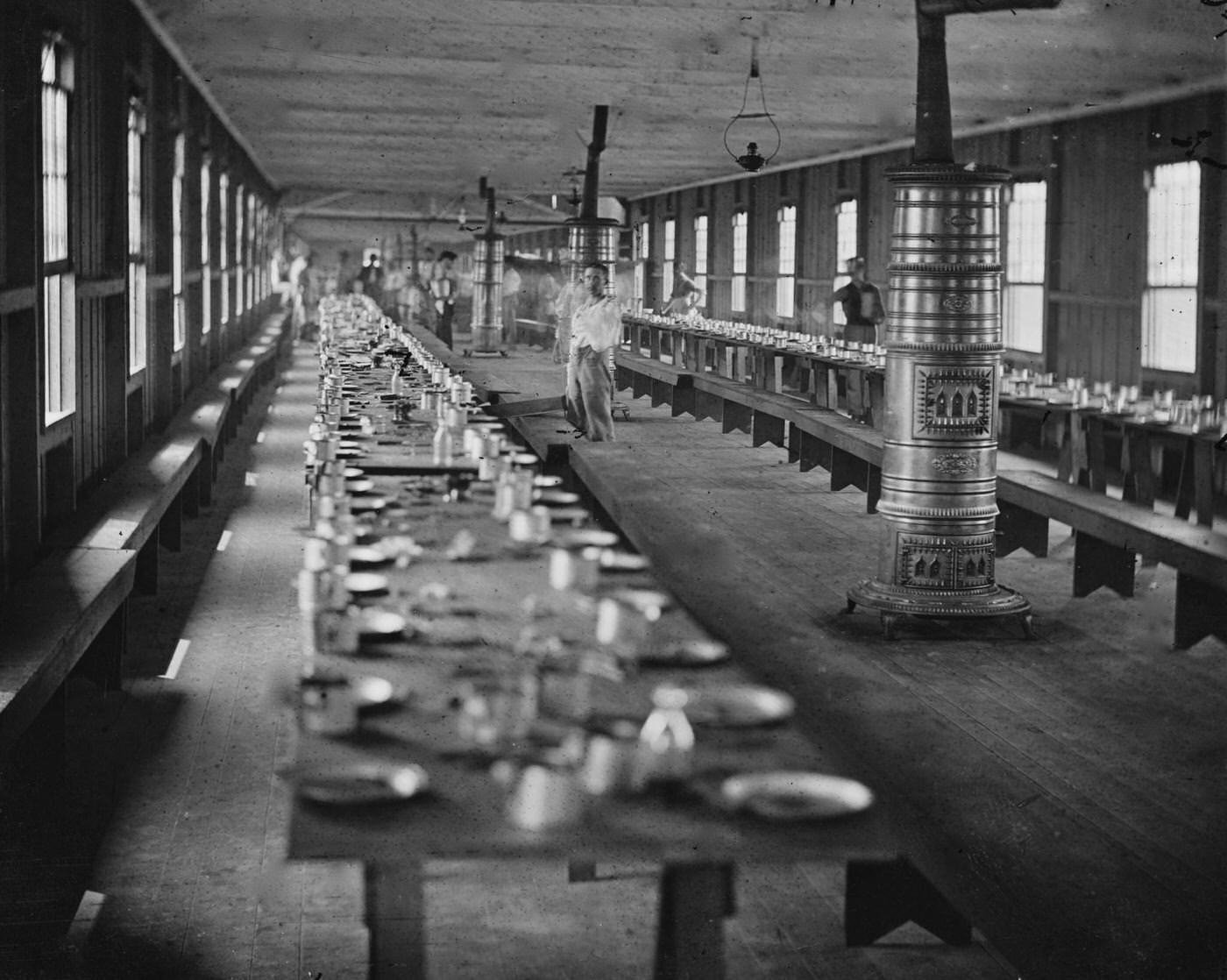
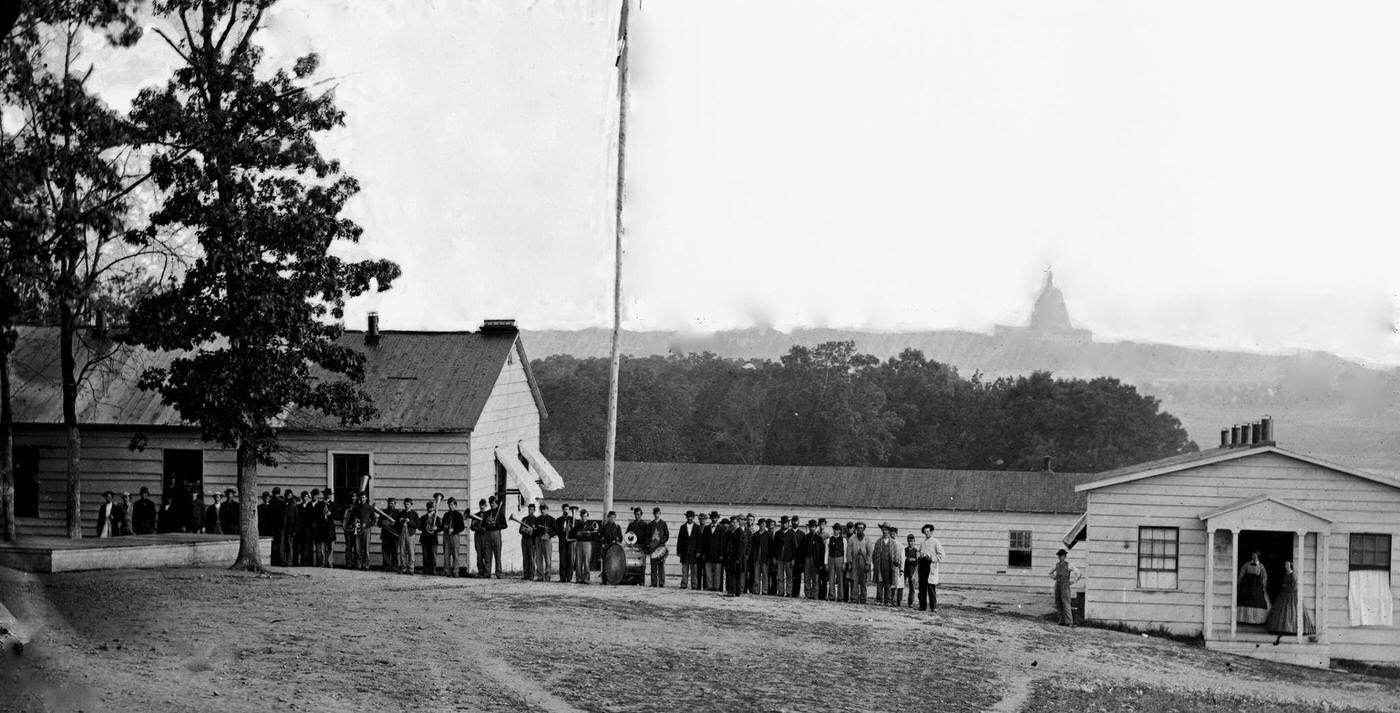
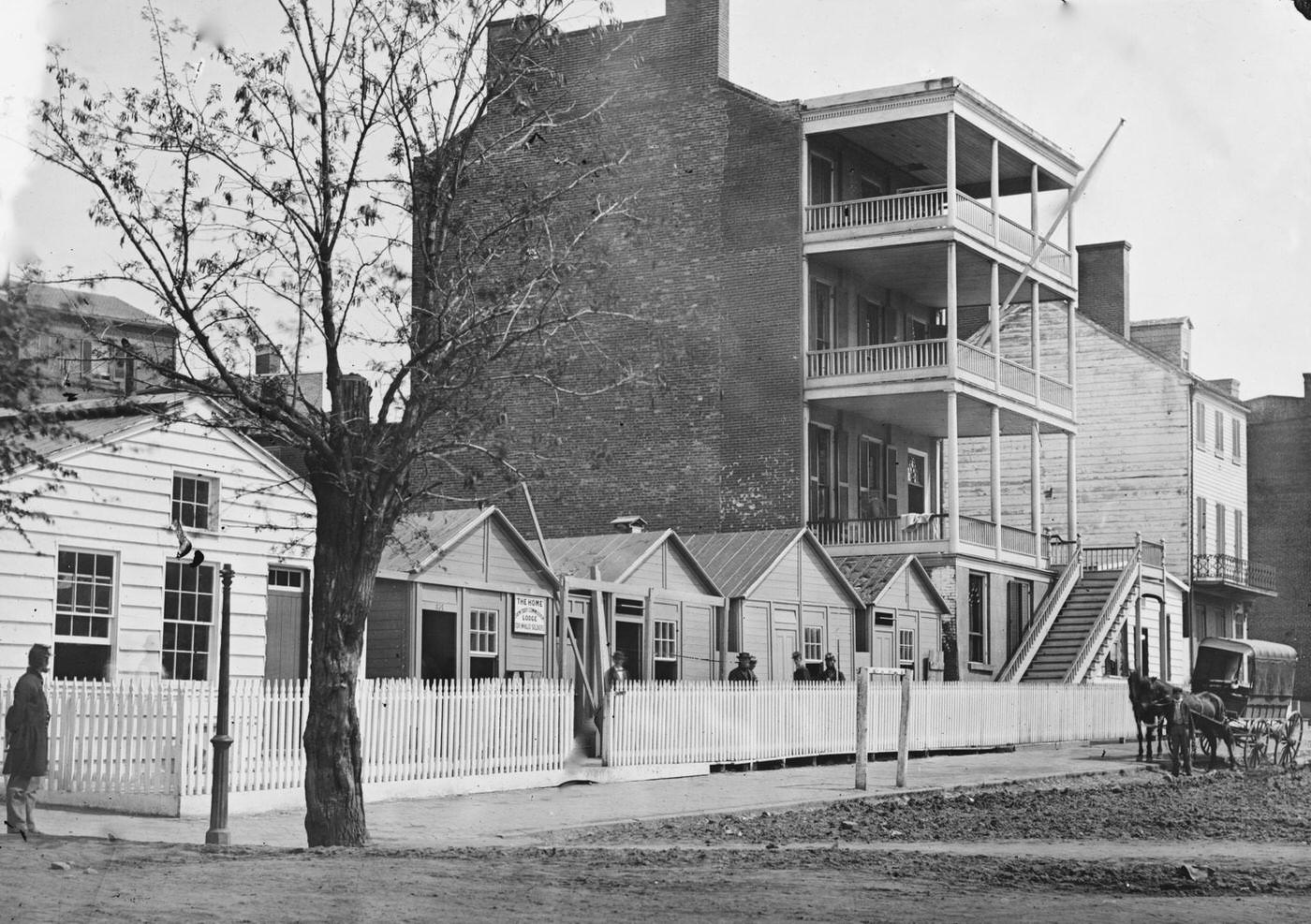
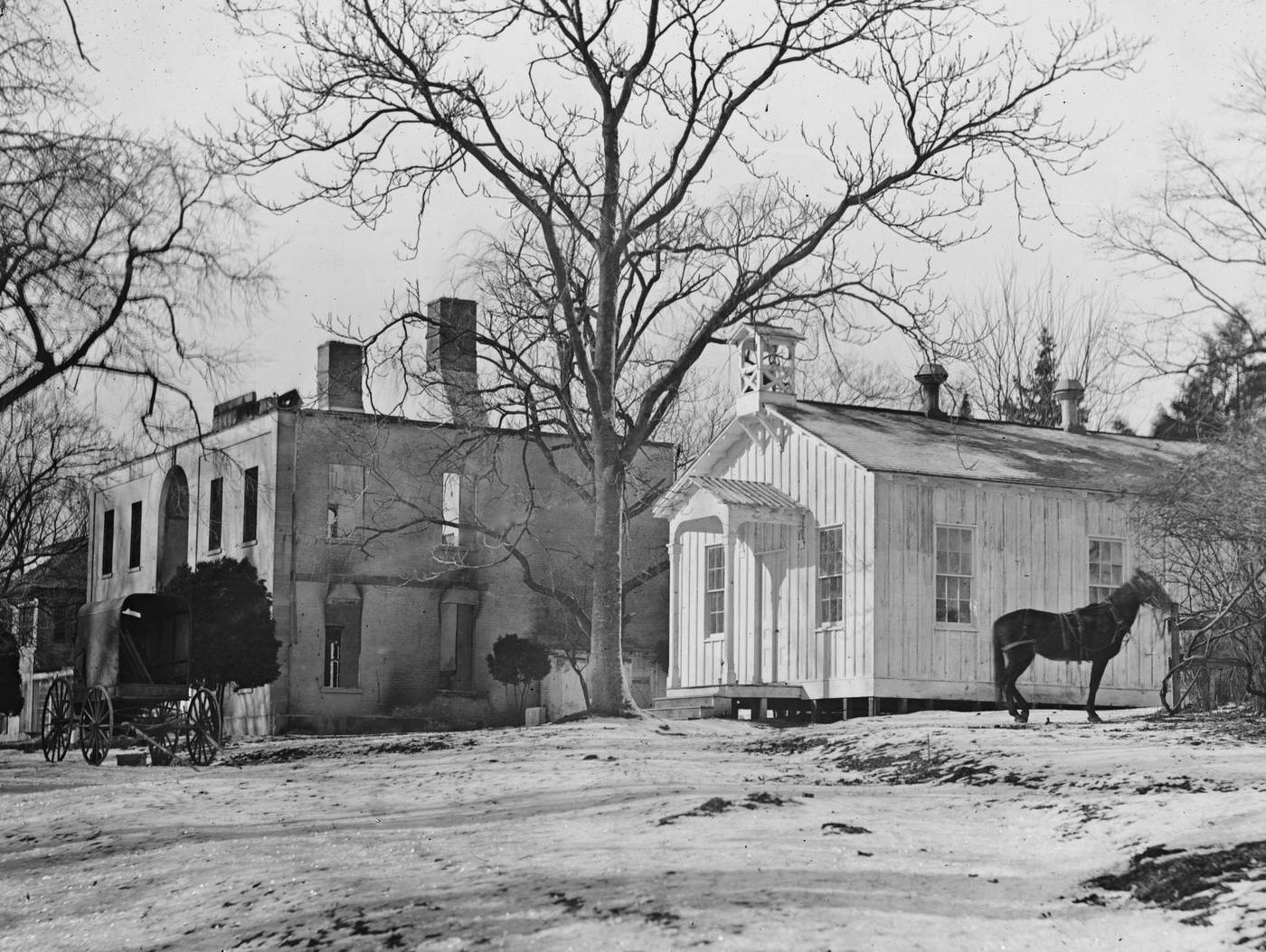
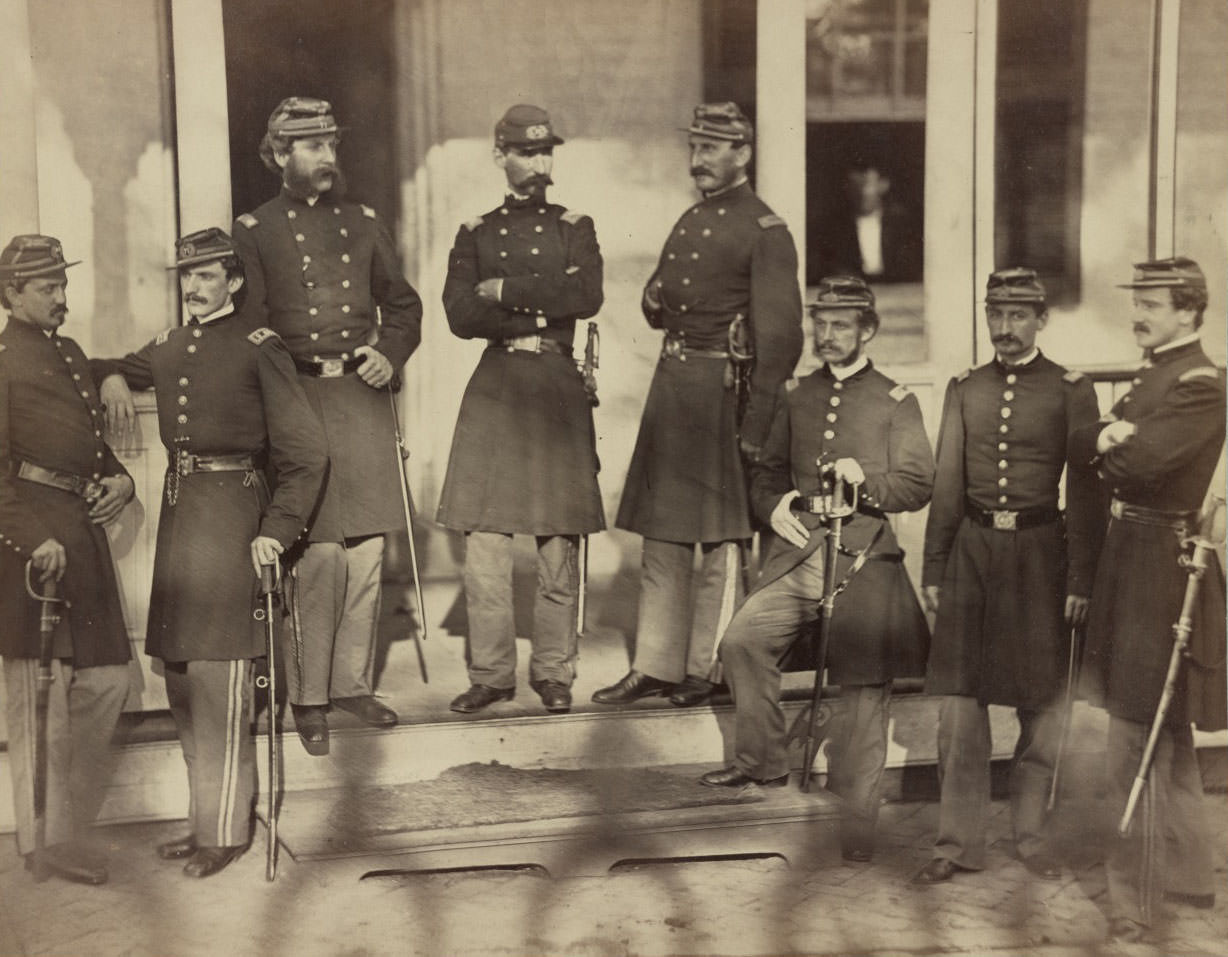
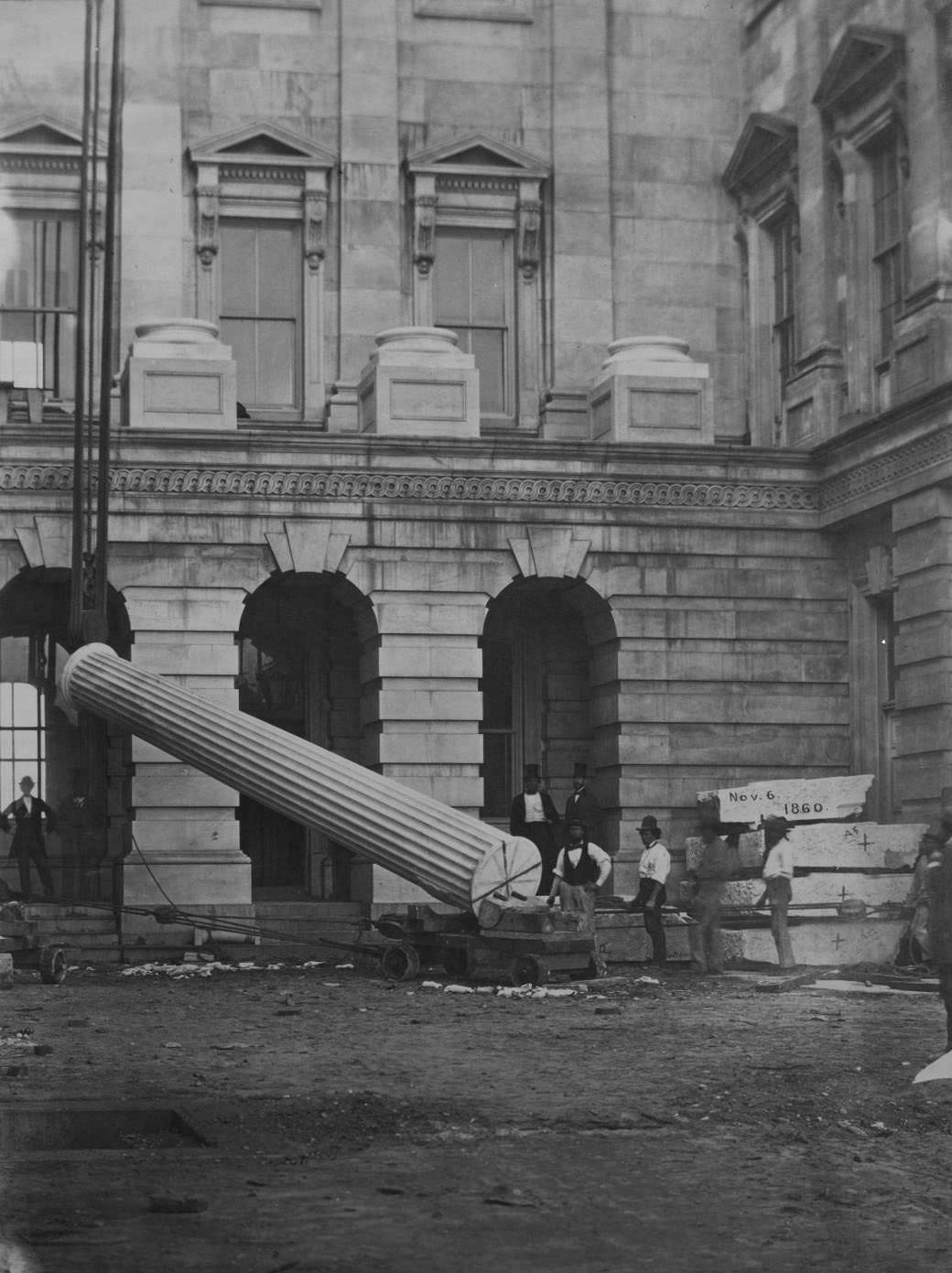
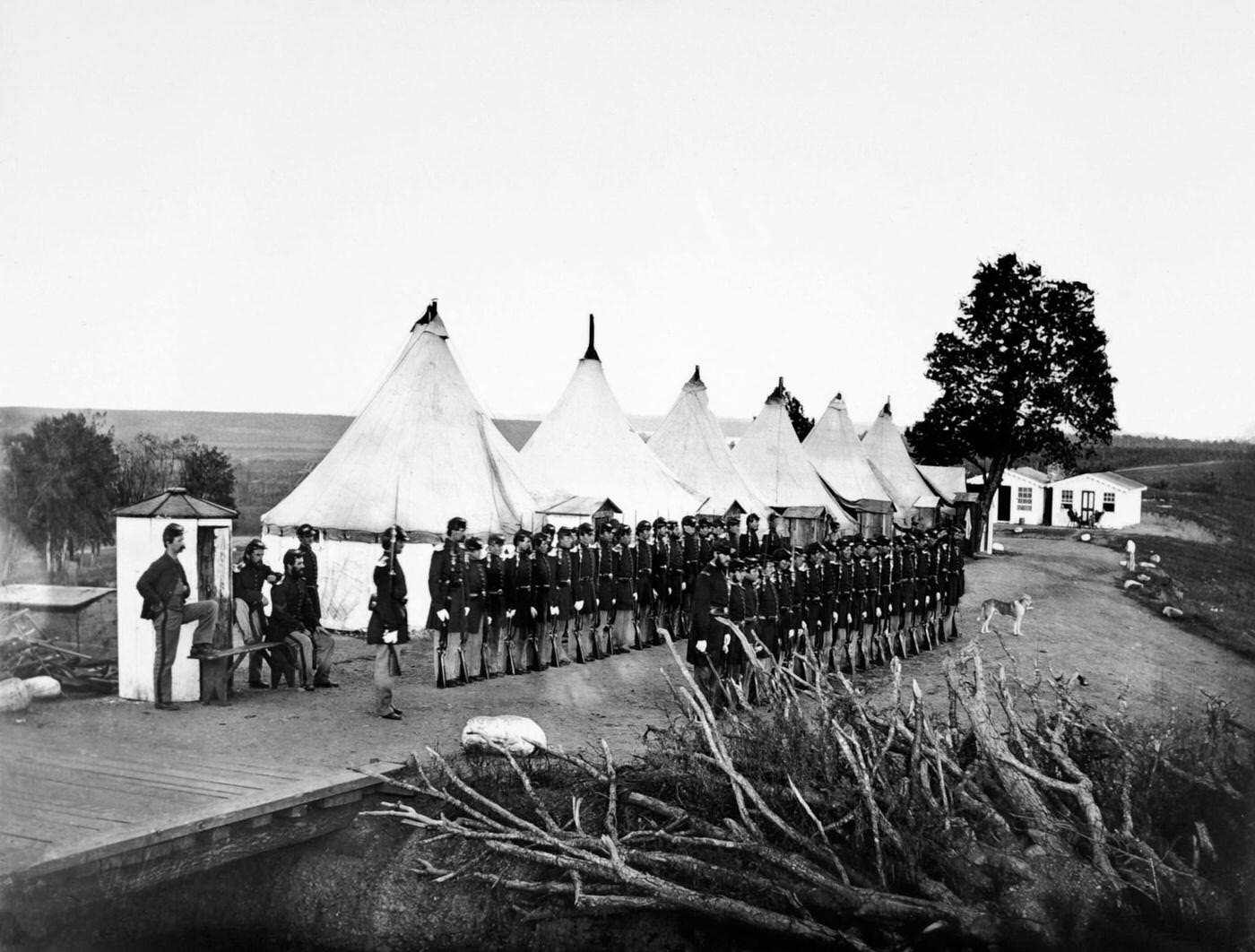
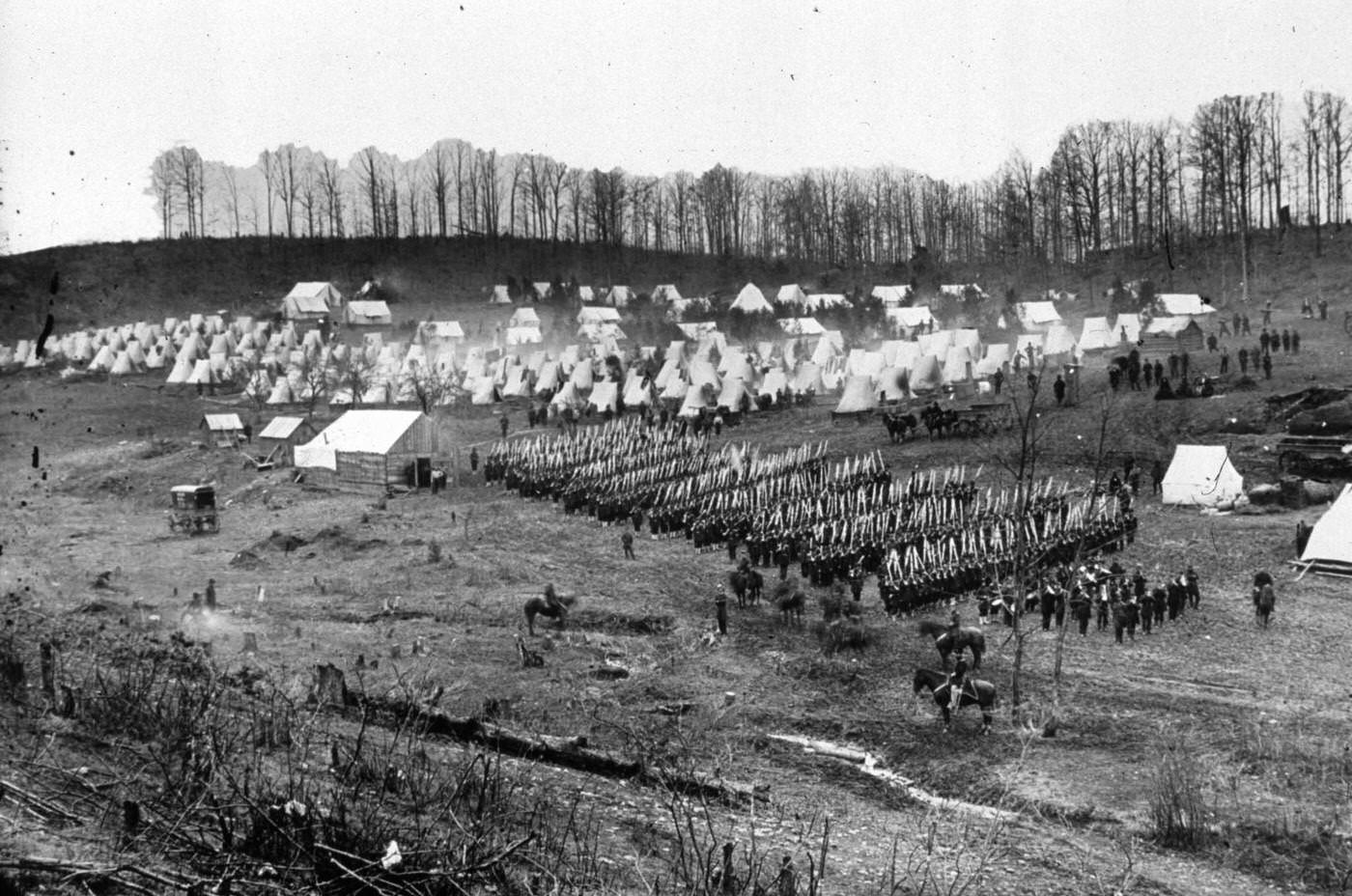

In case you’re interested in this kind of stuff, I highly recommend the book “Capital Losses” by James Goode. The book would make a great addition to any DC coffee table